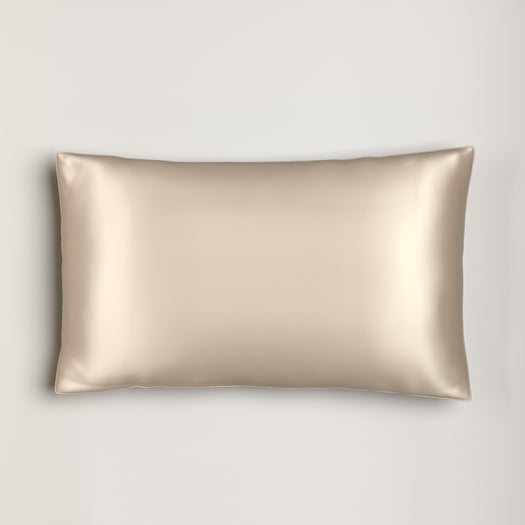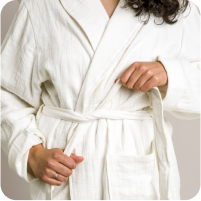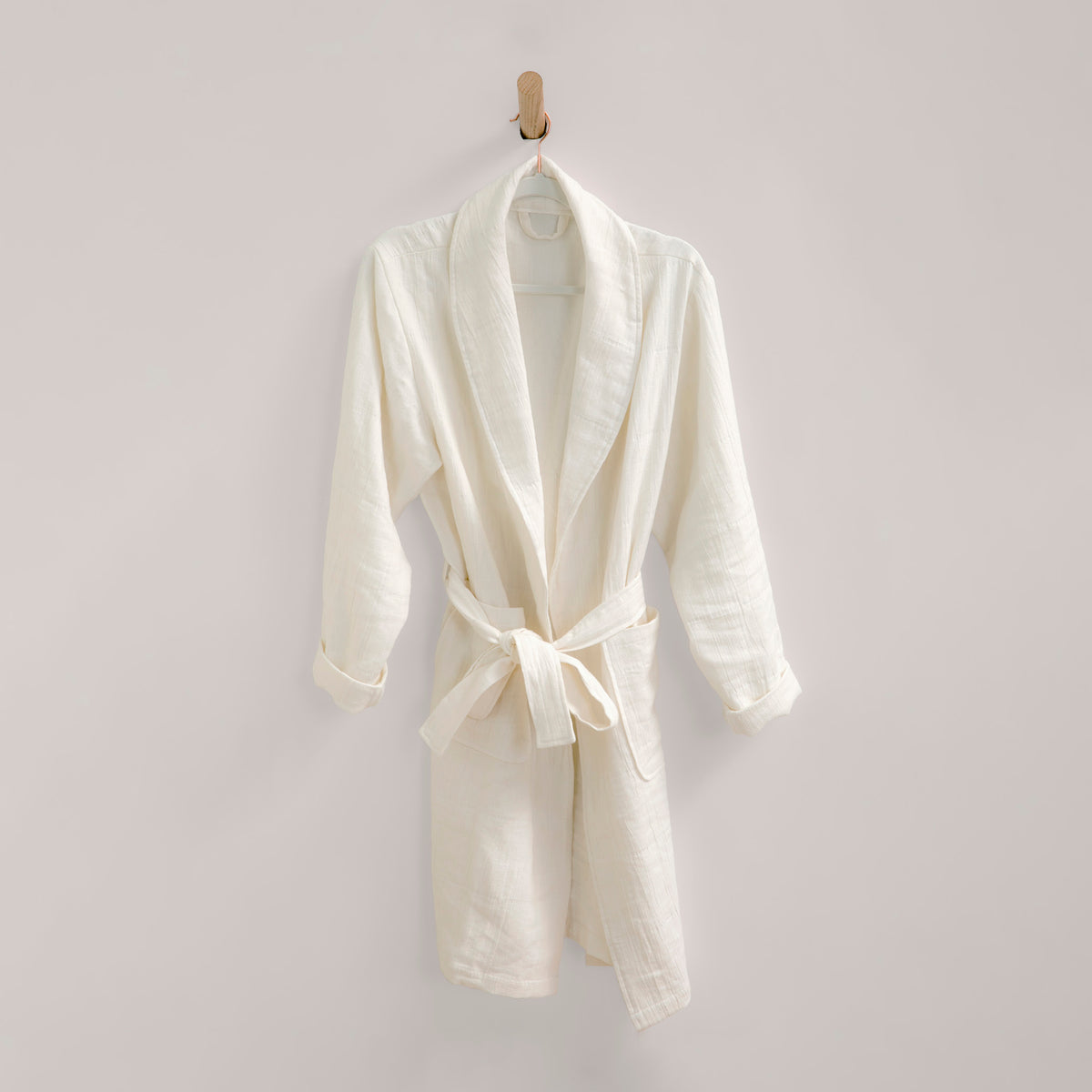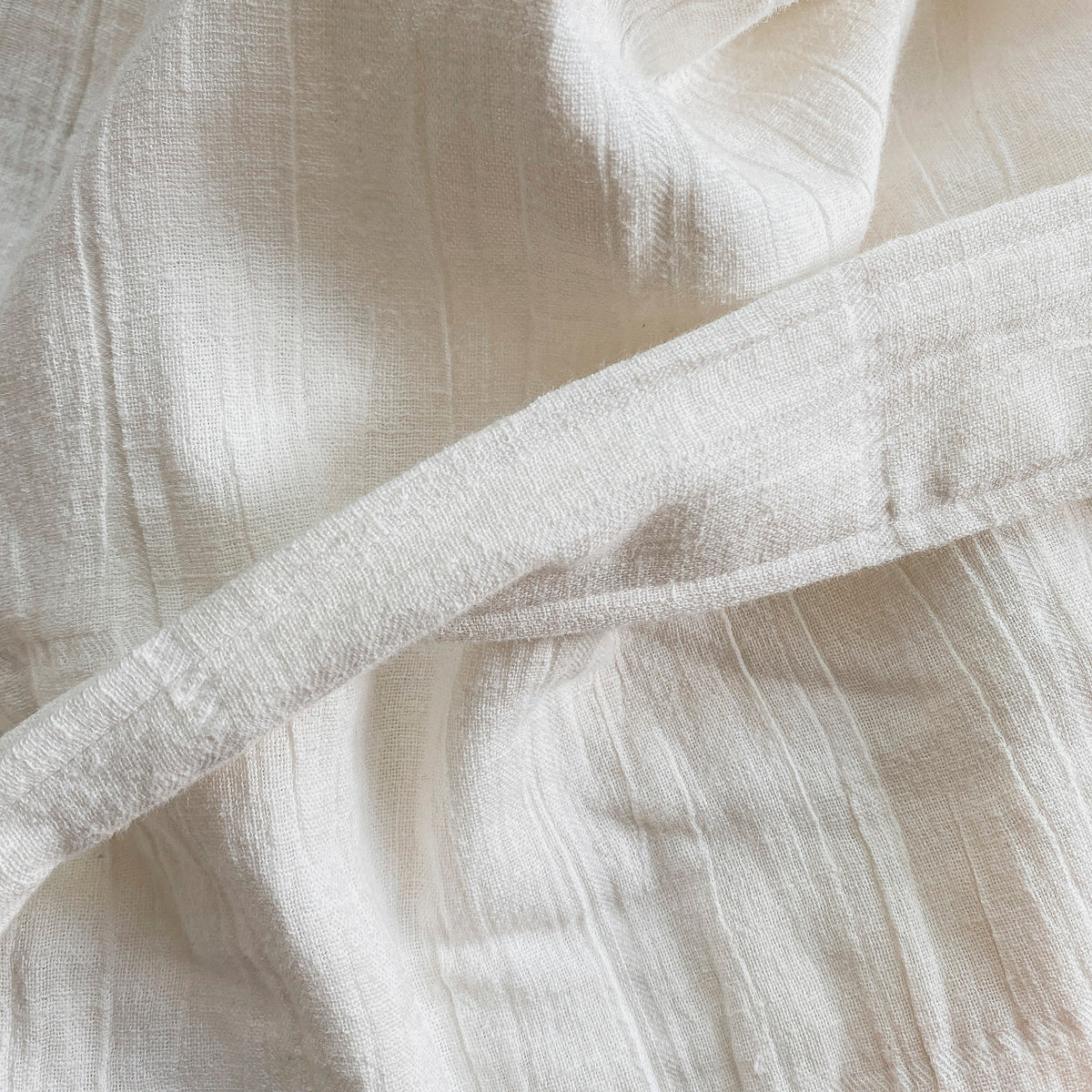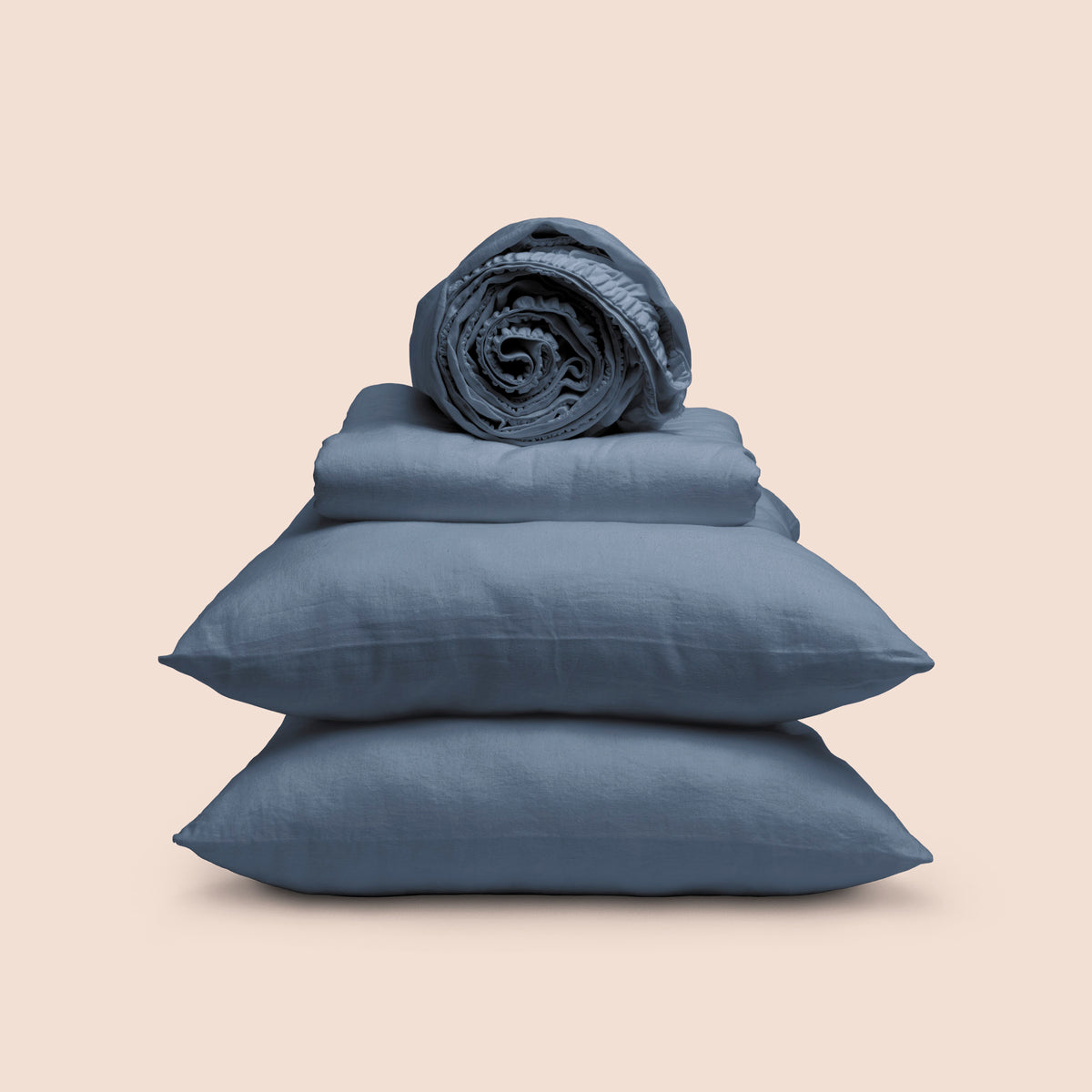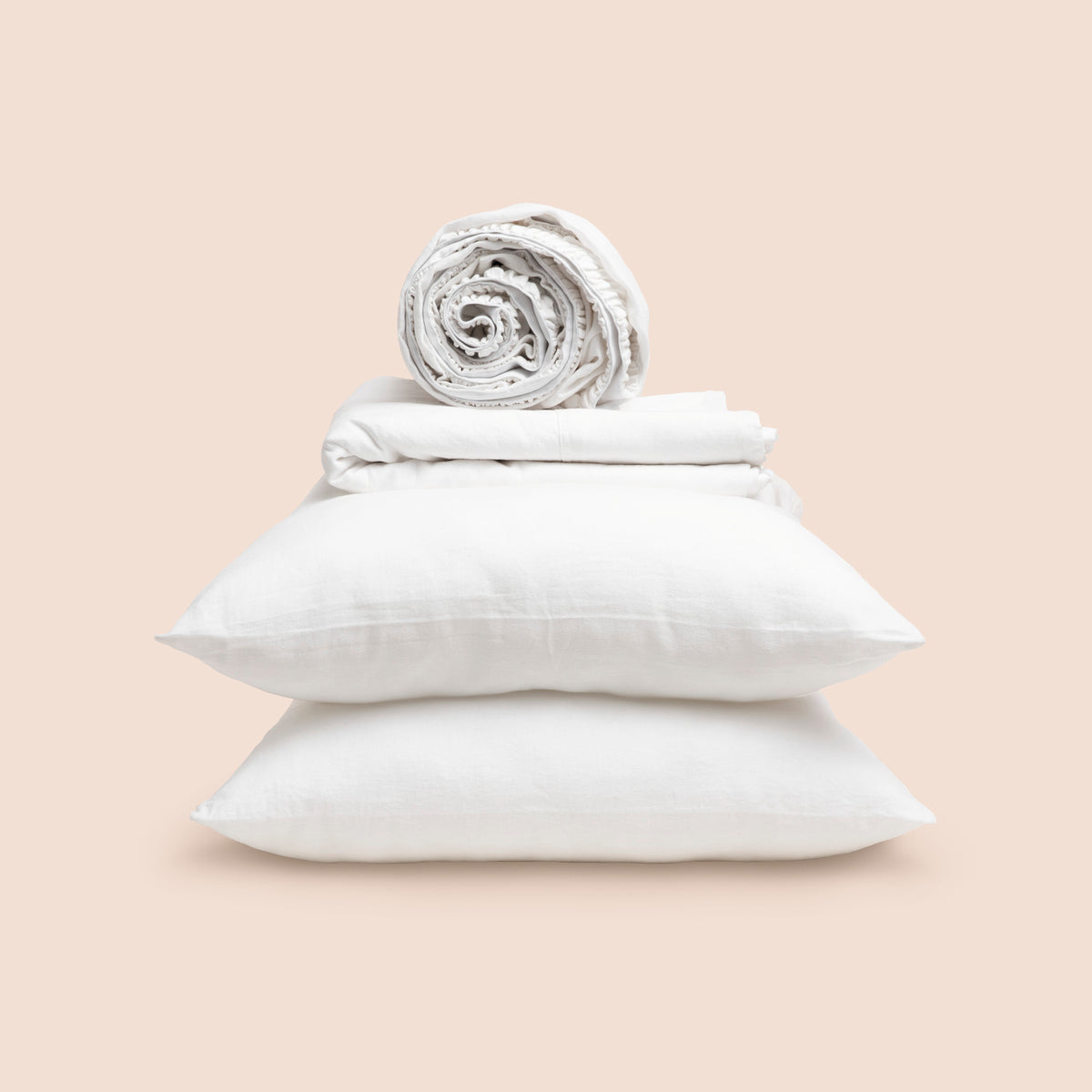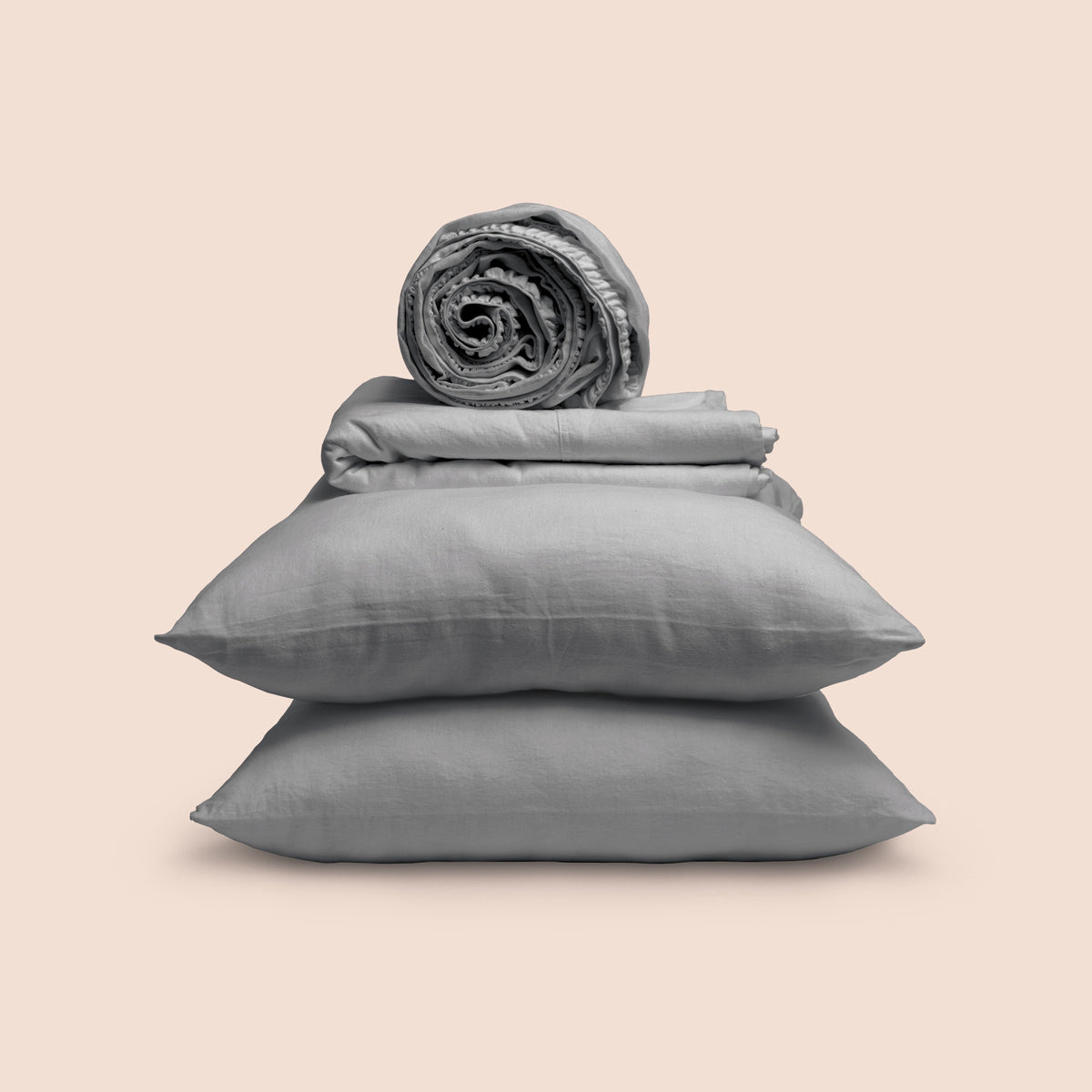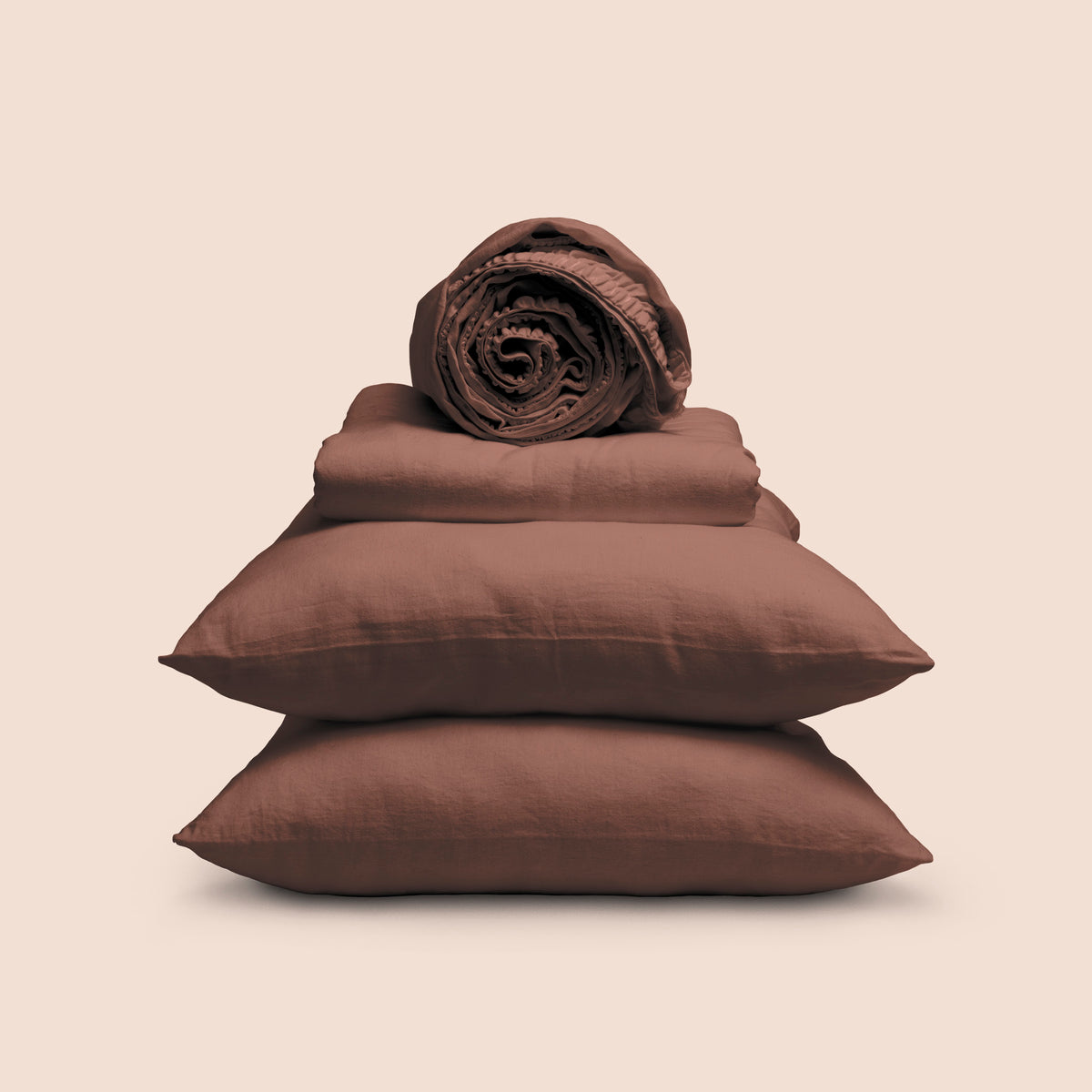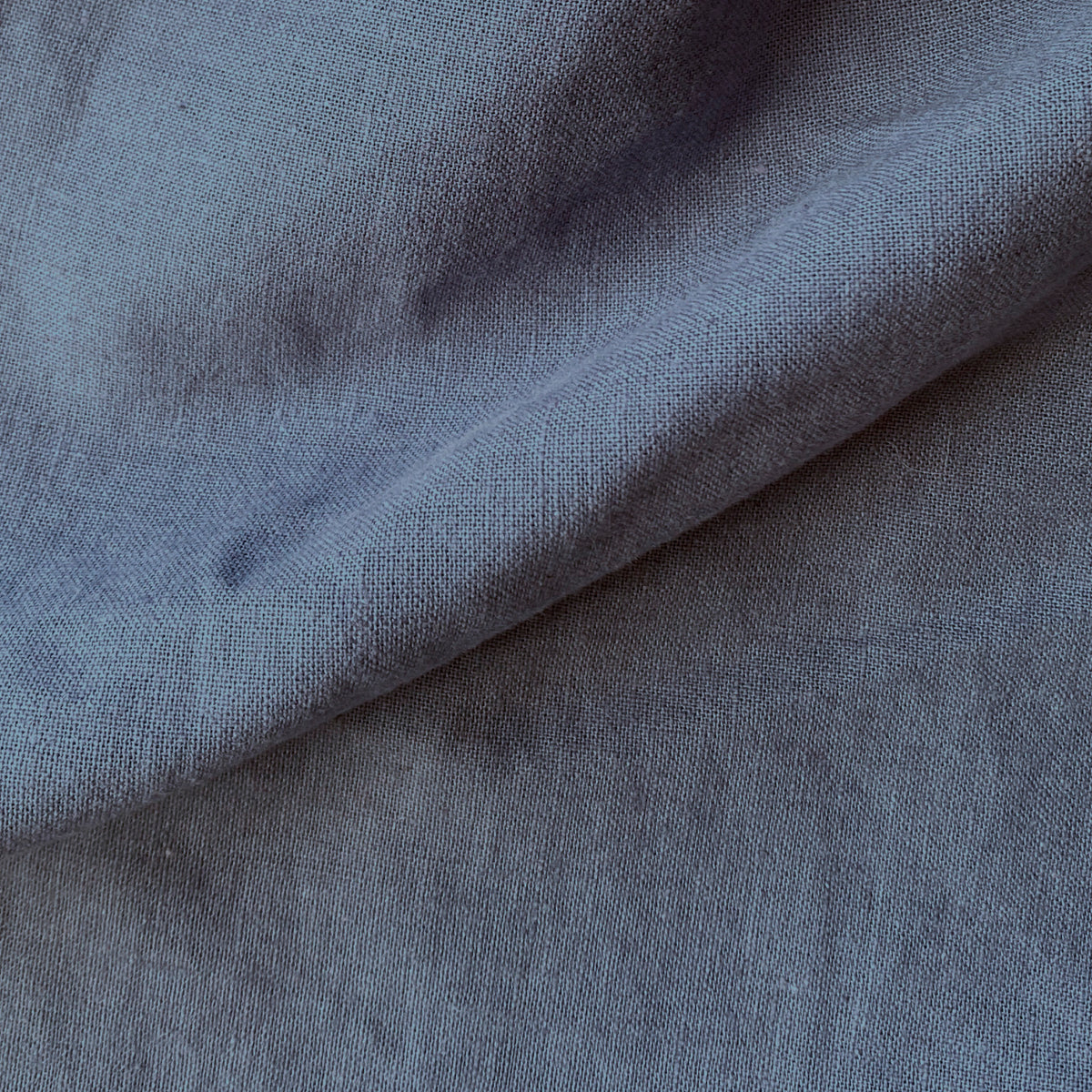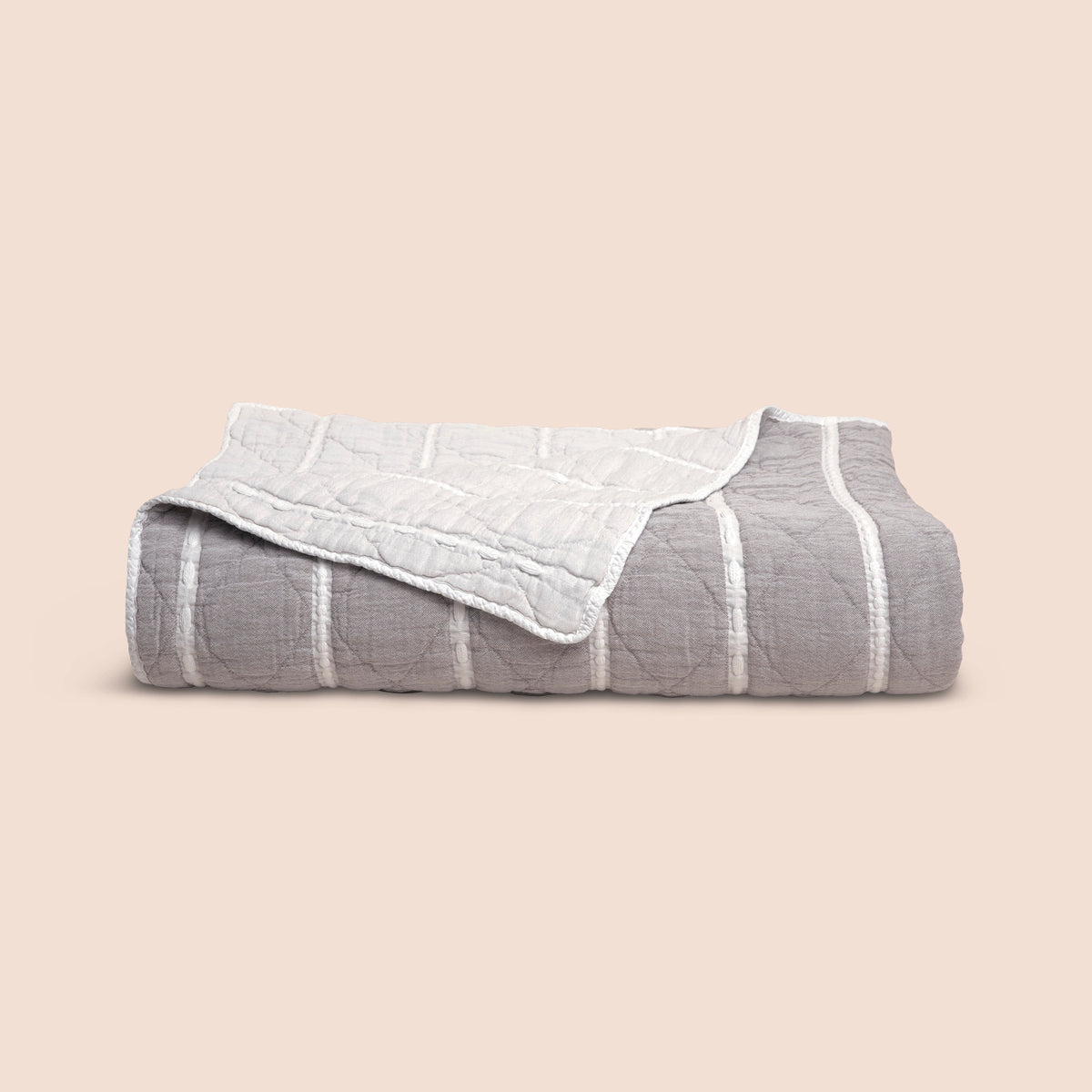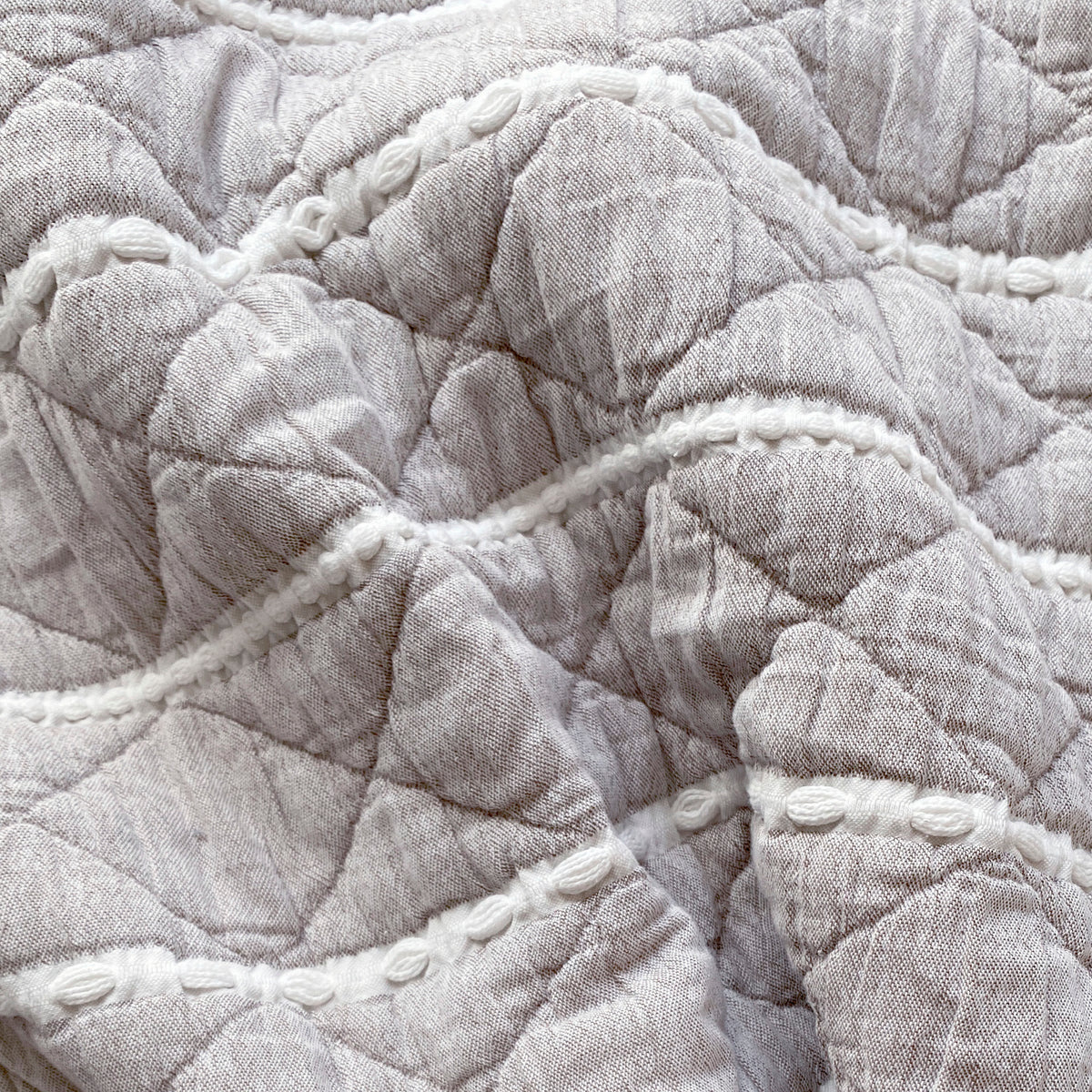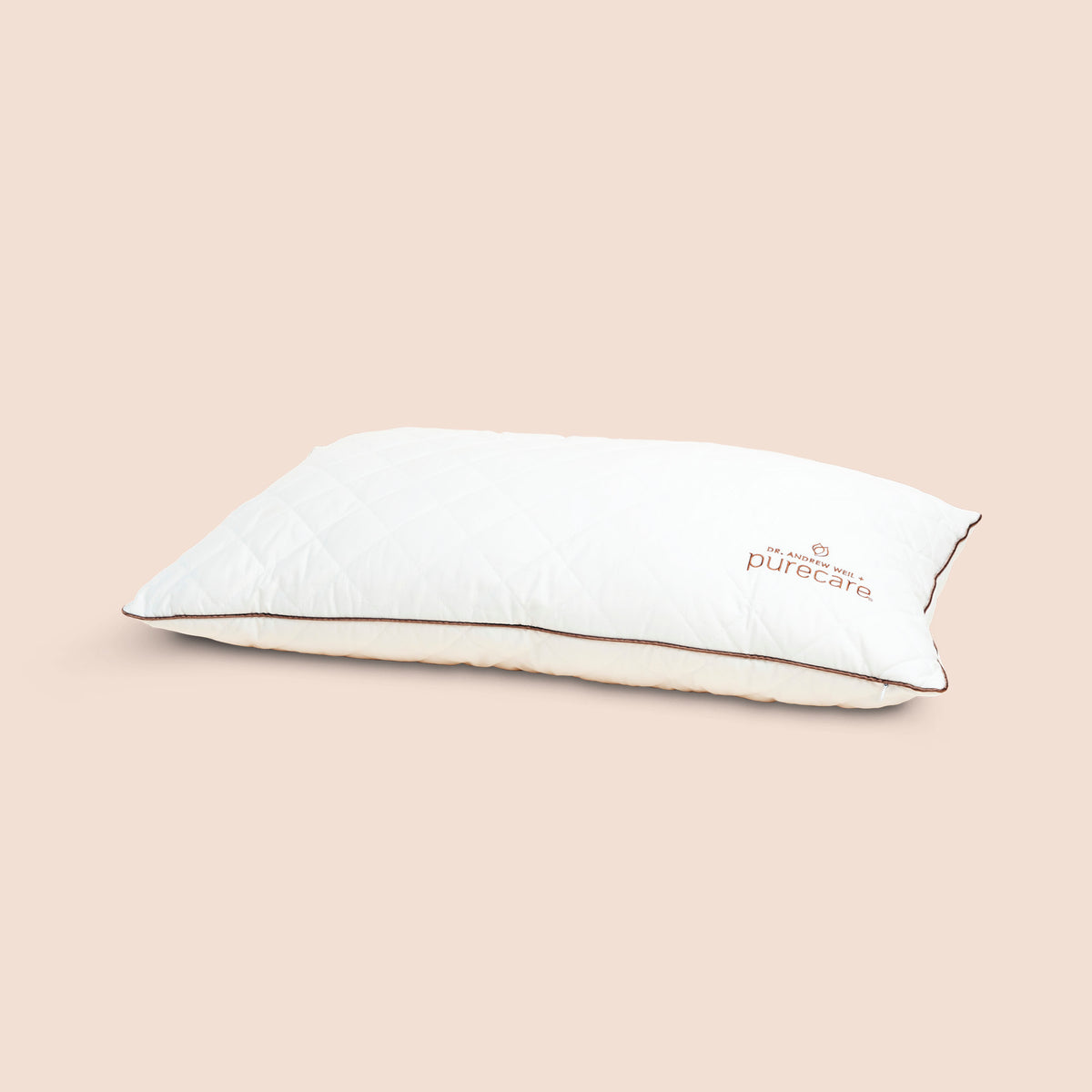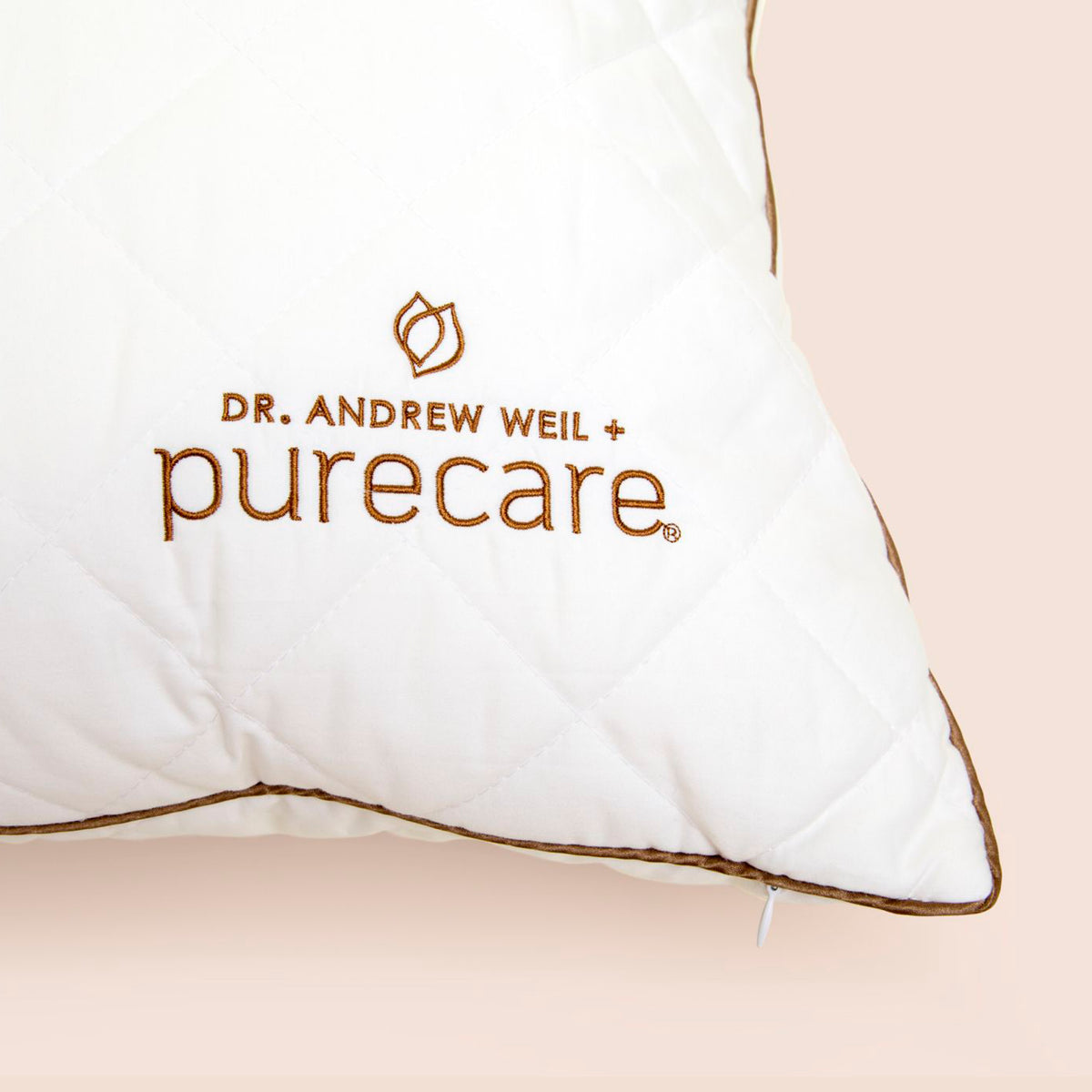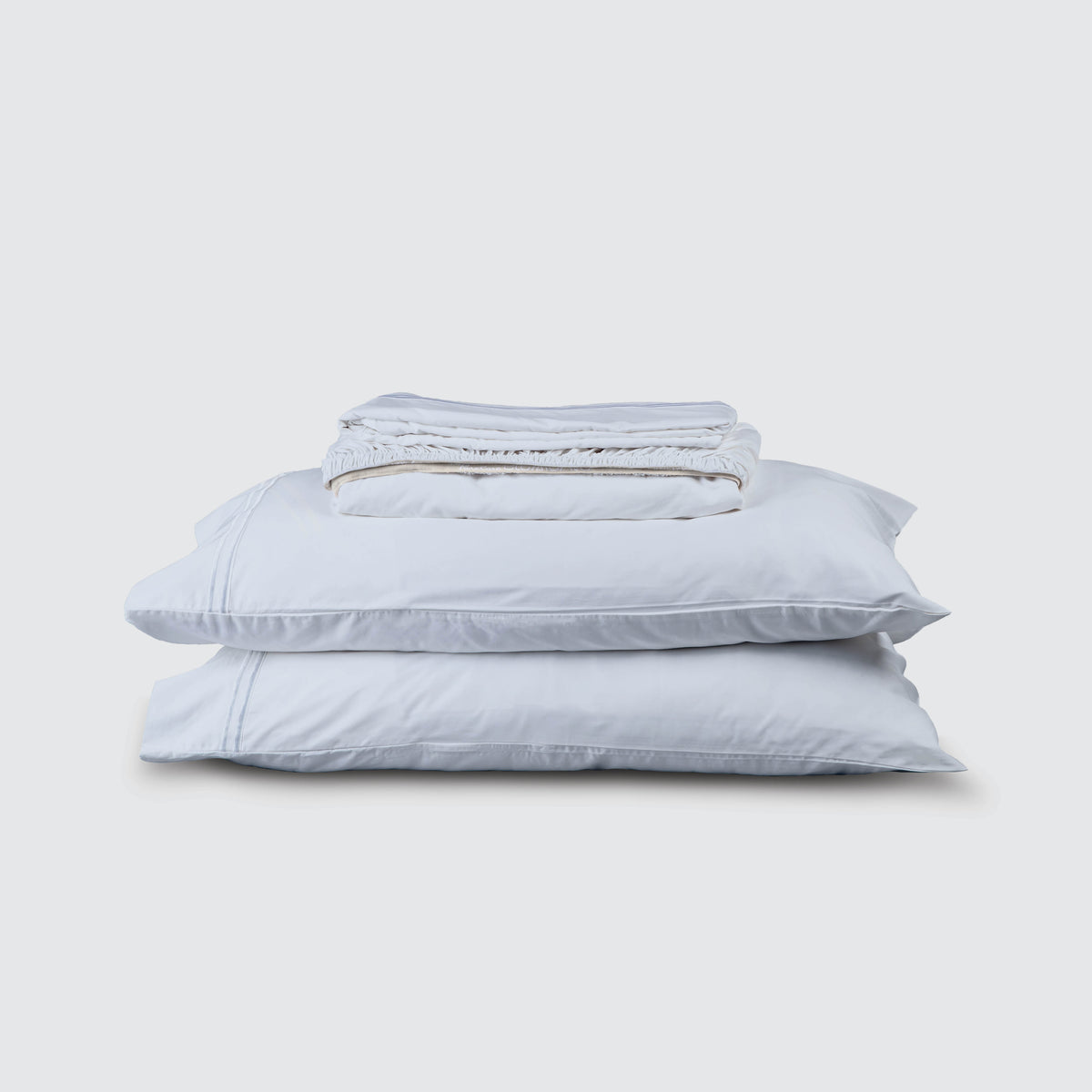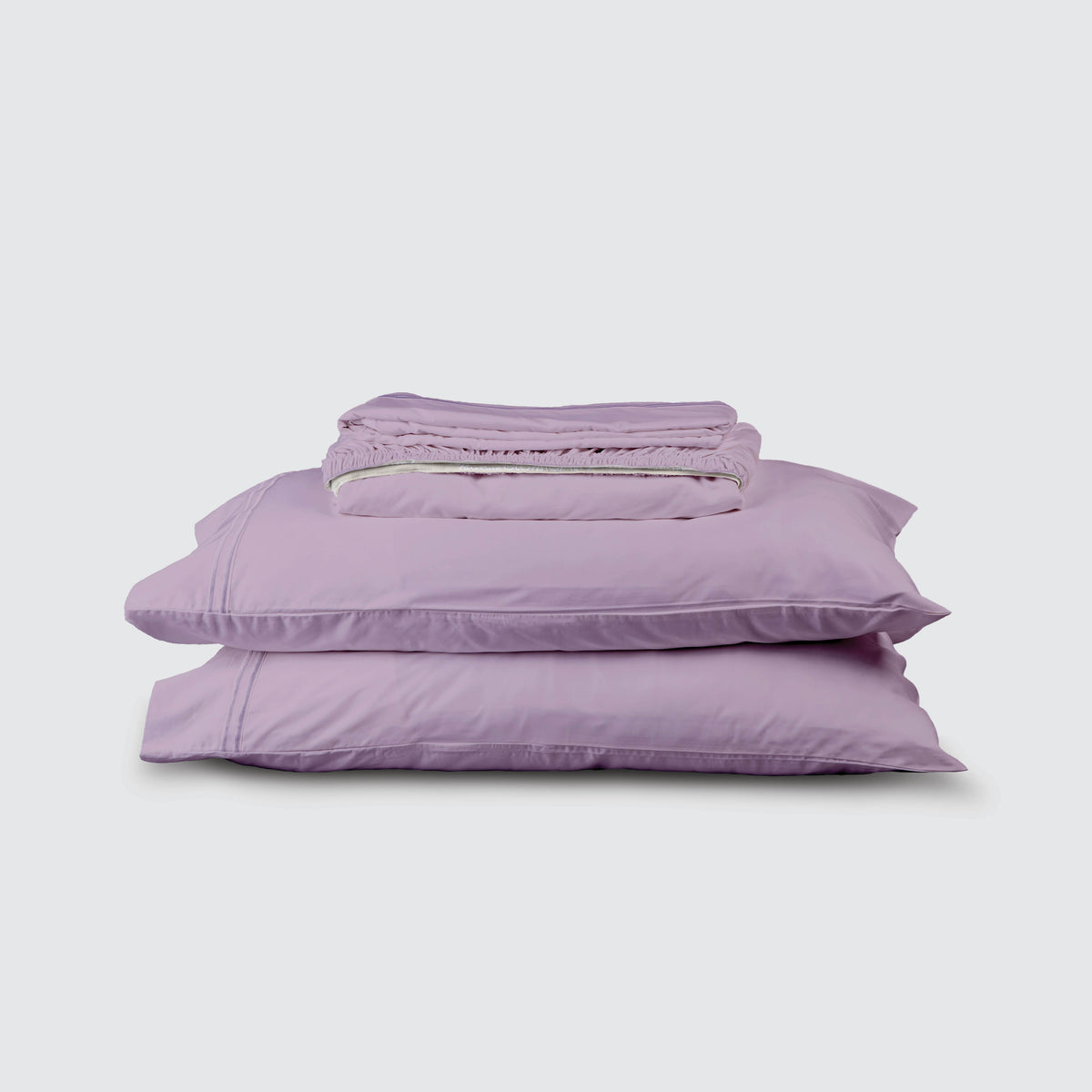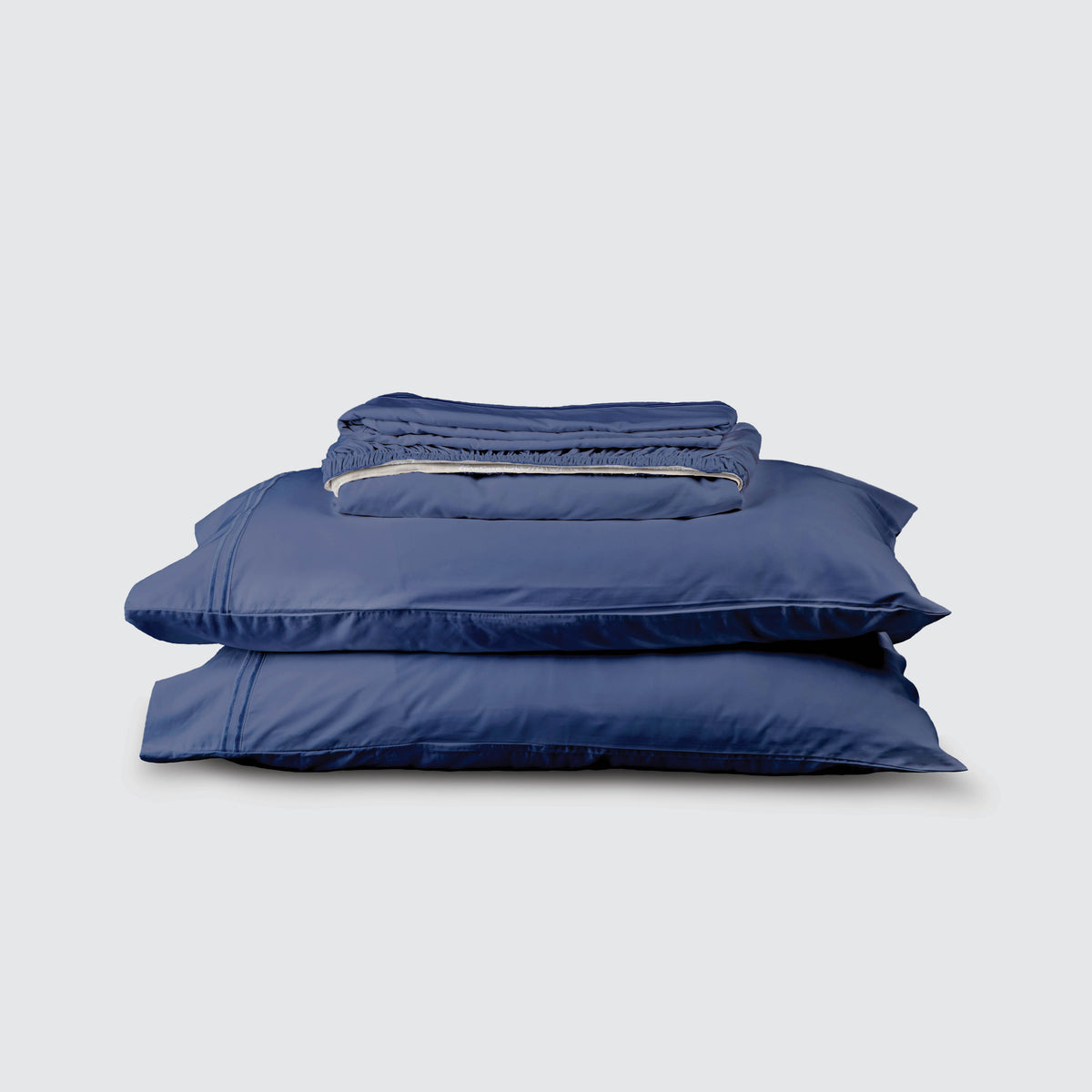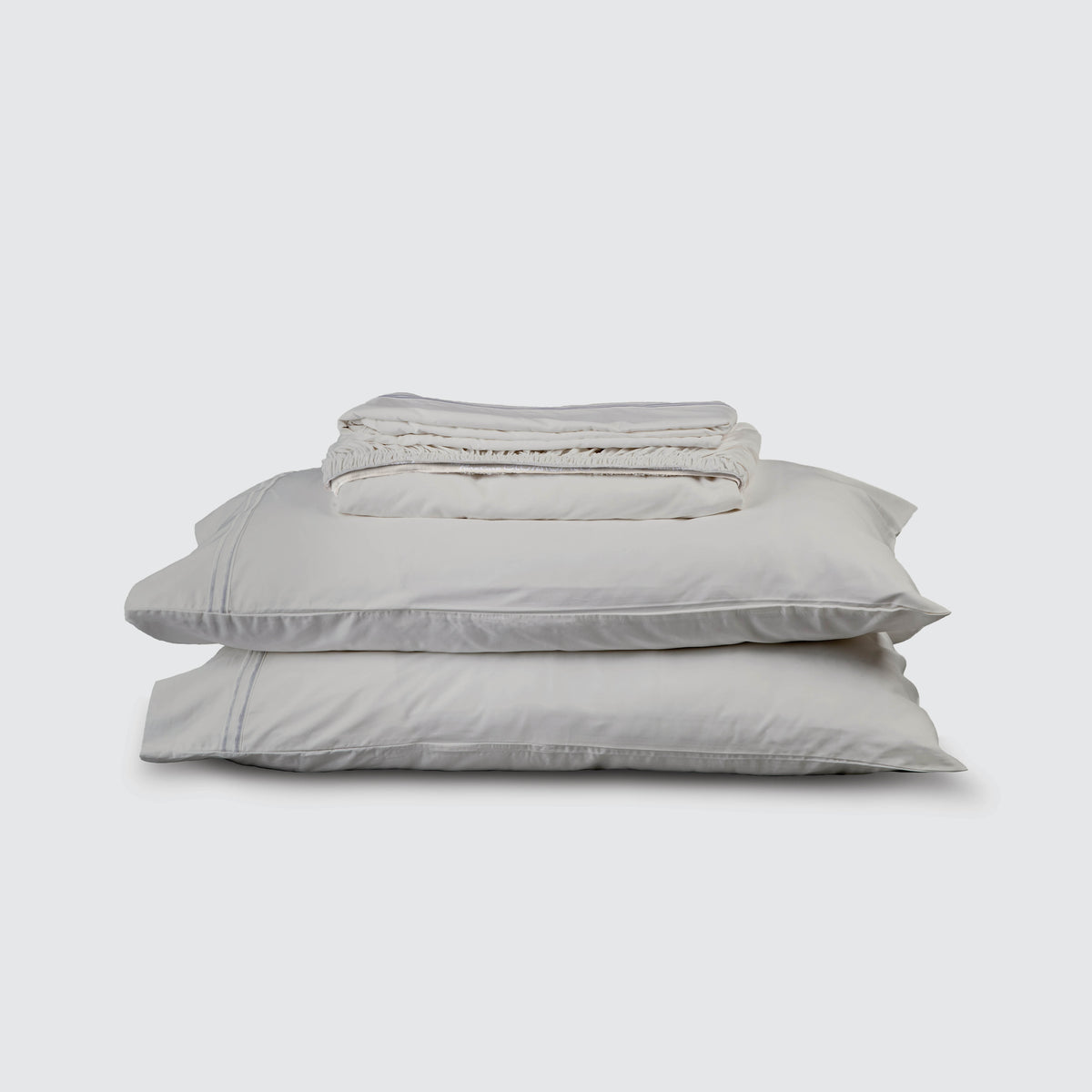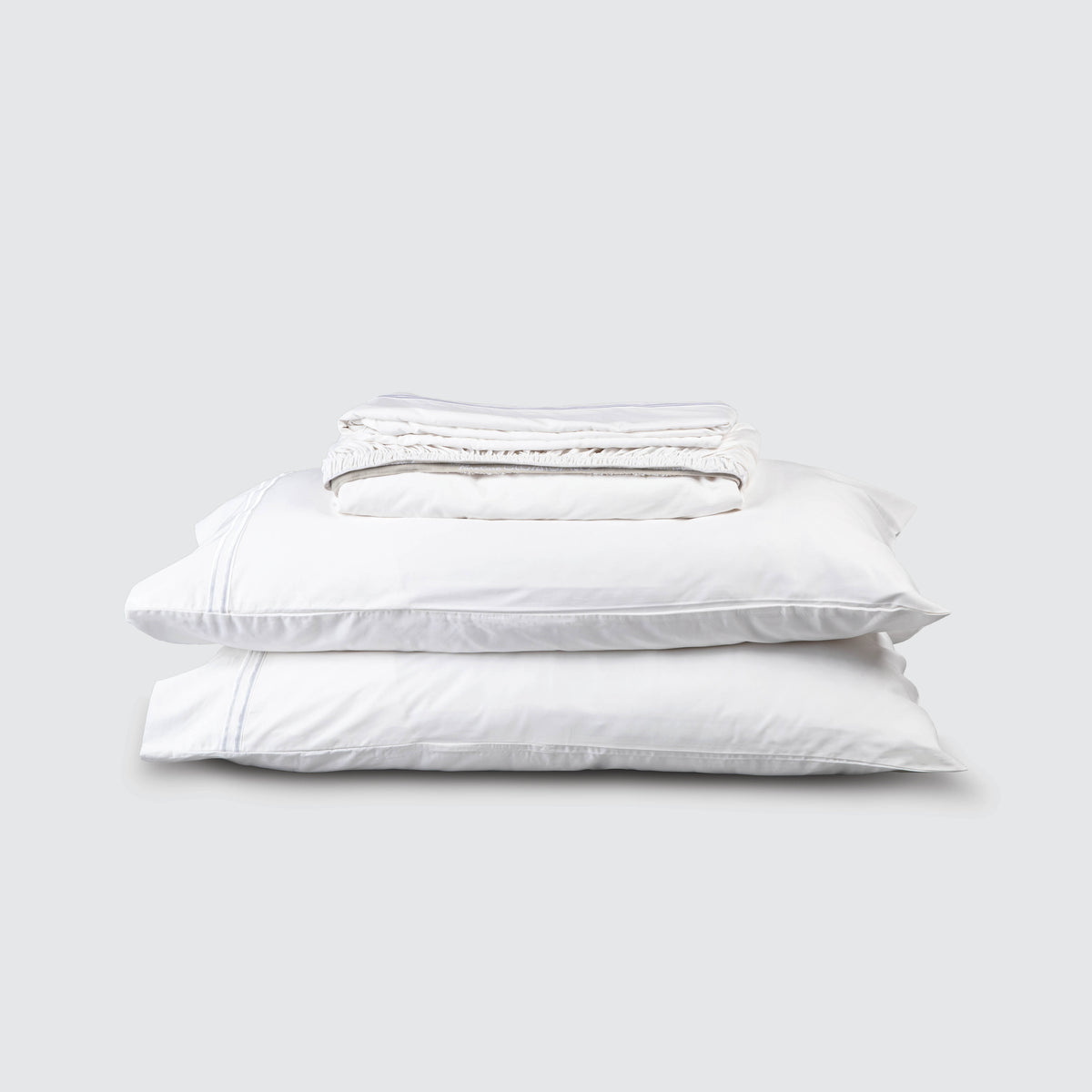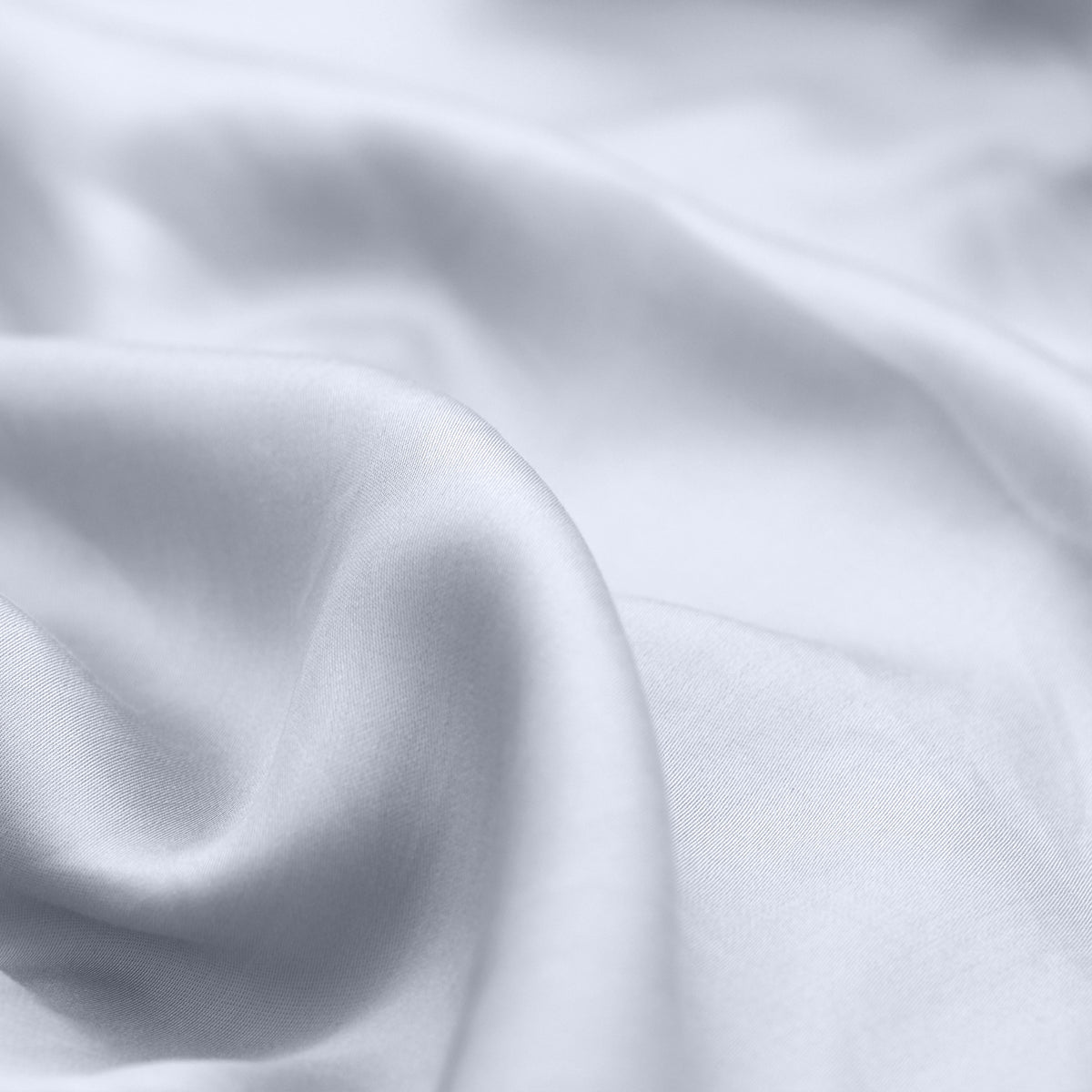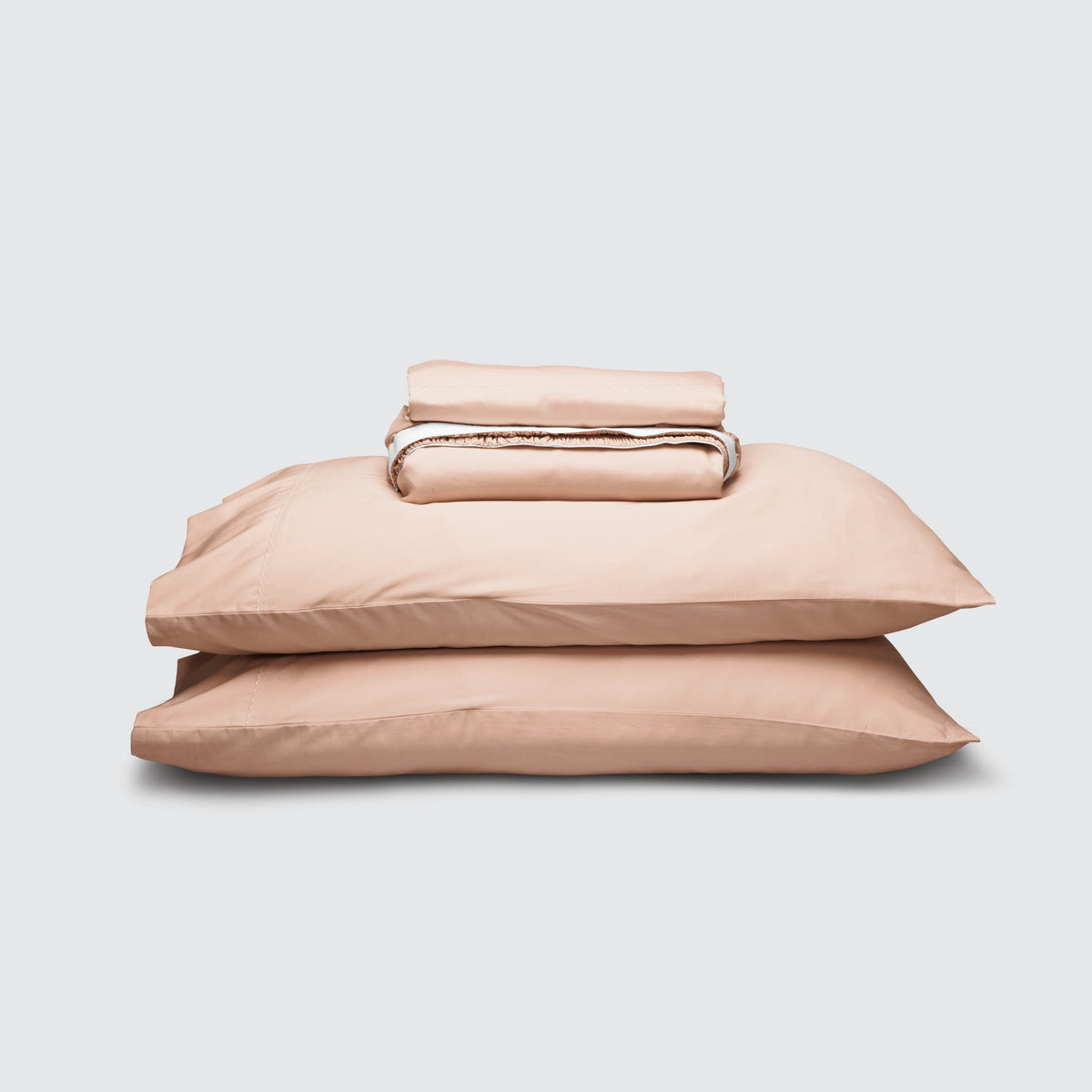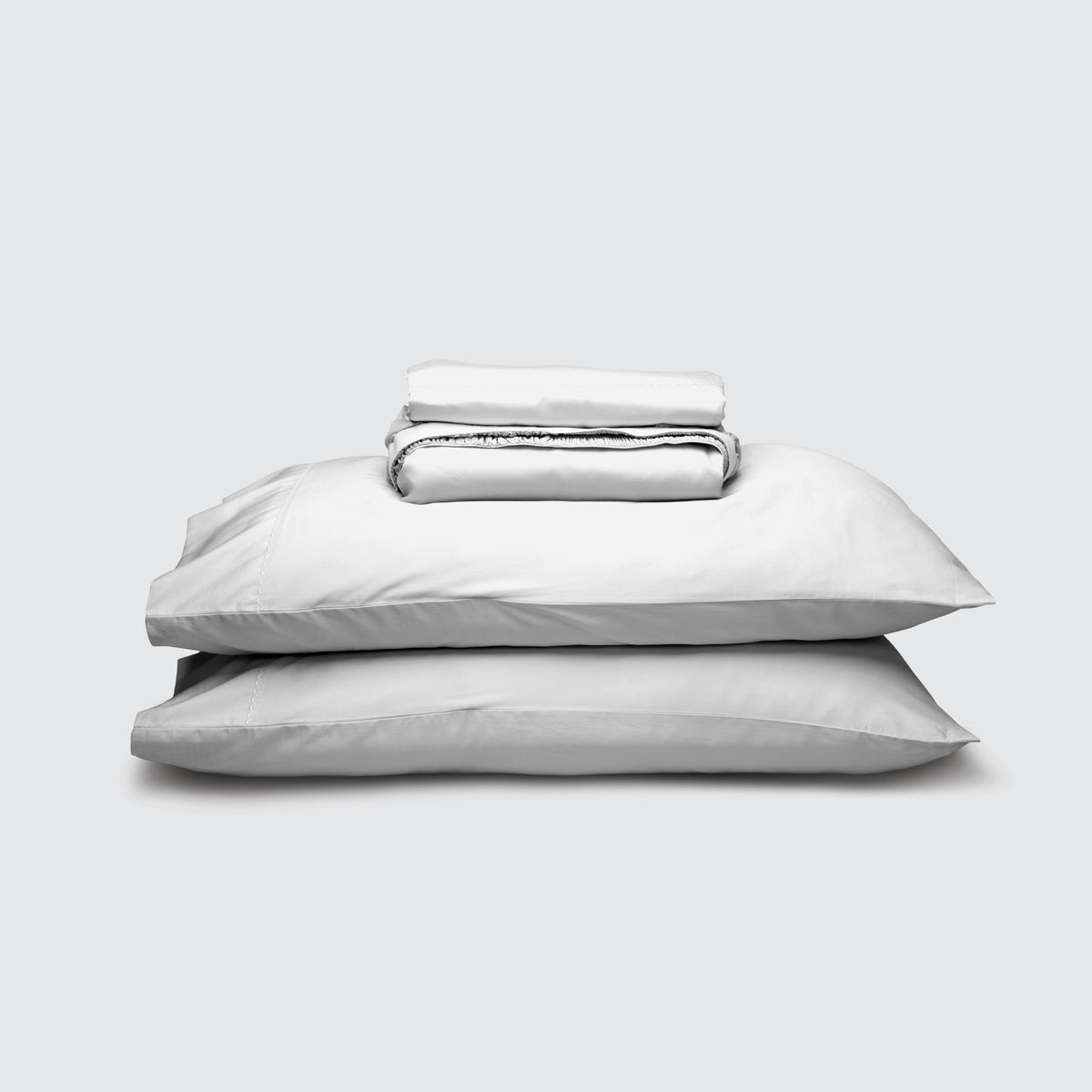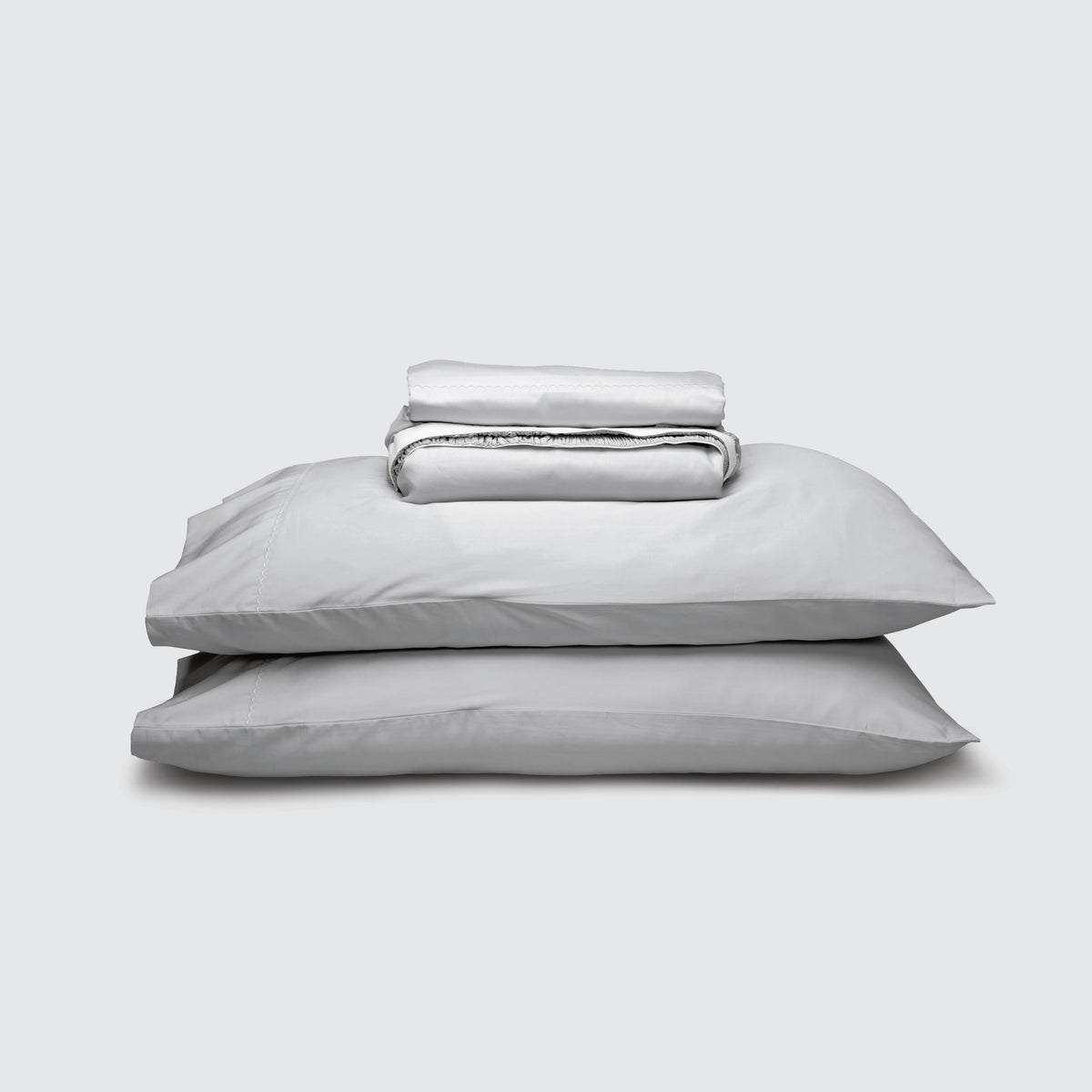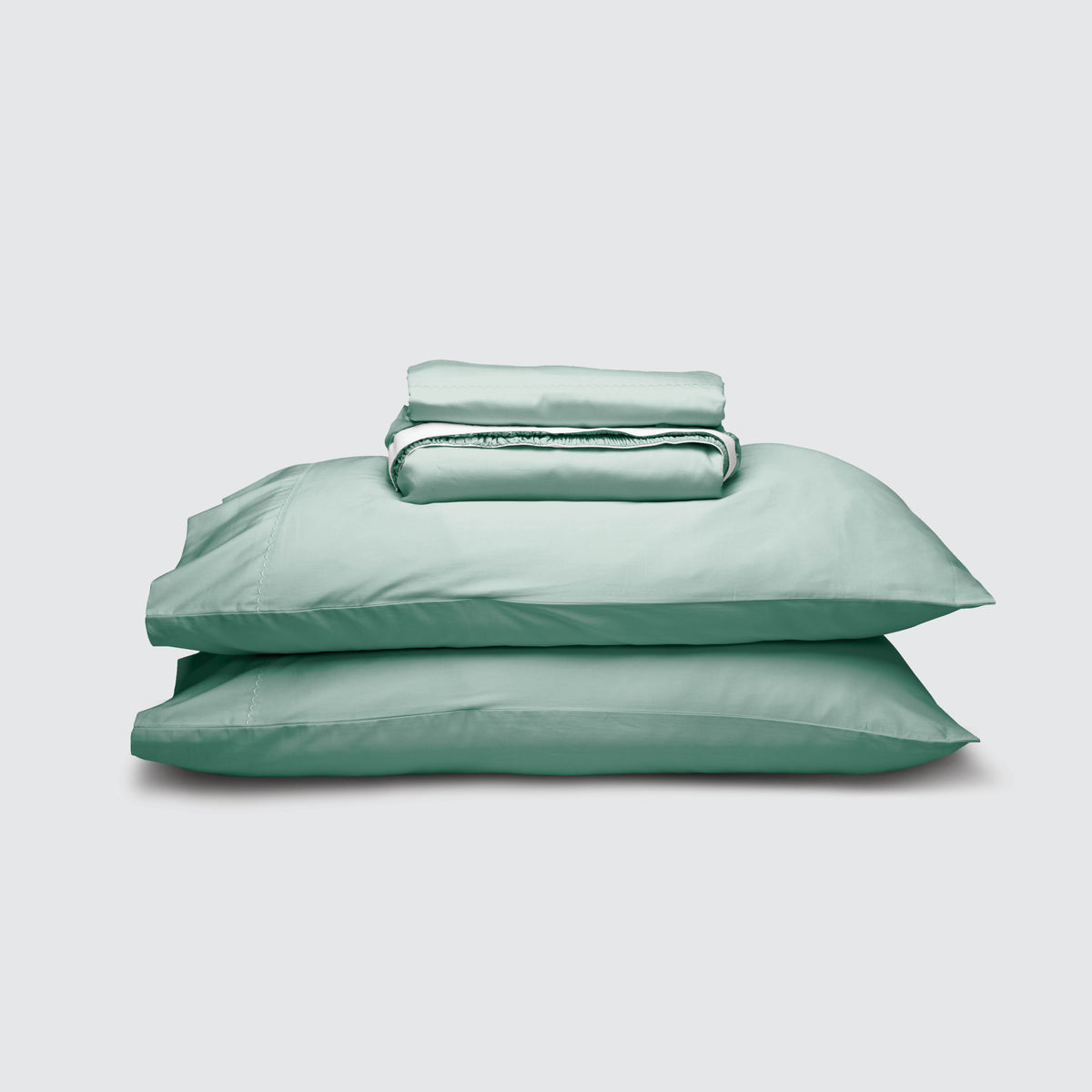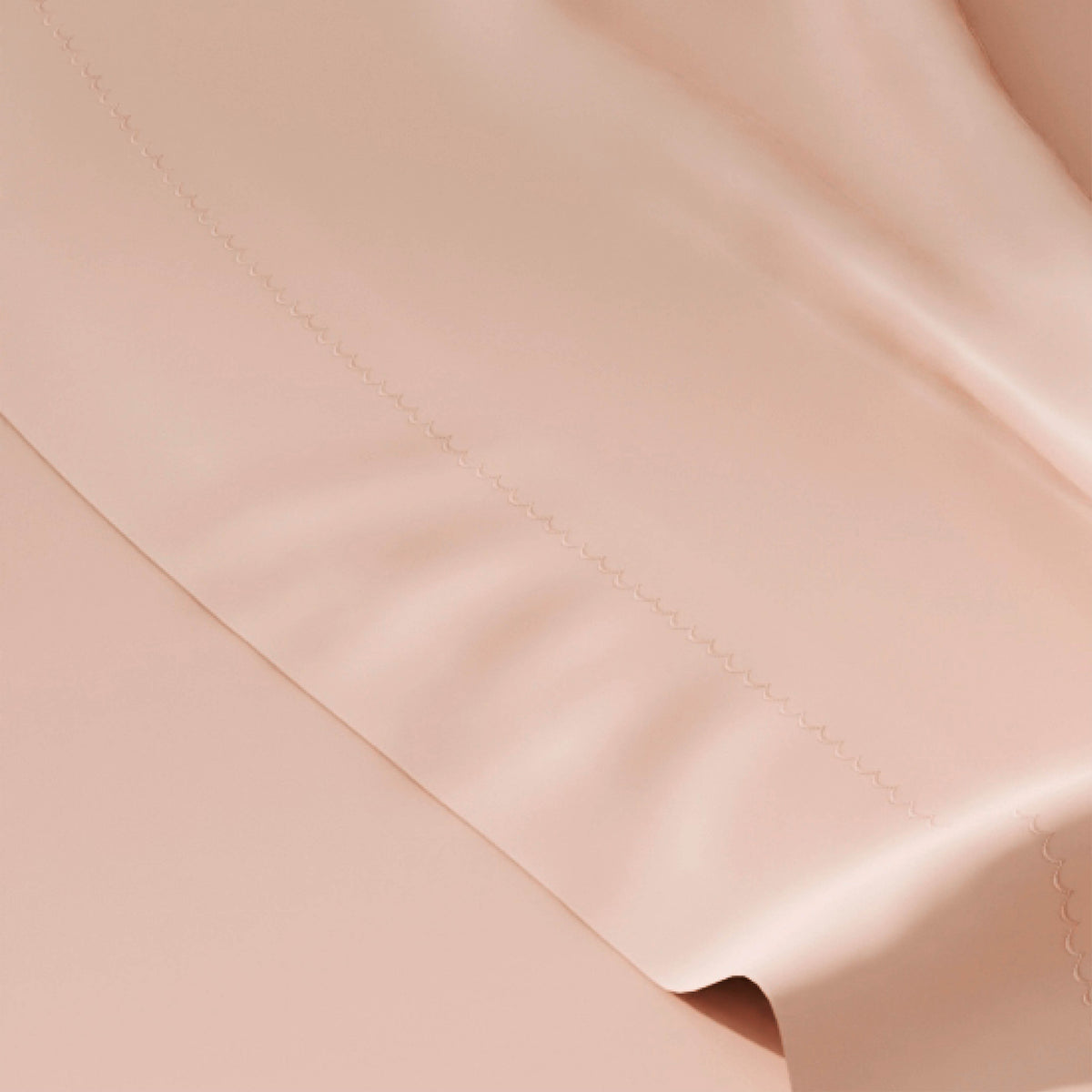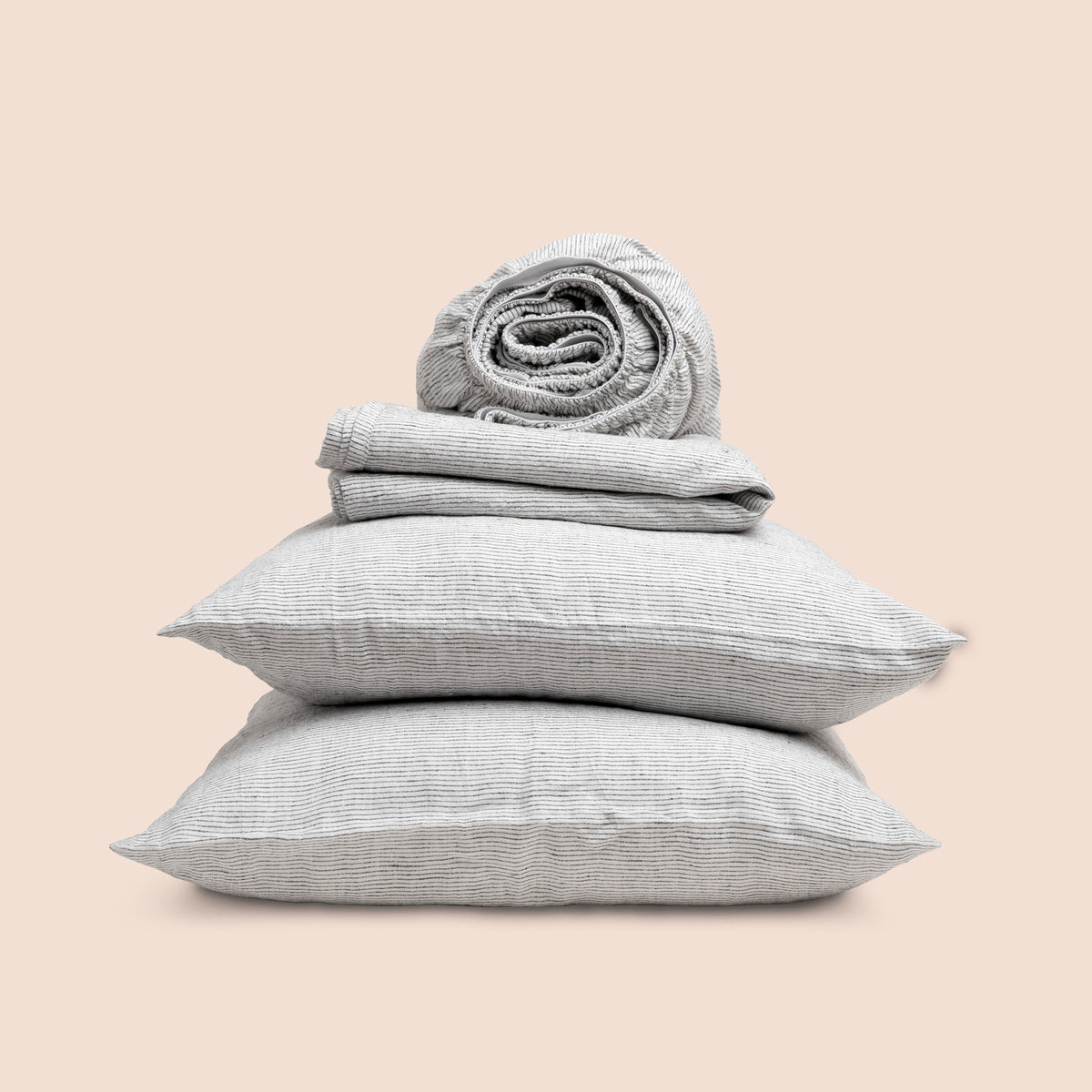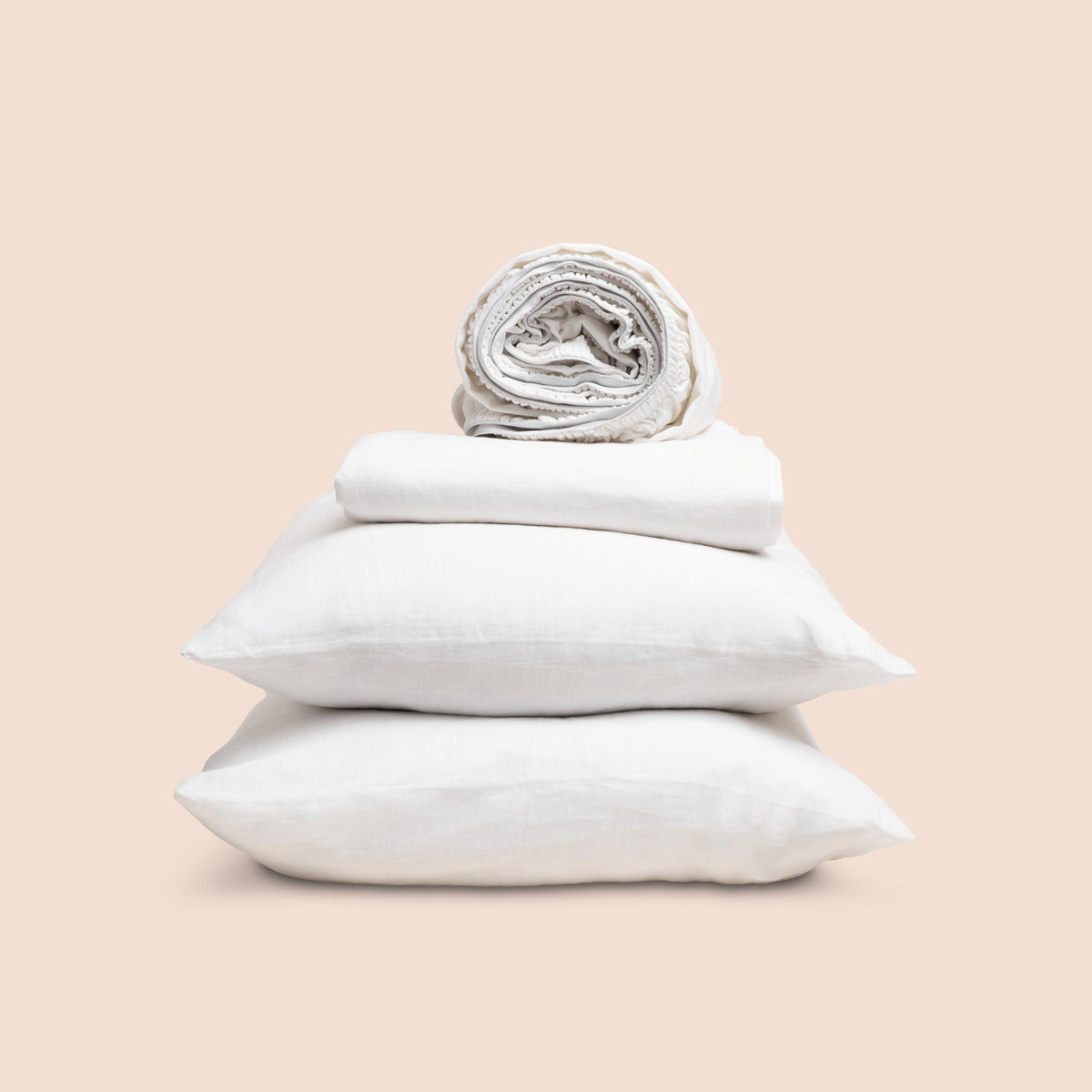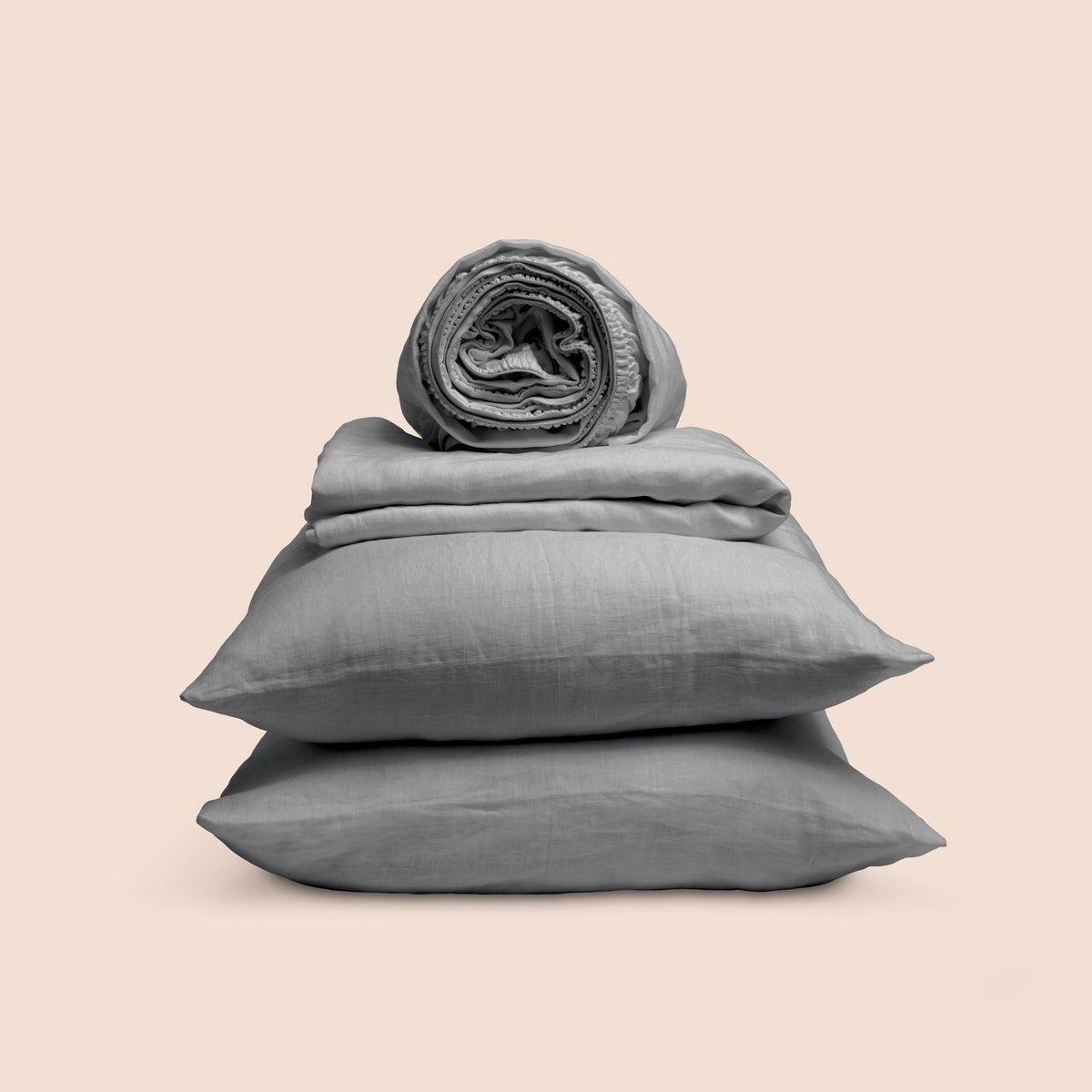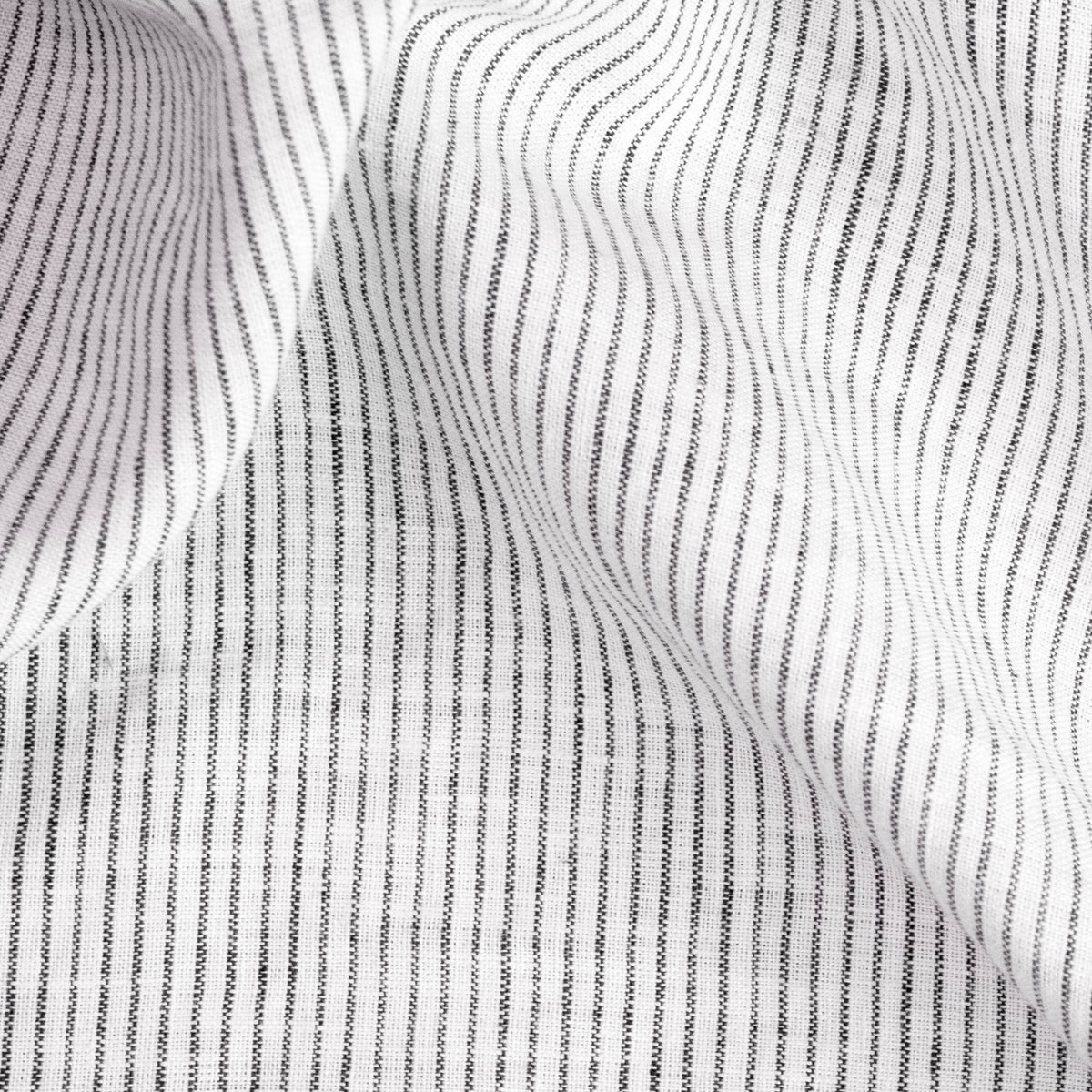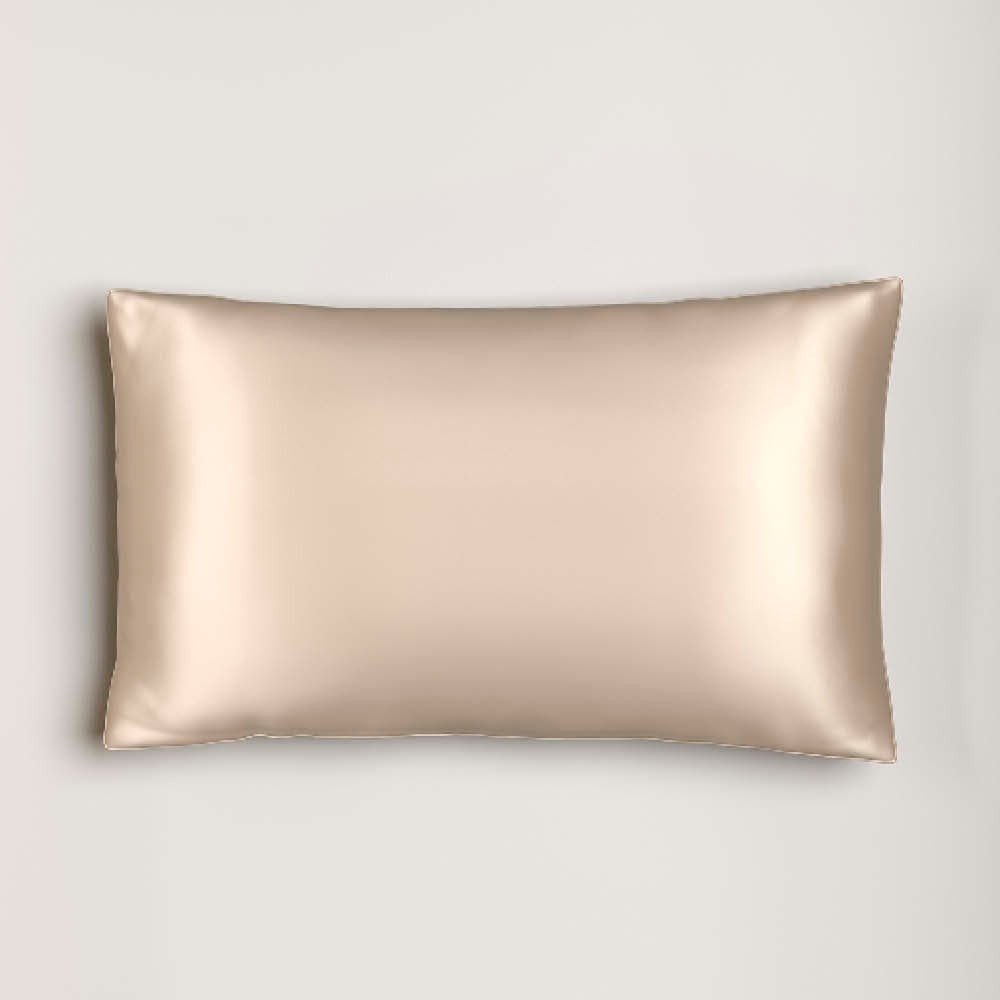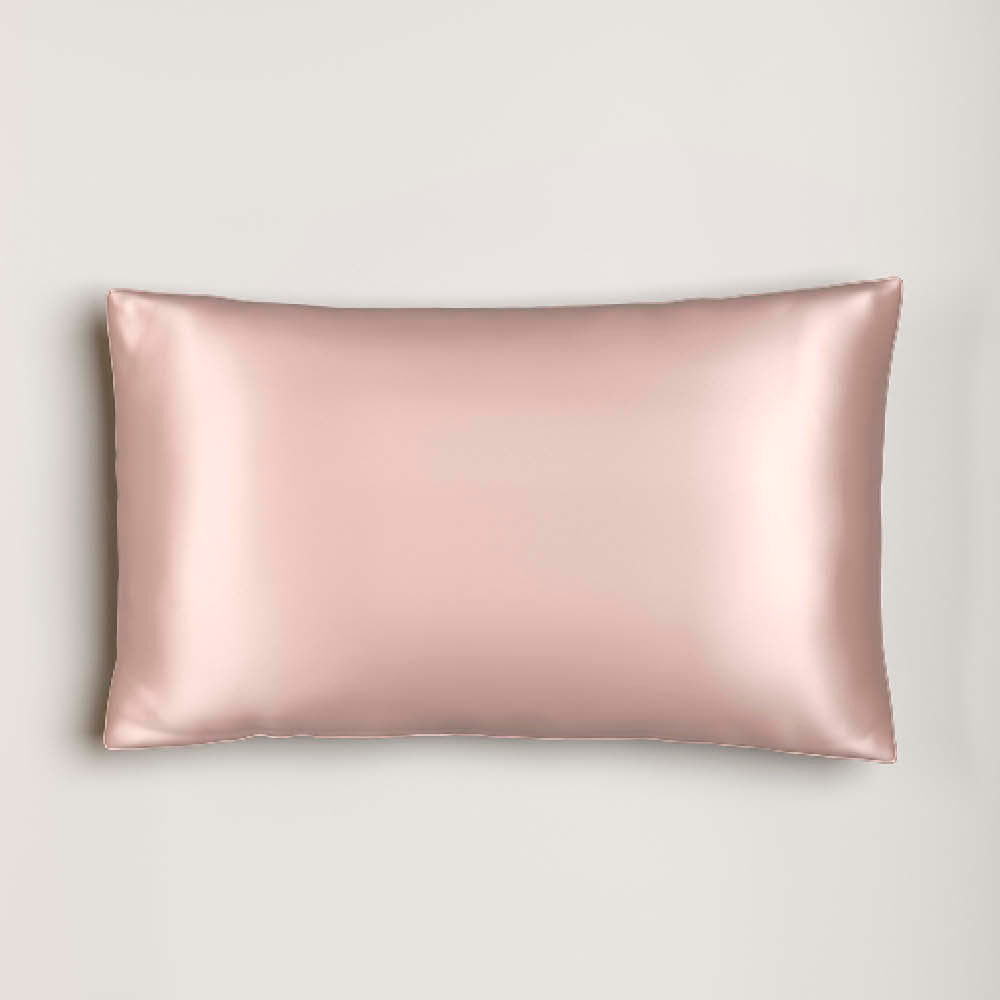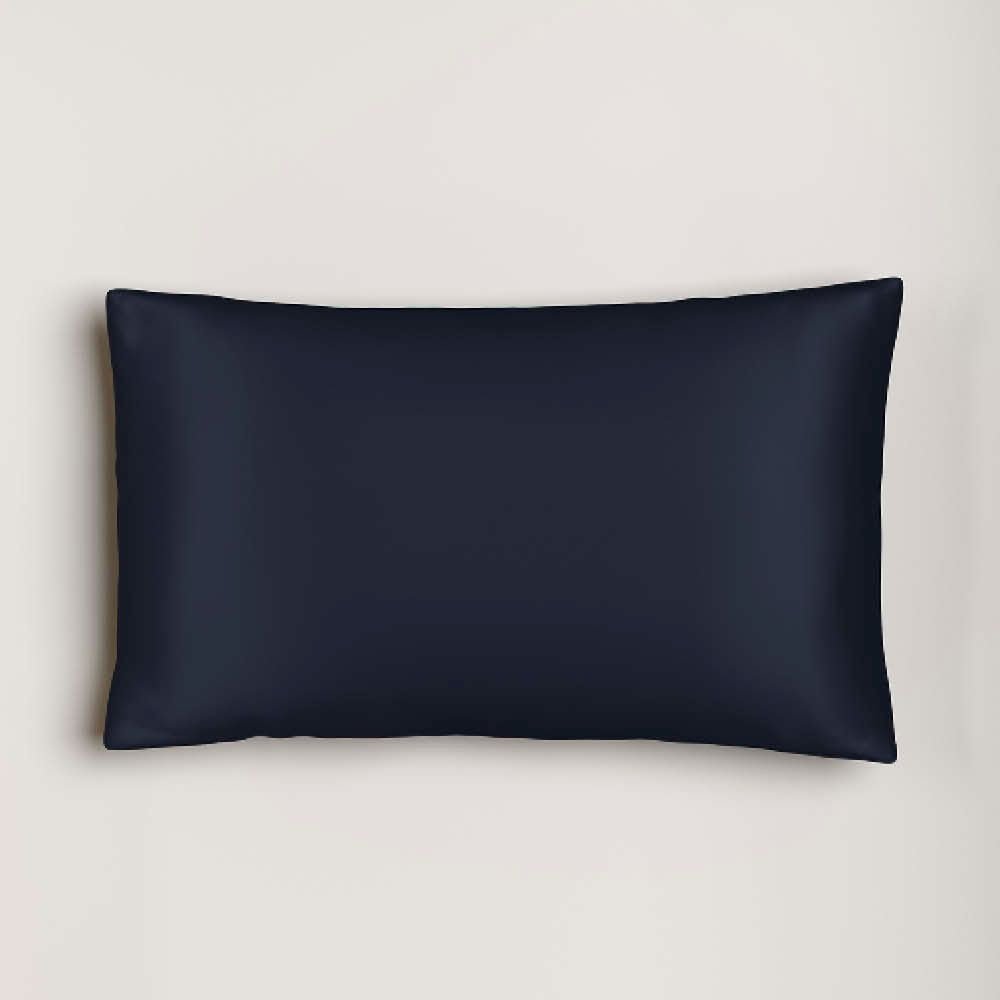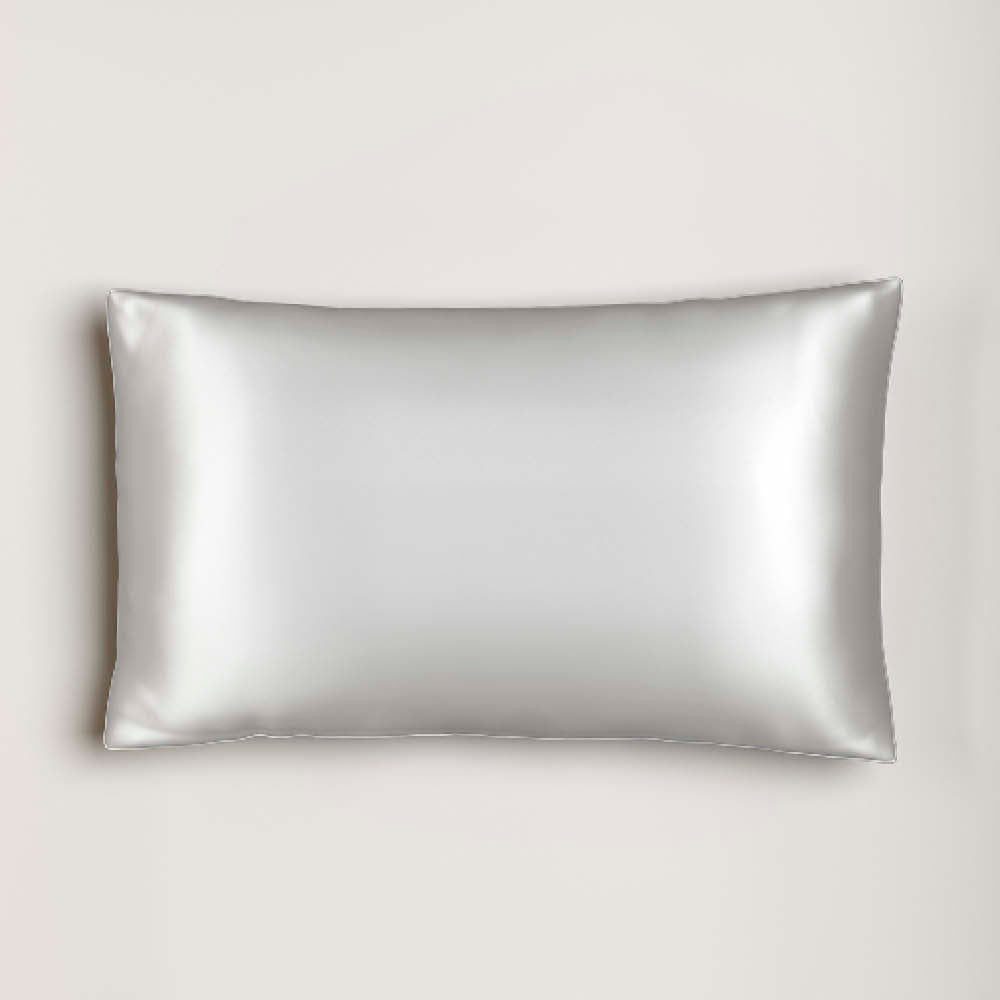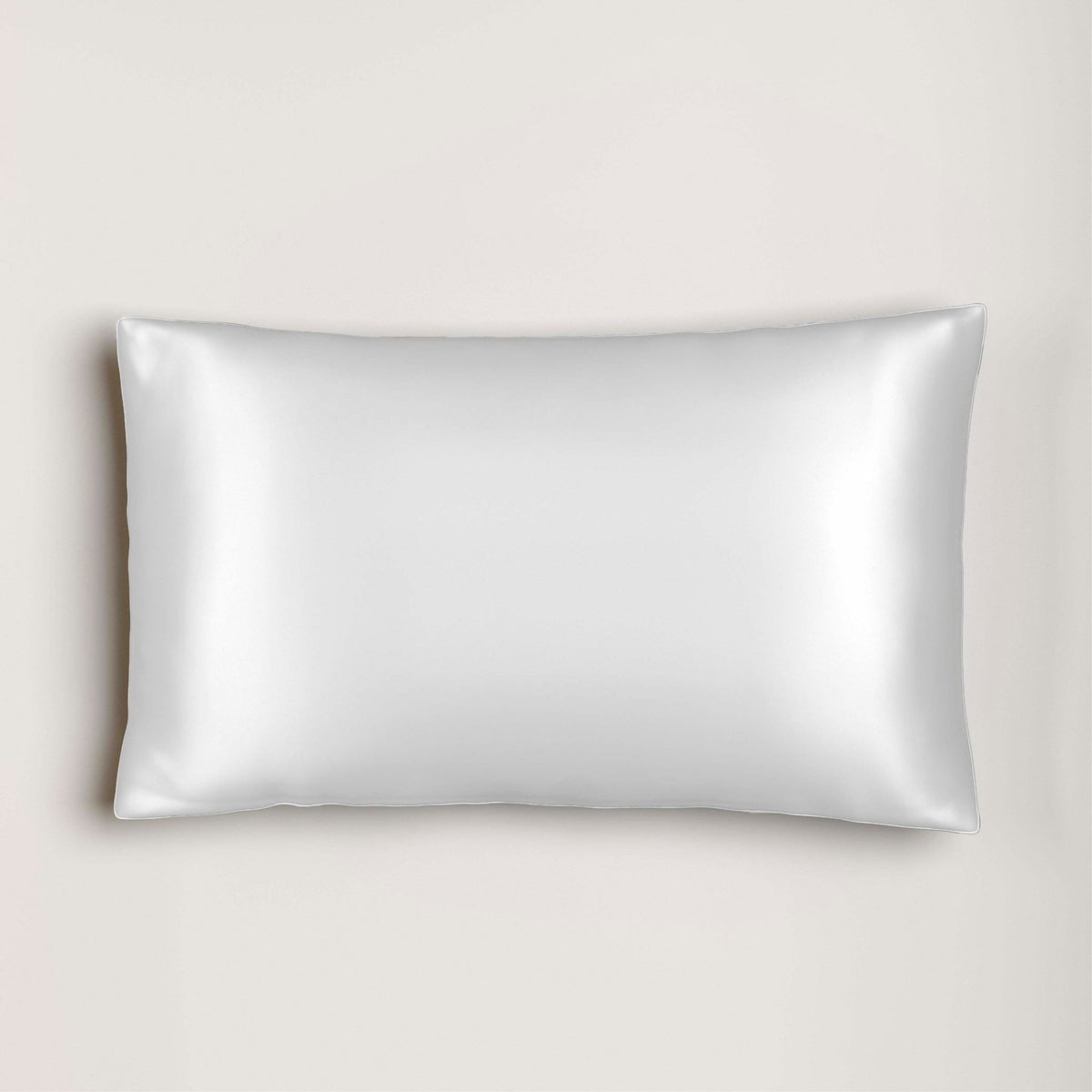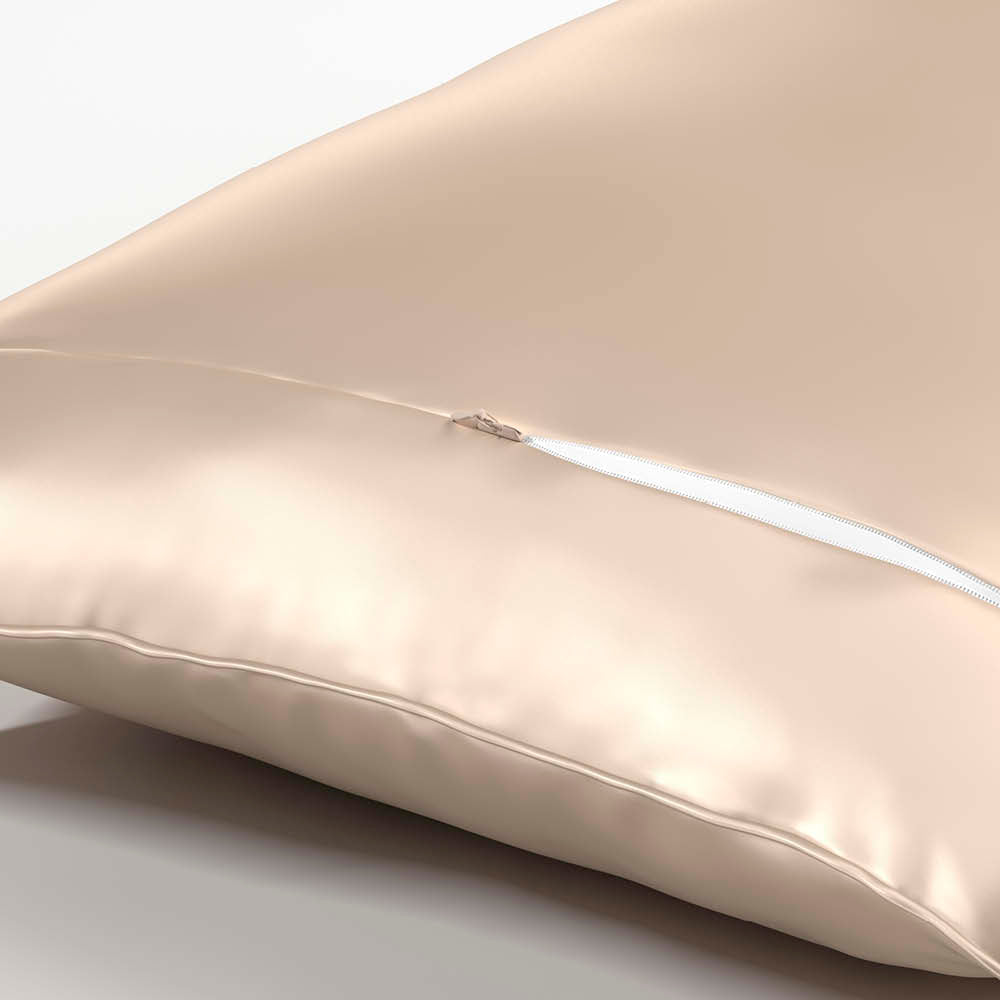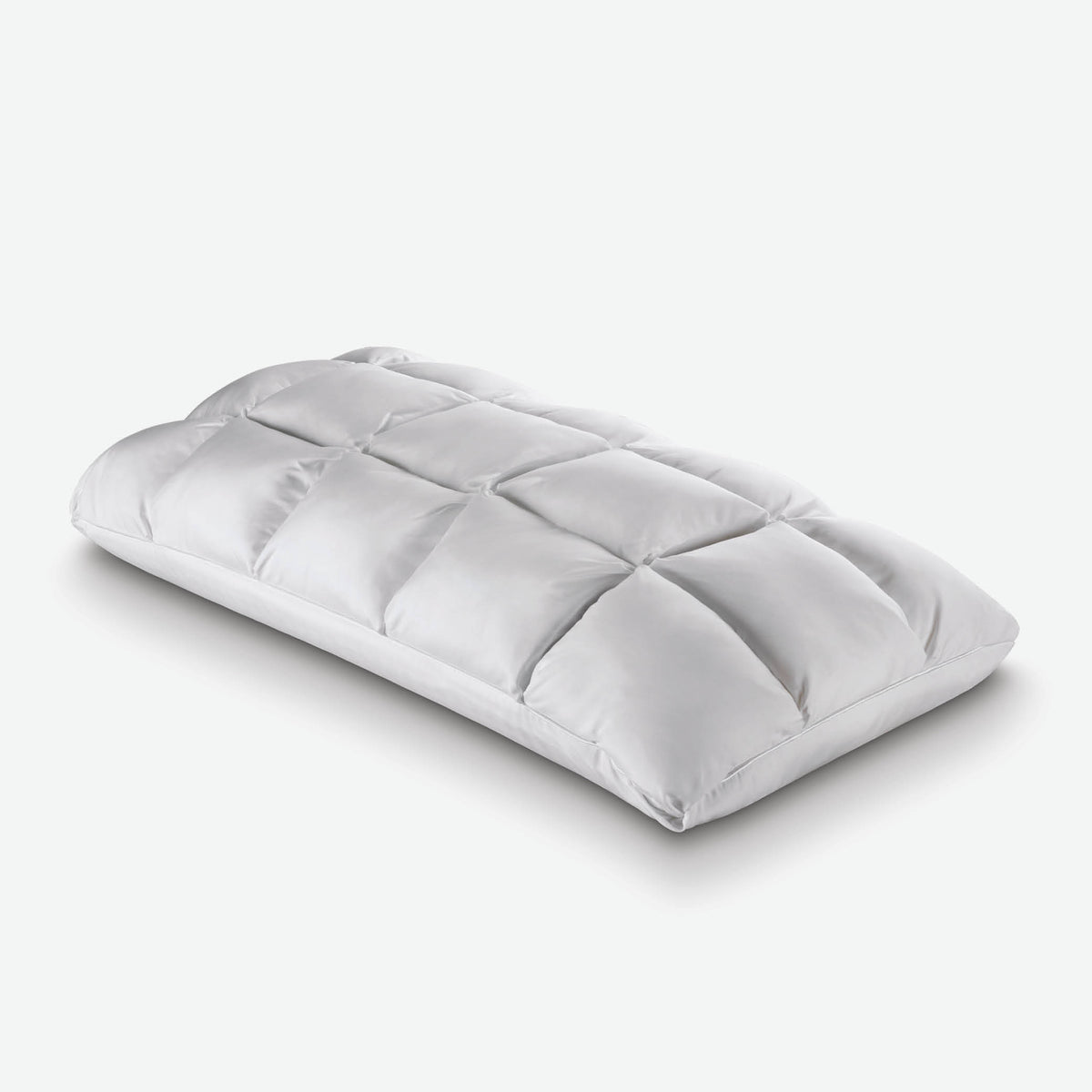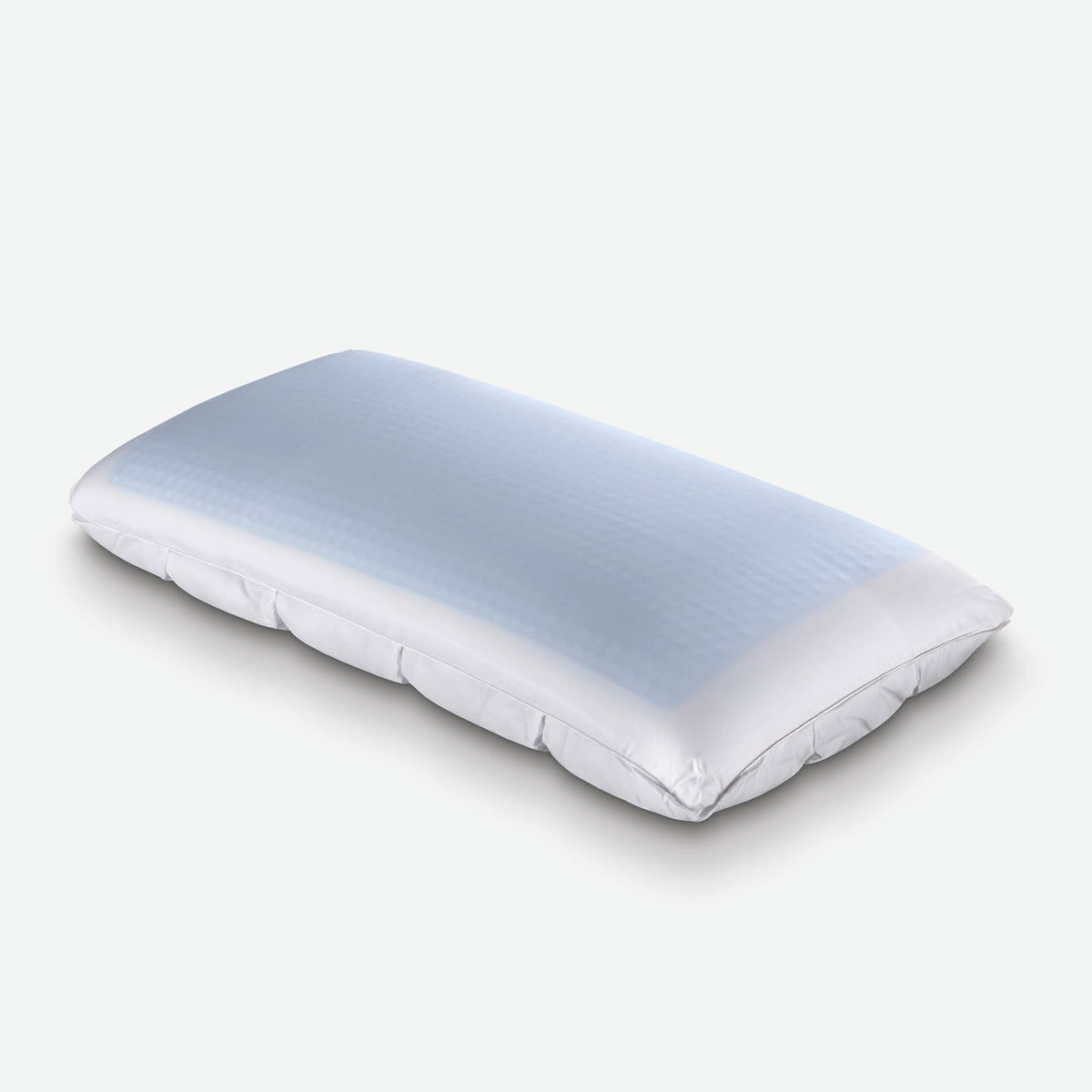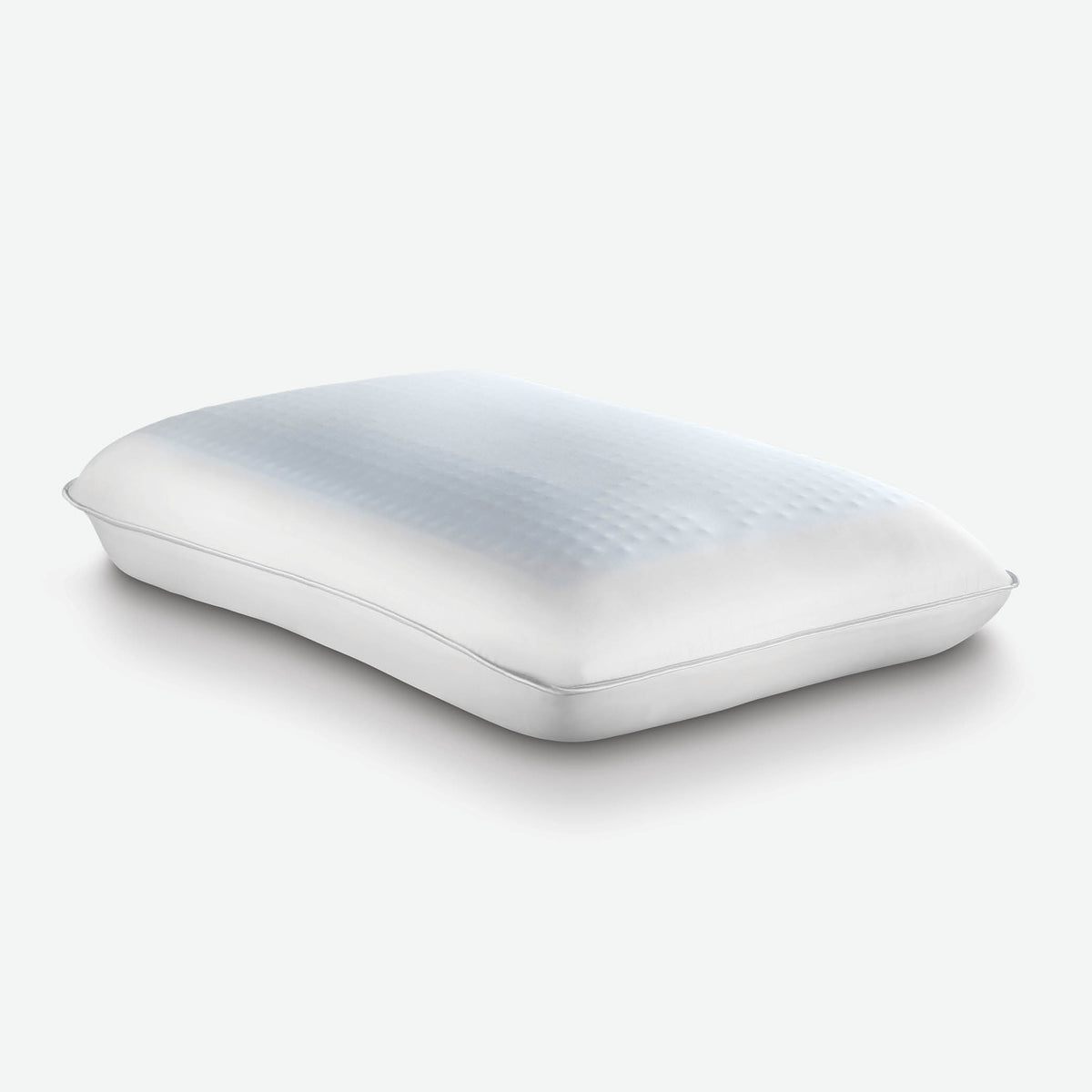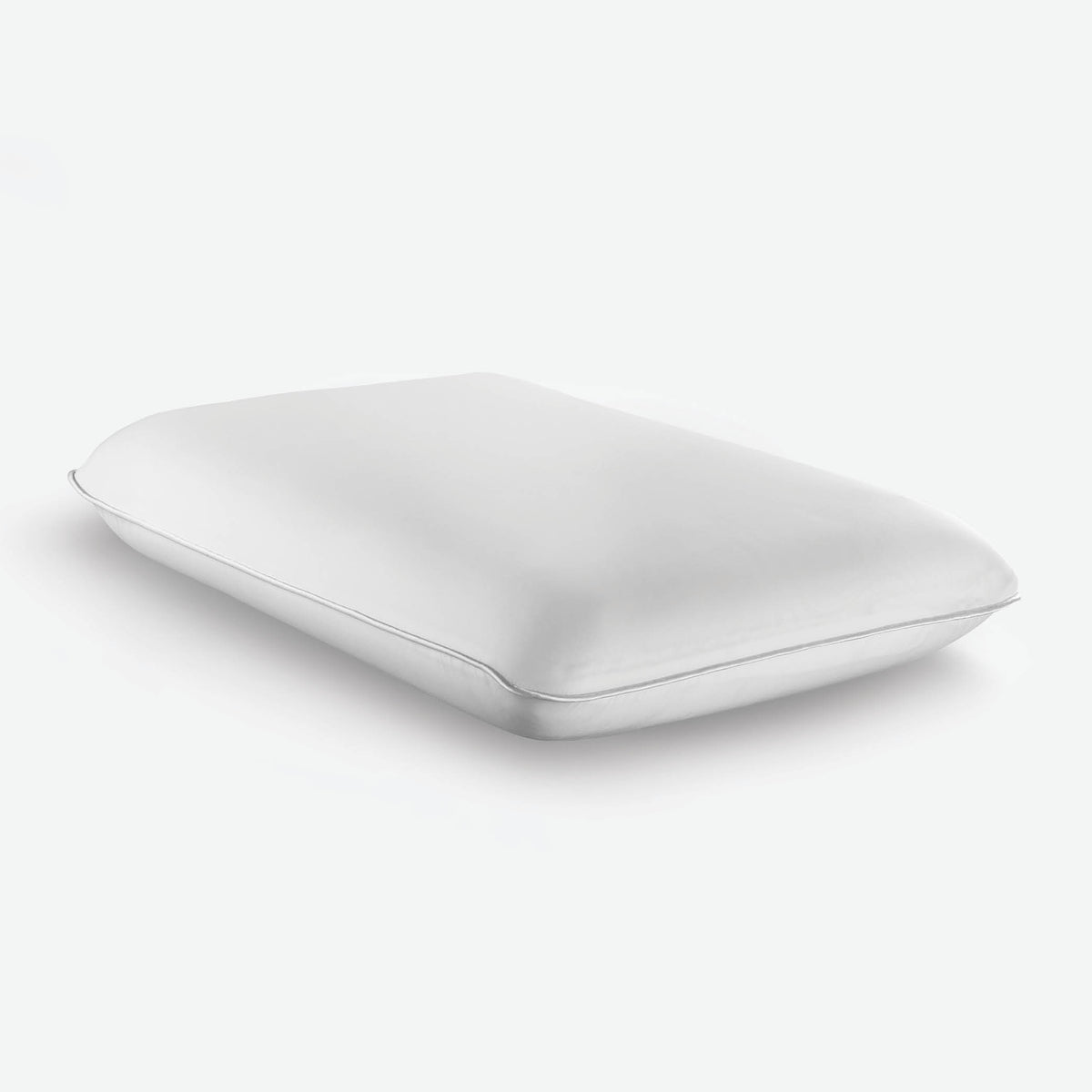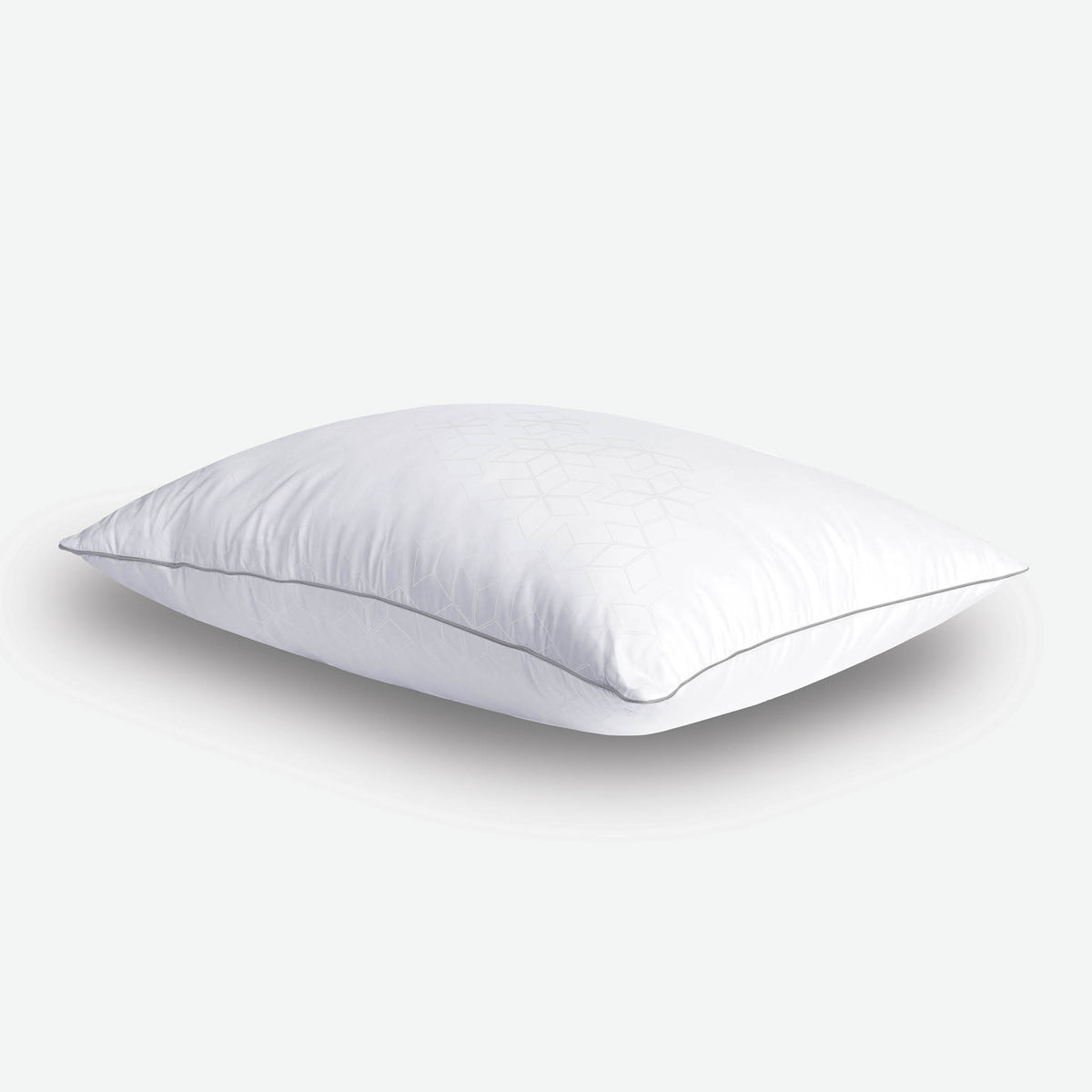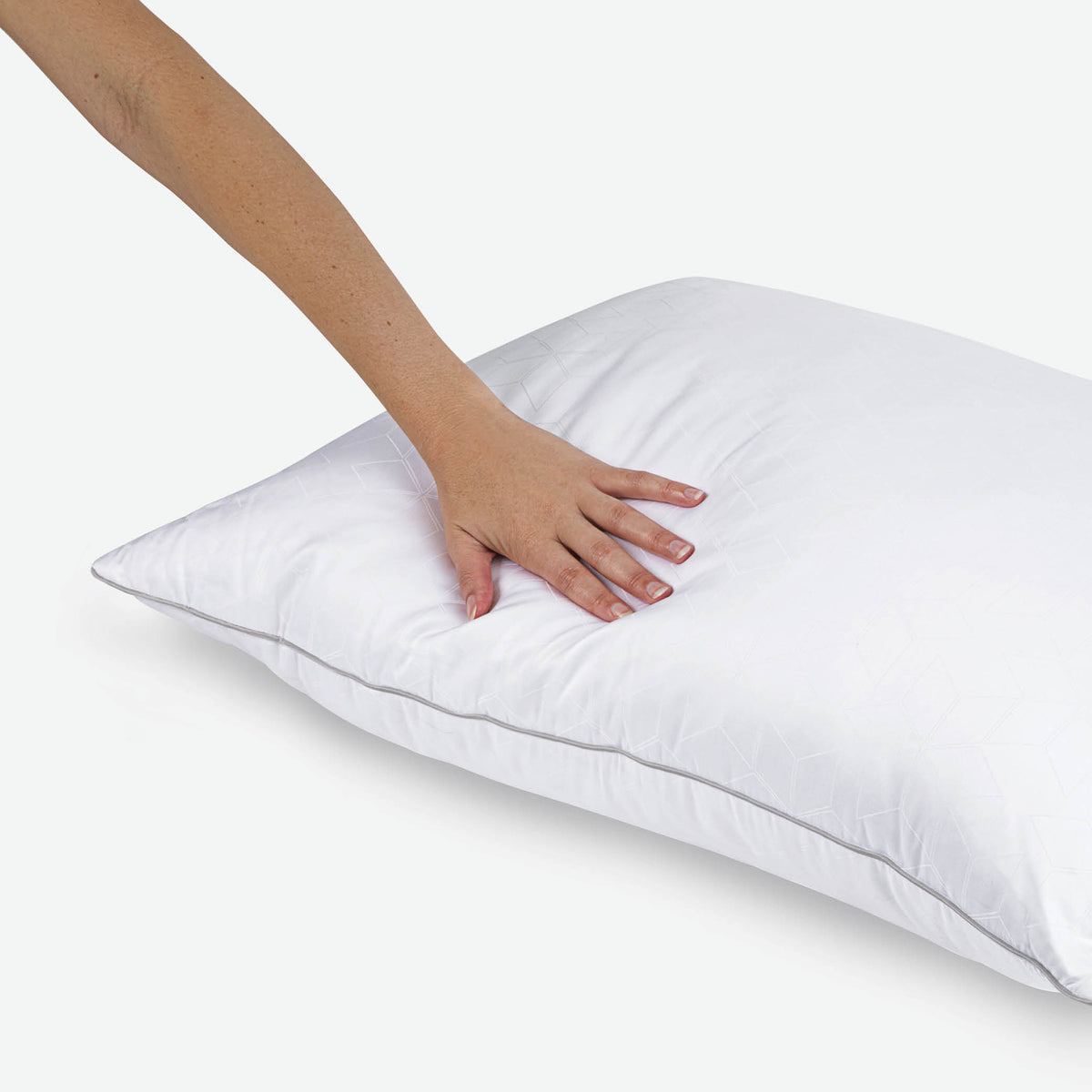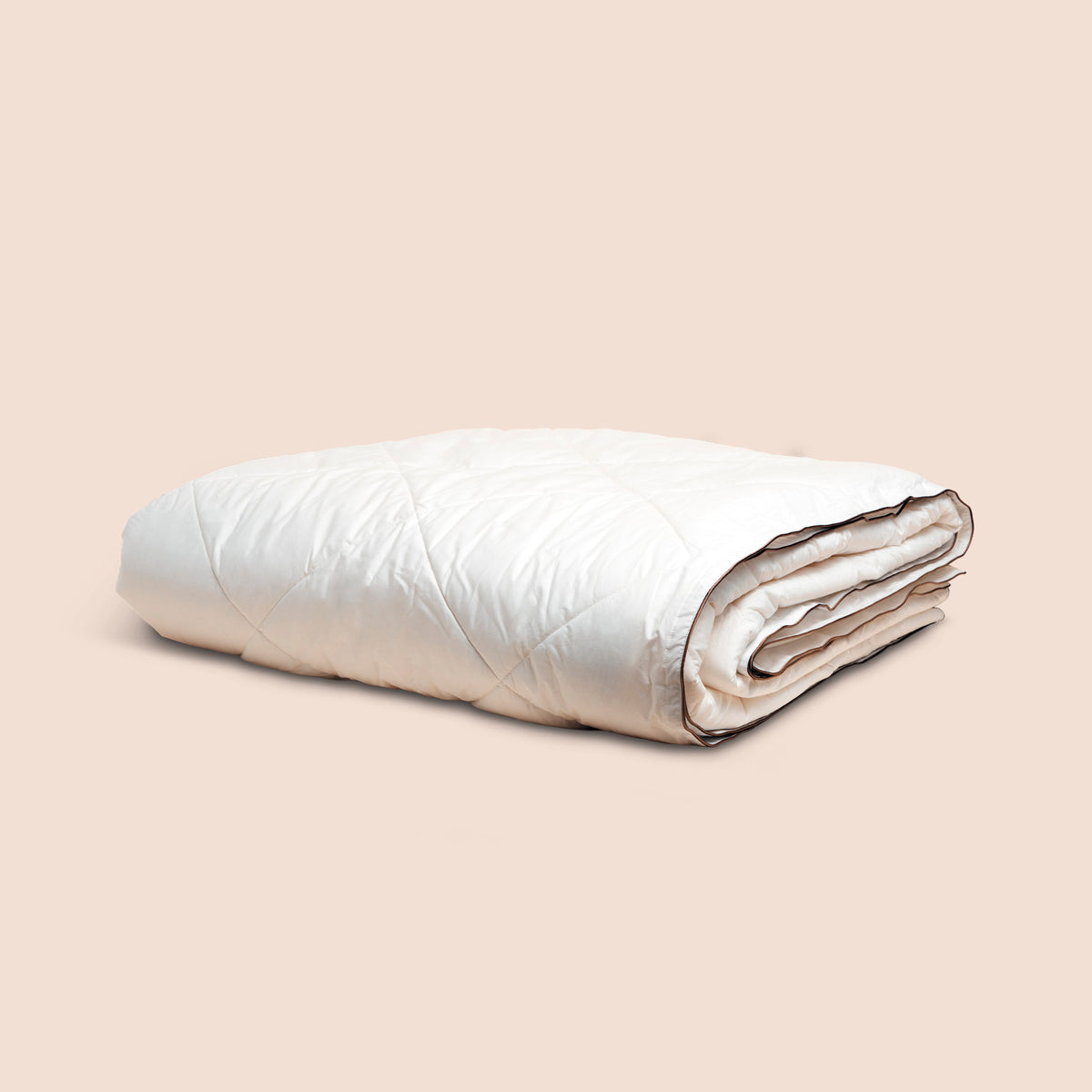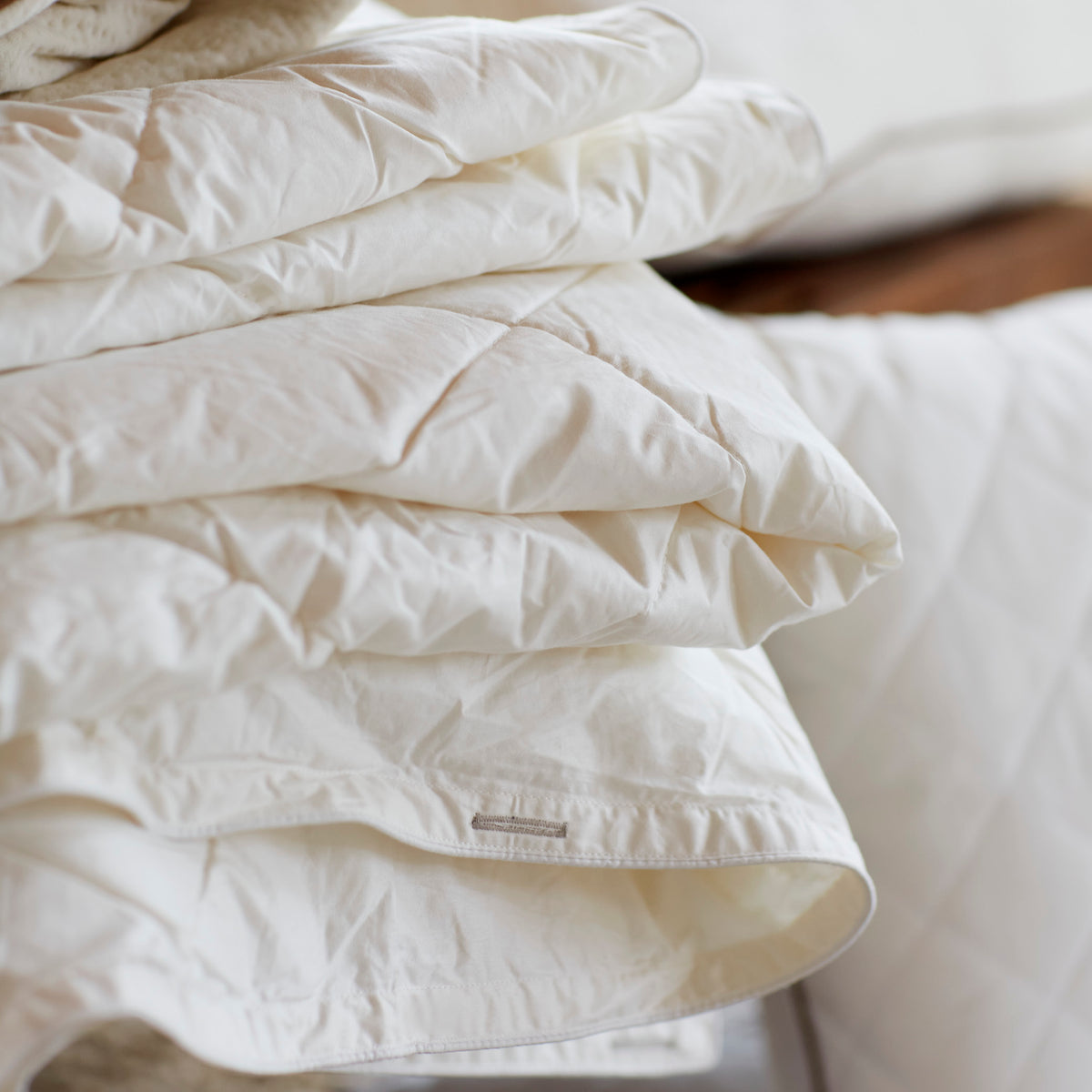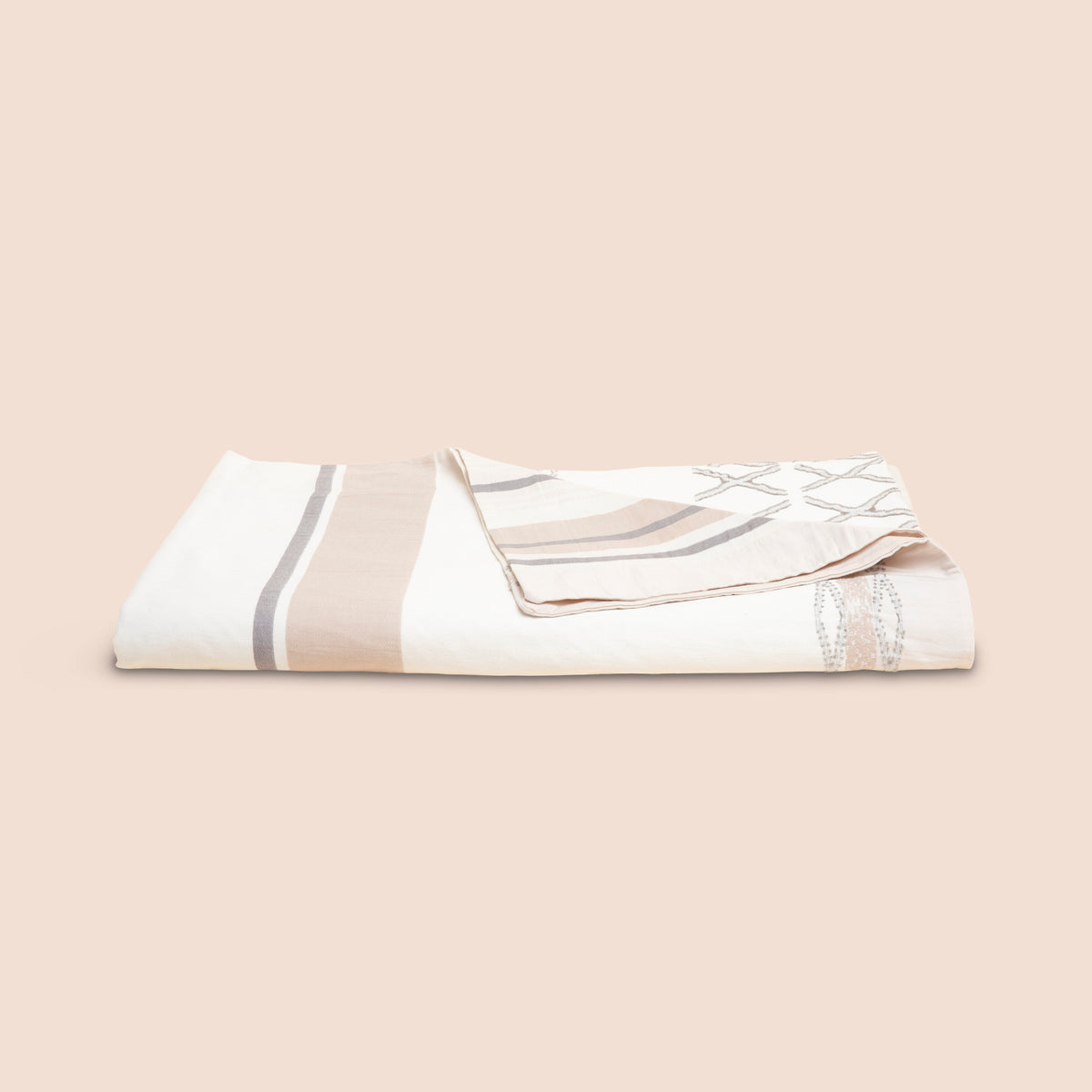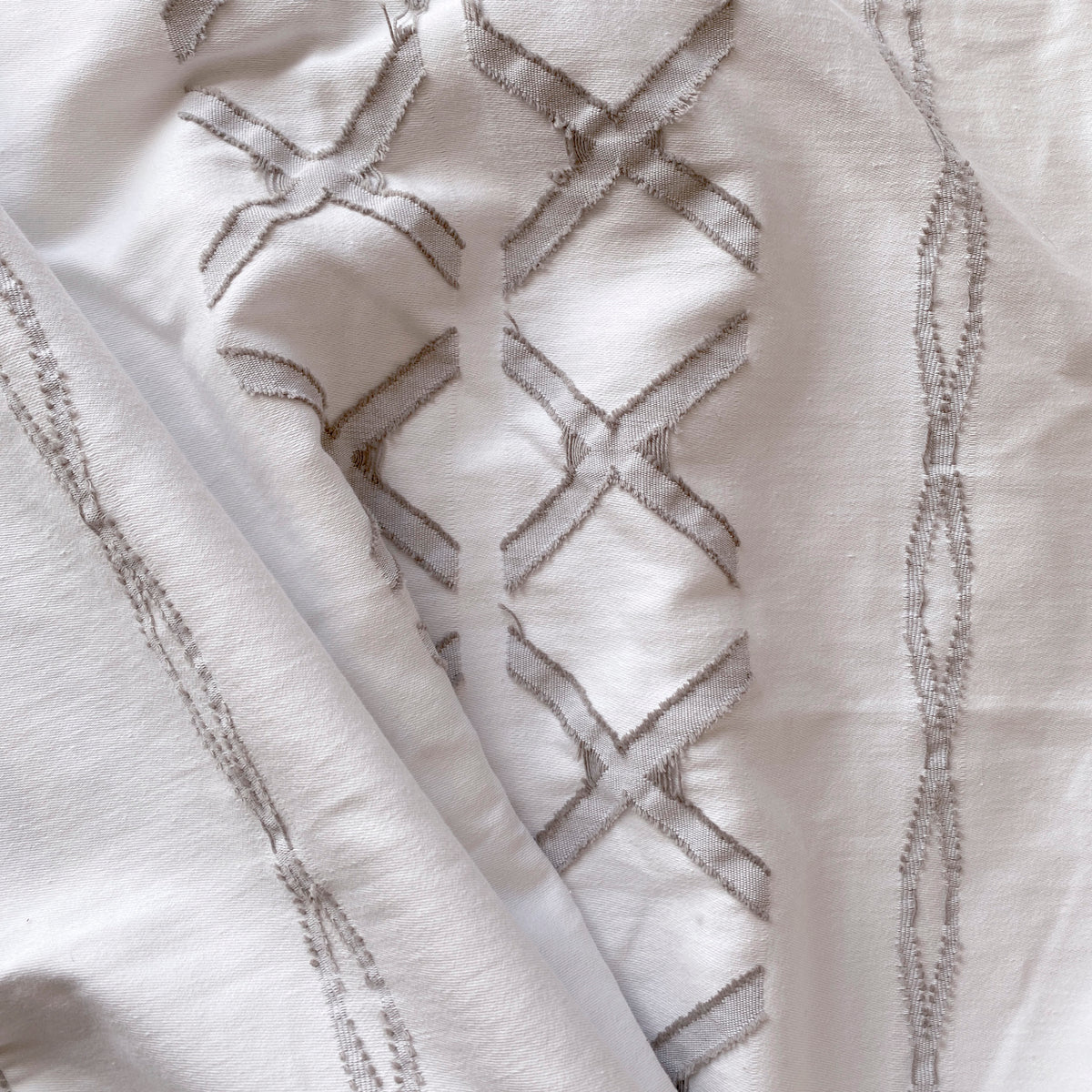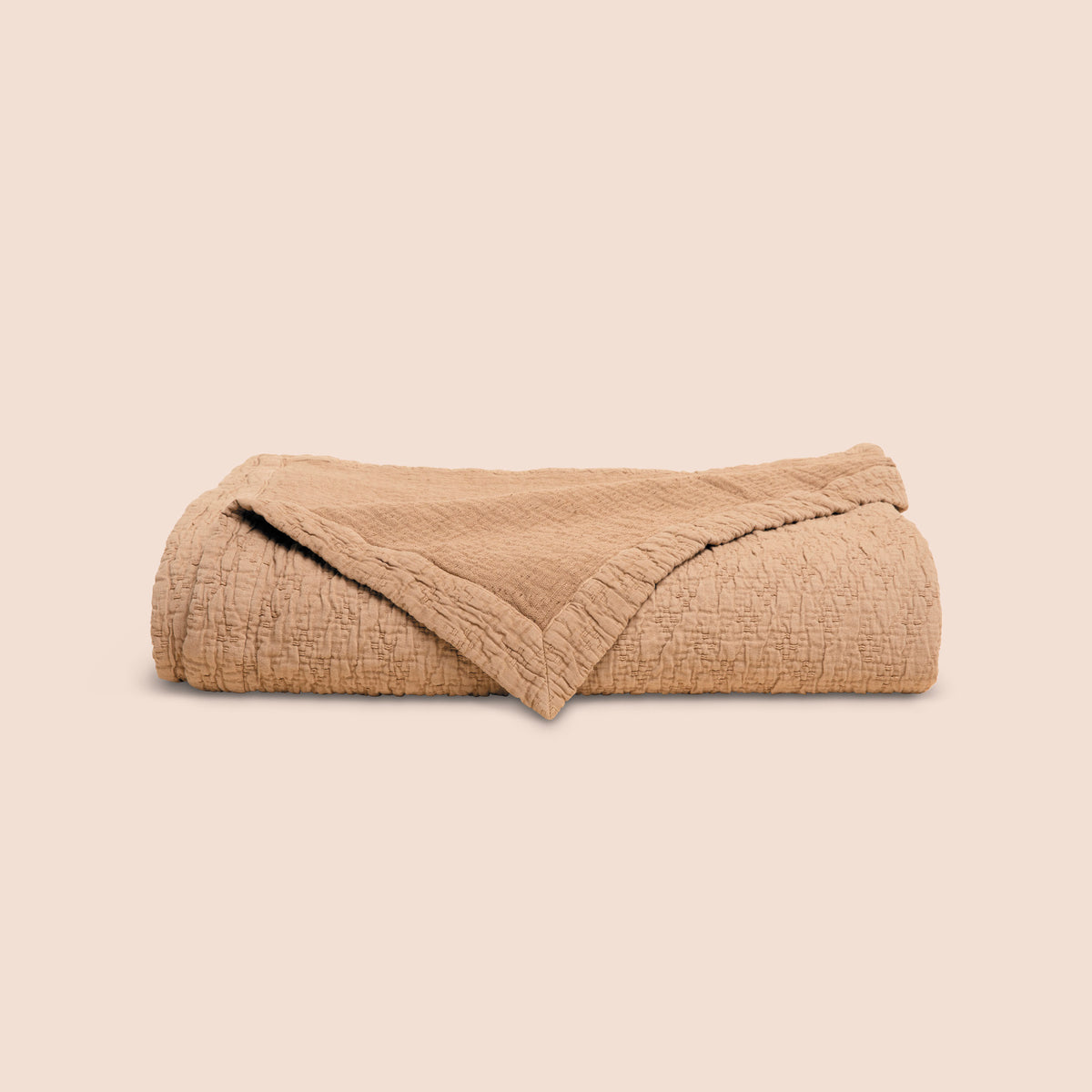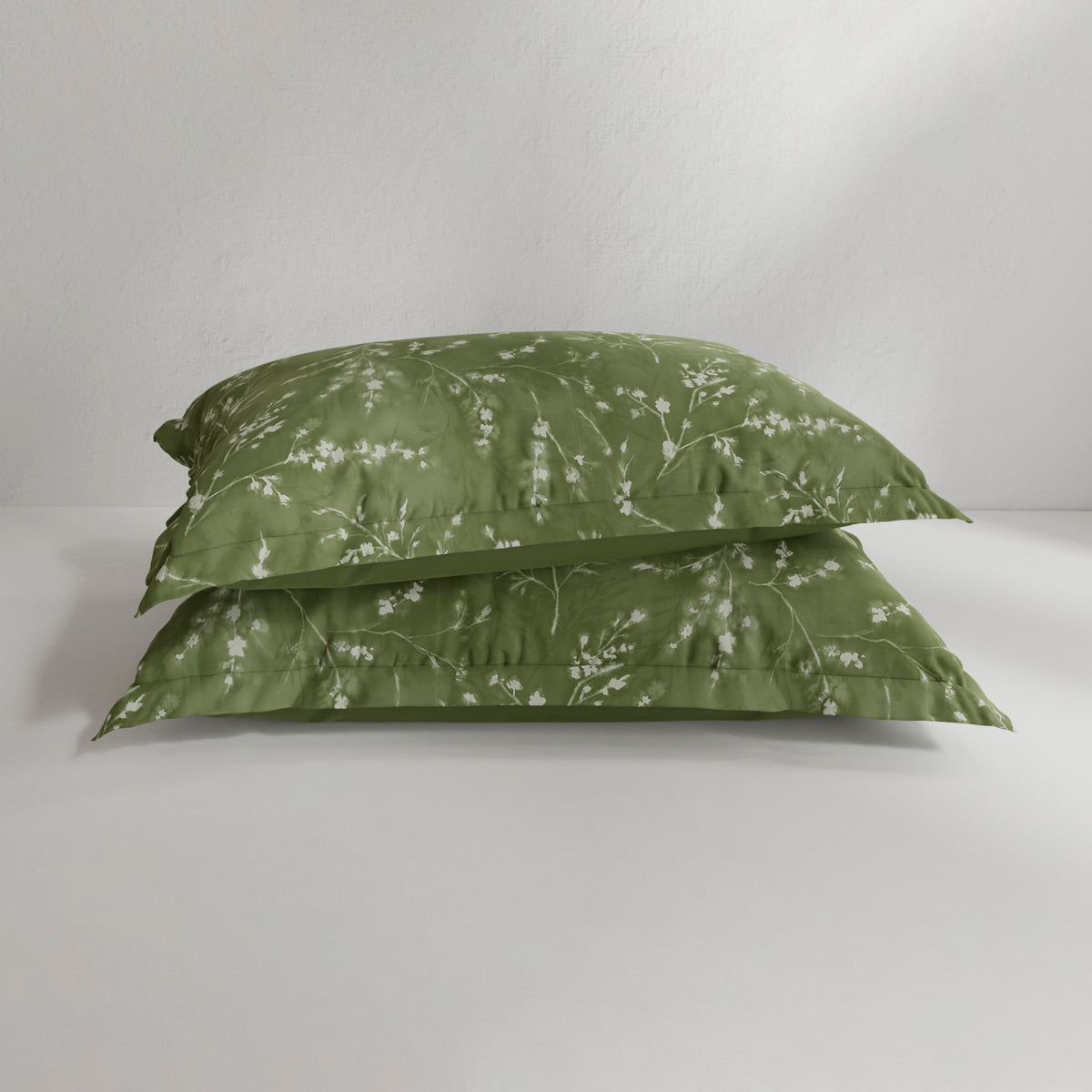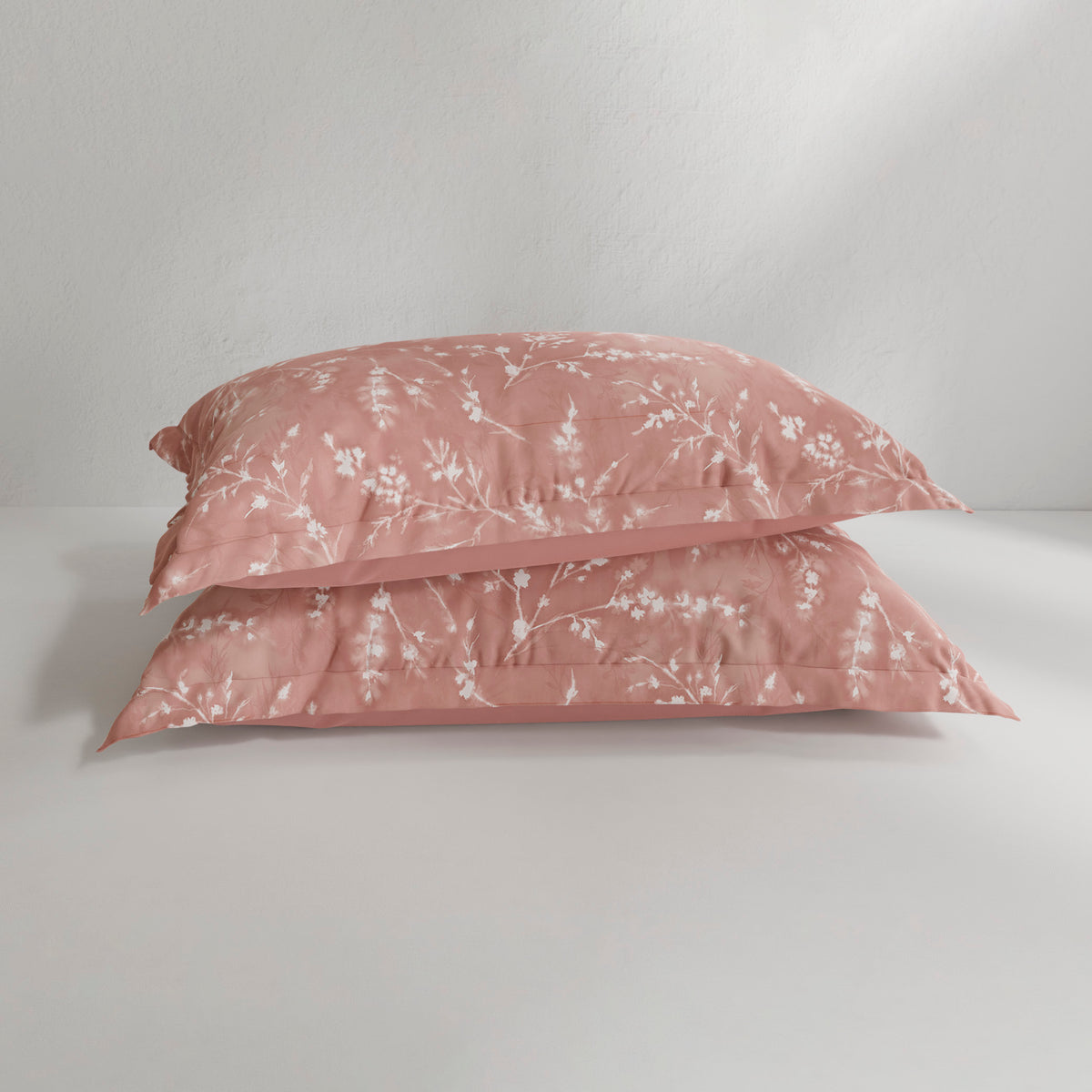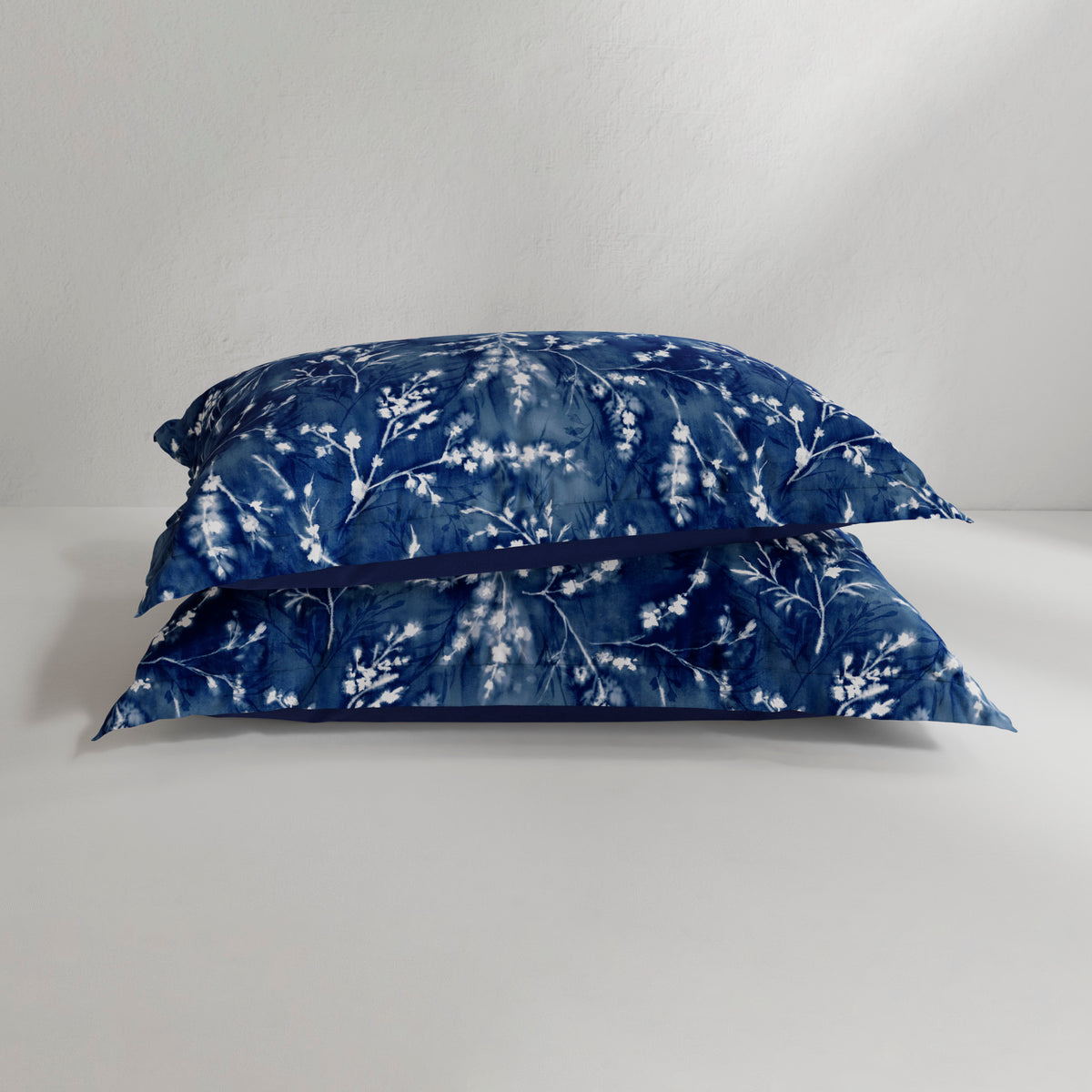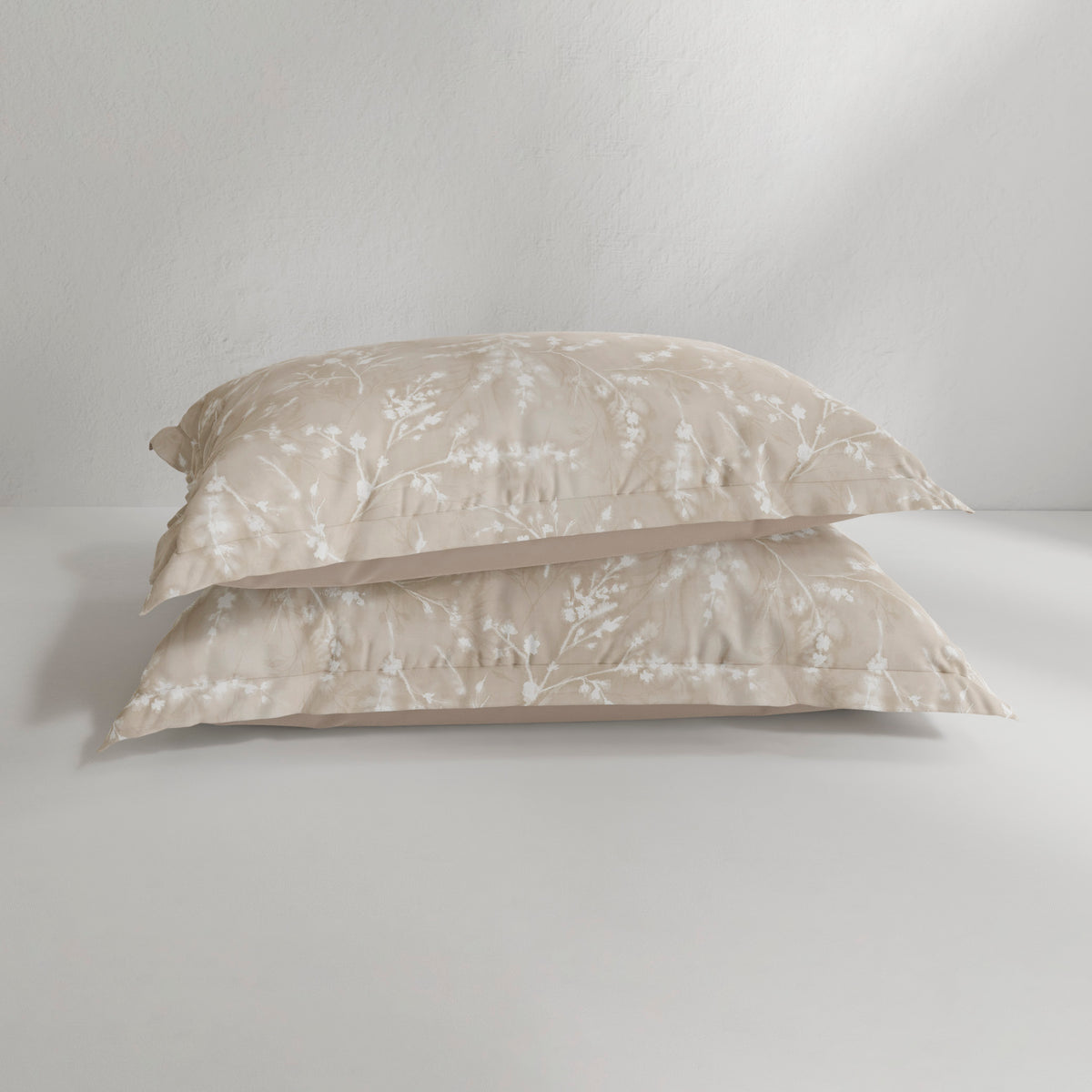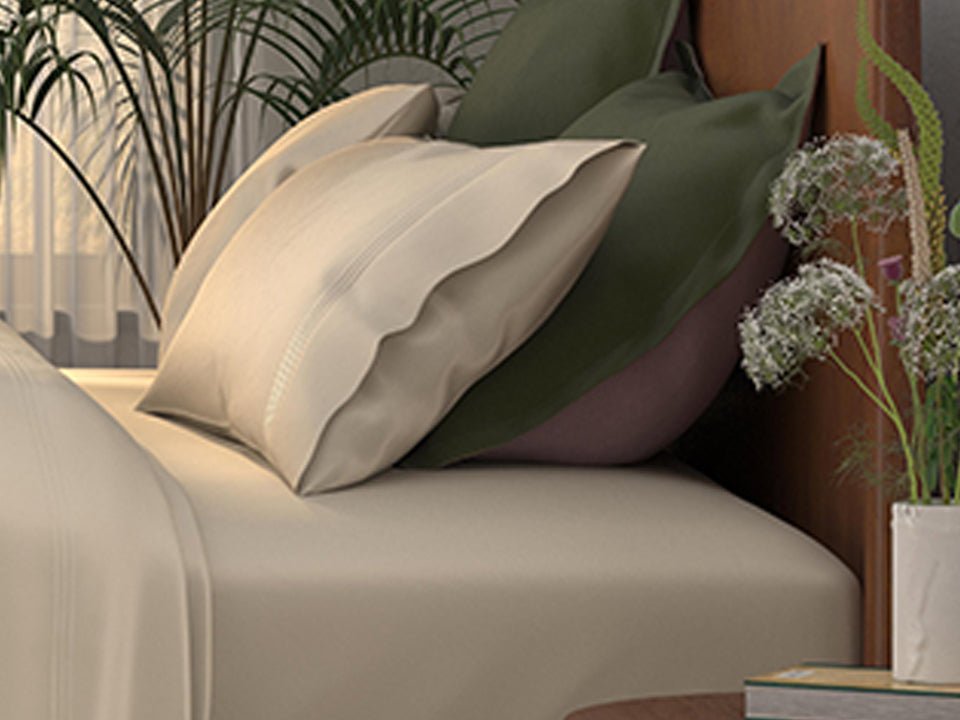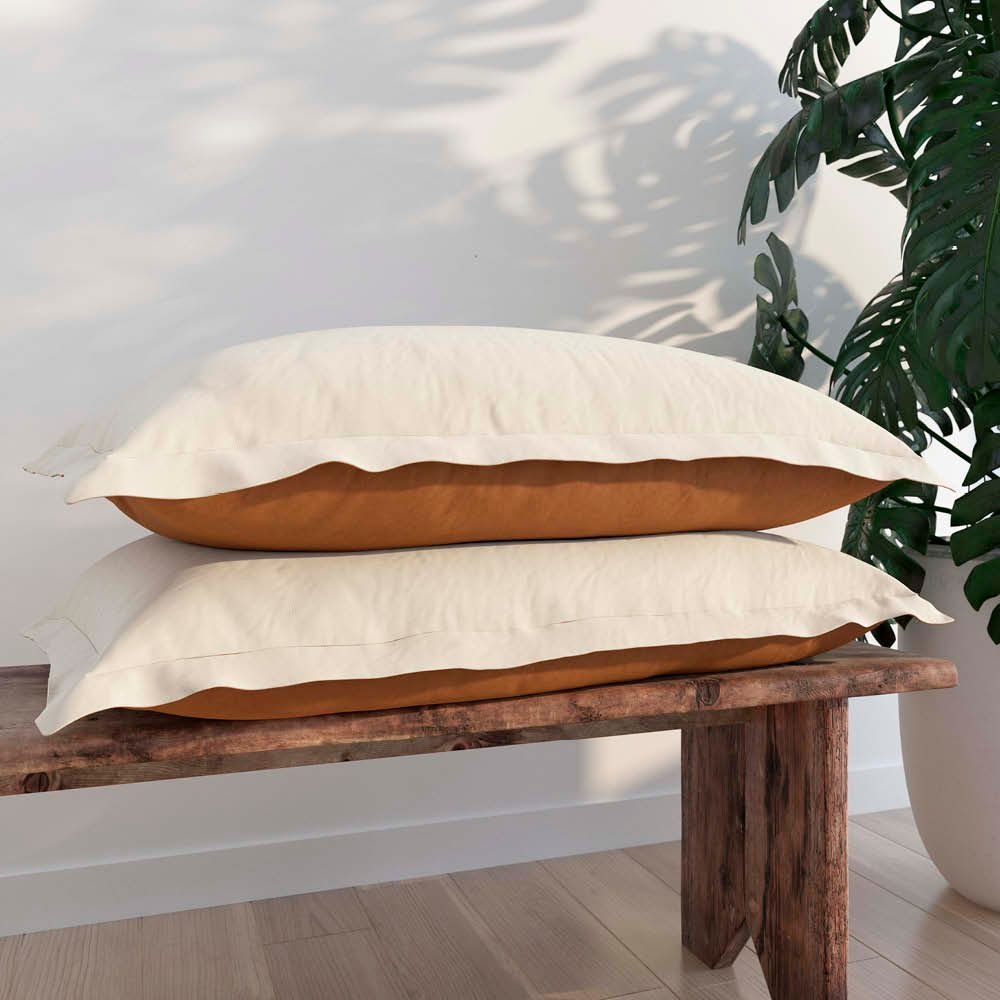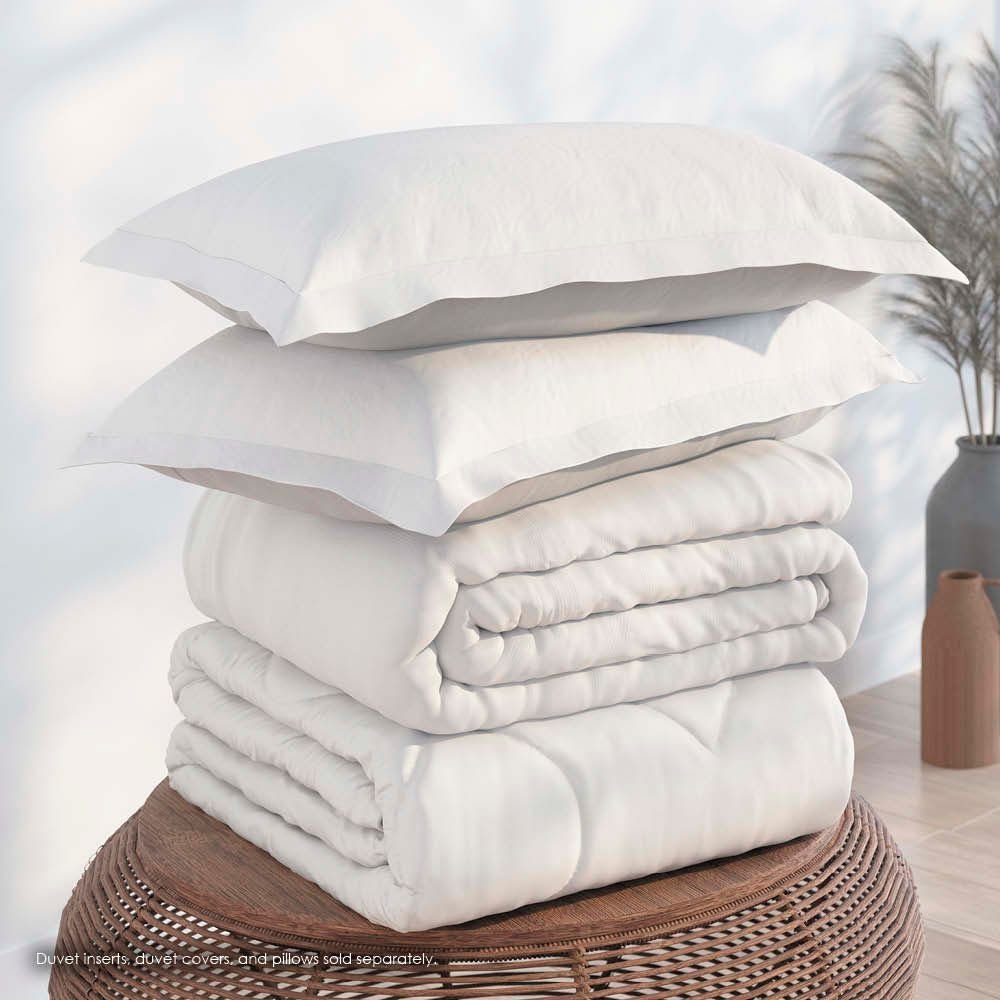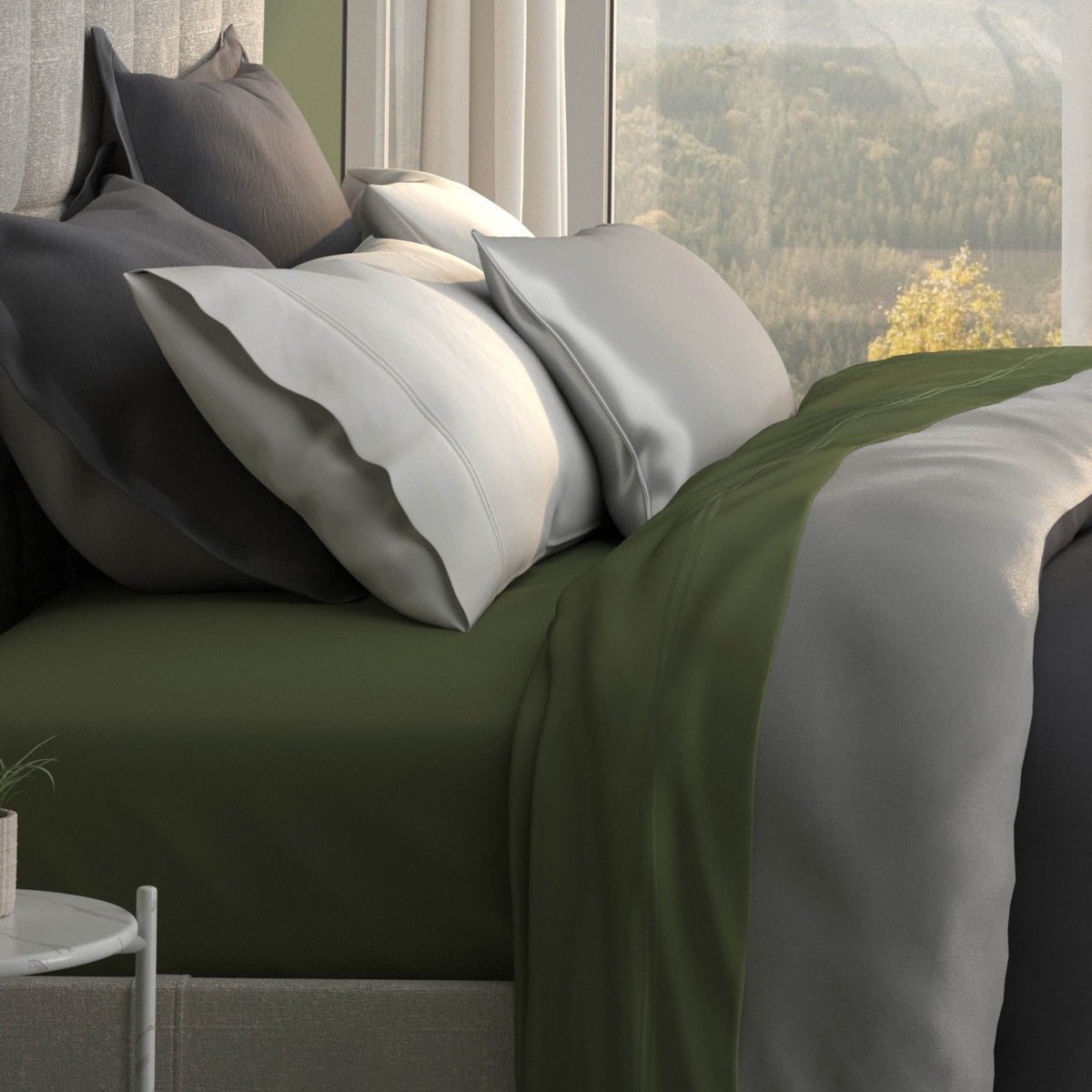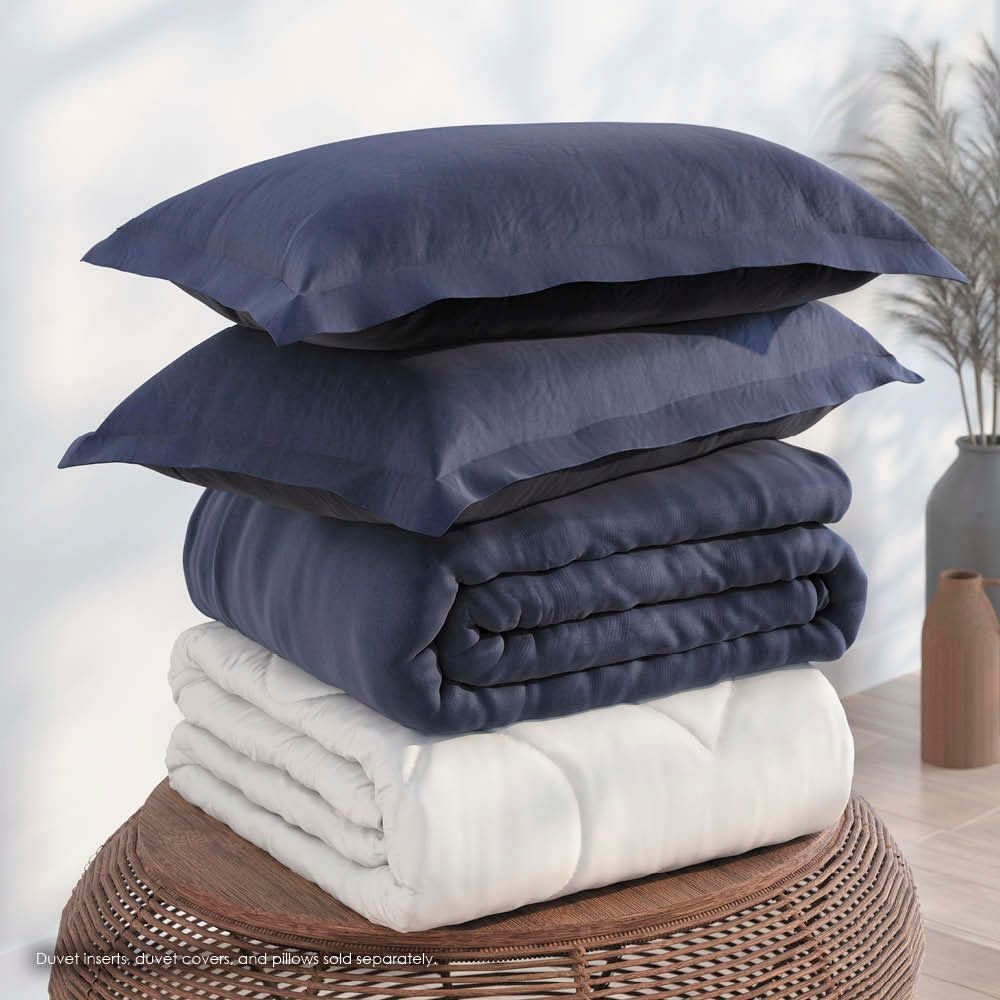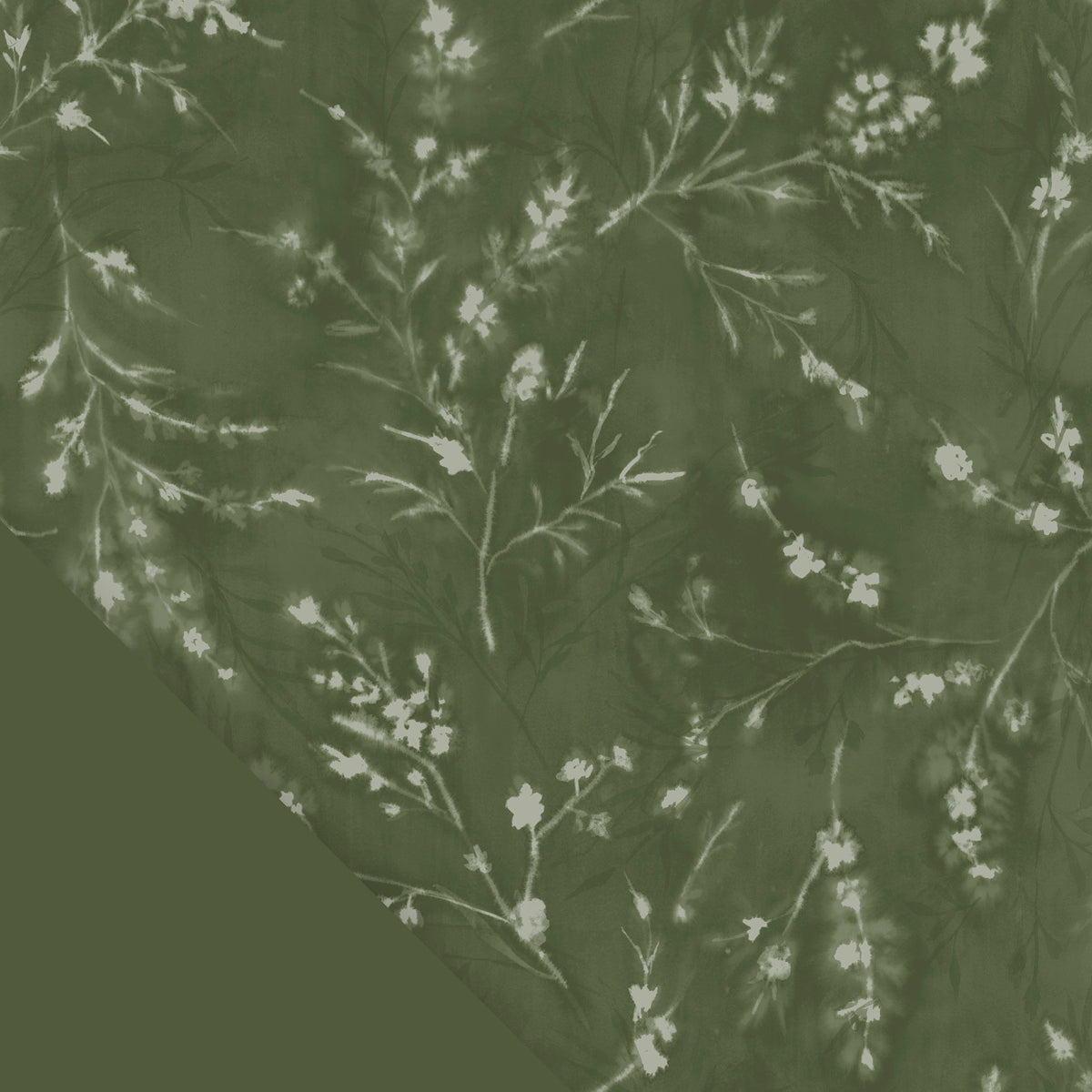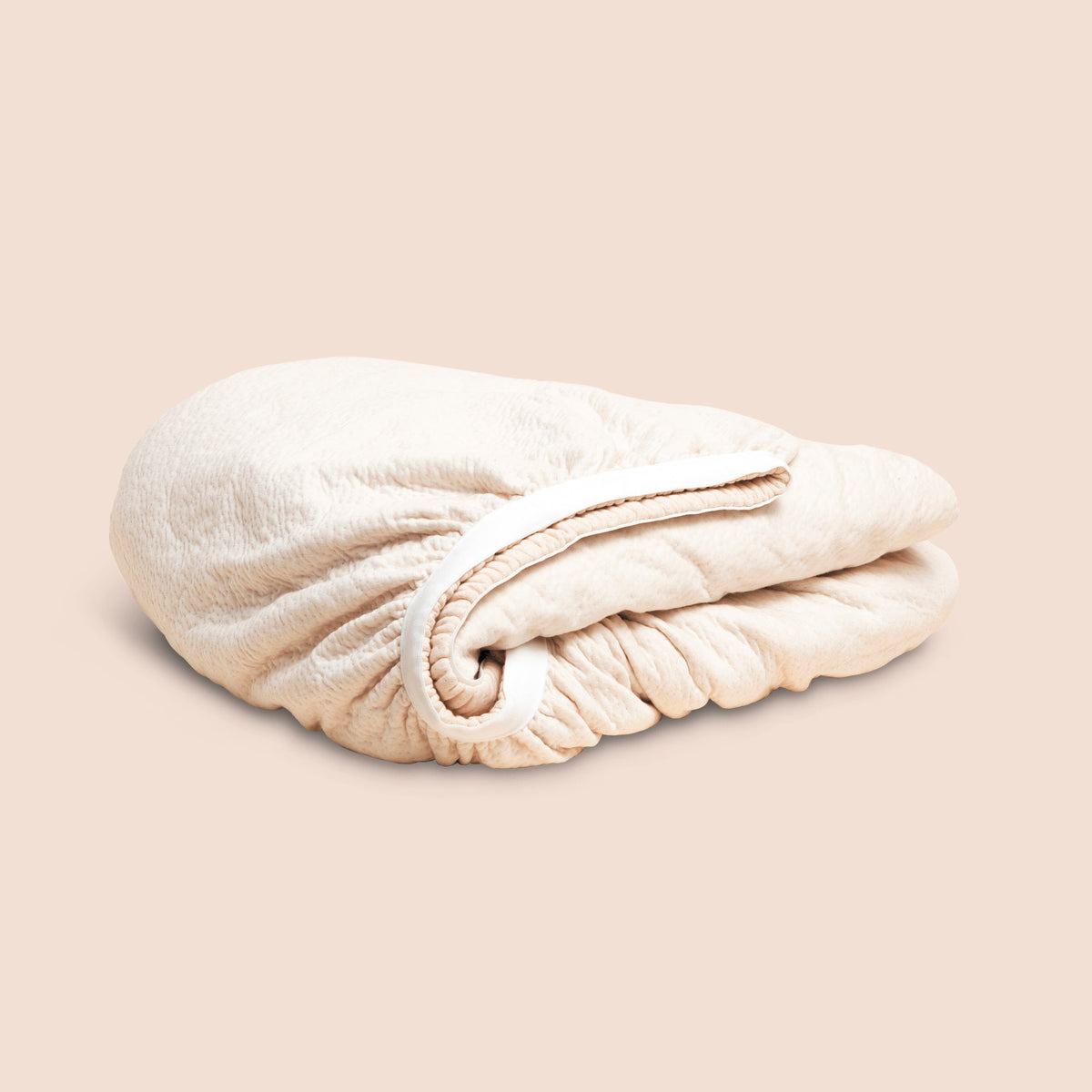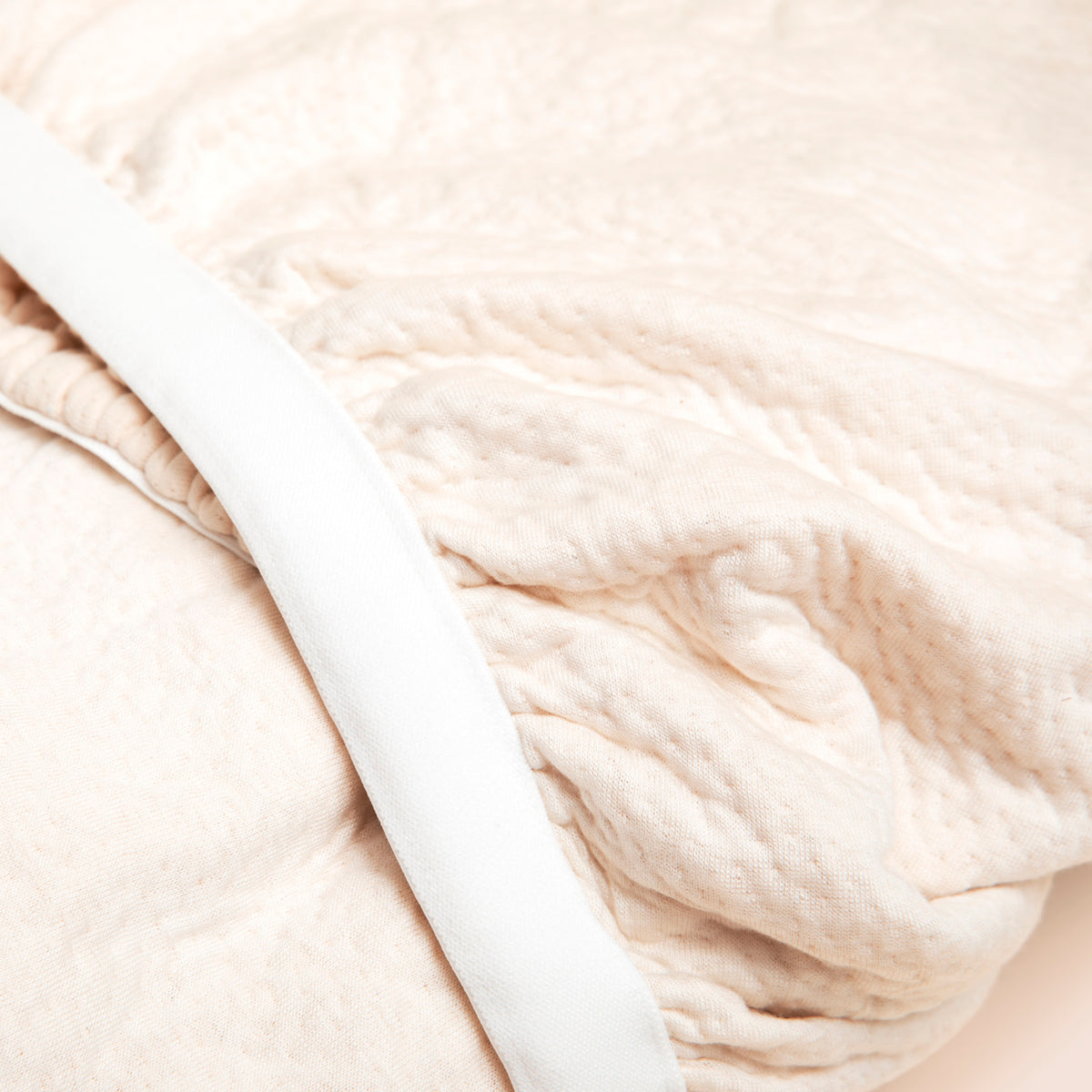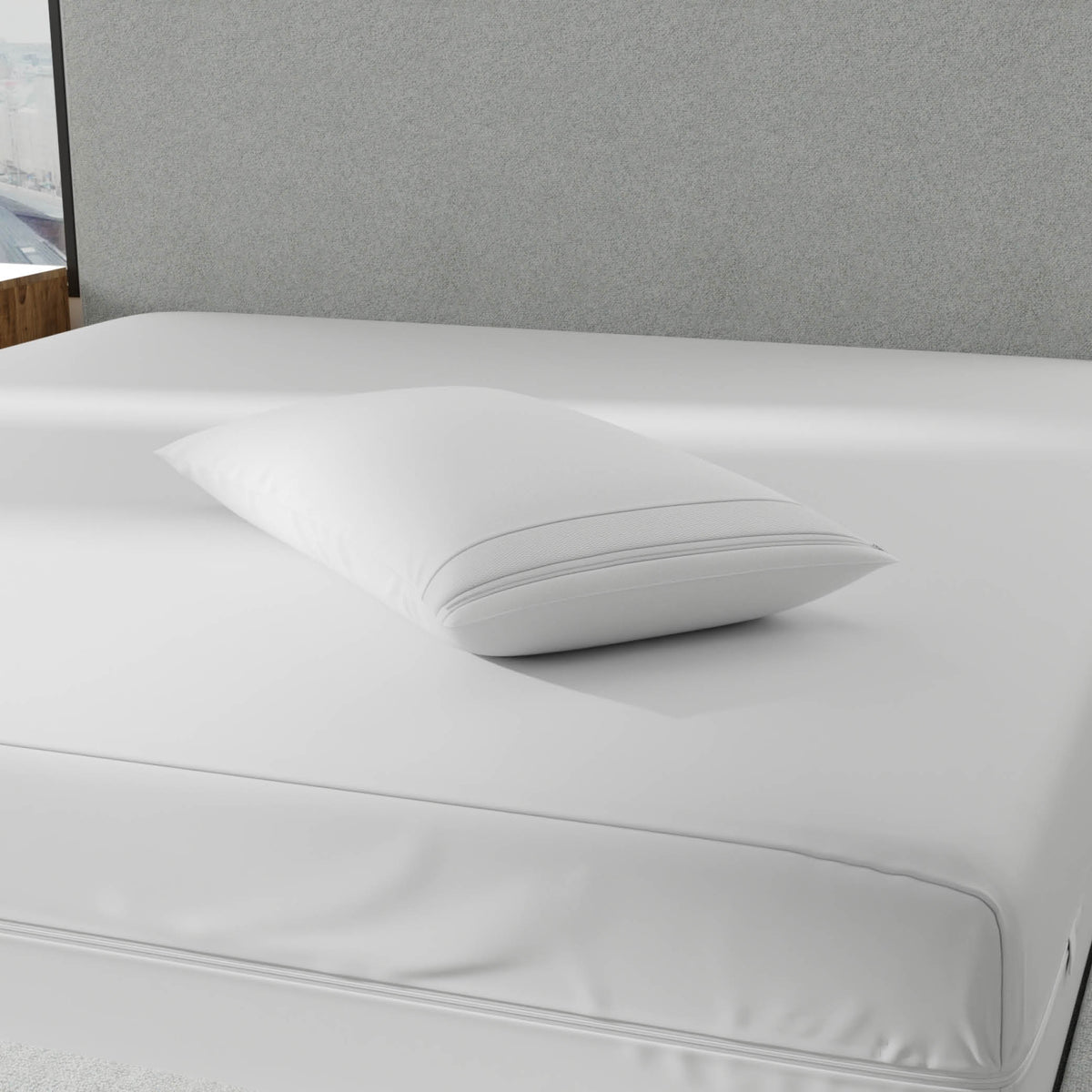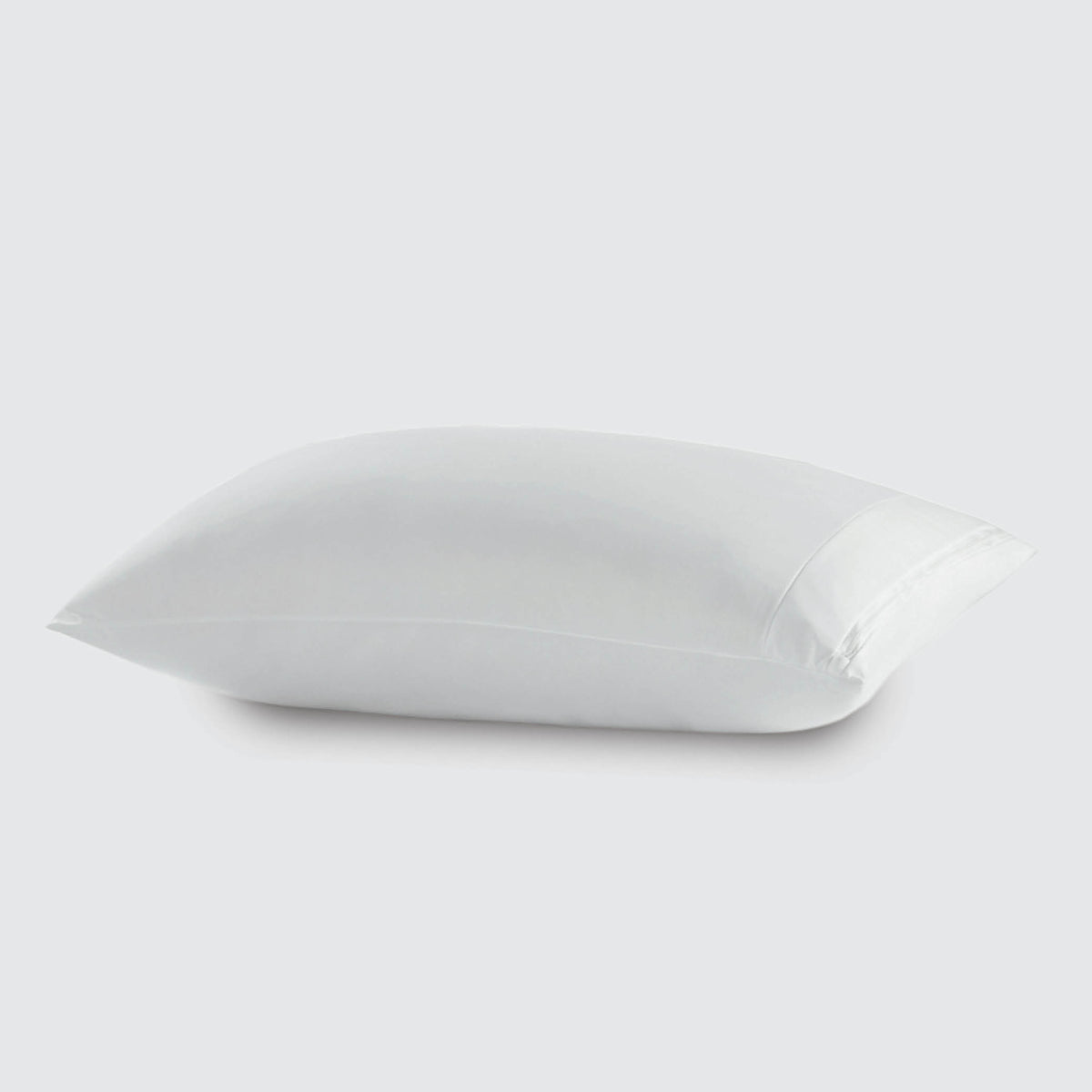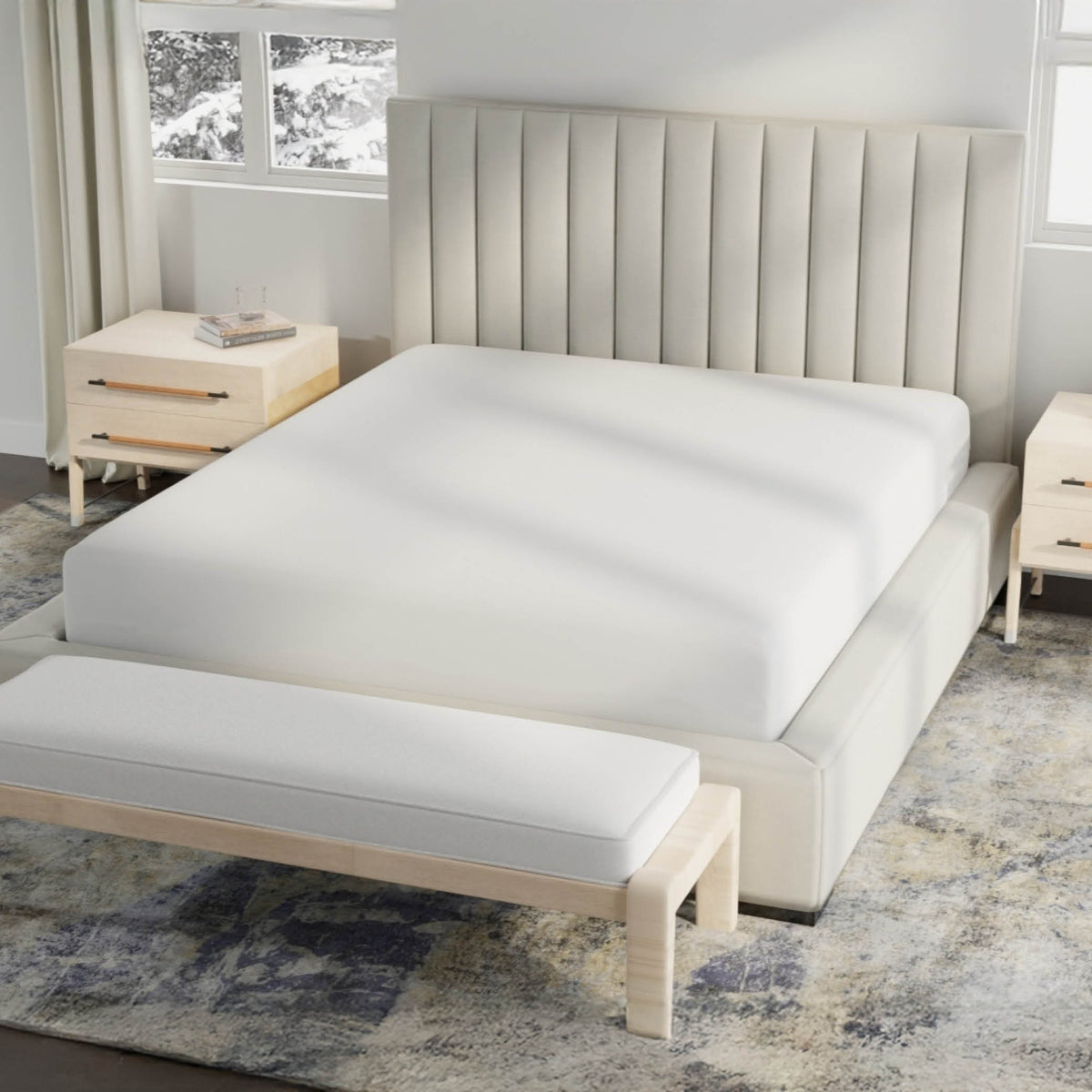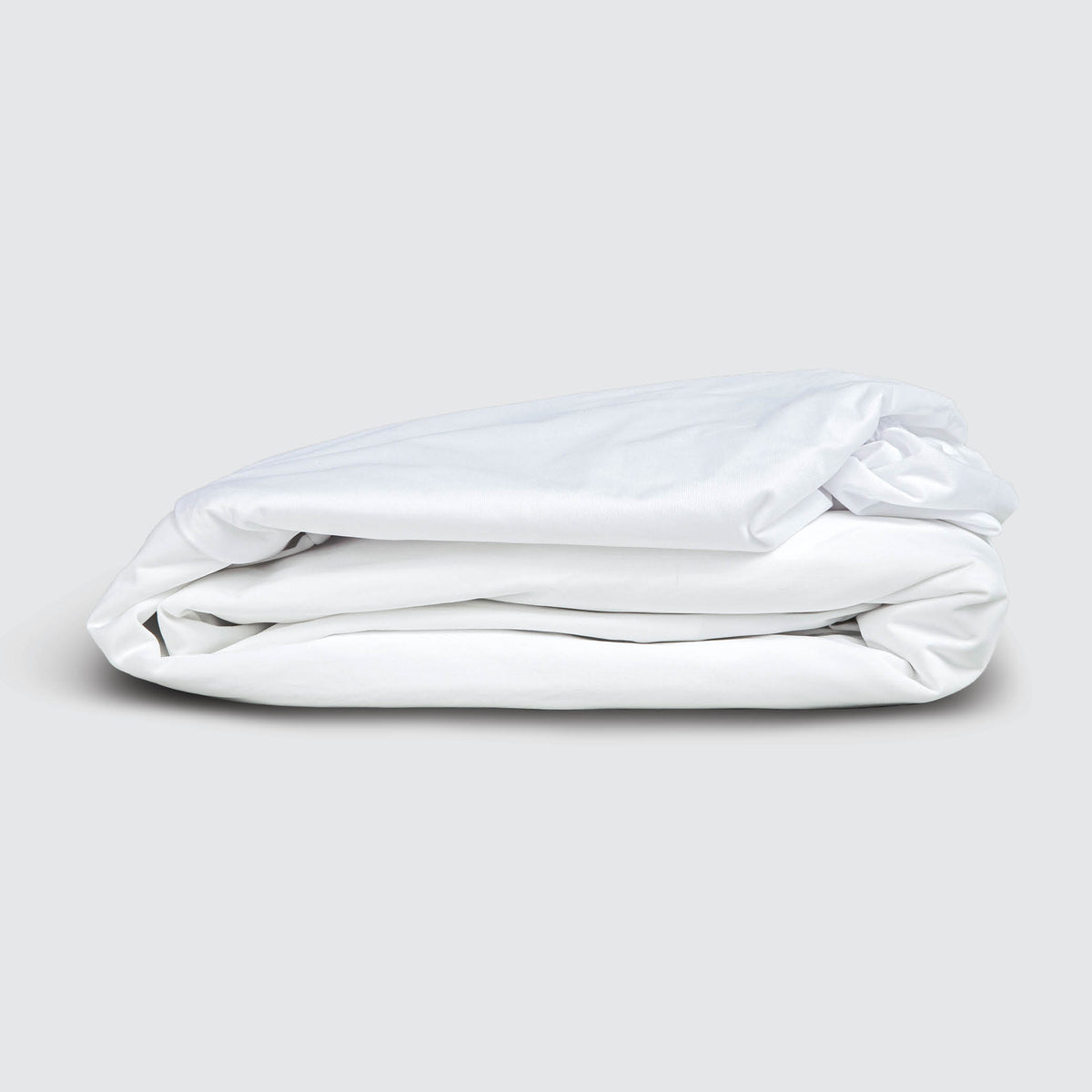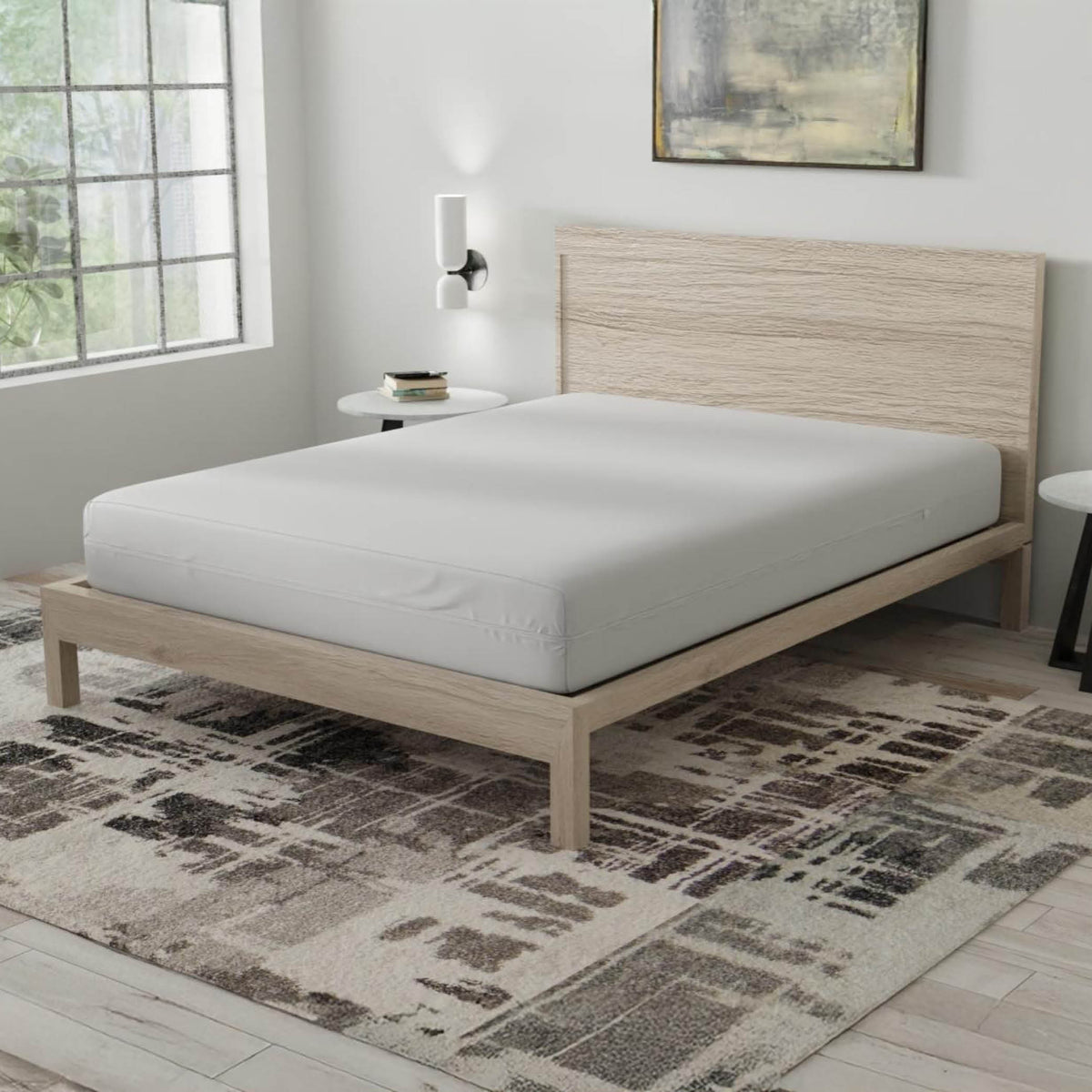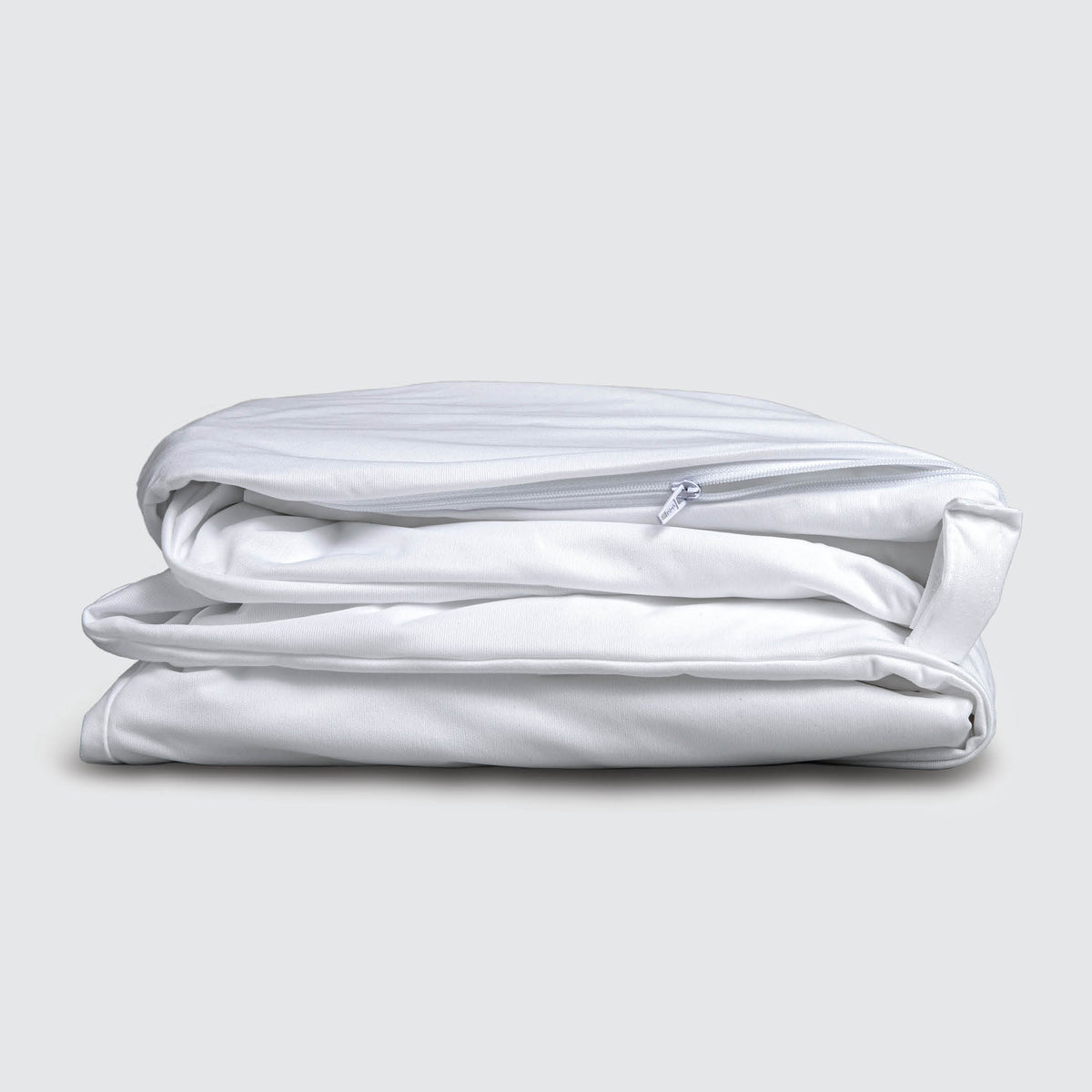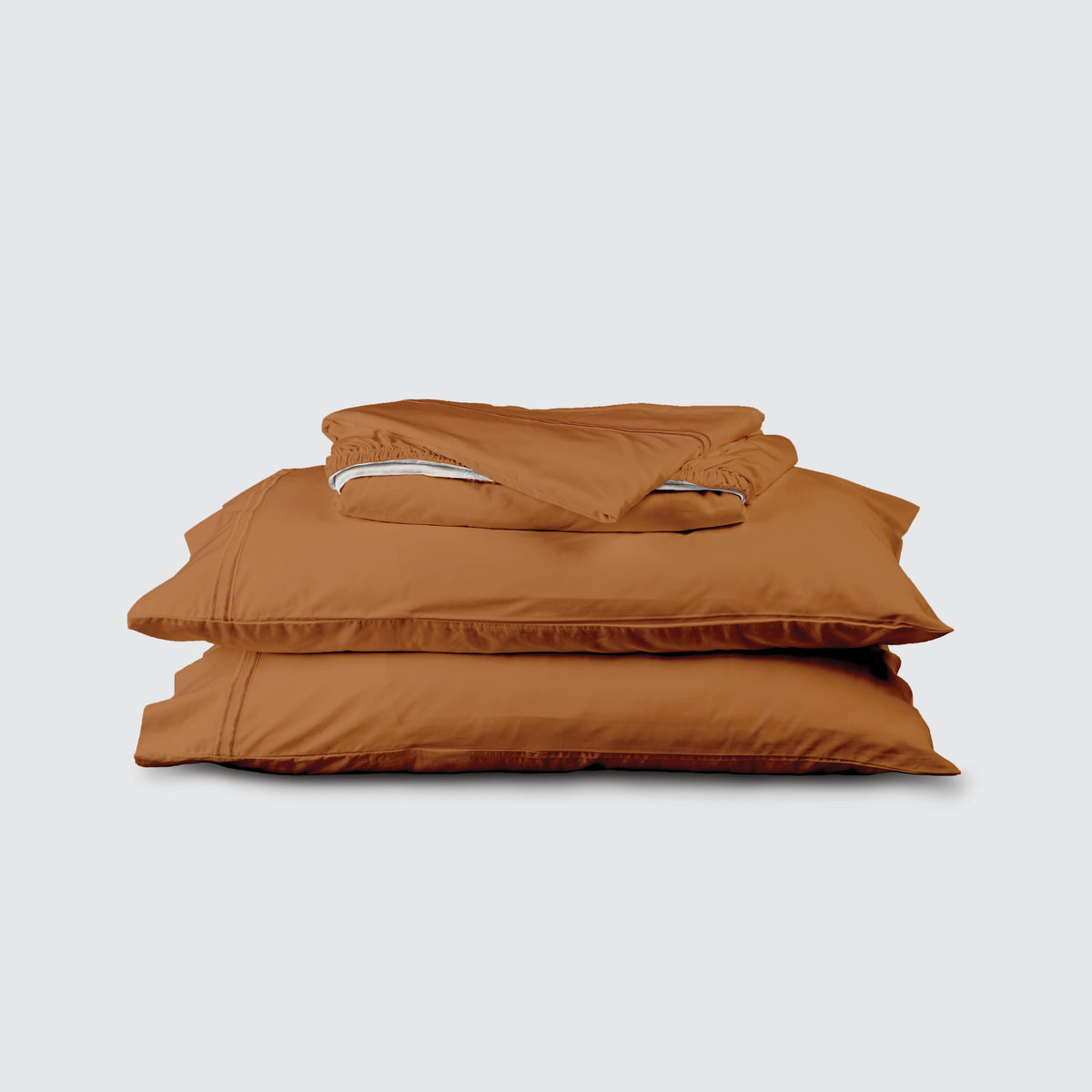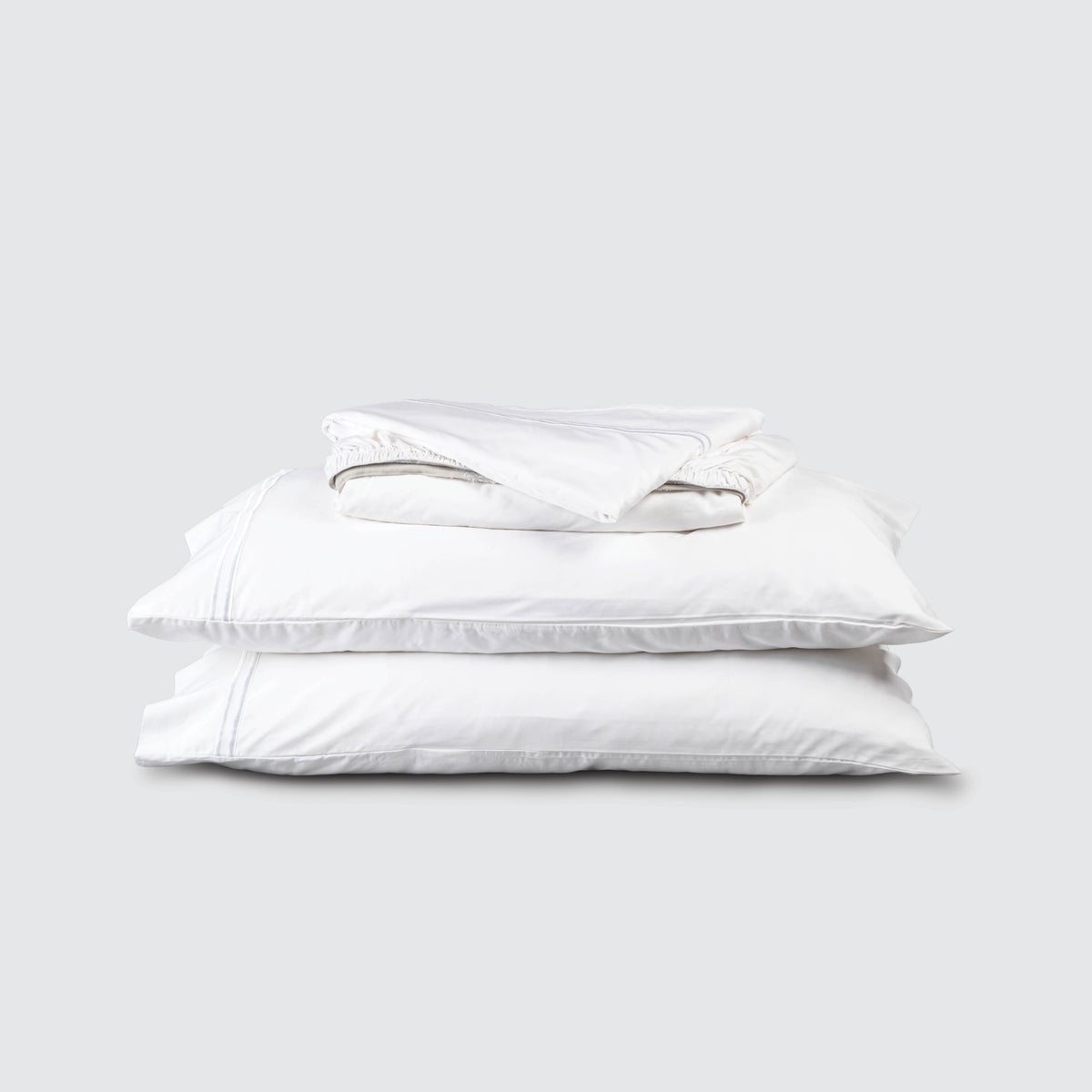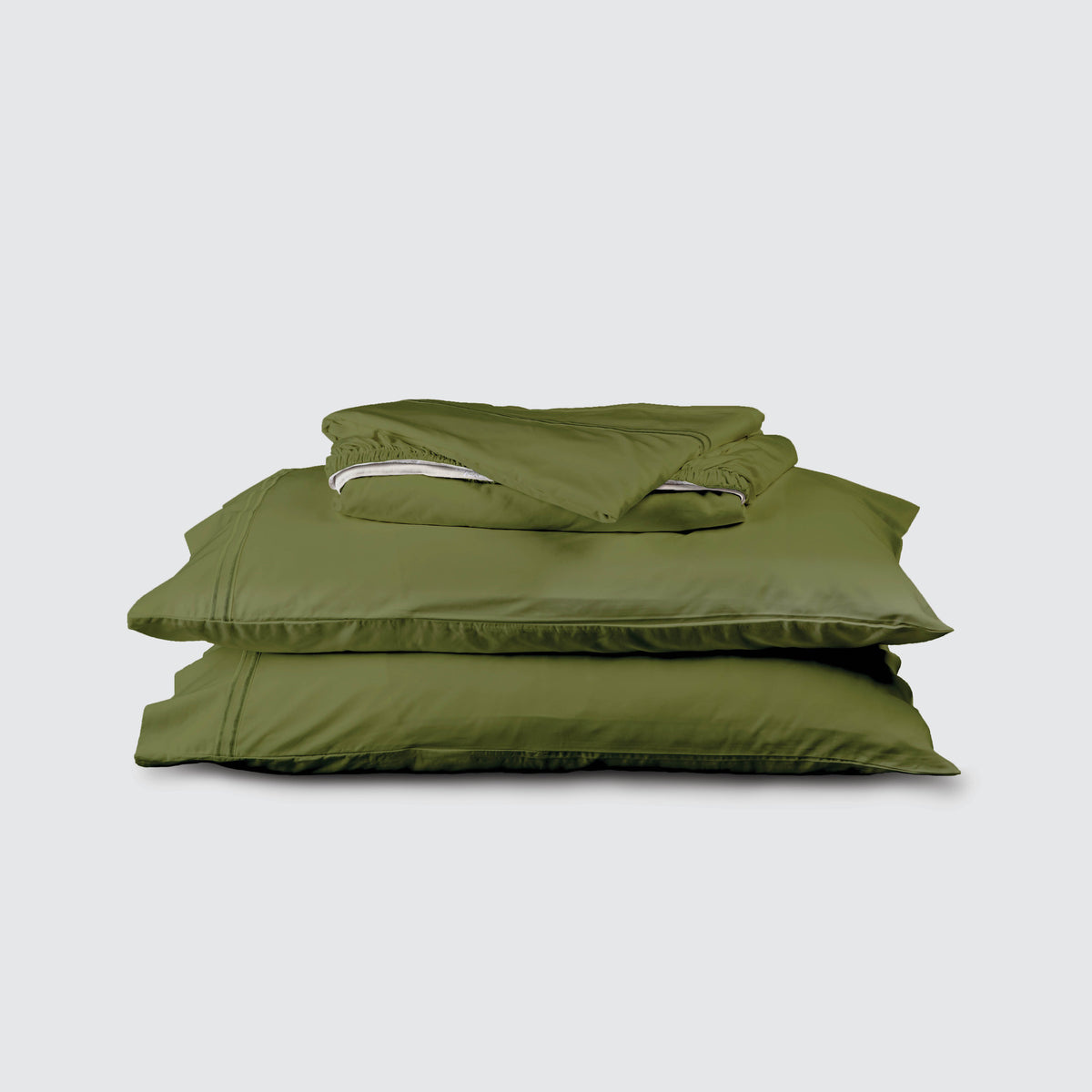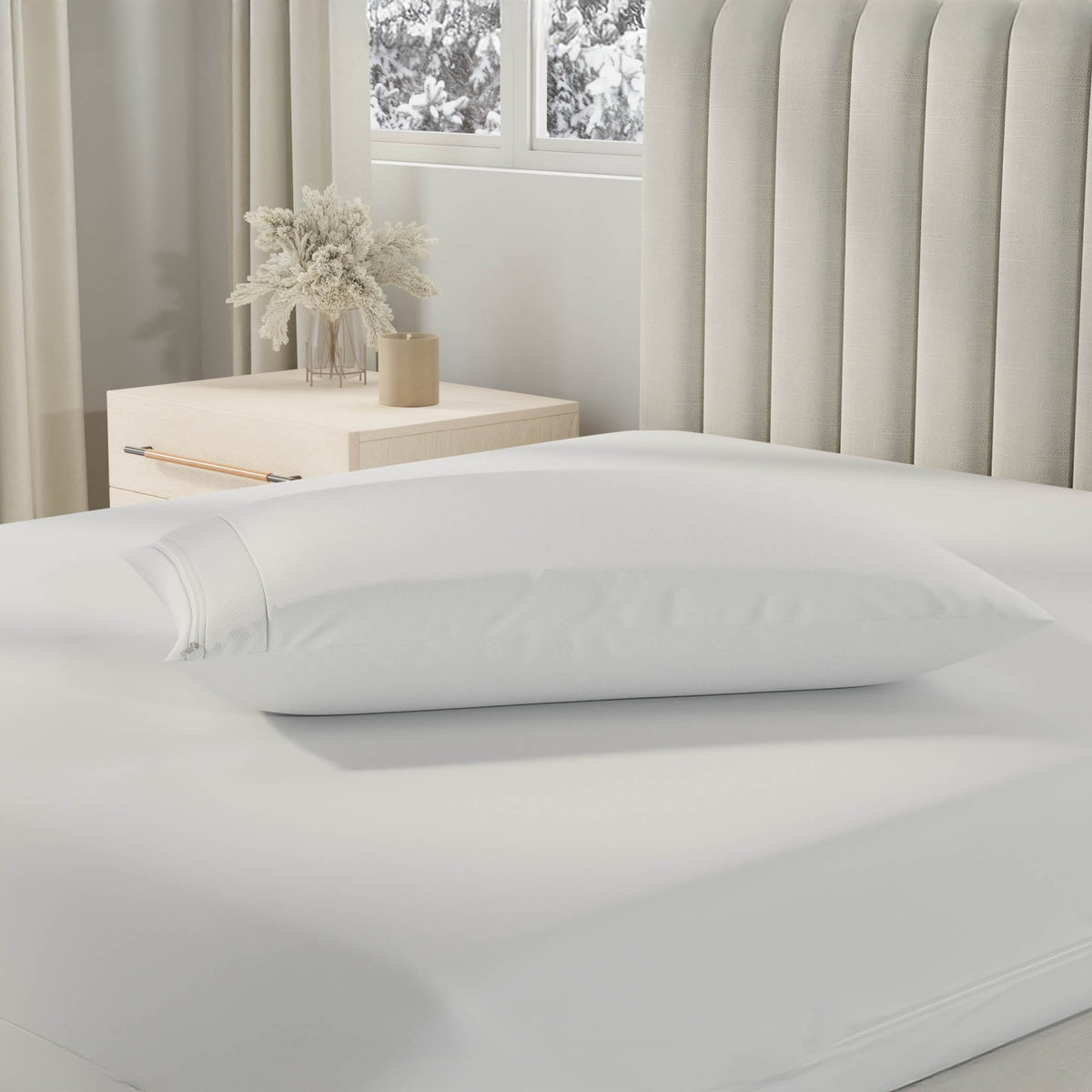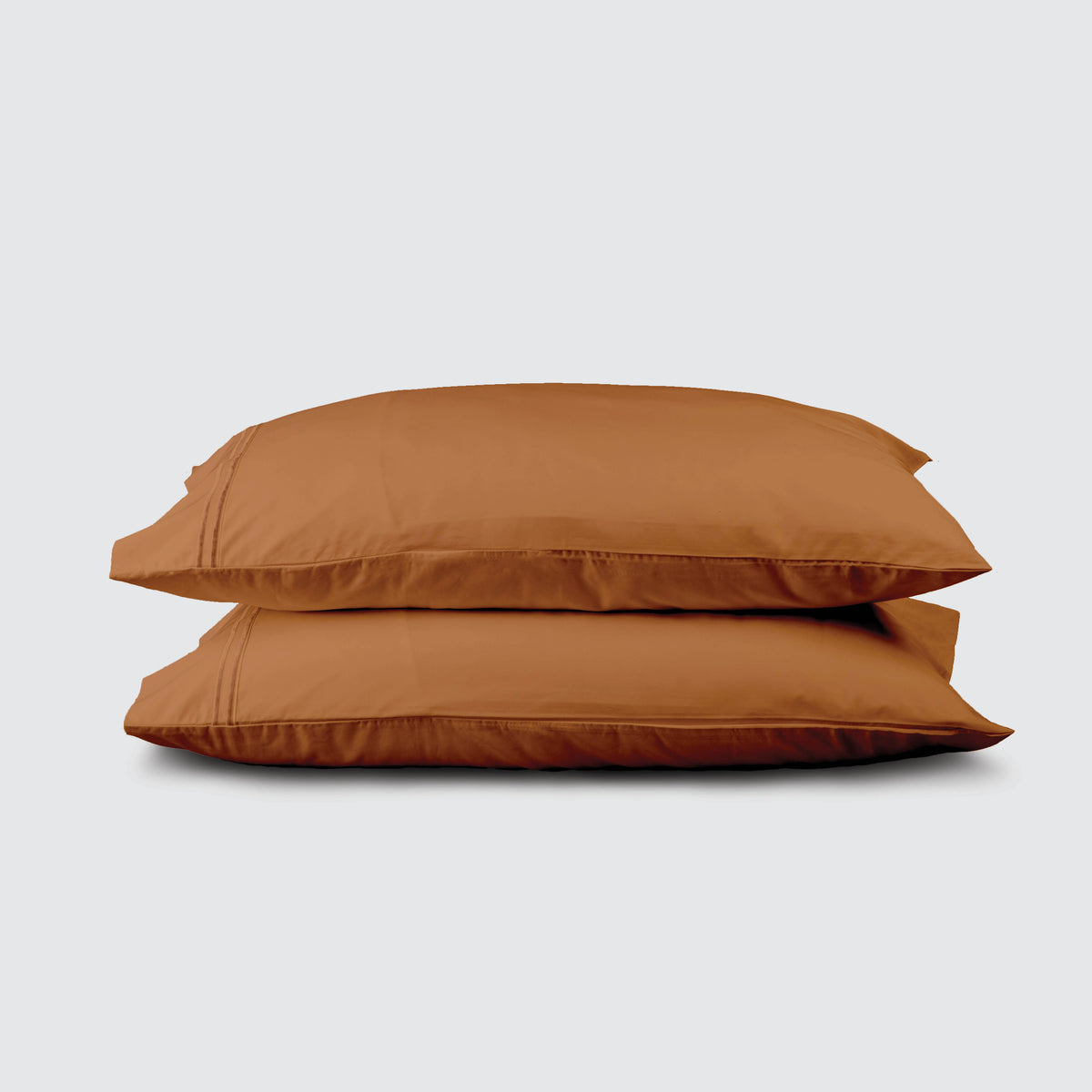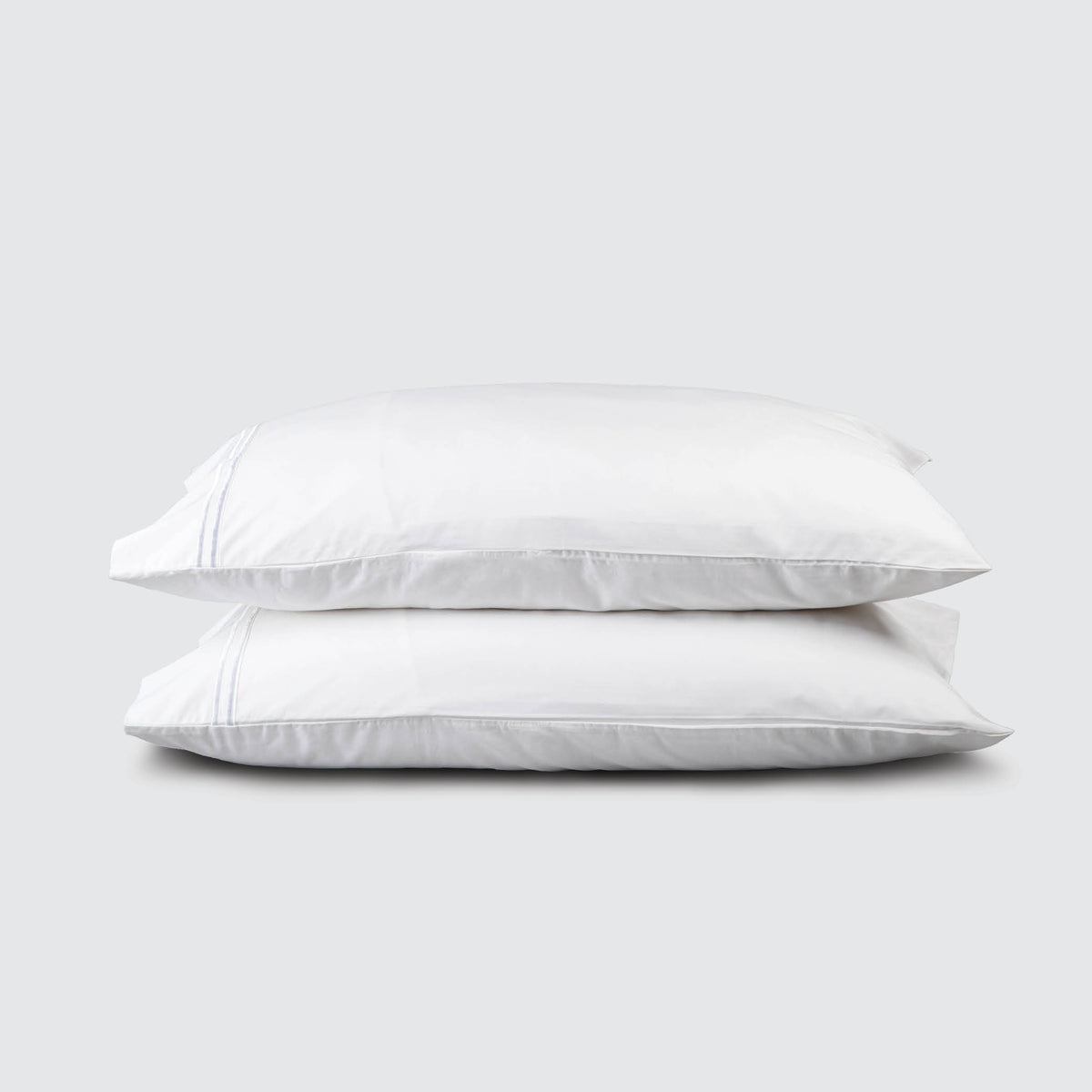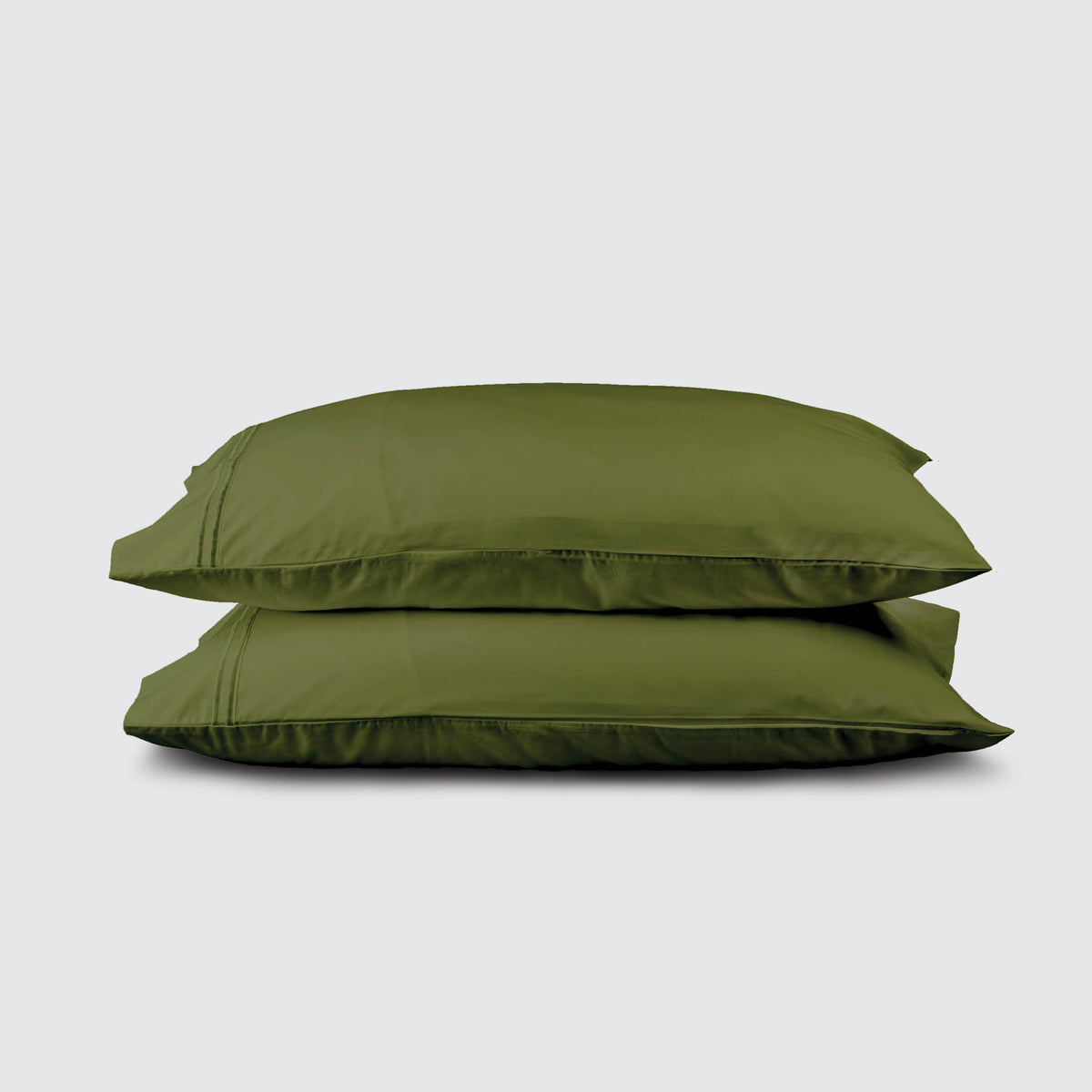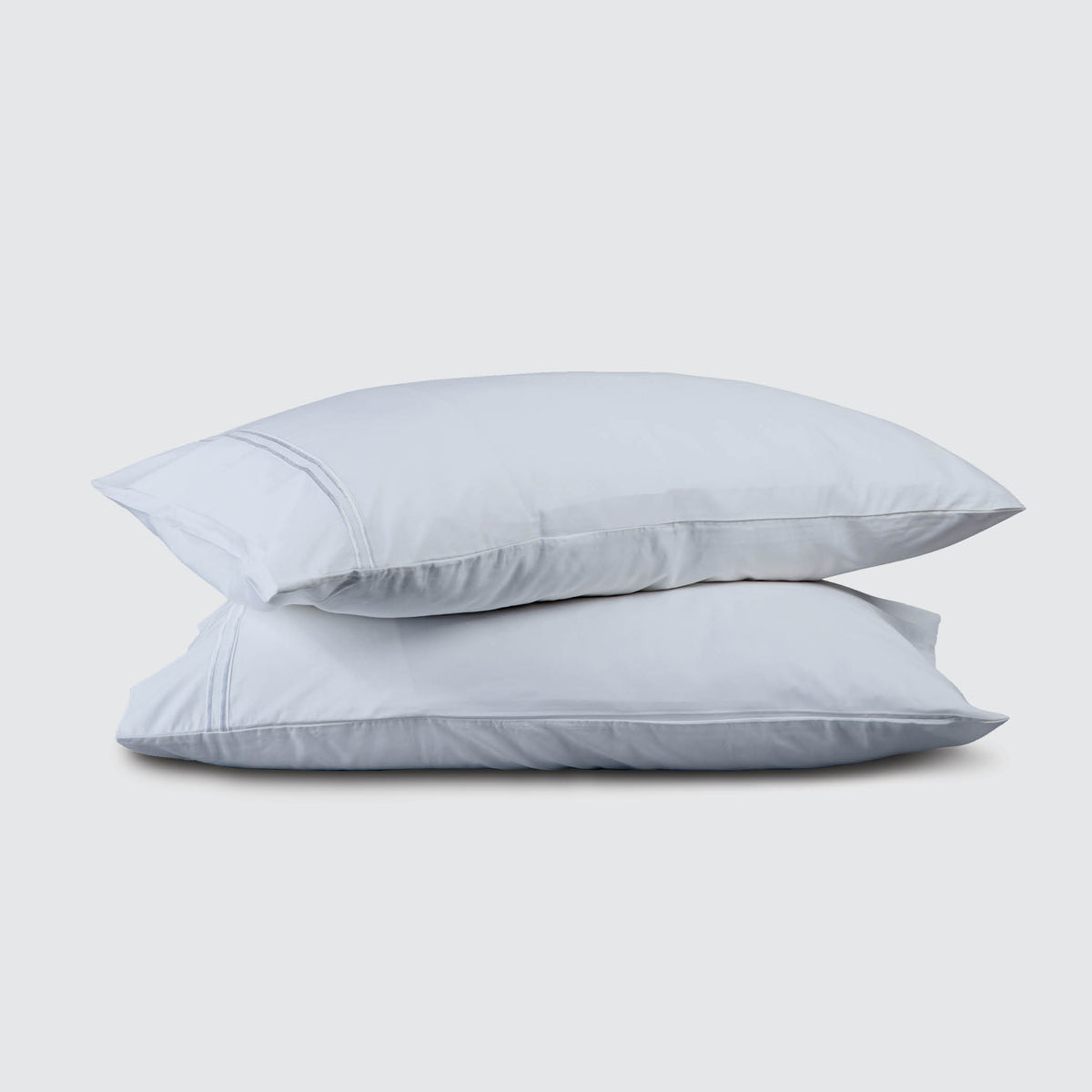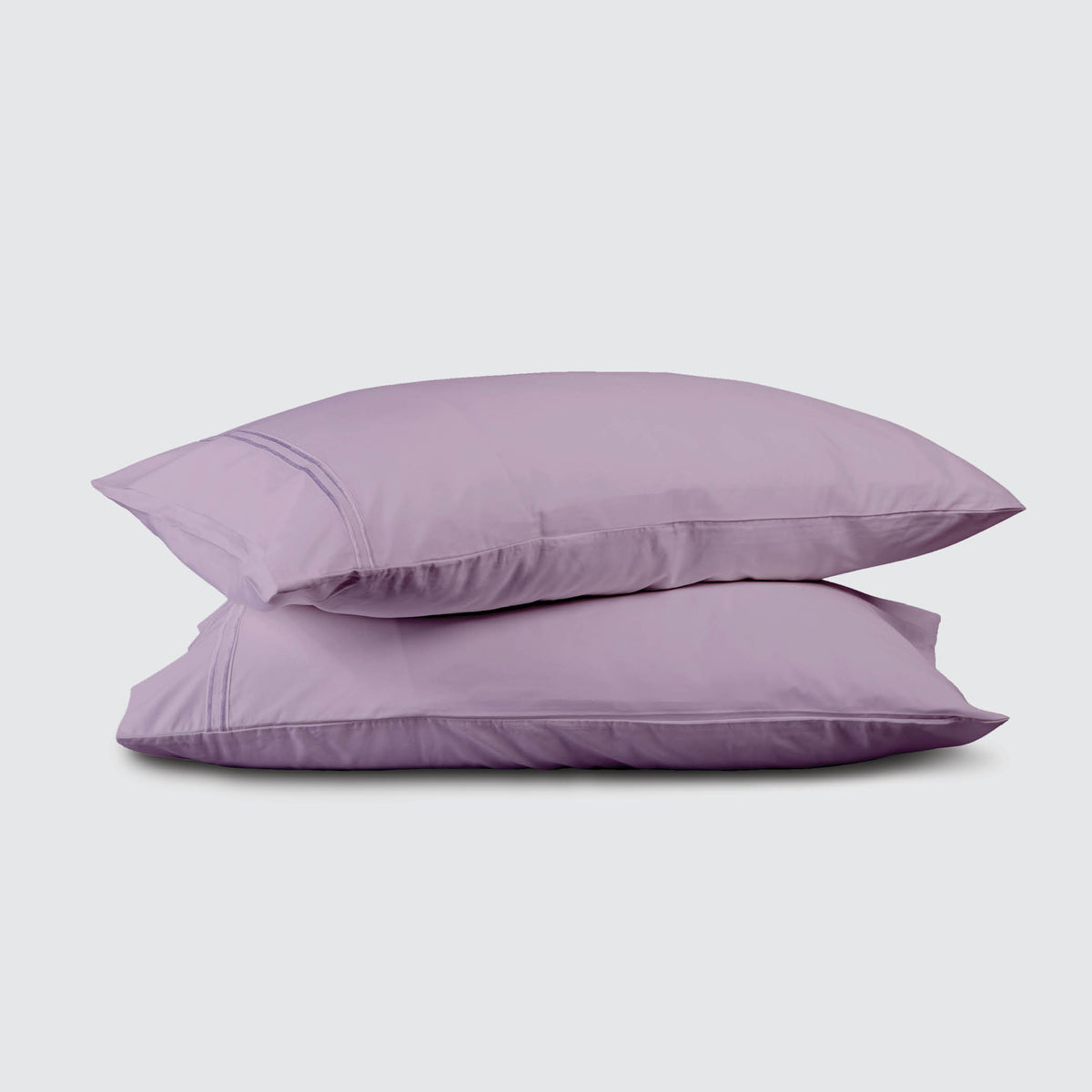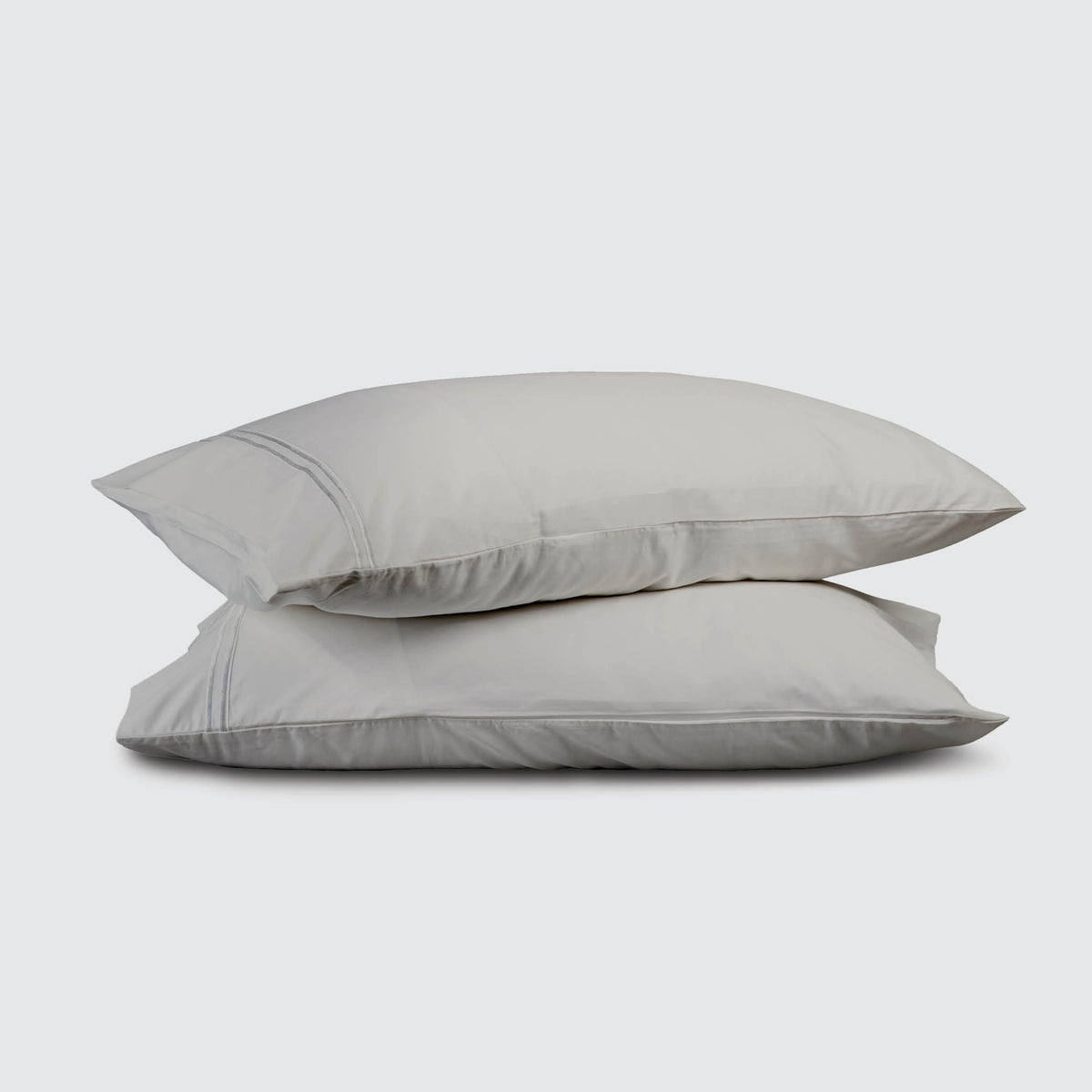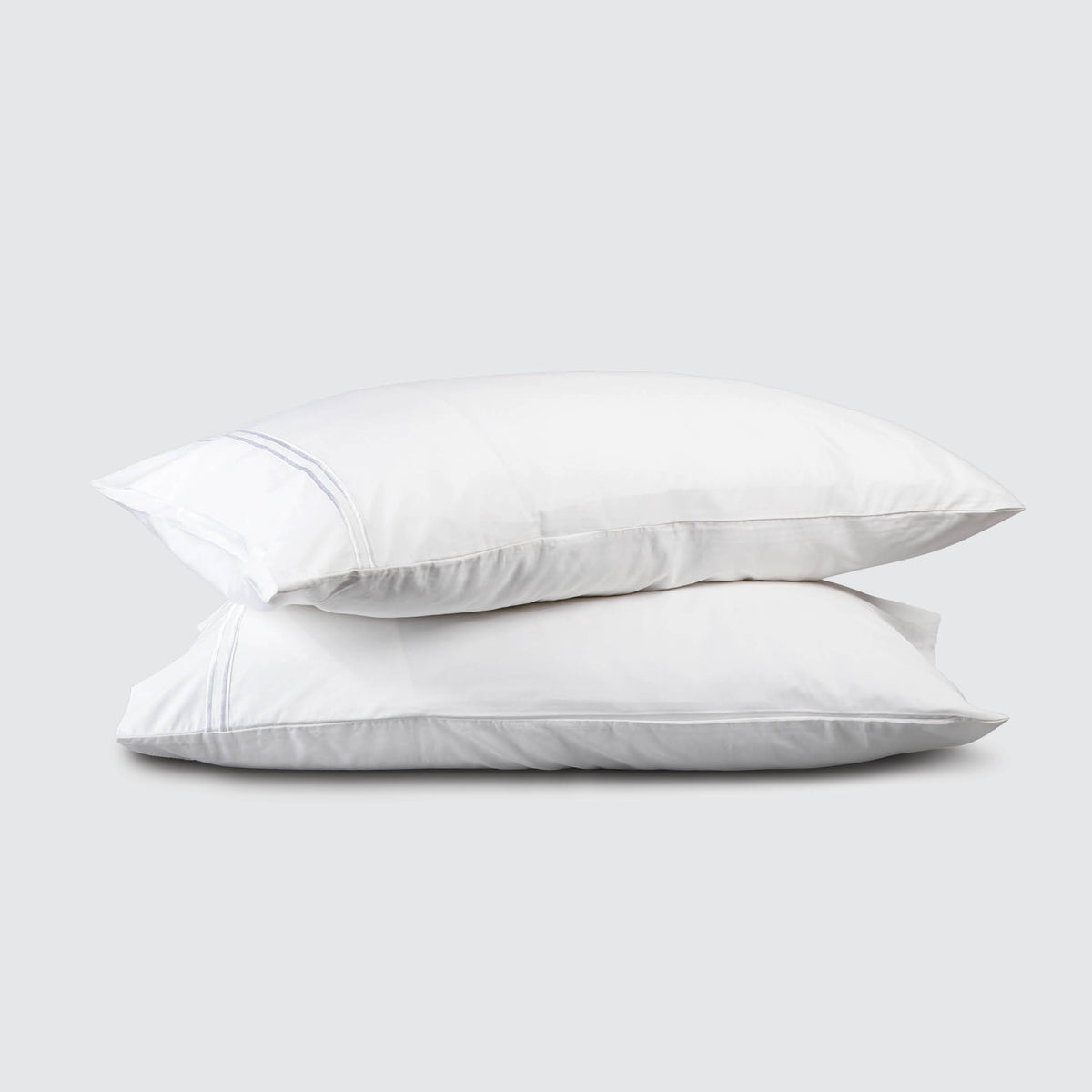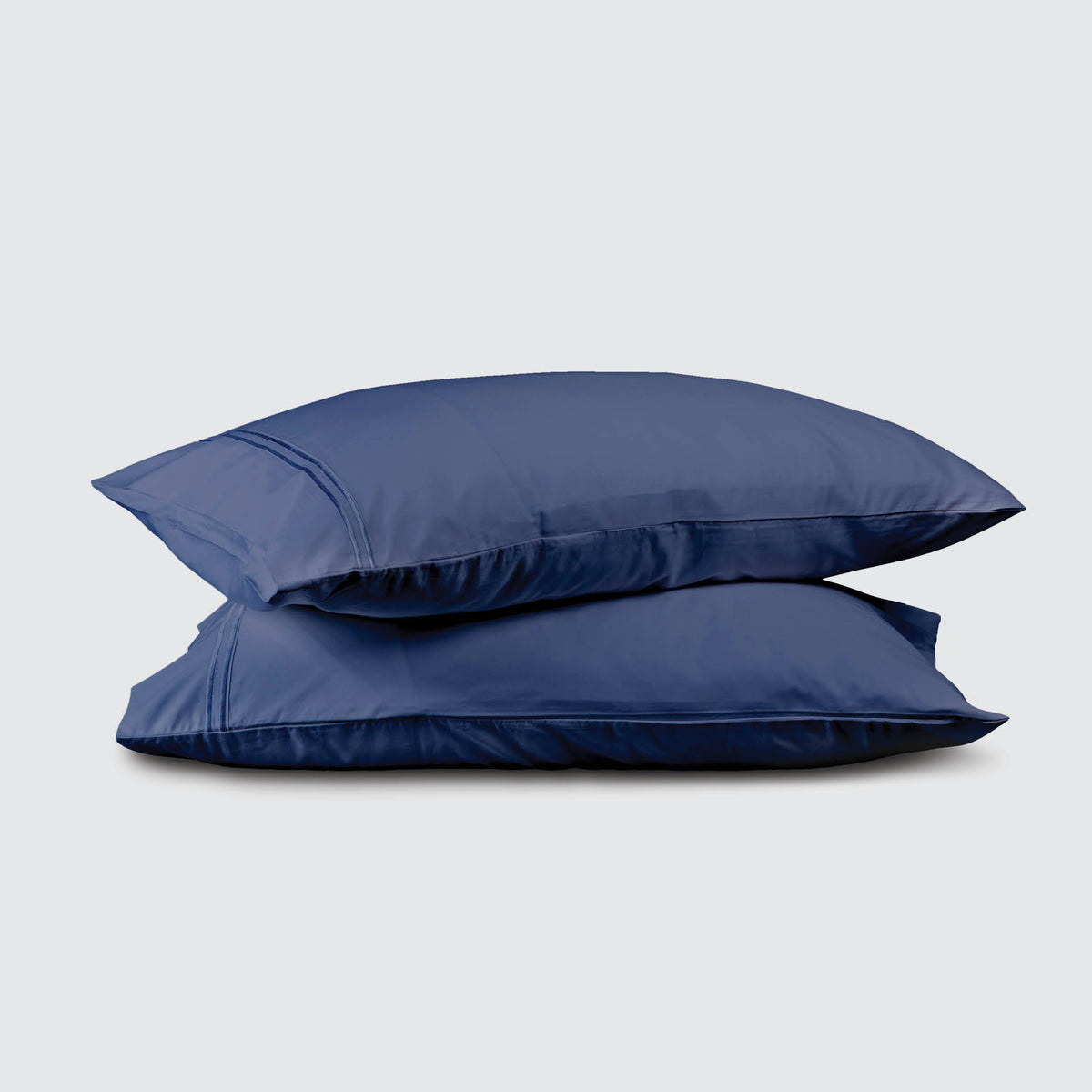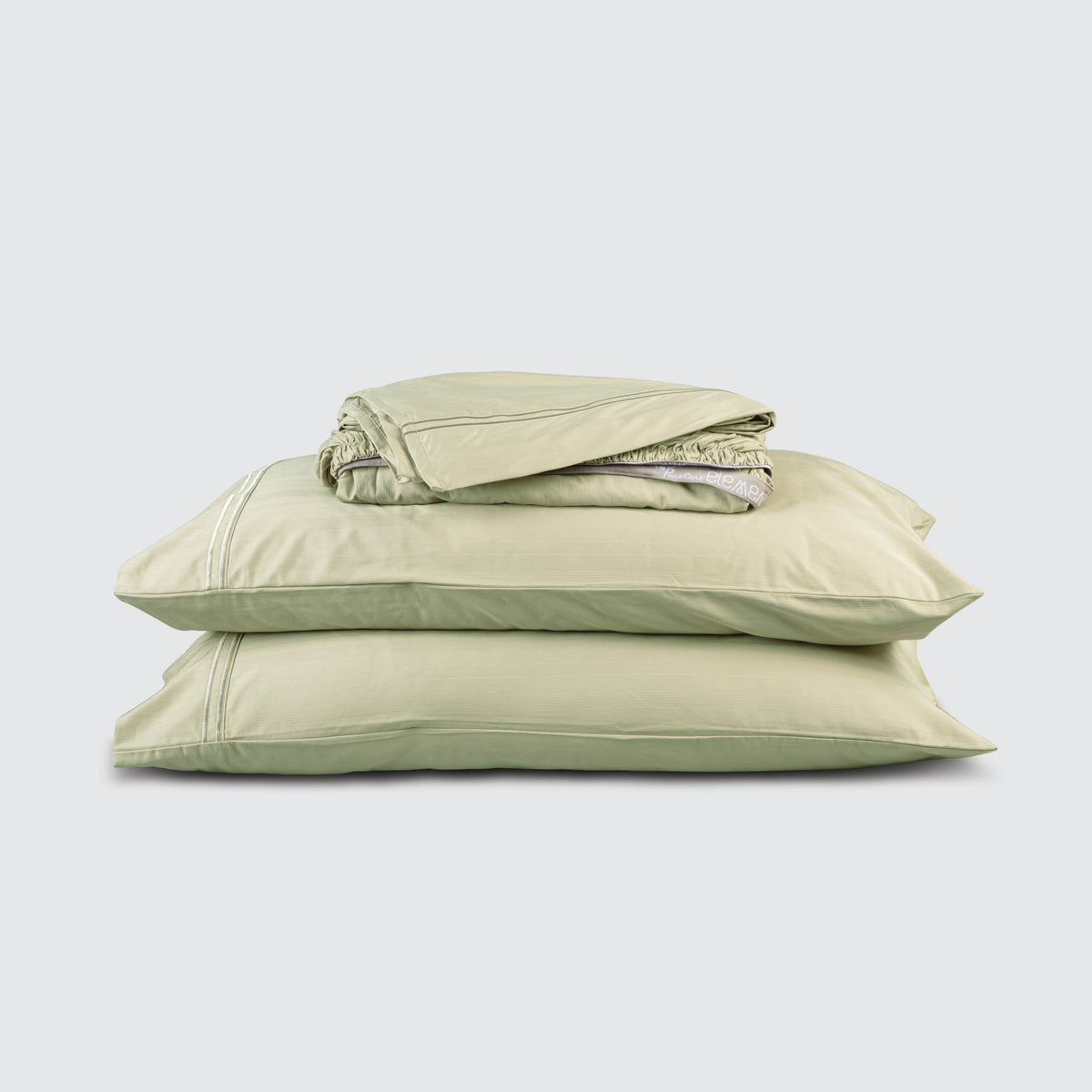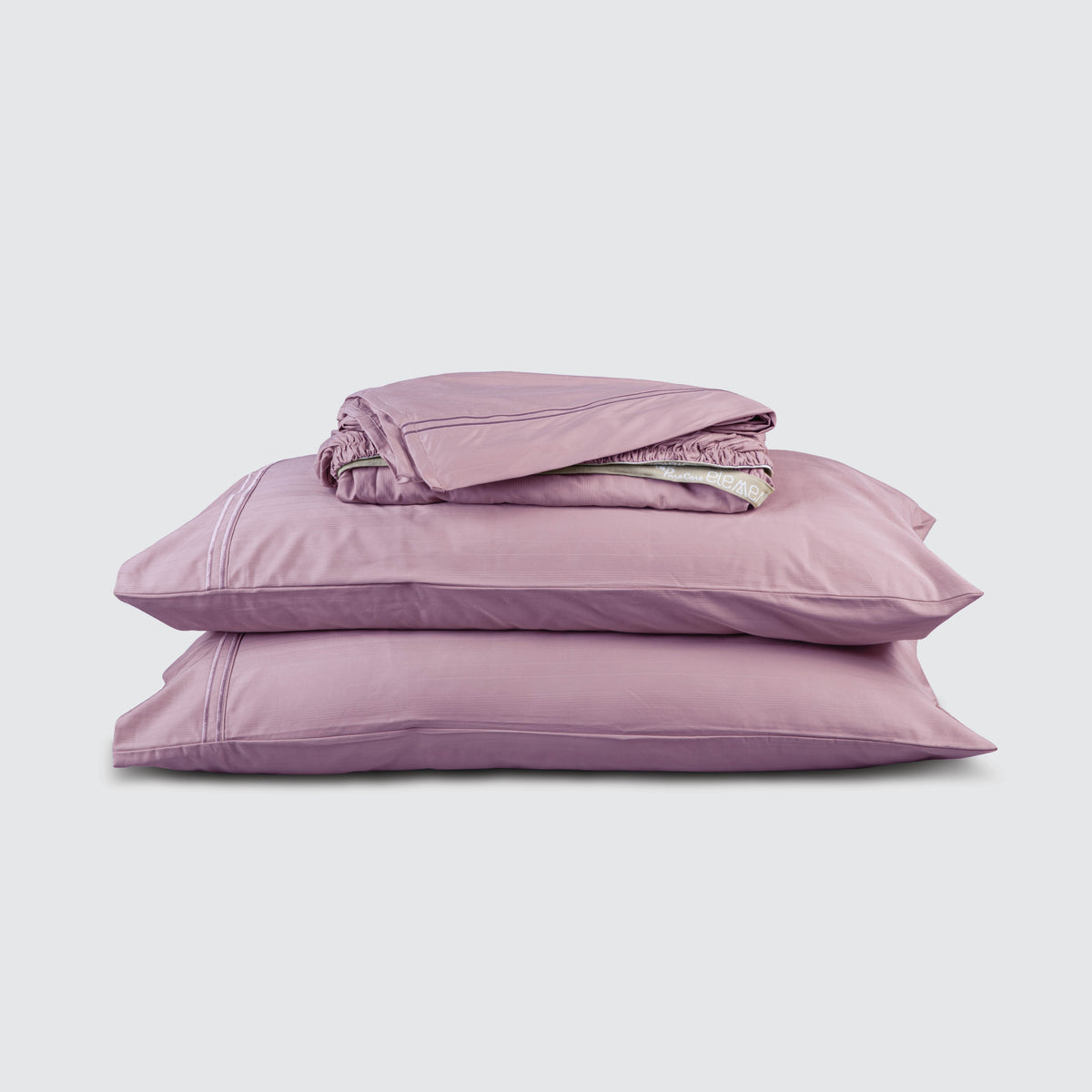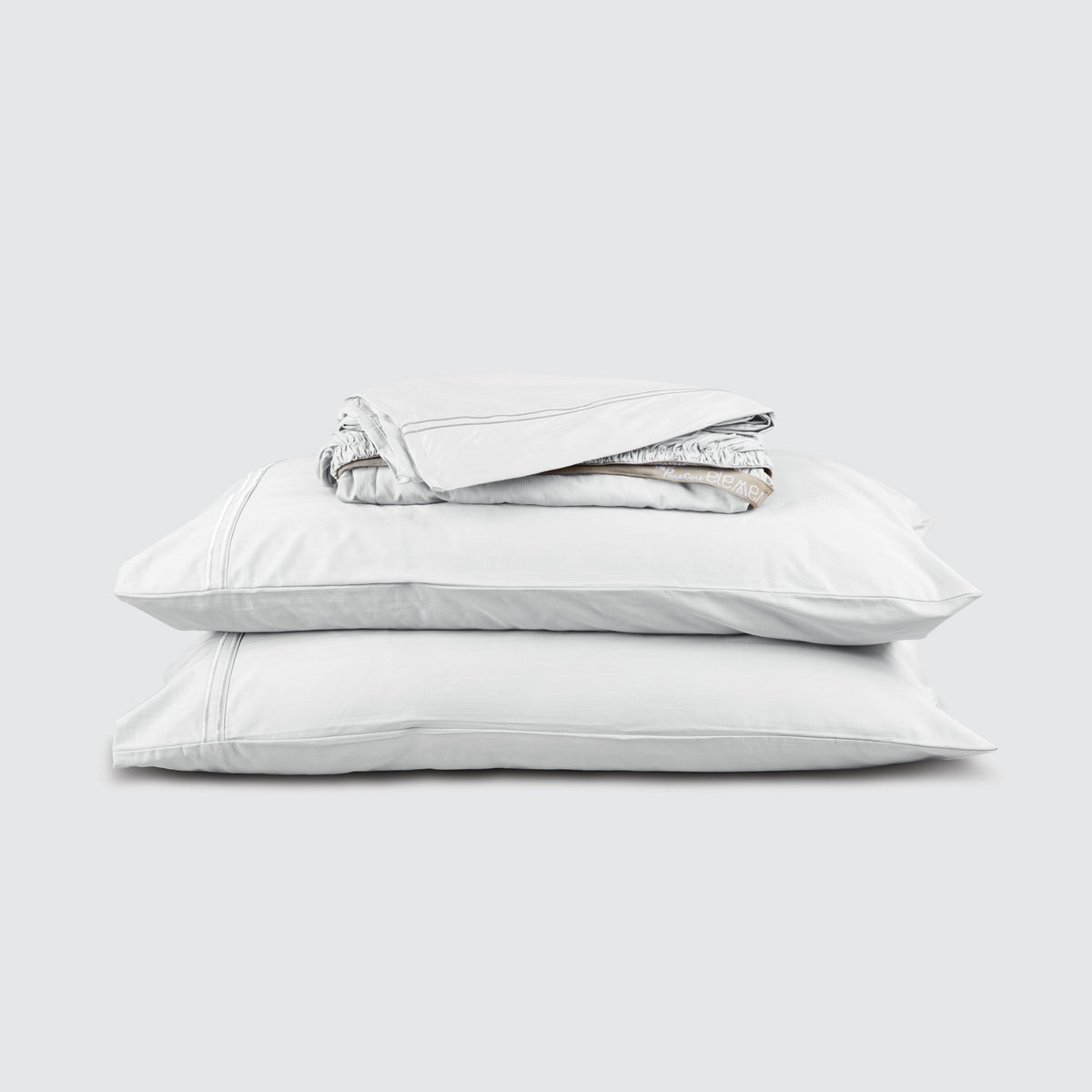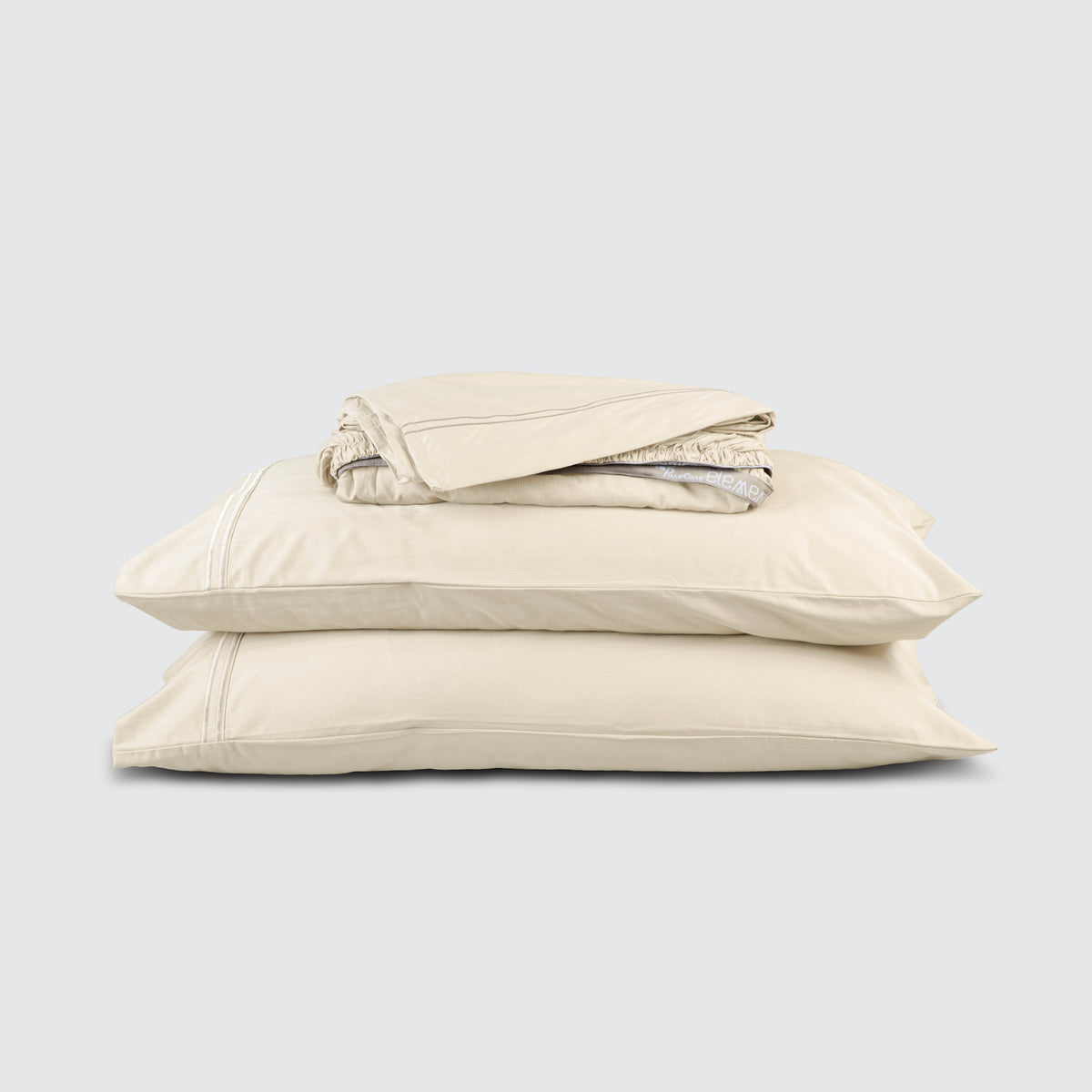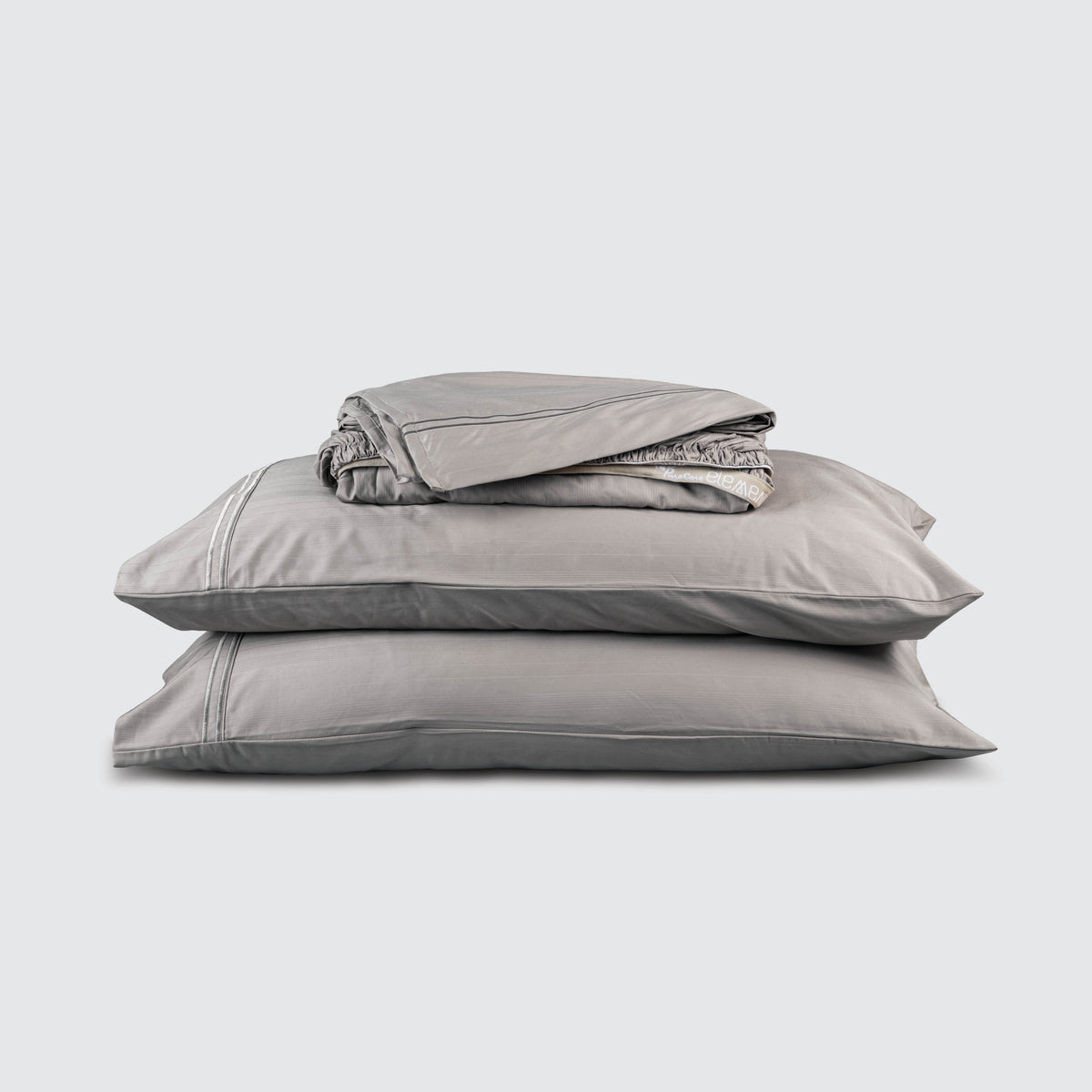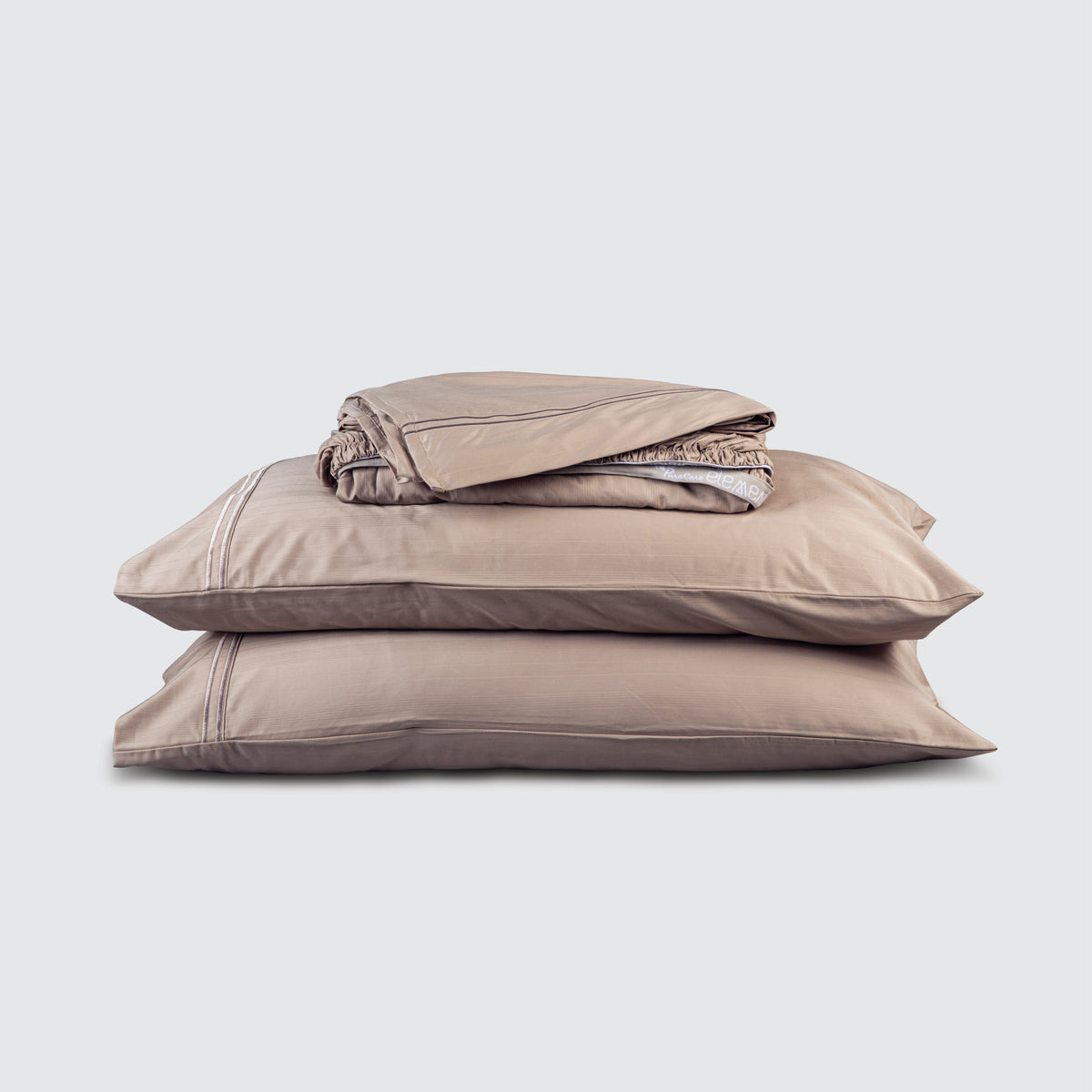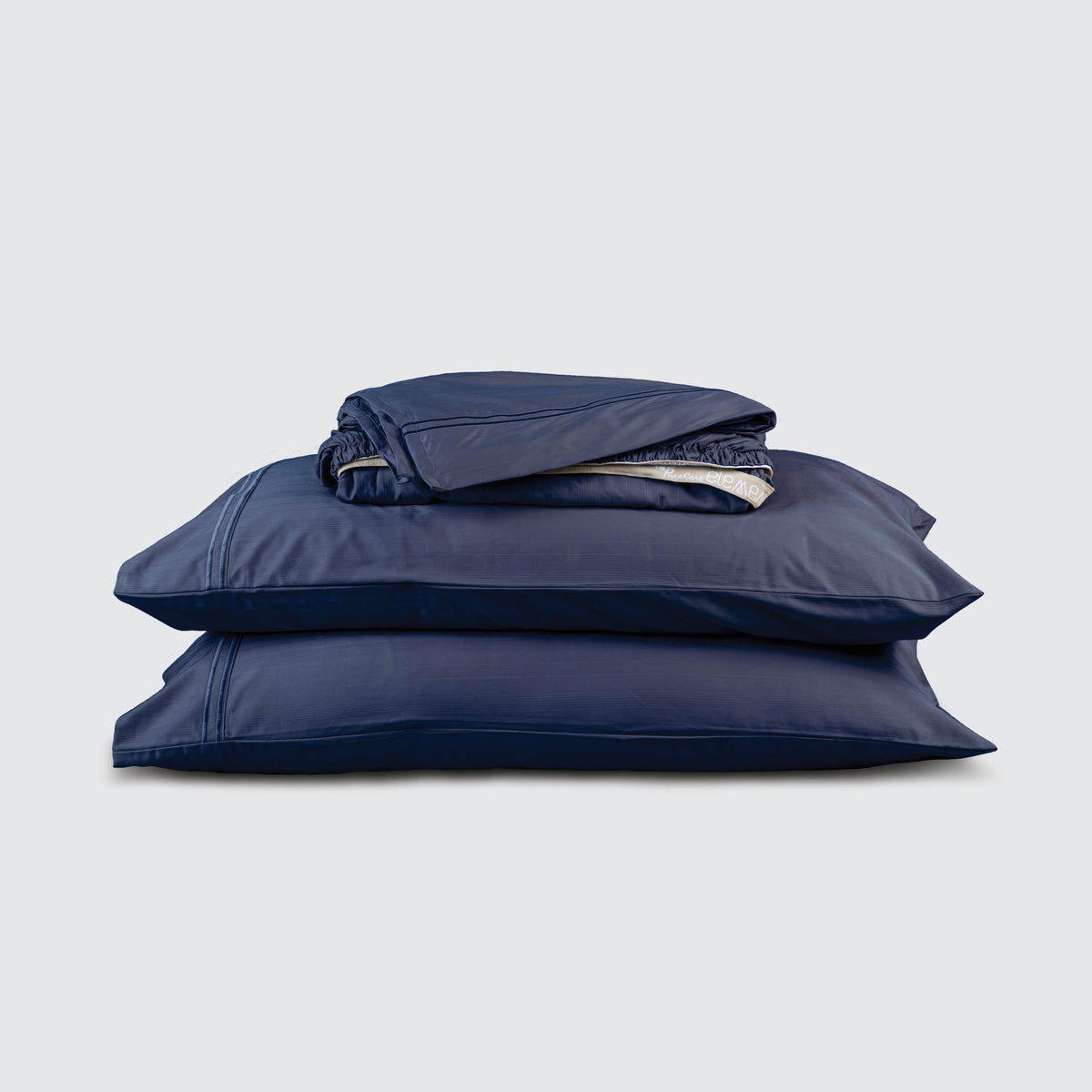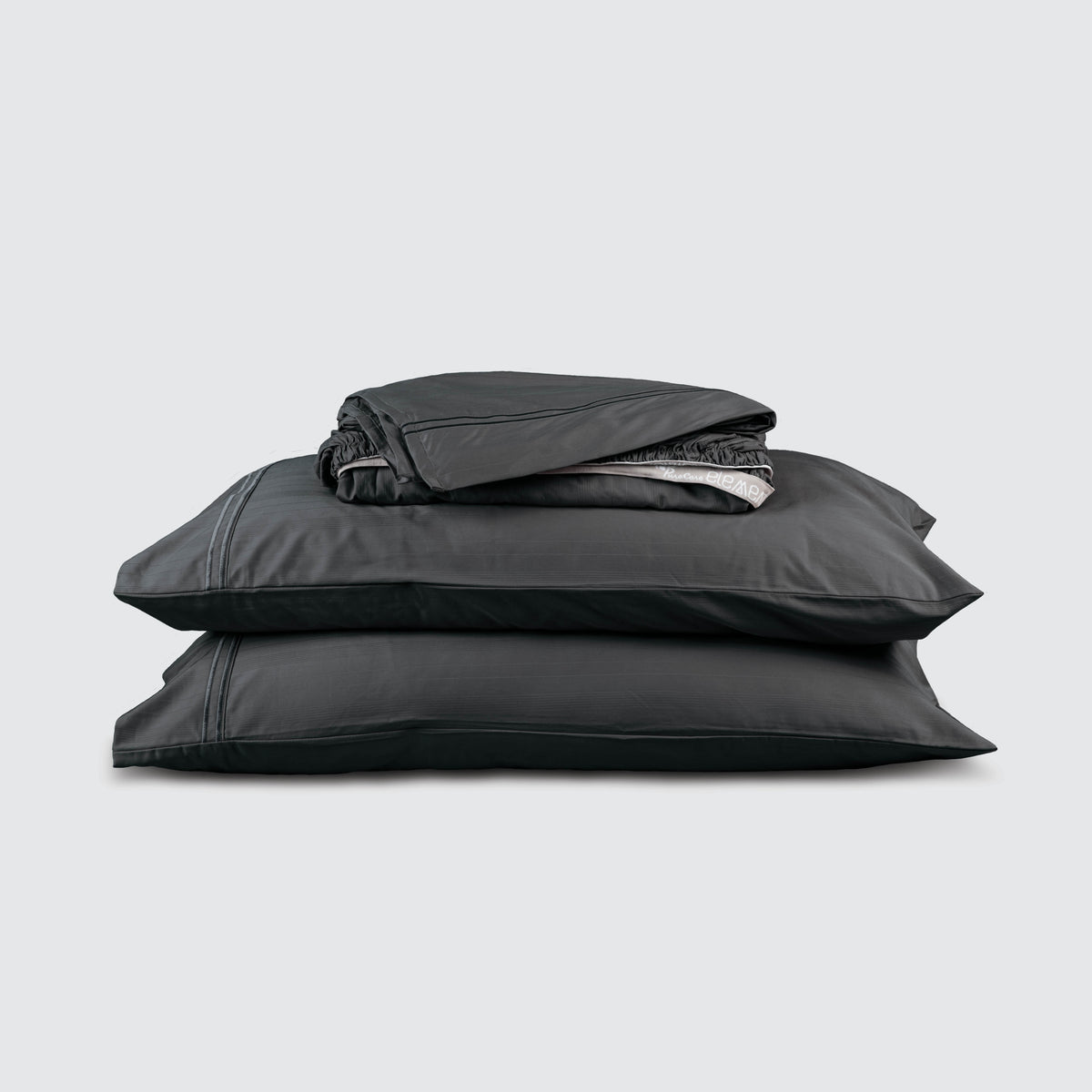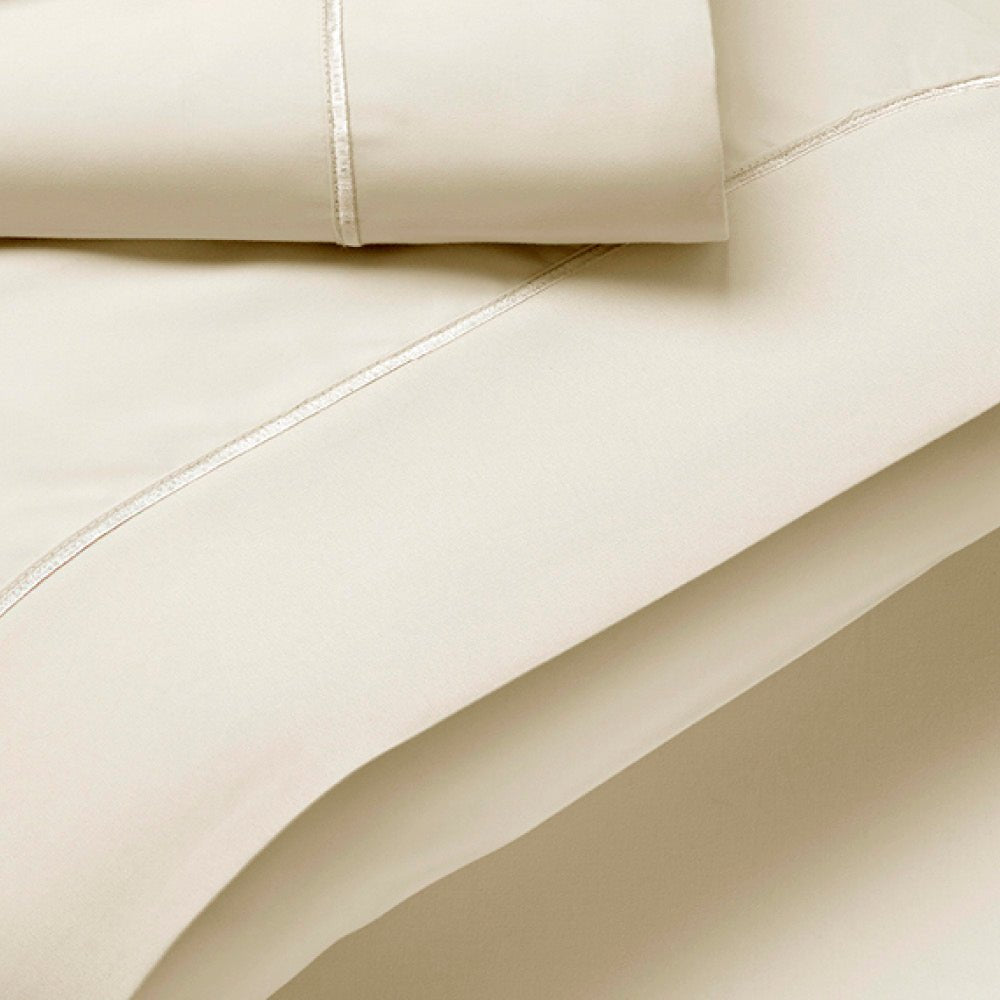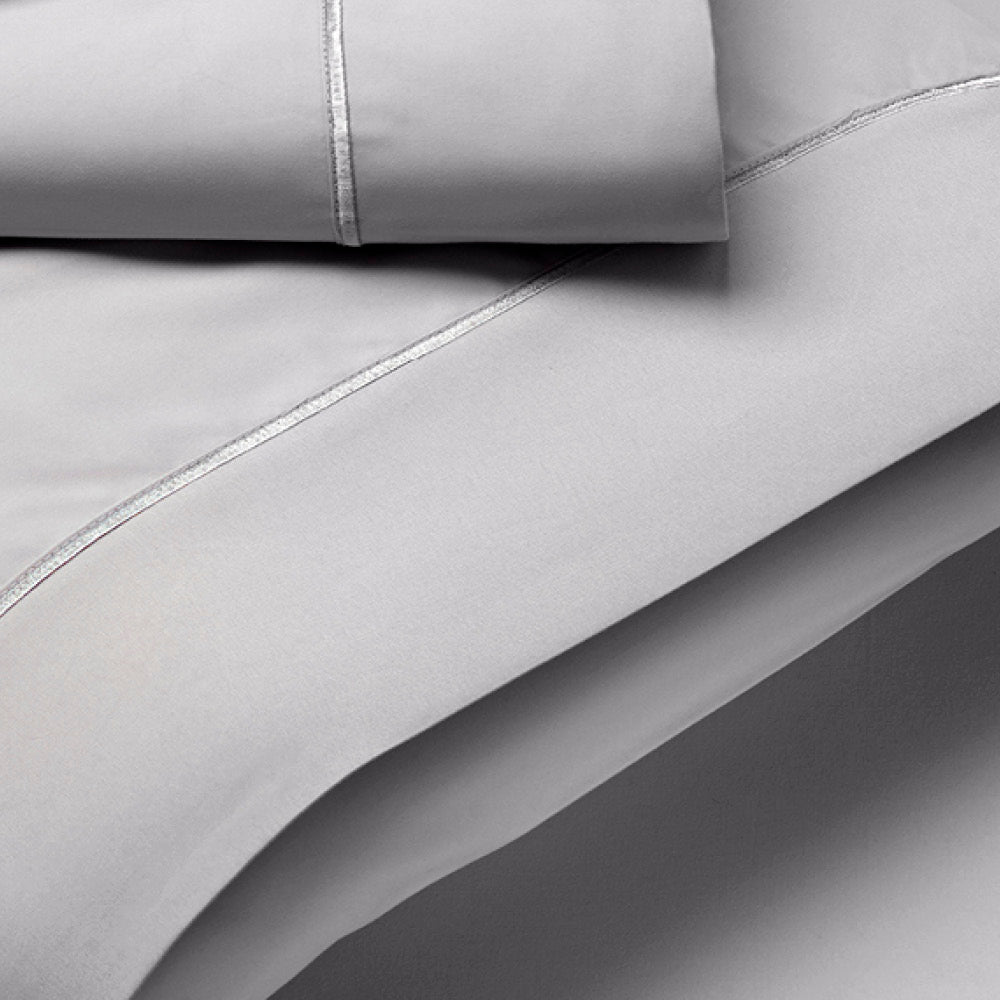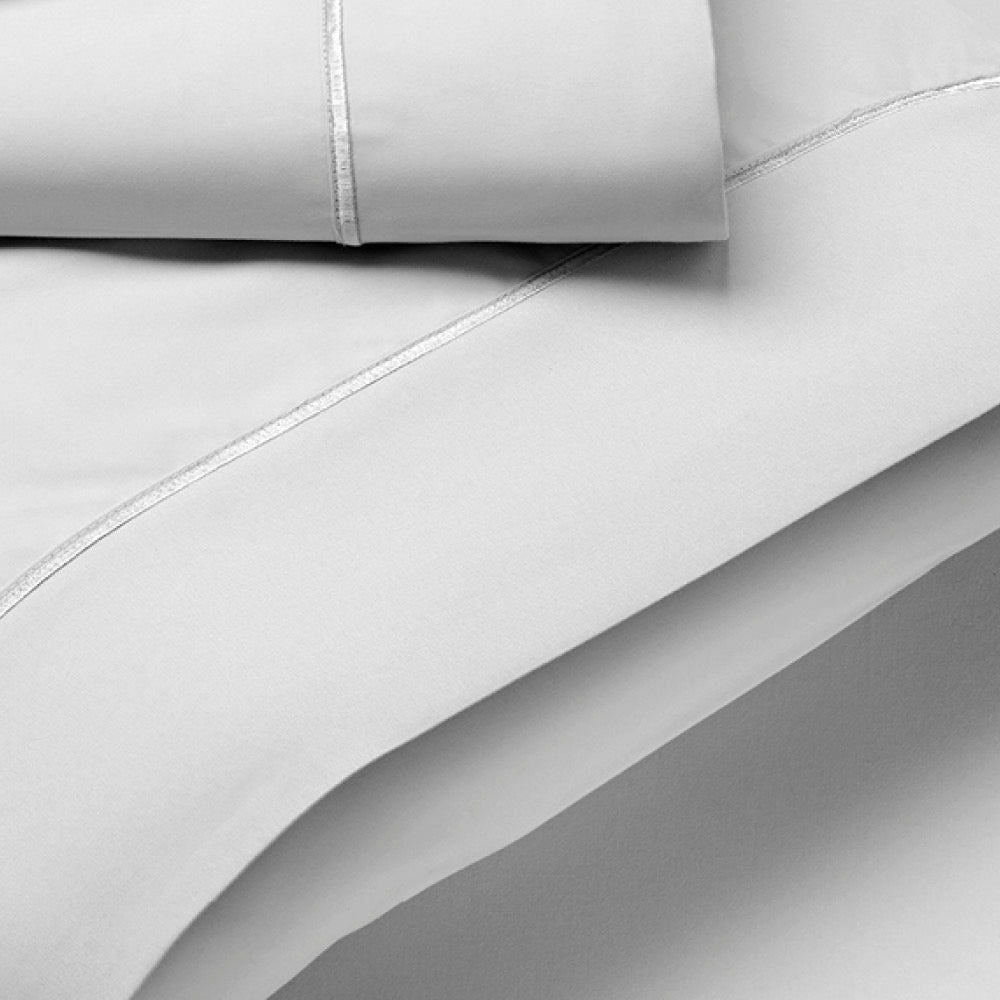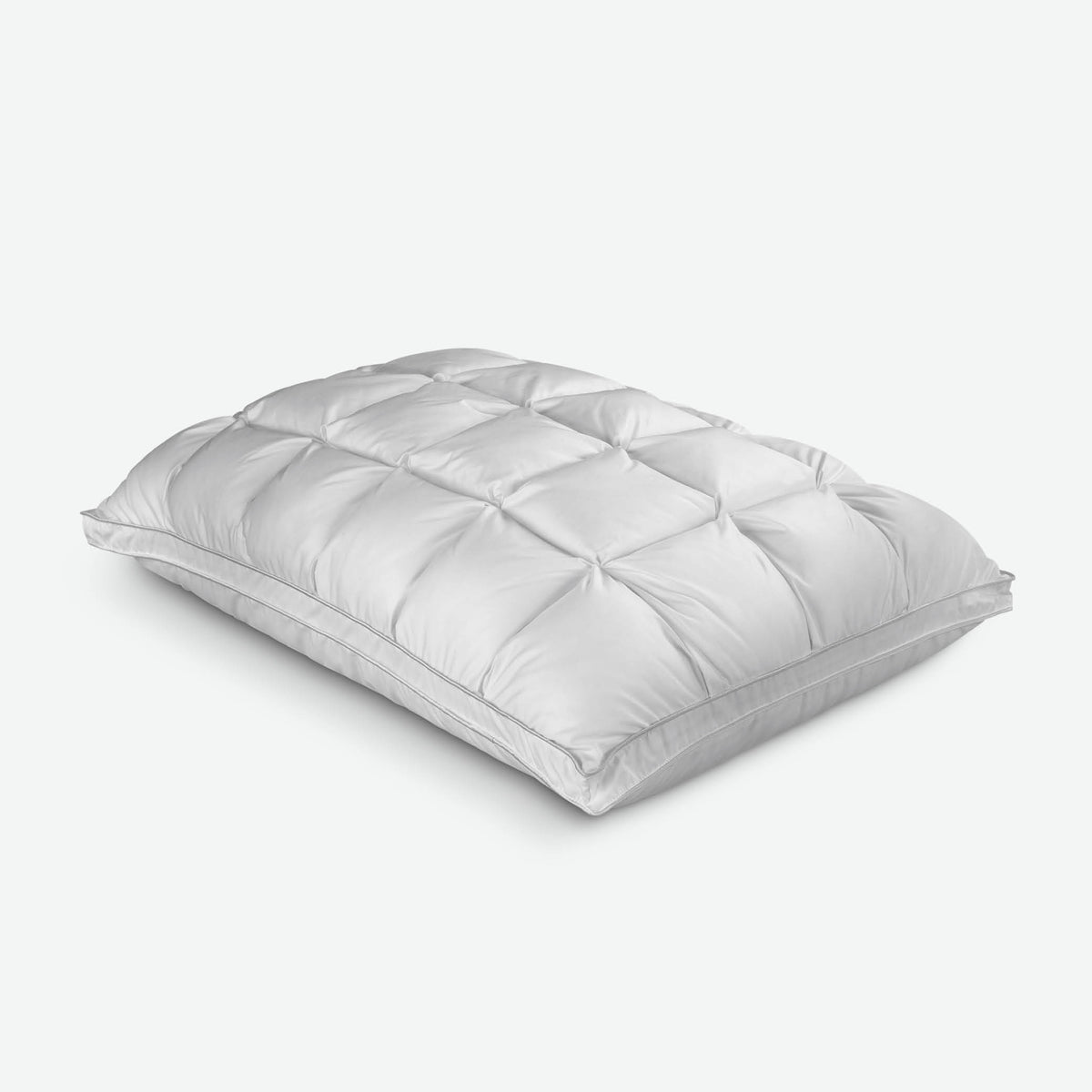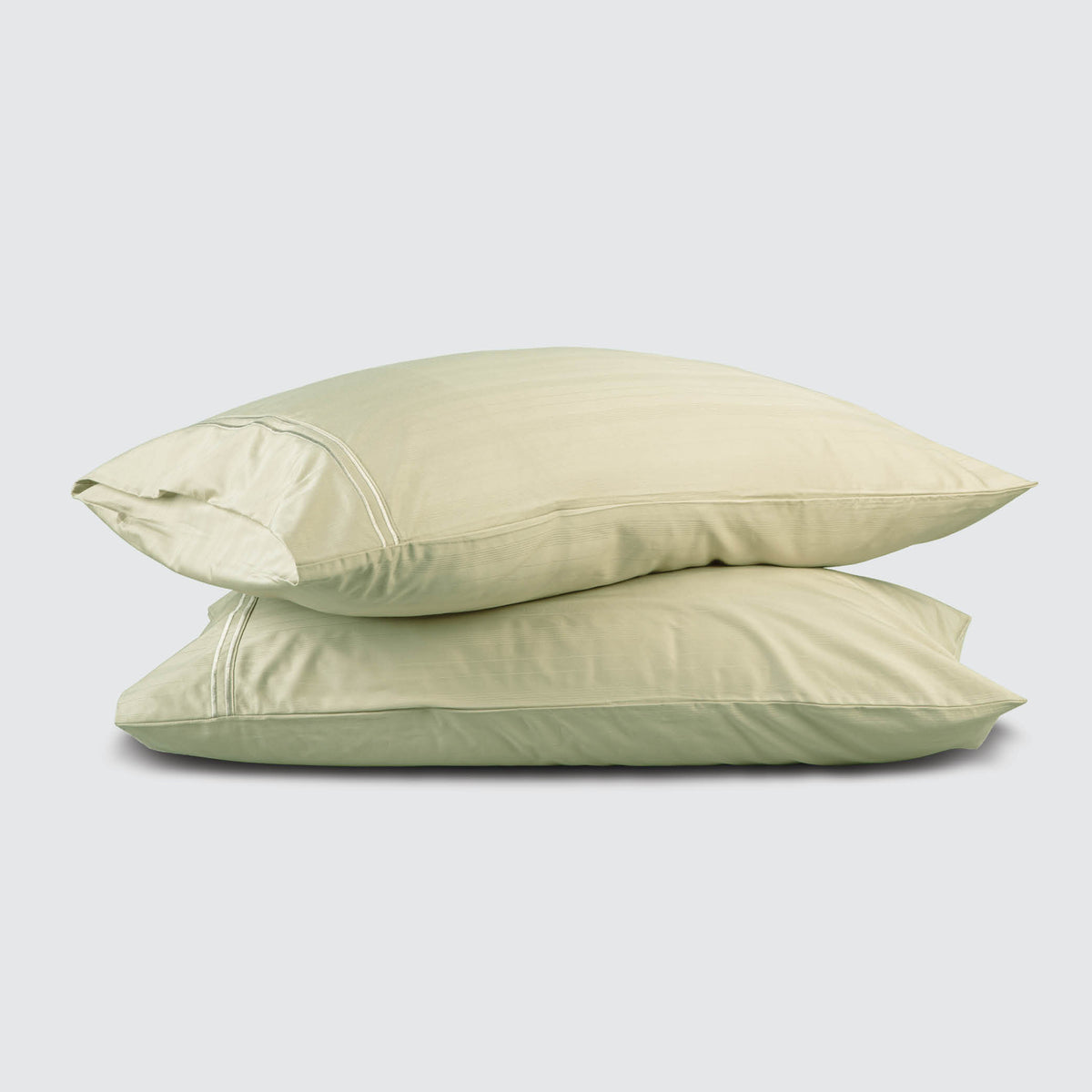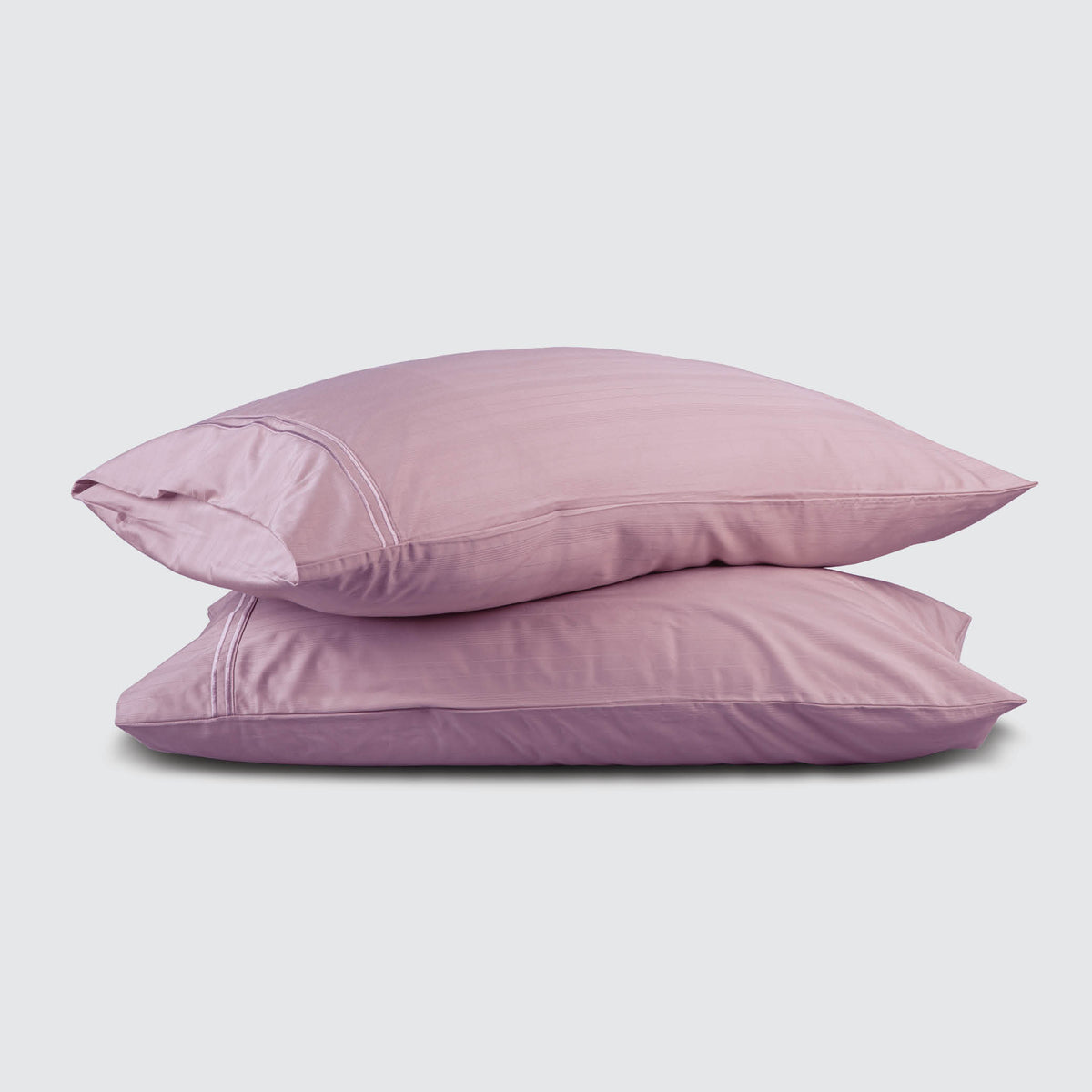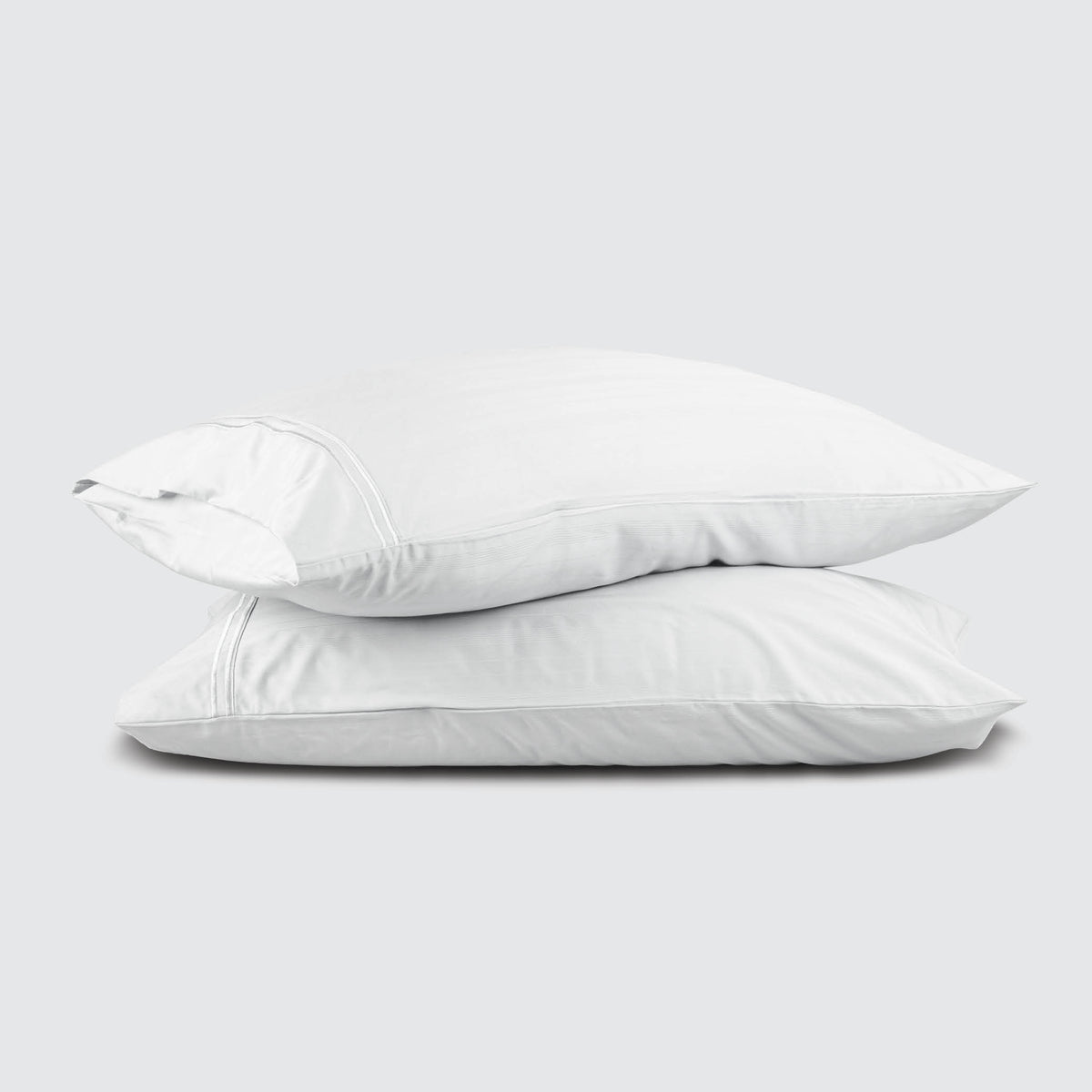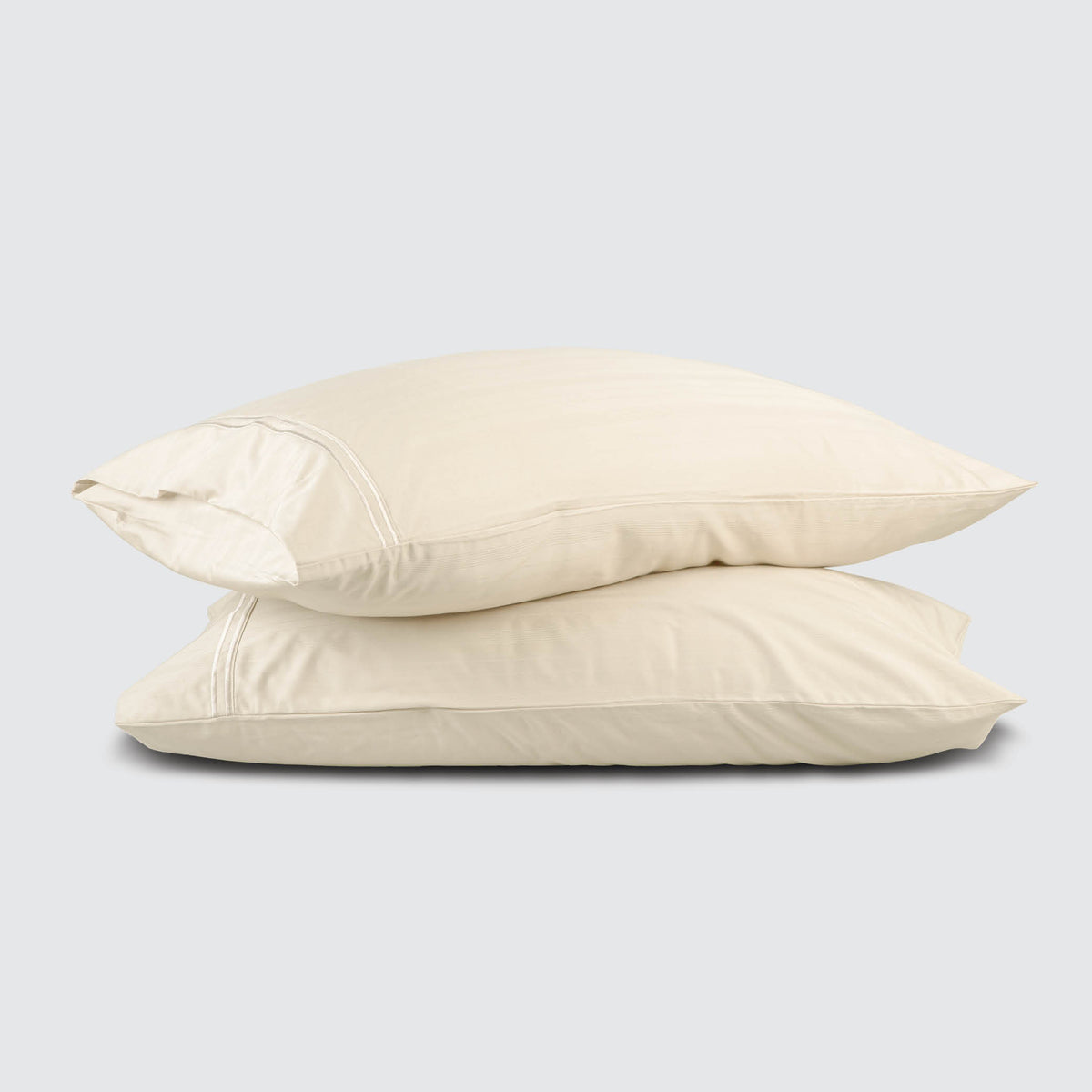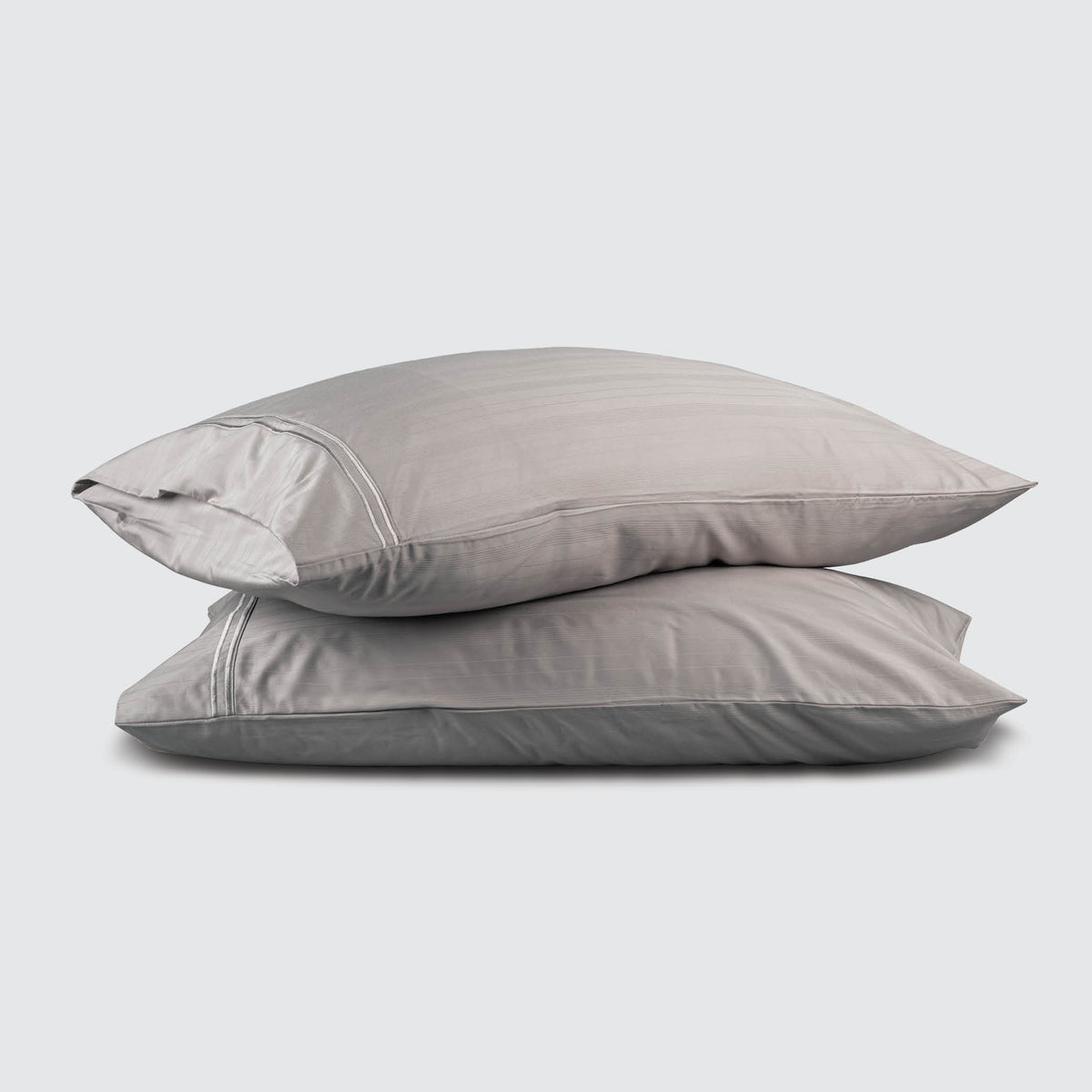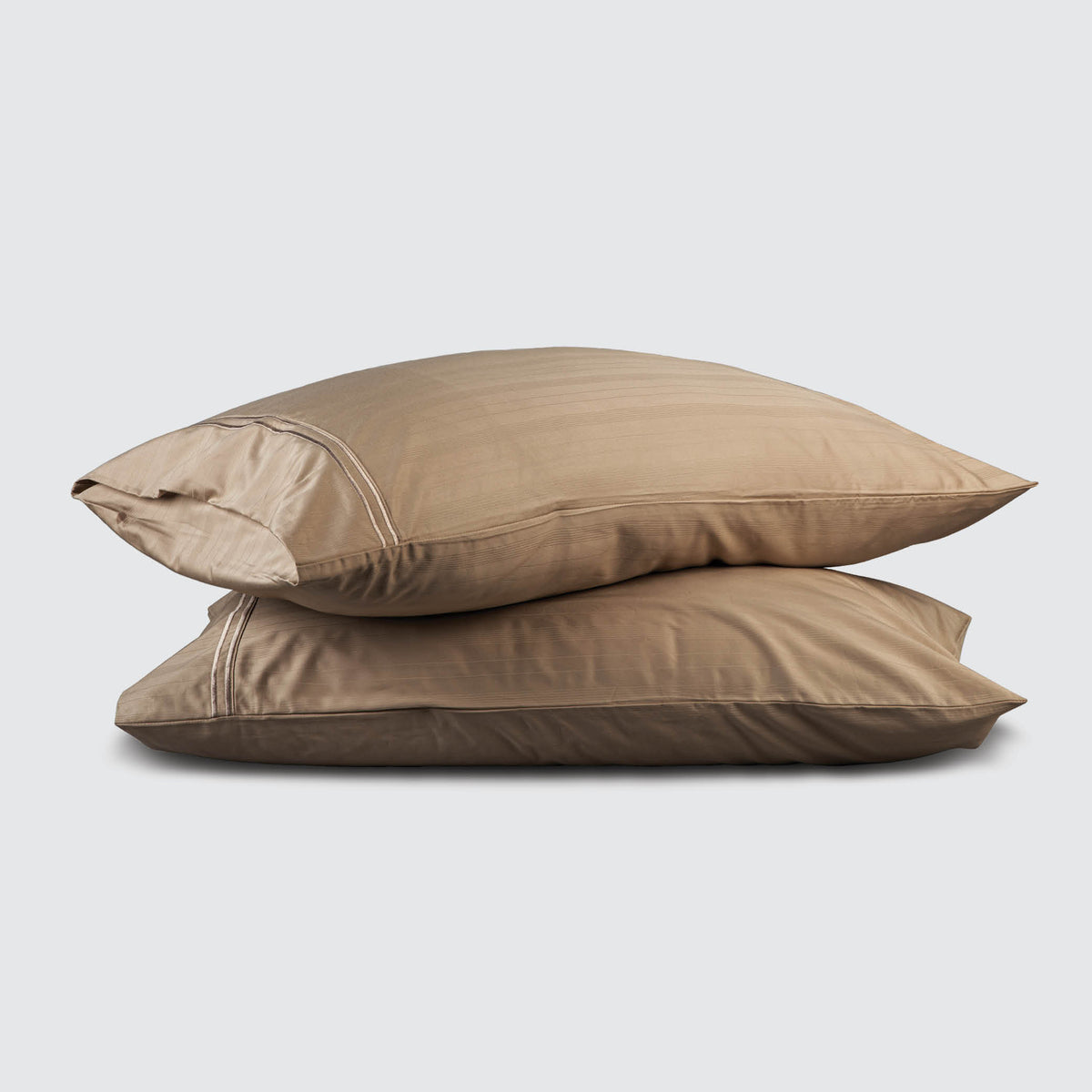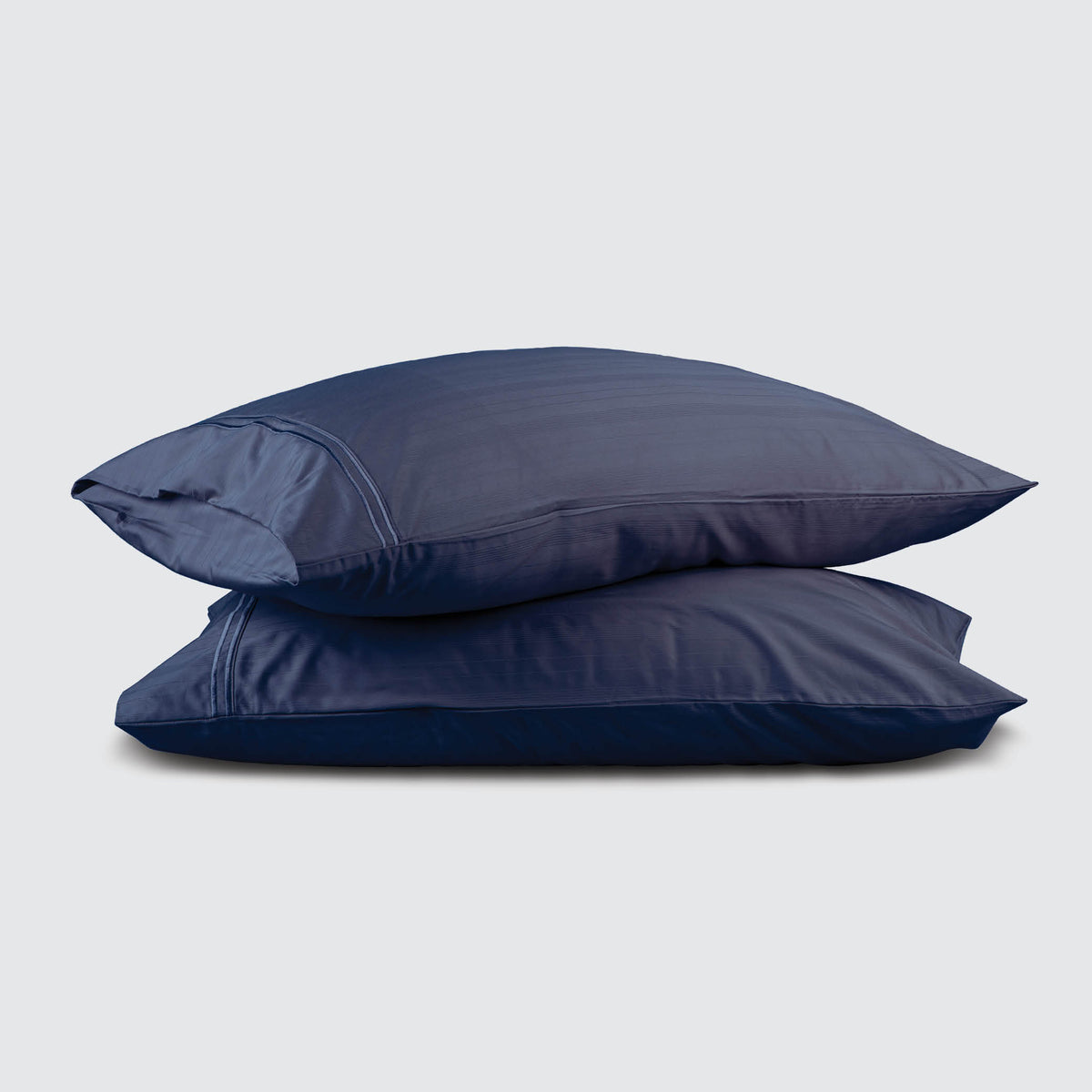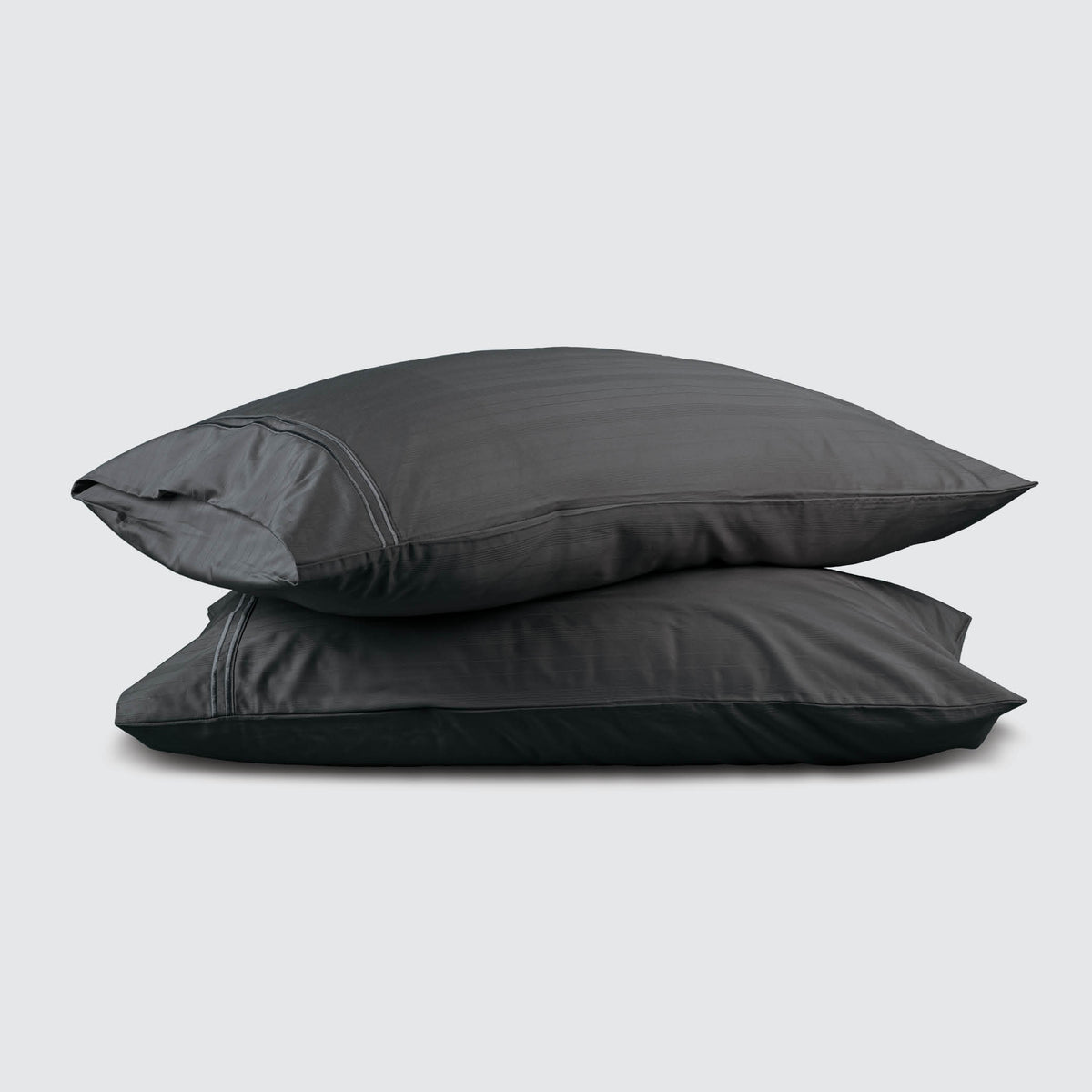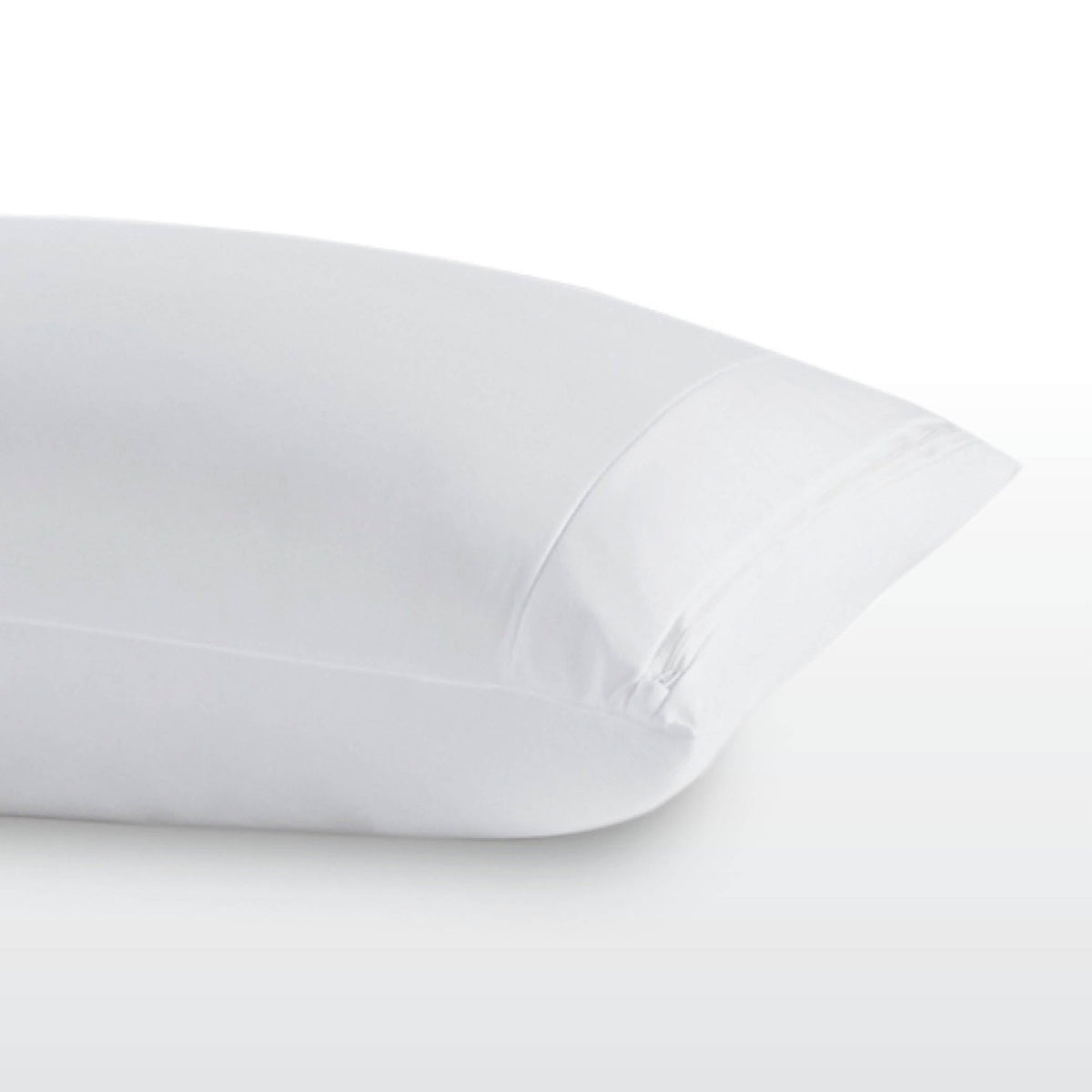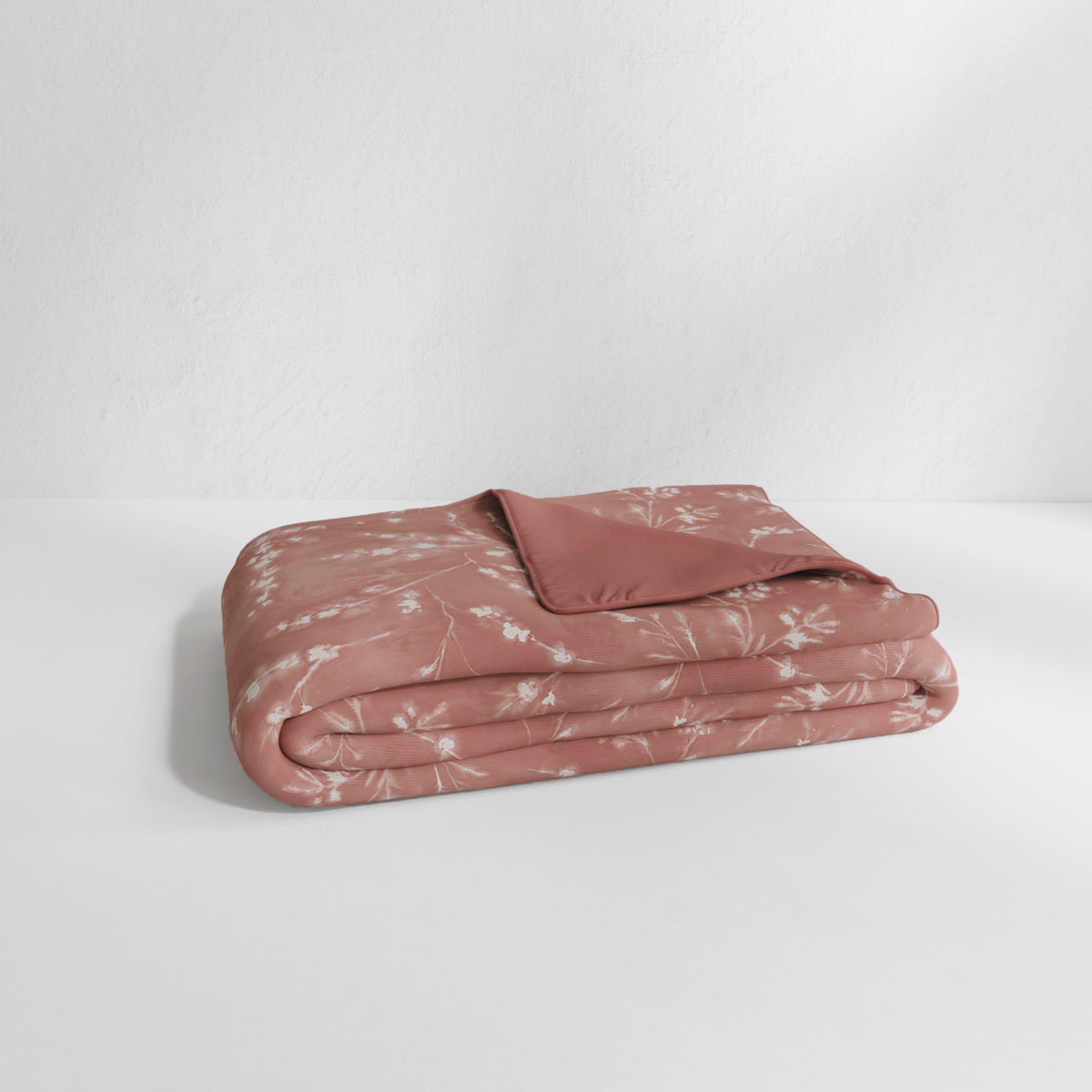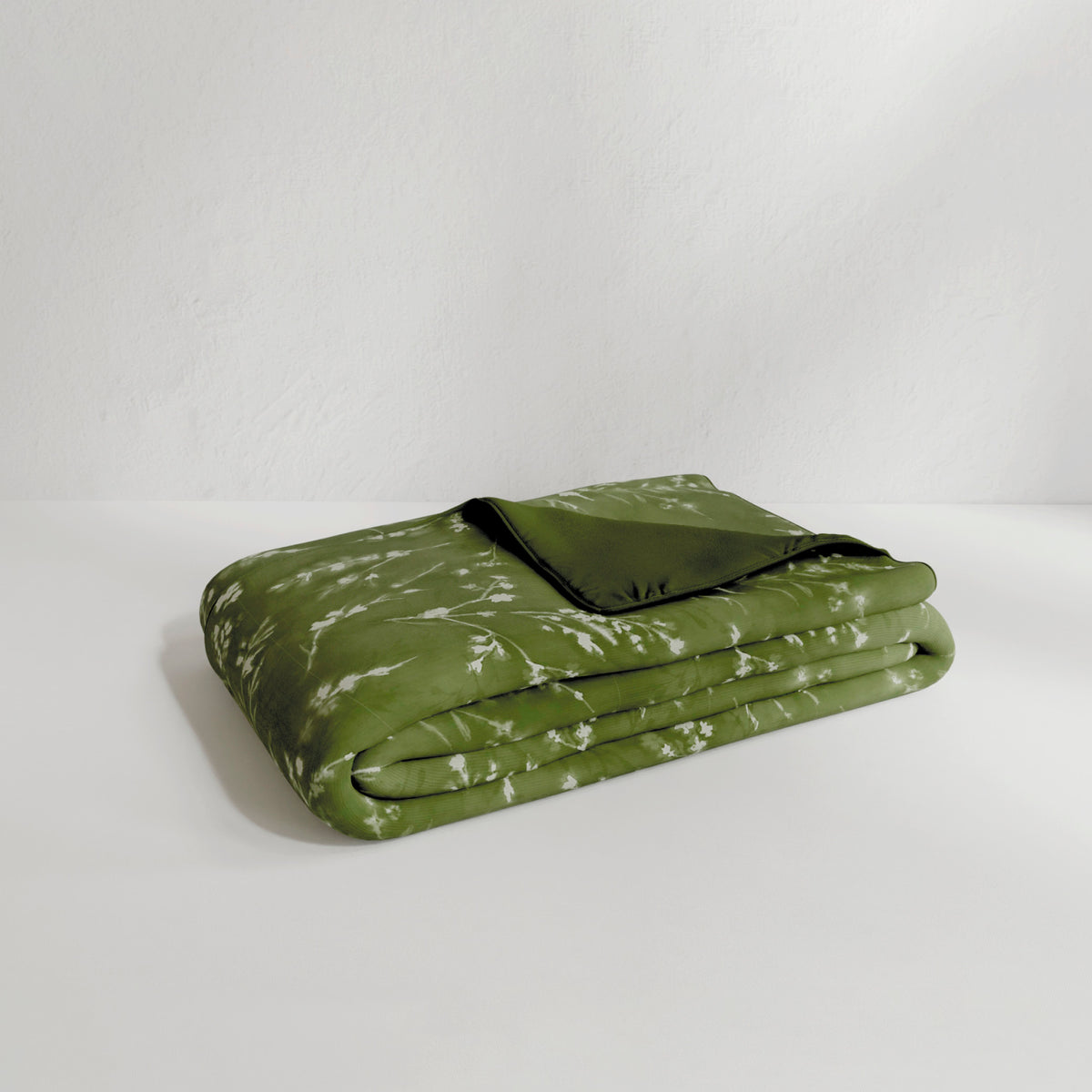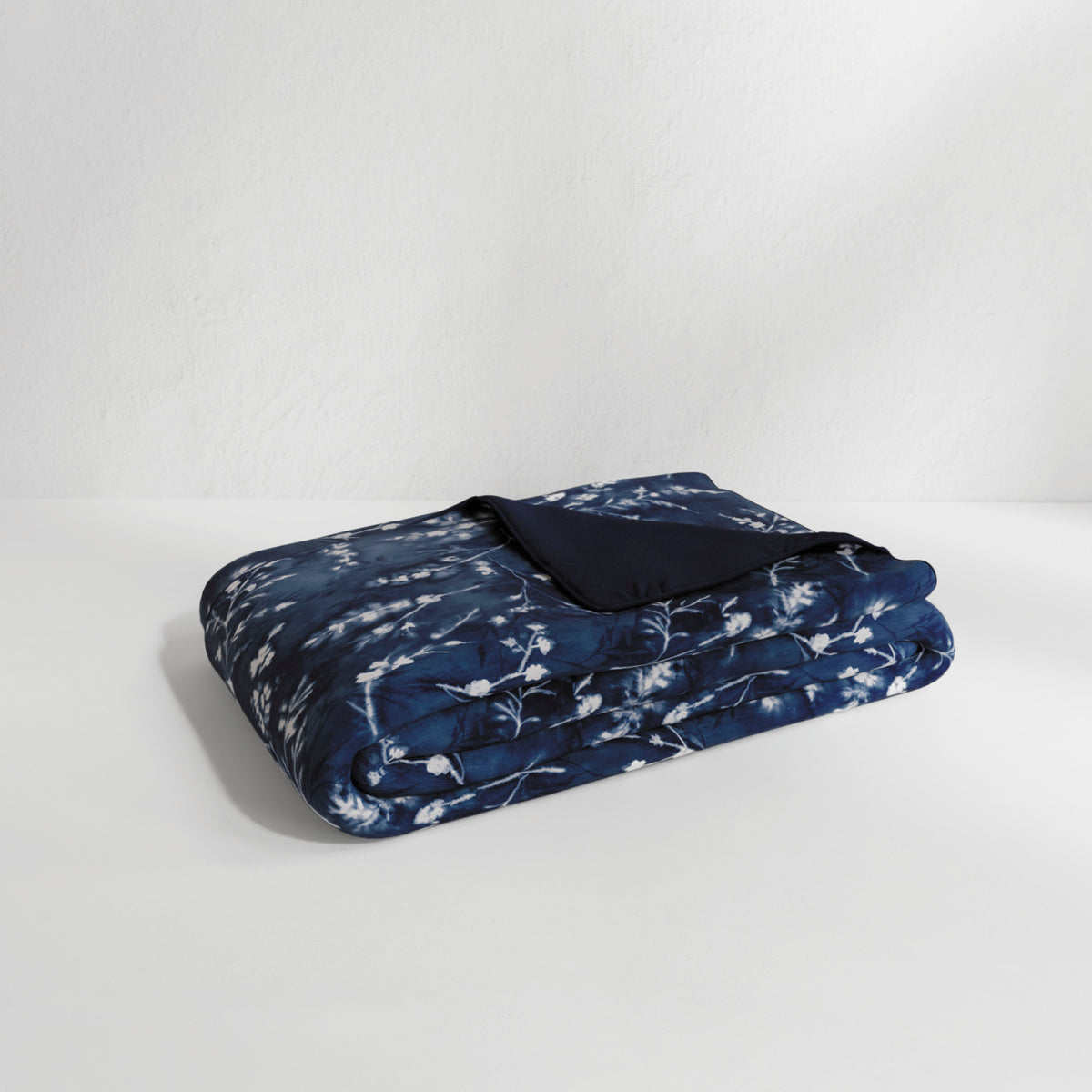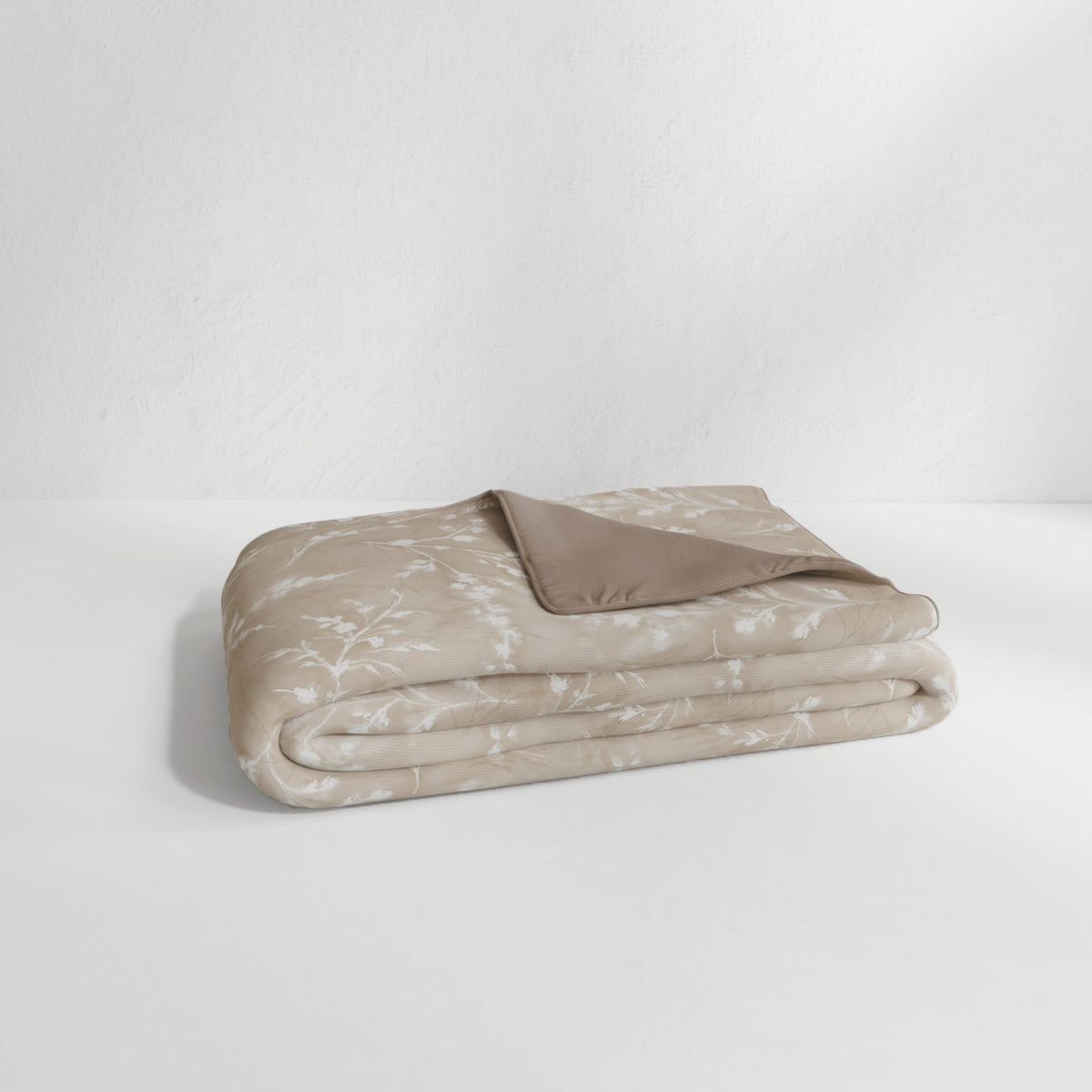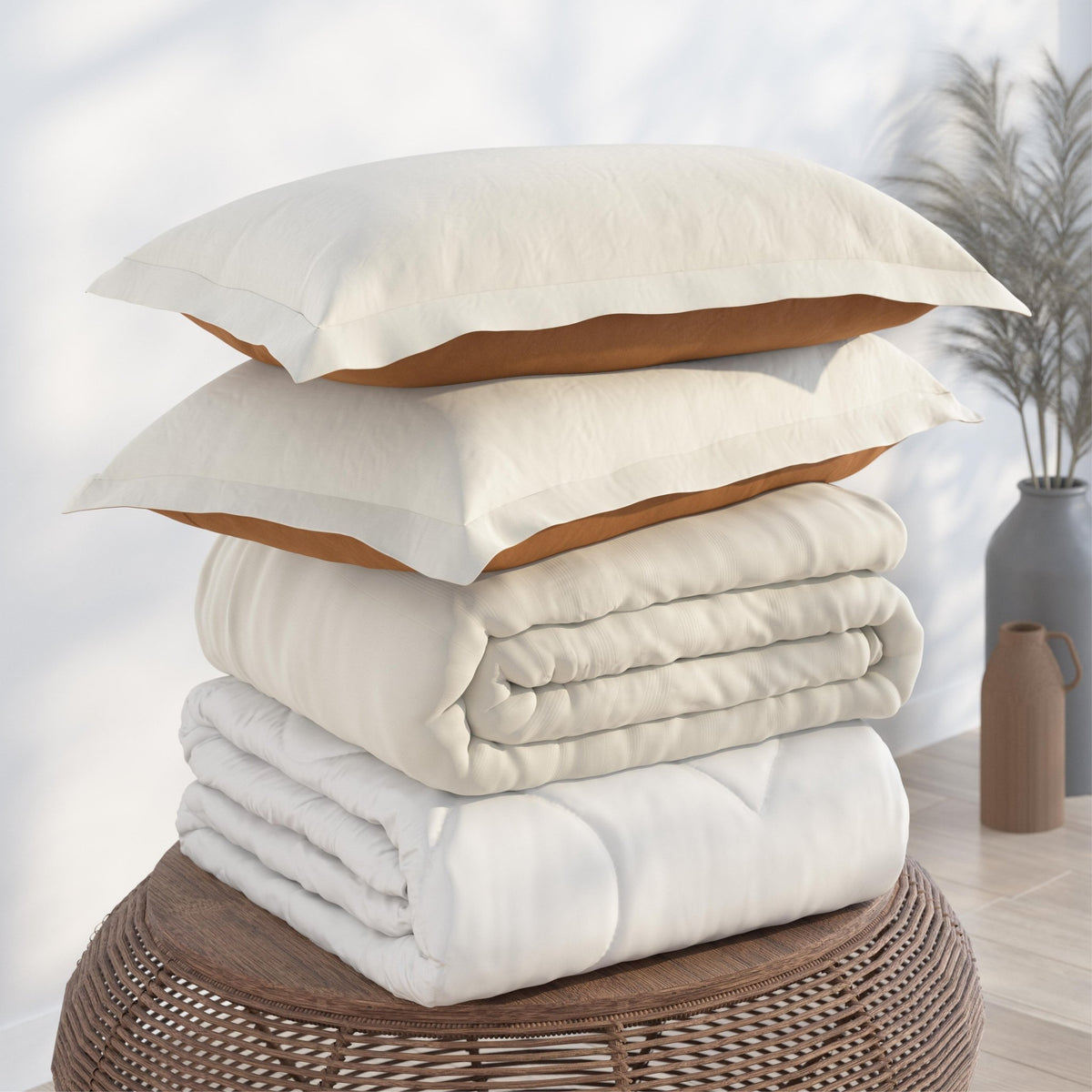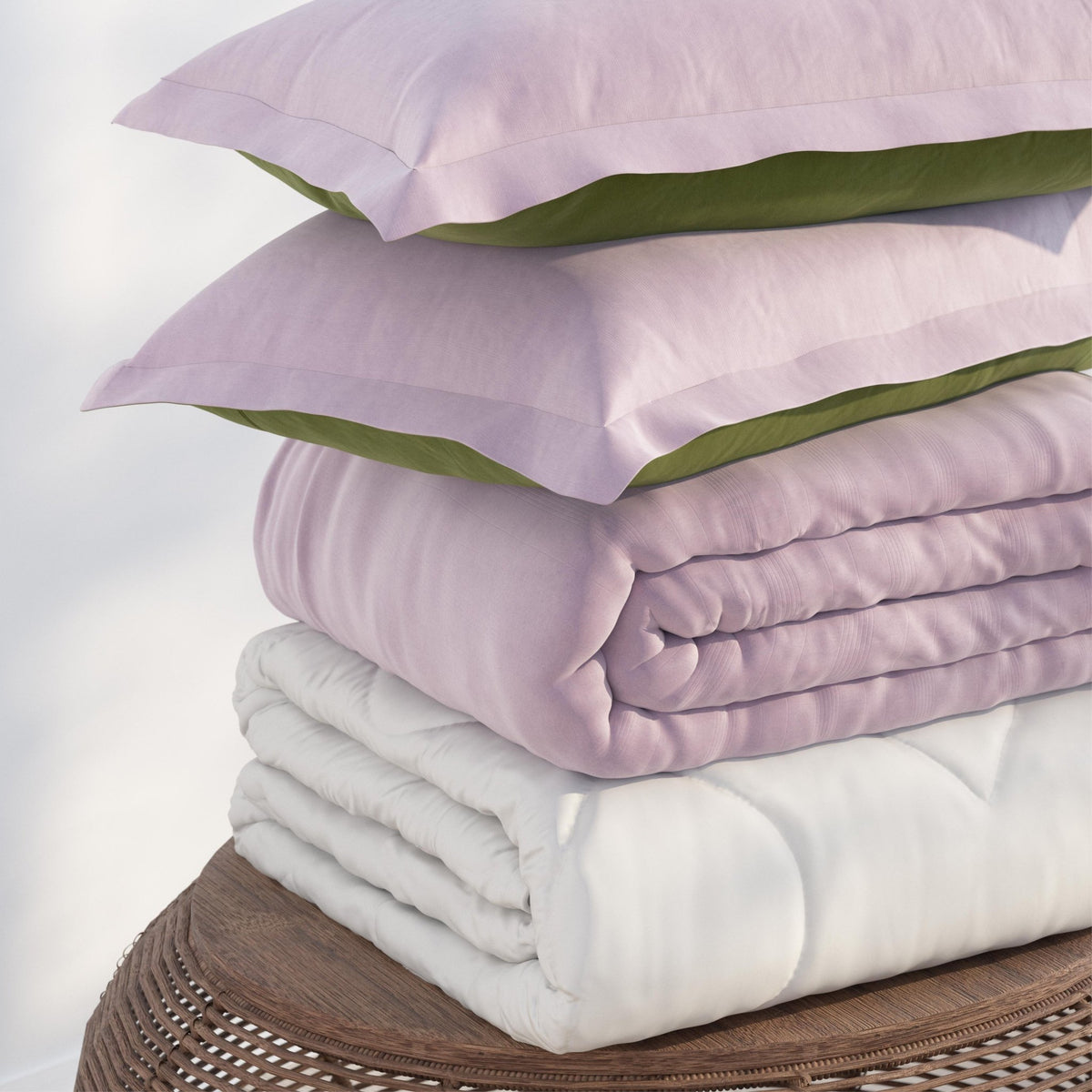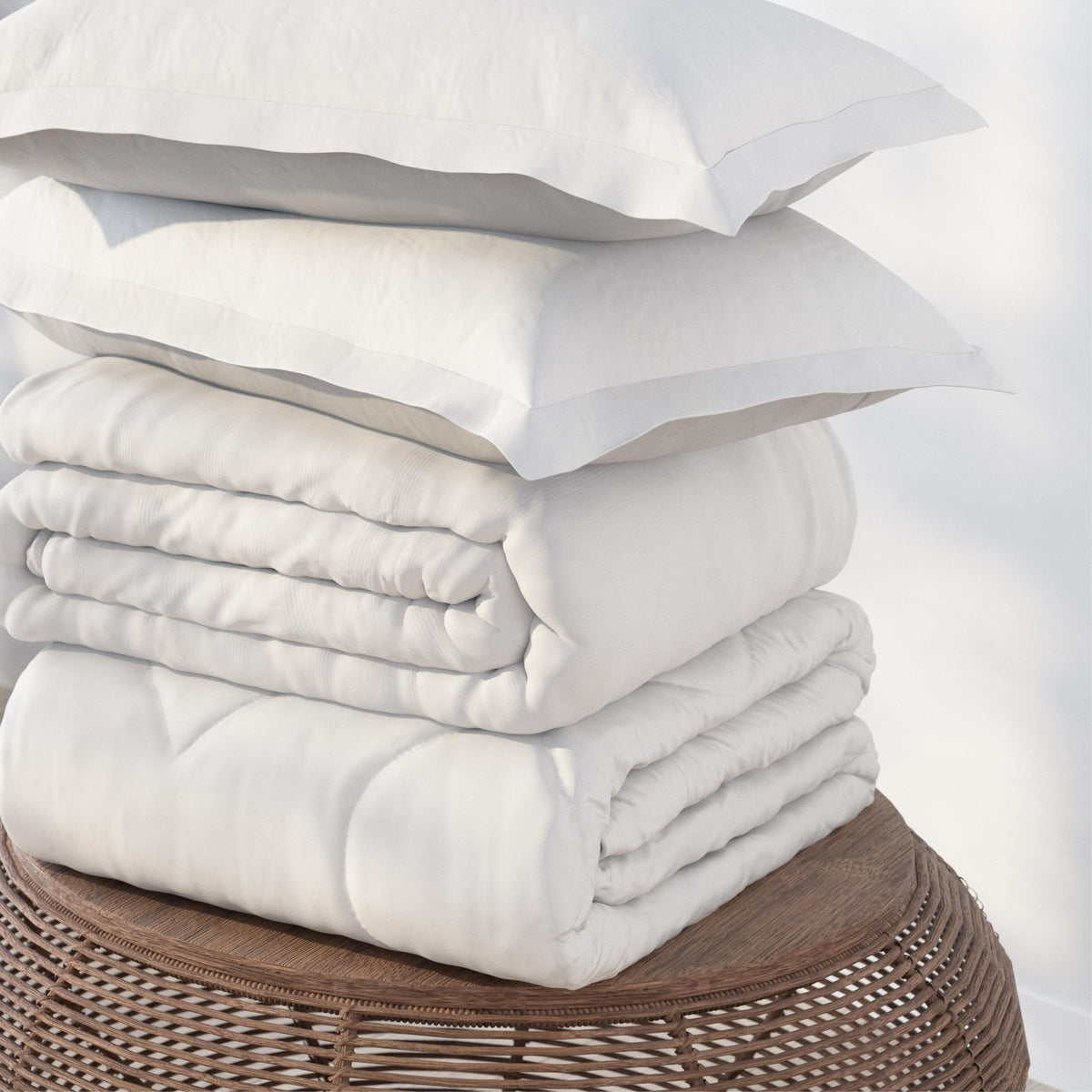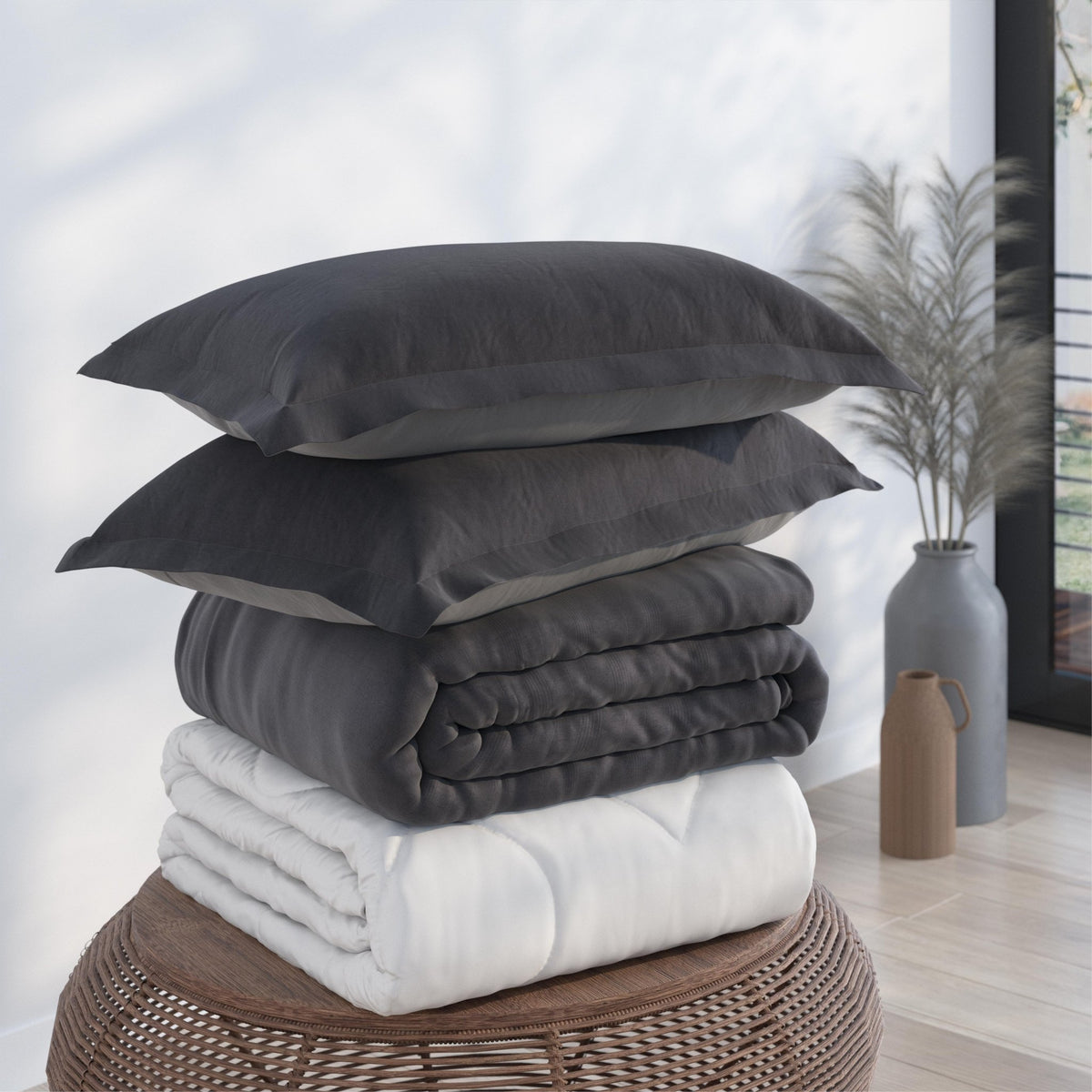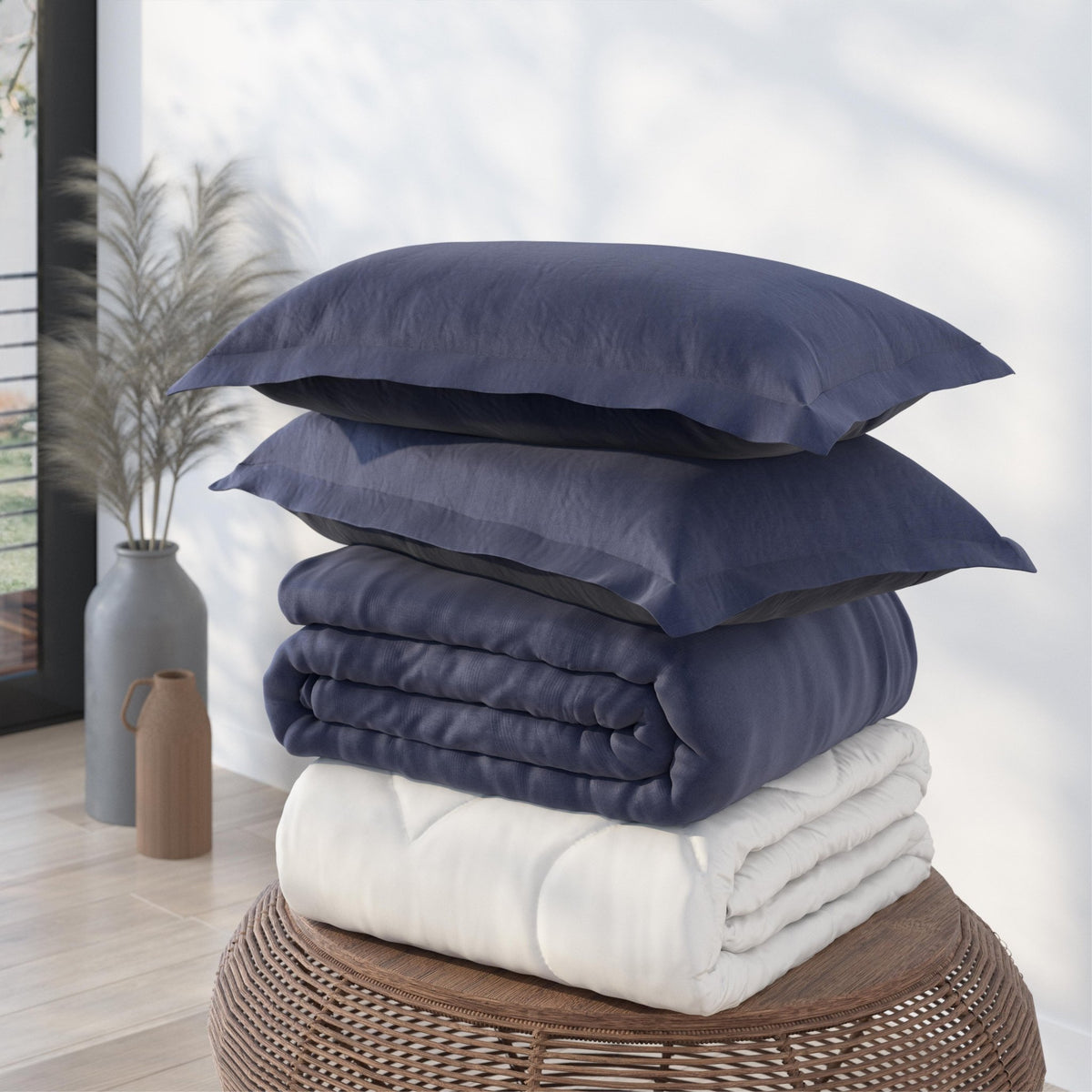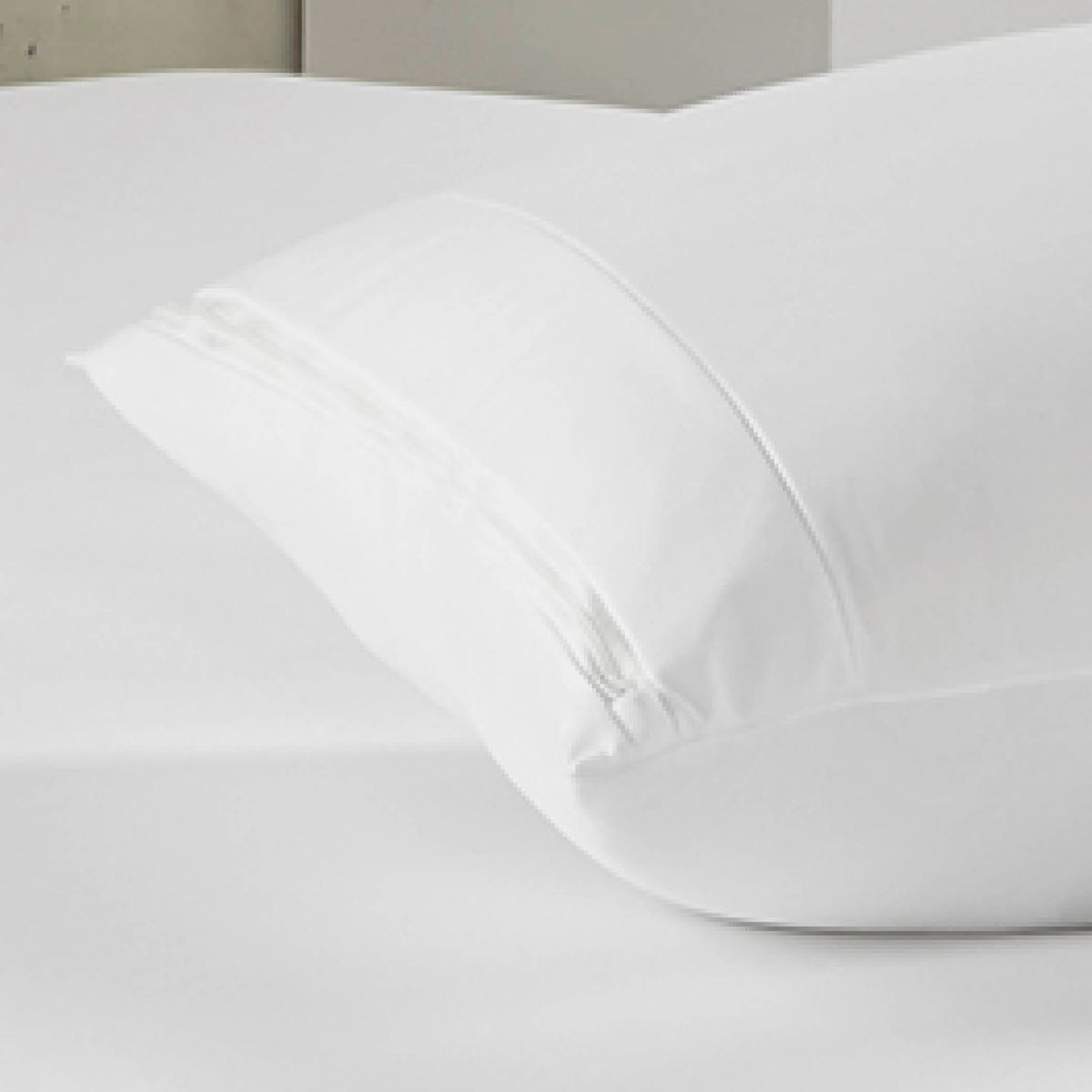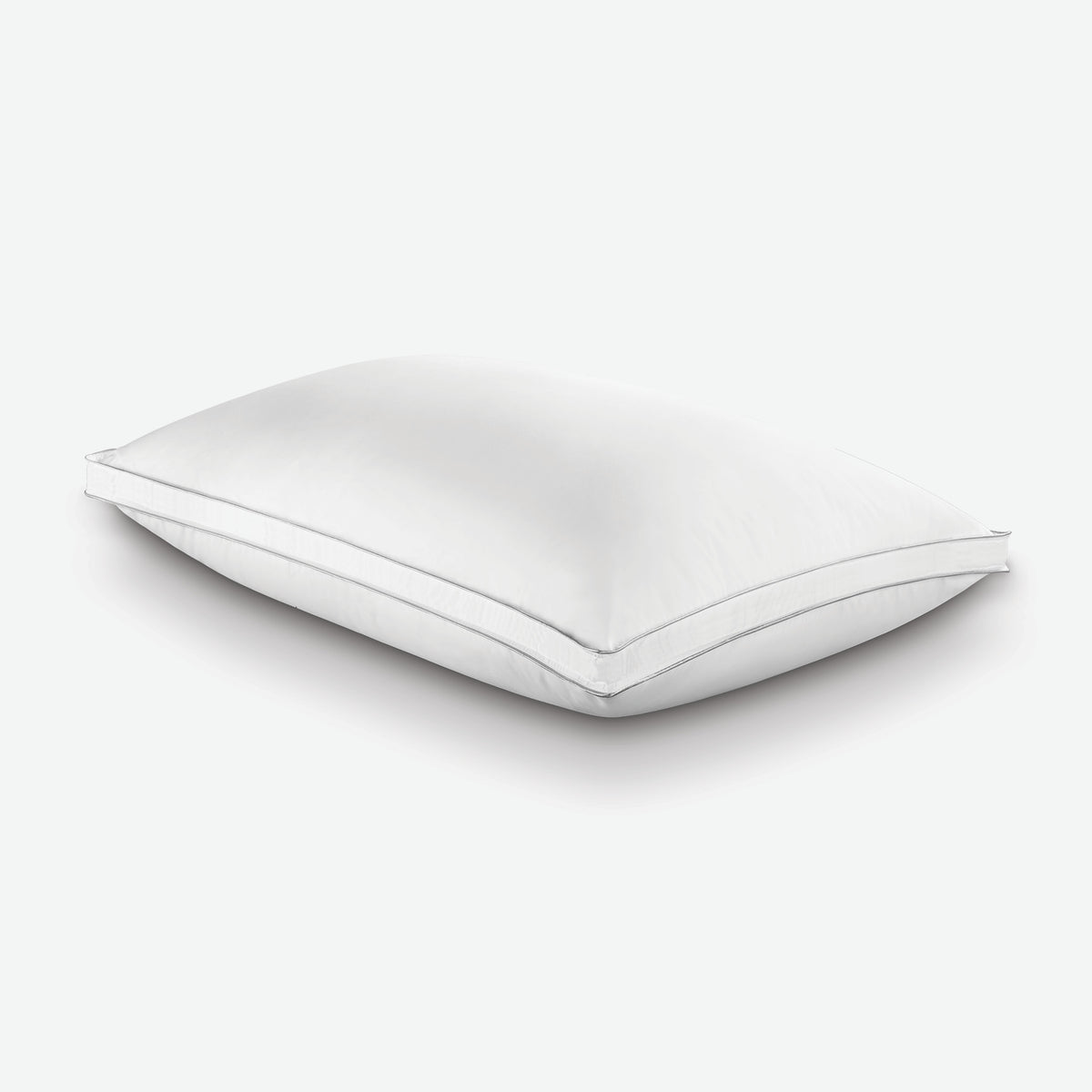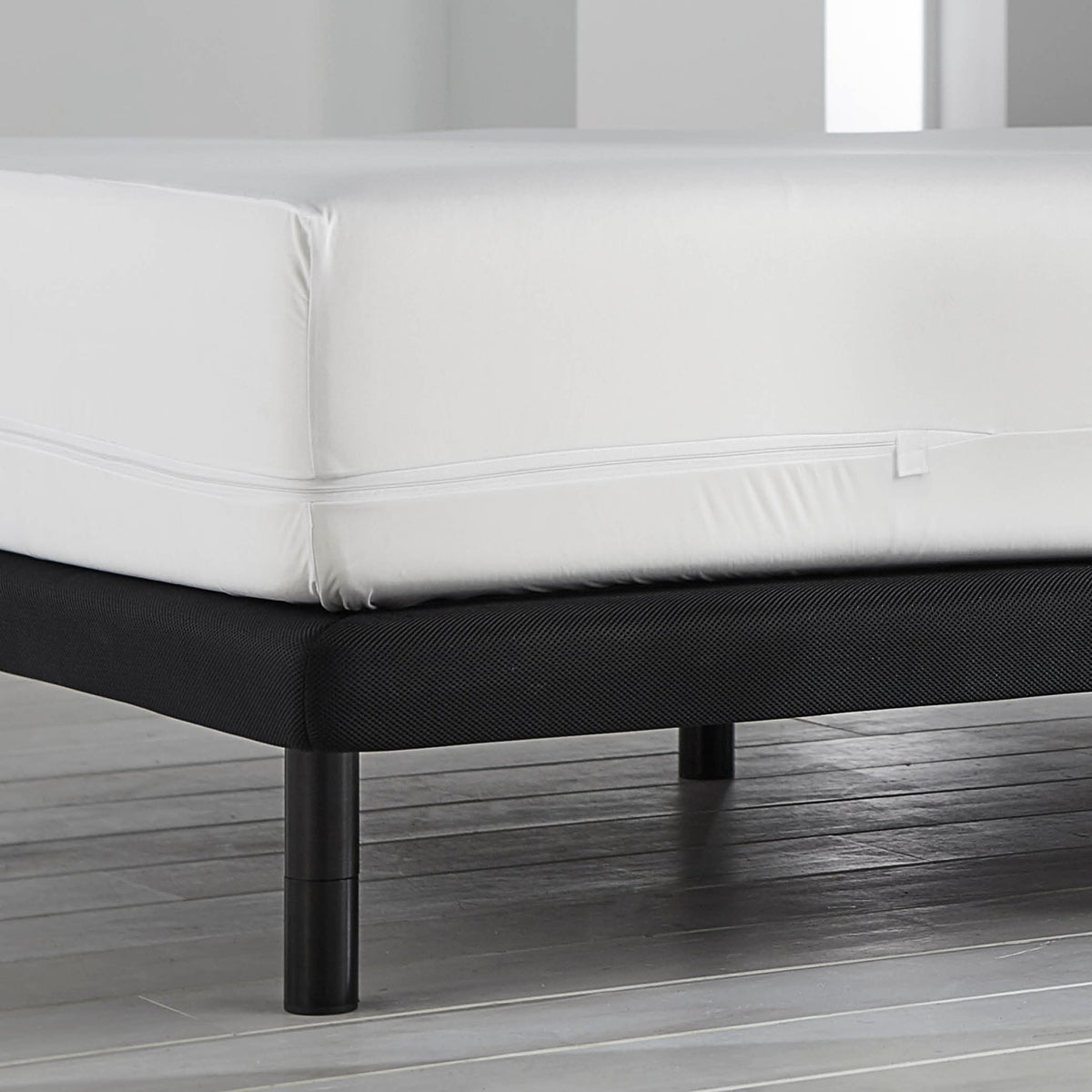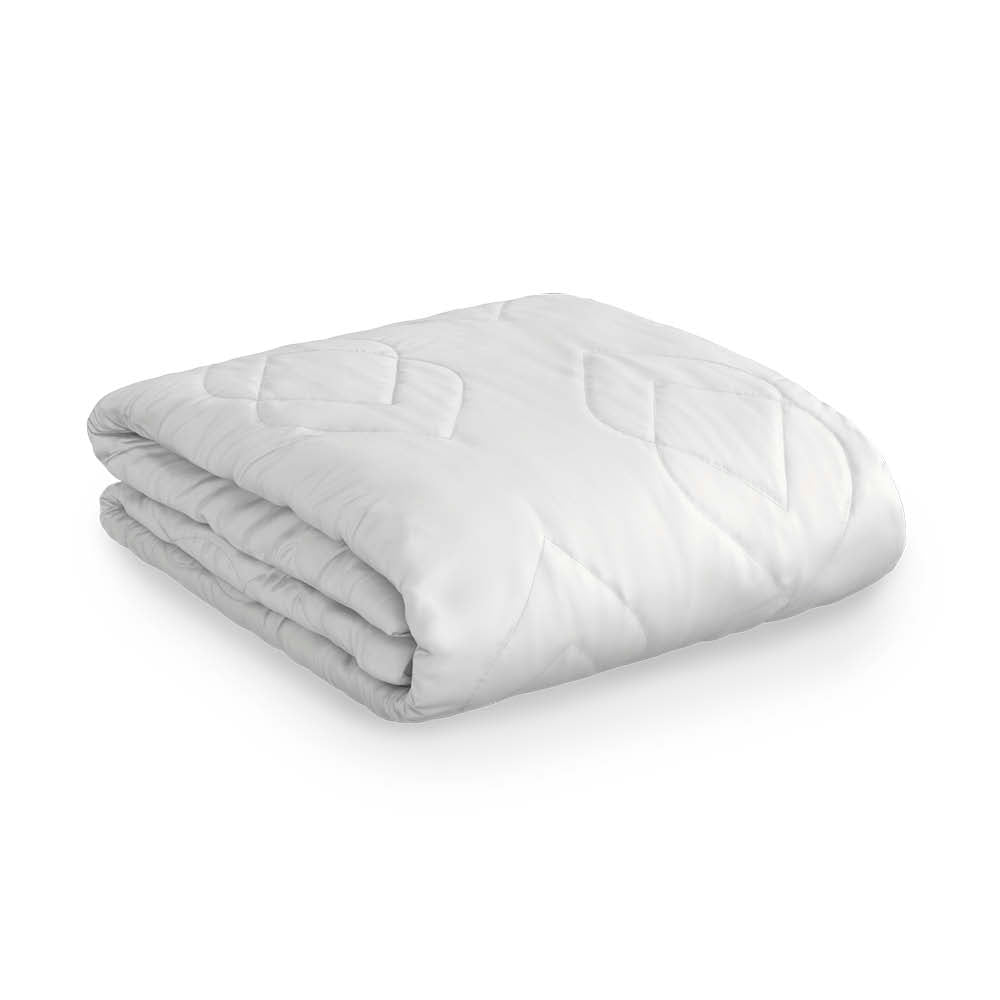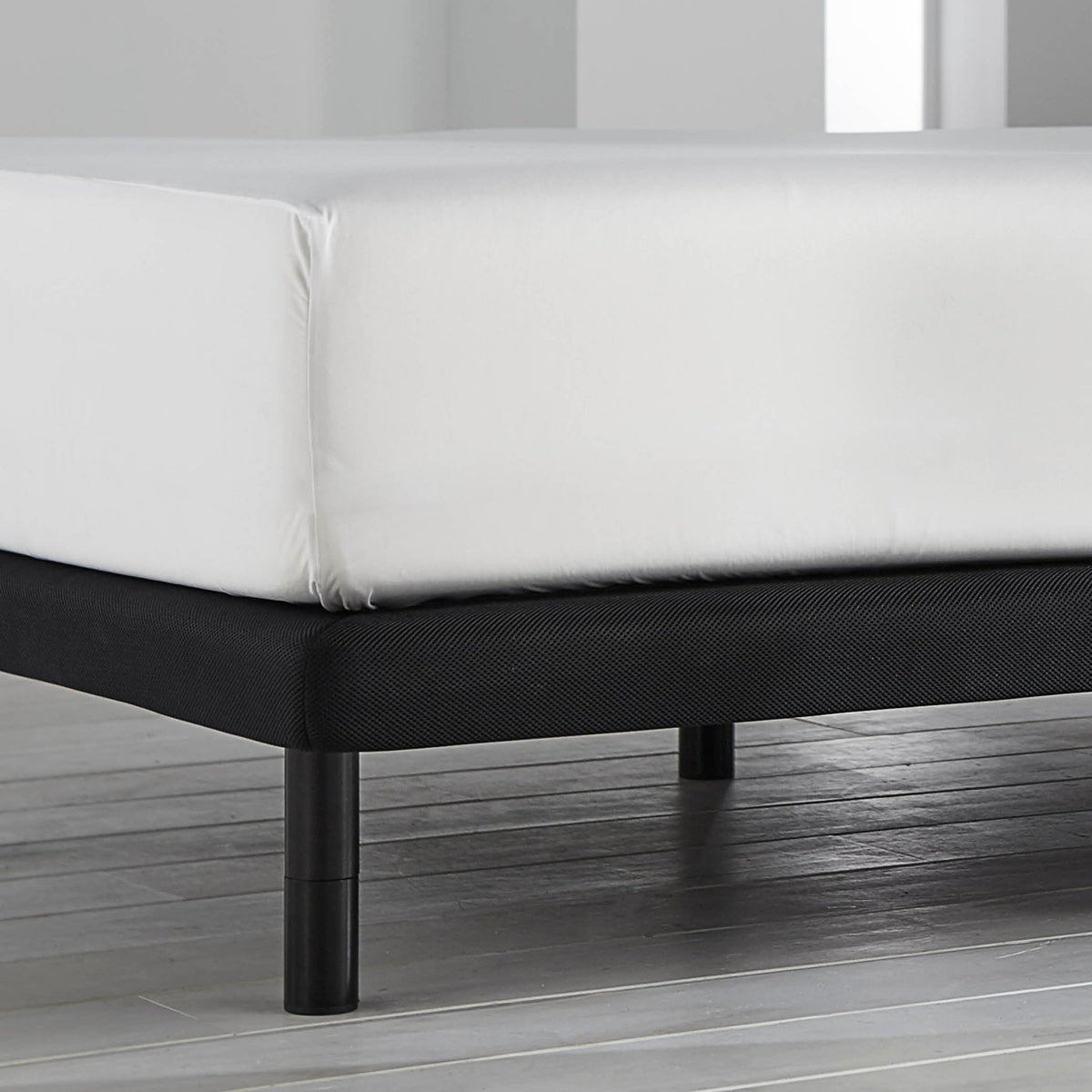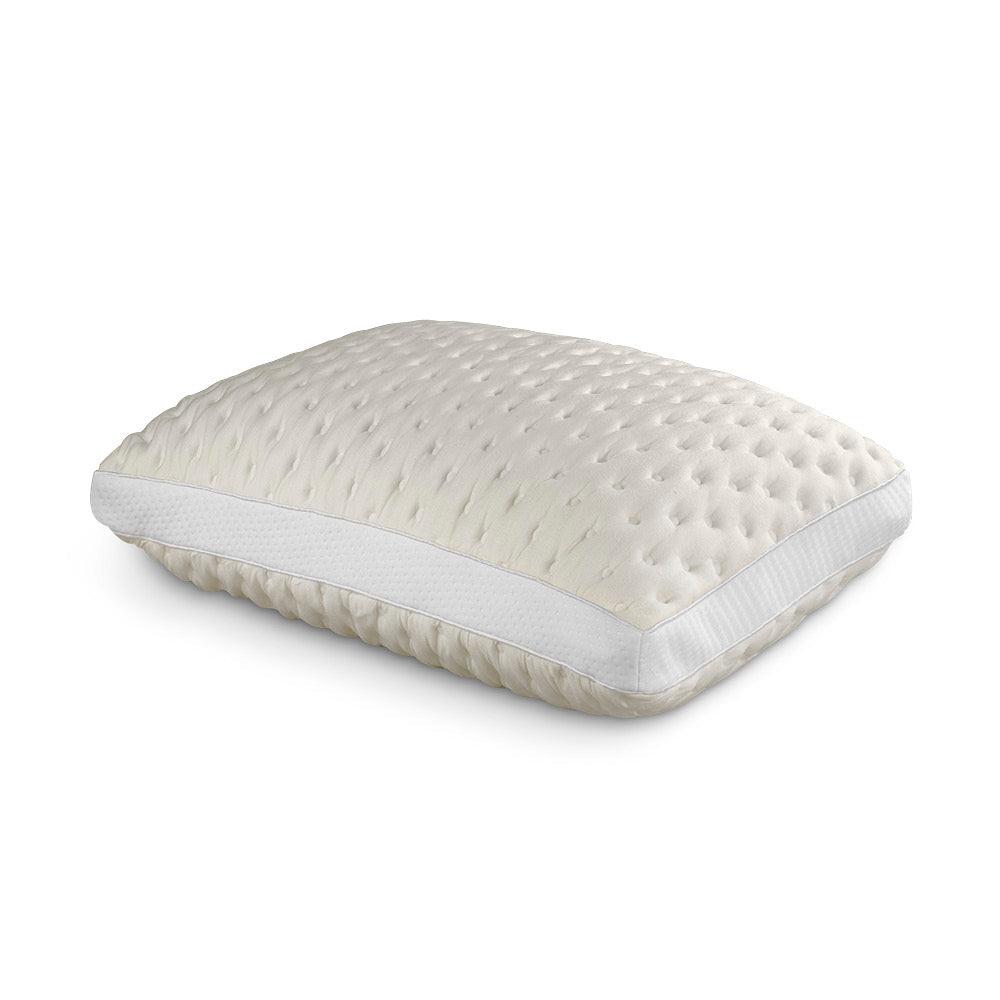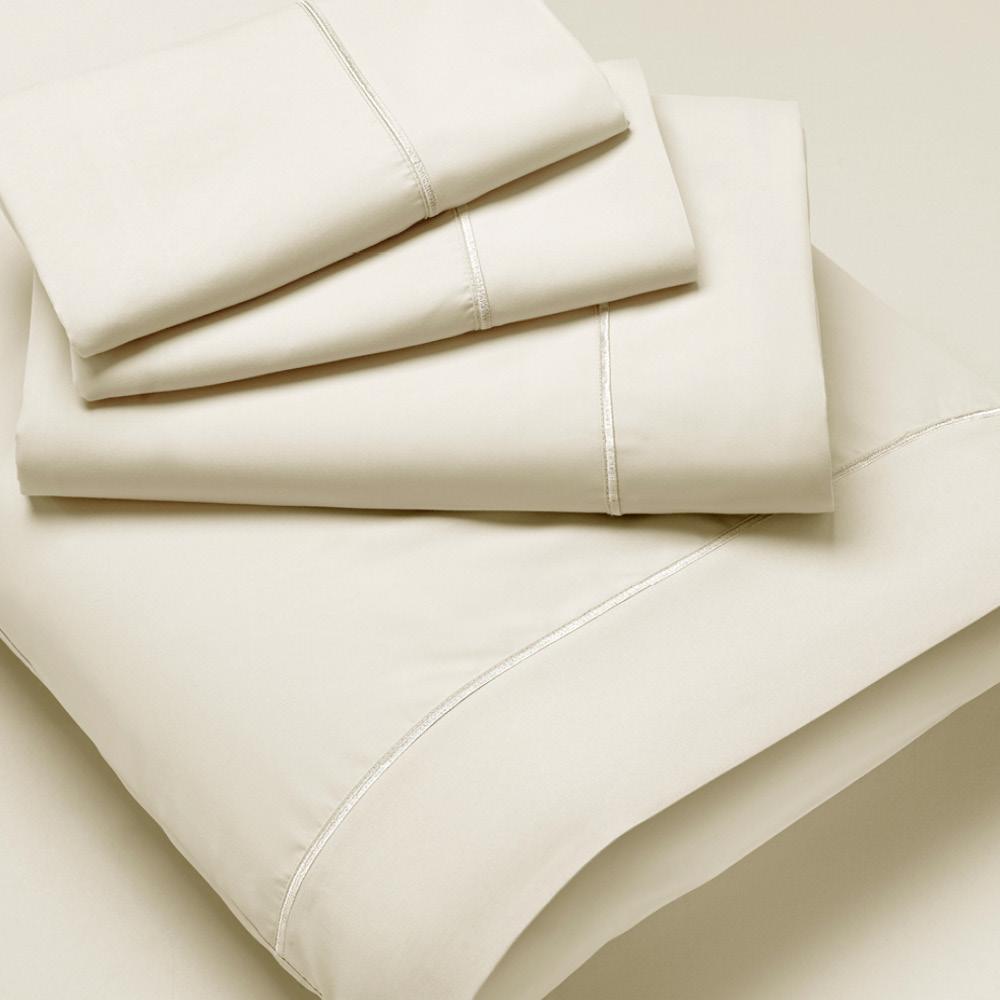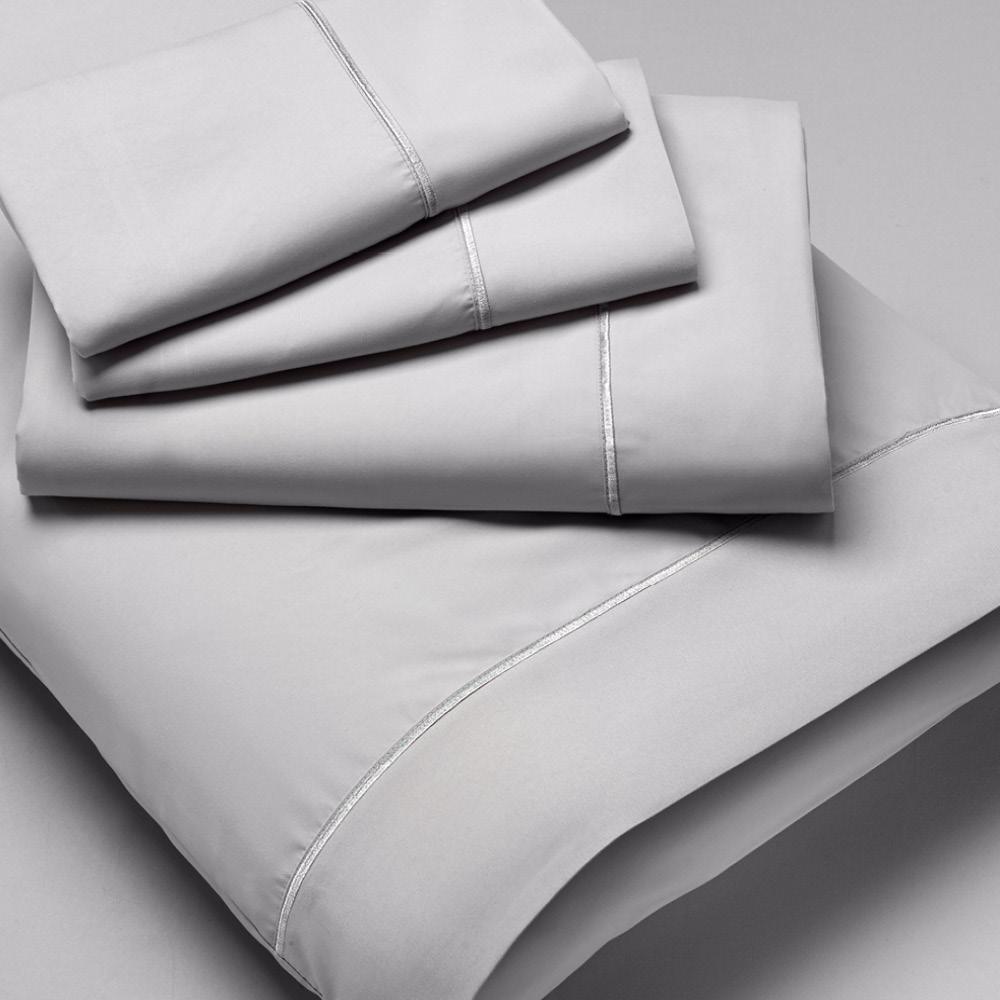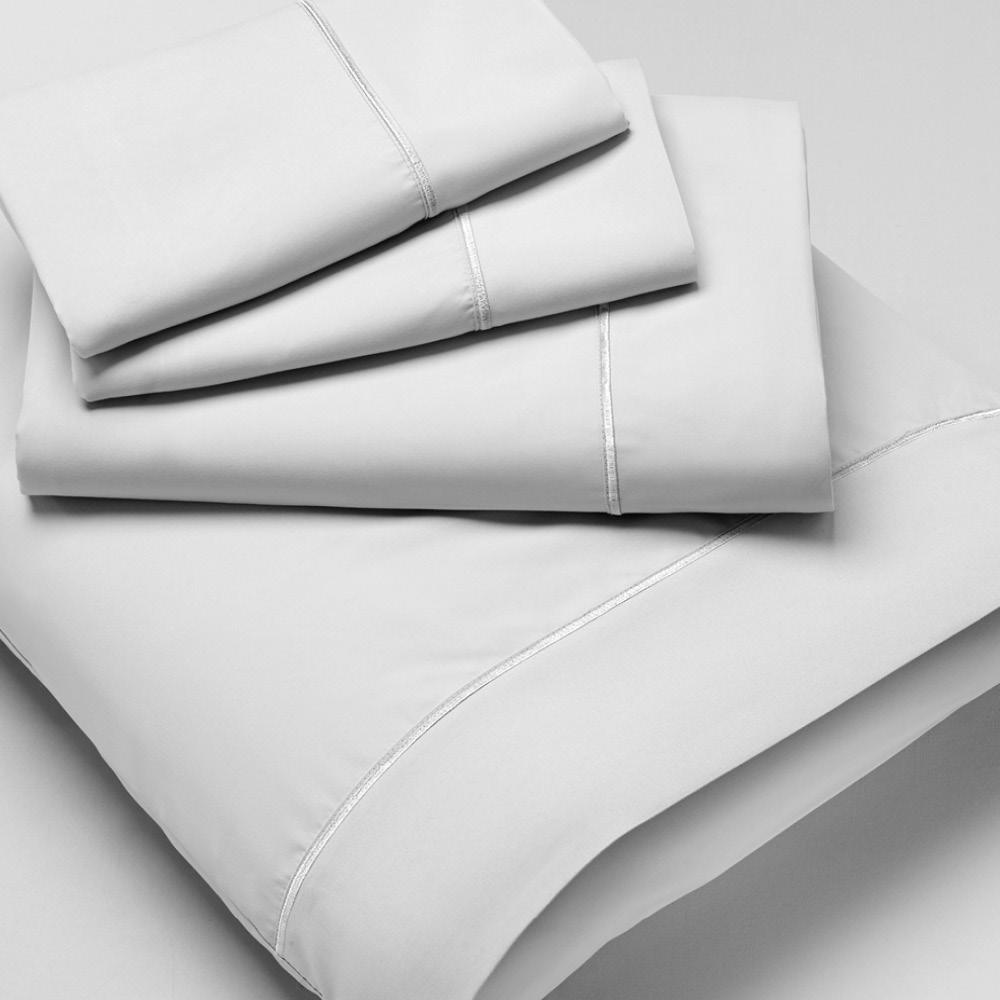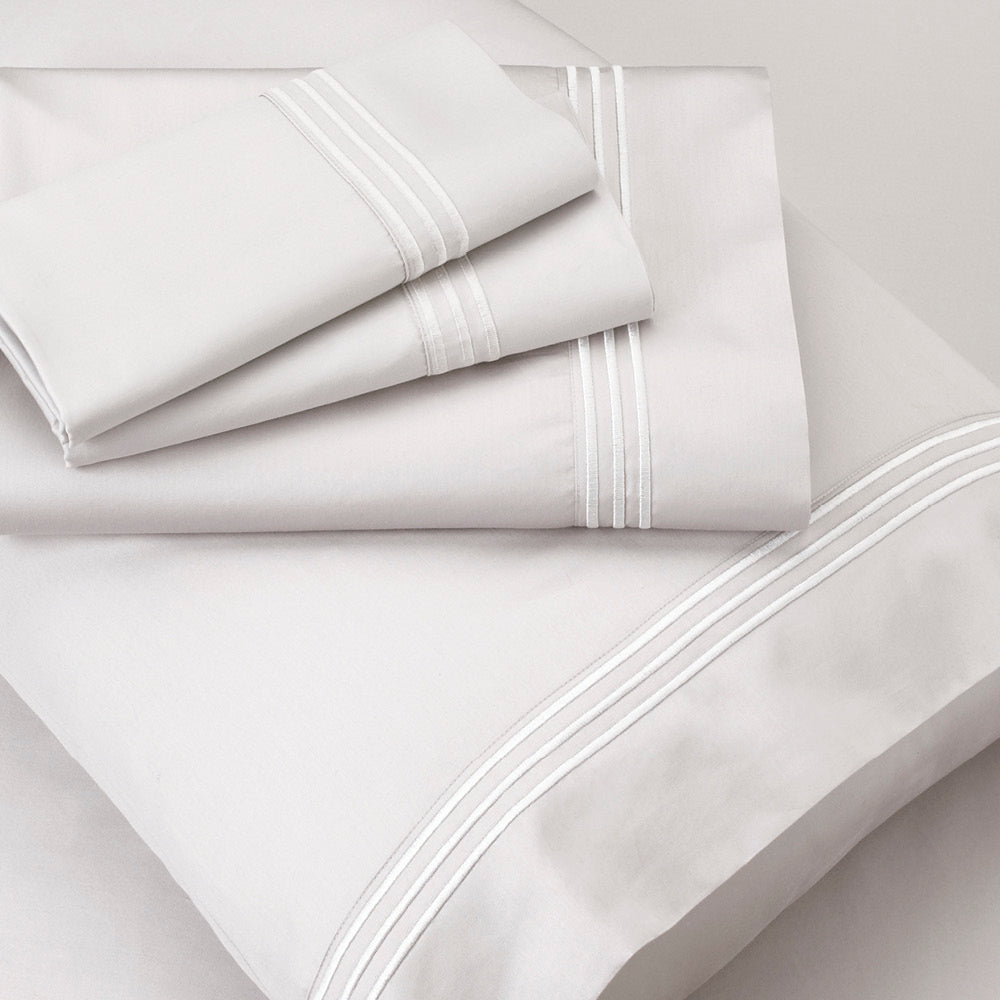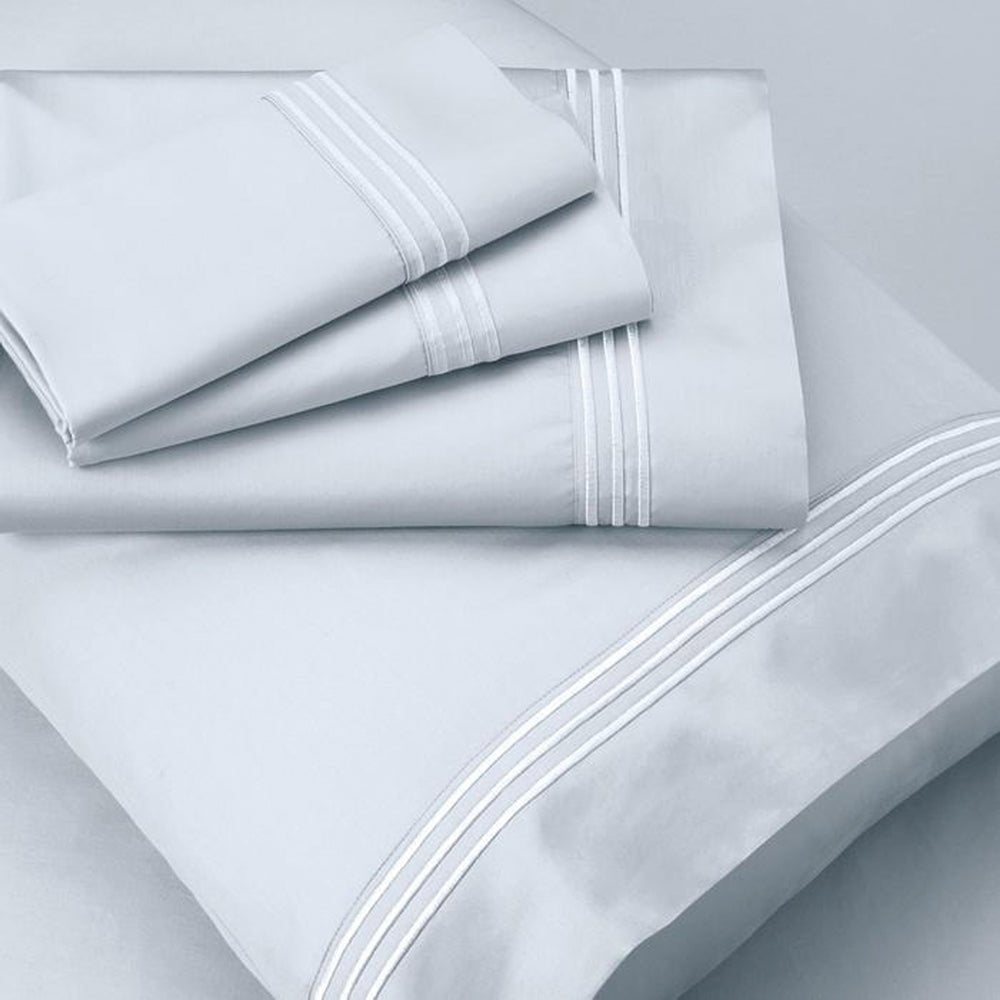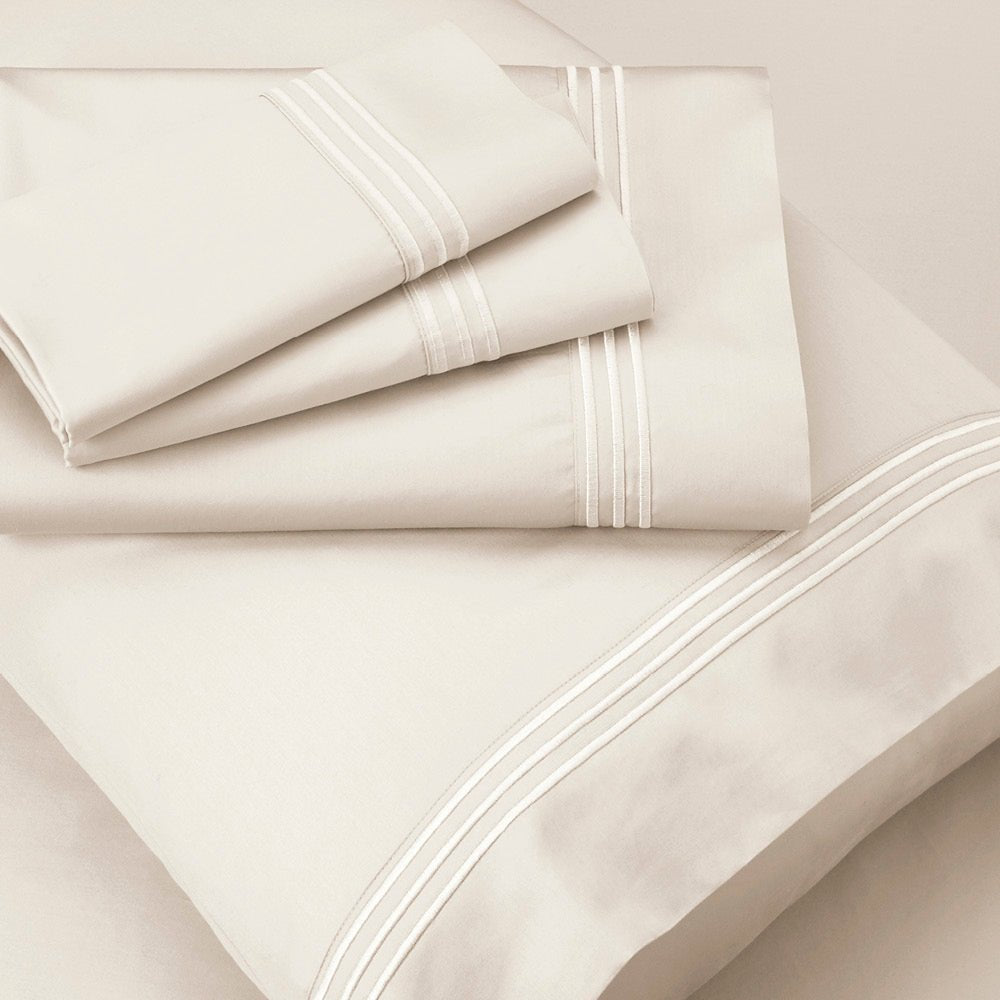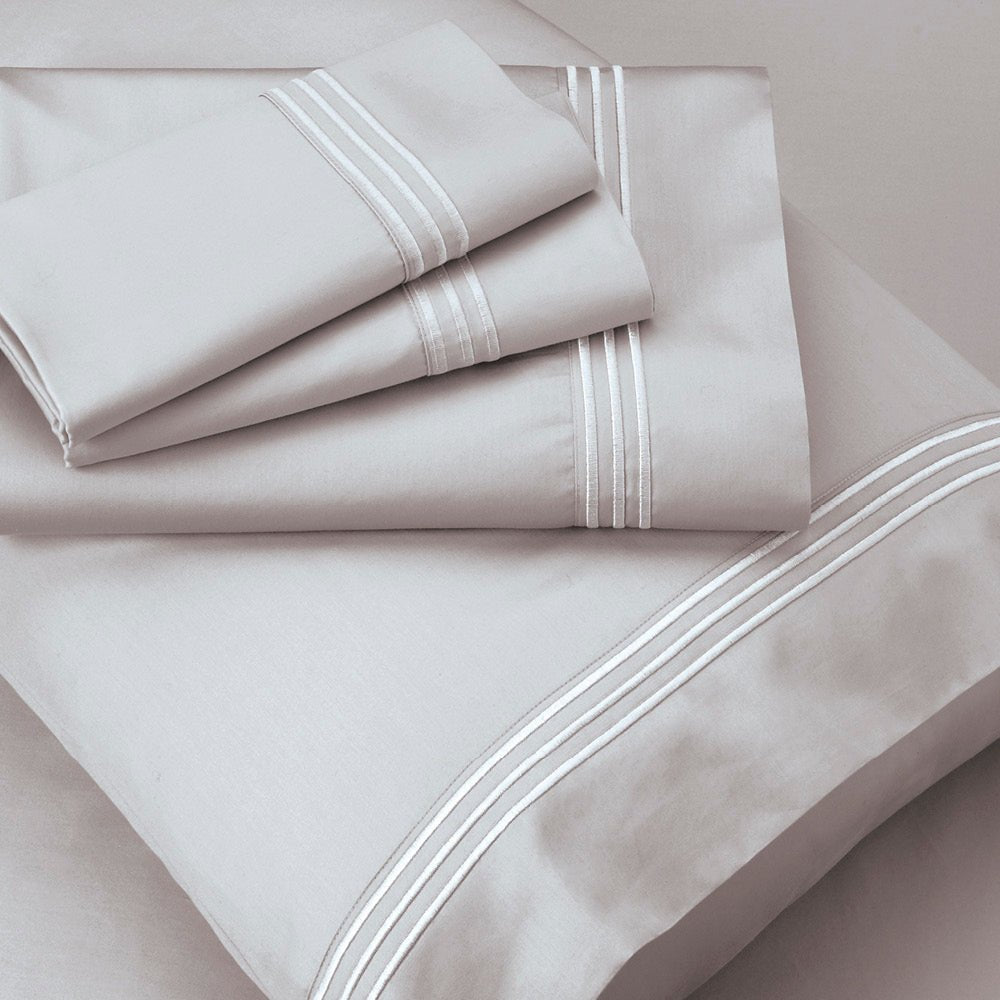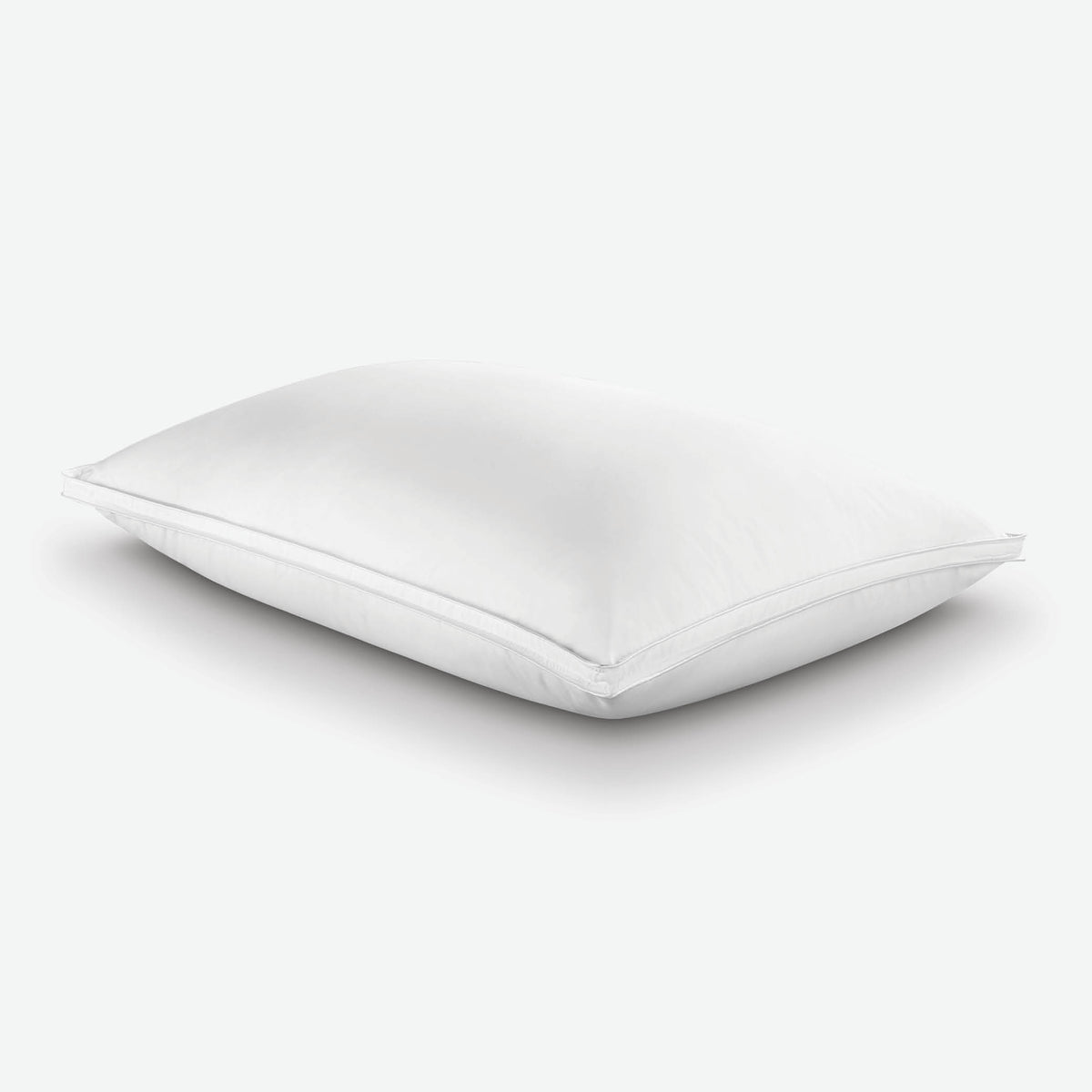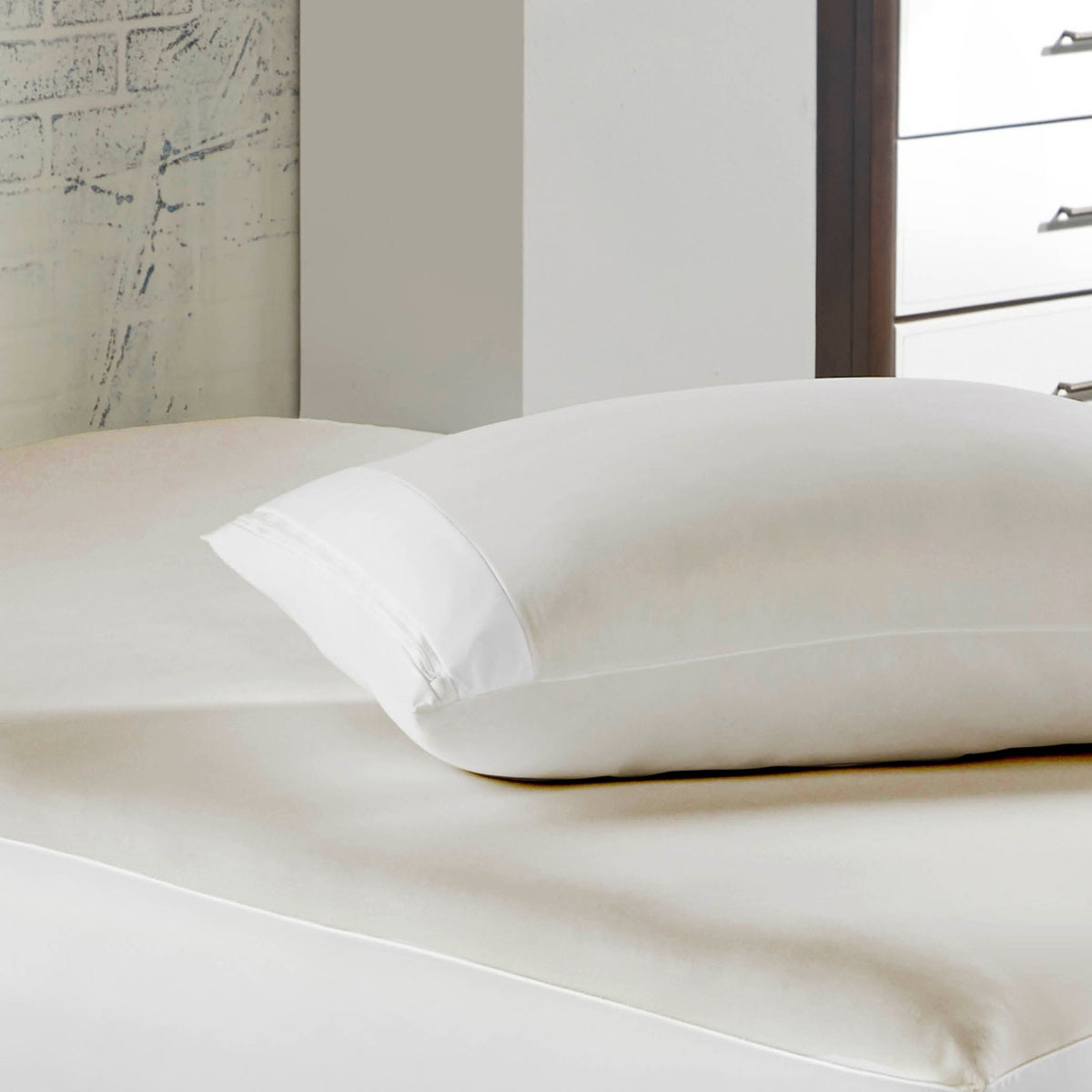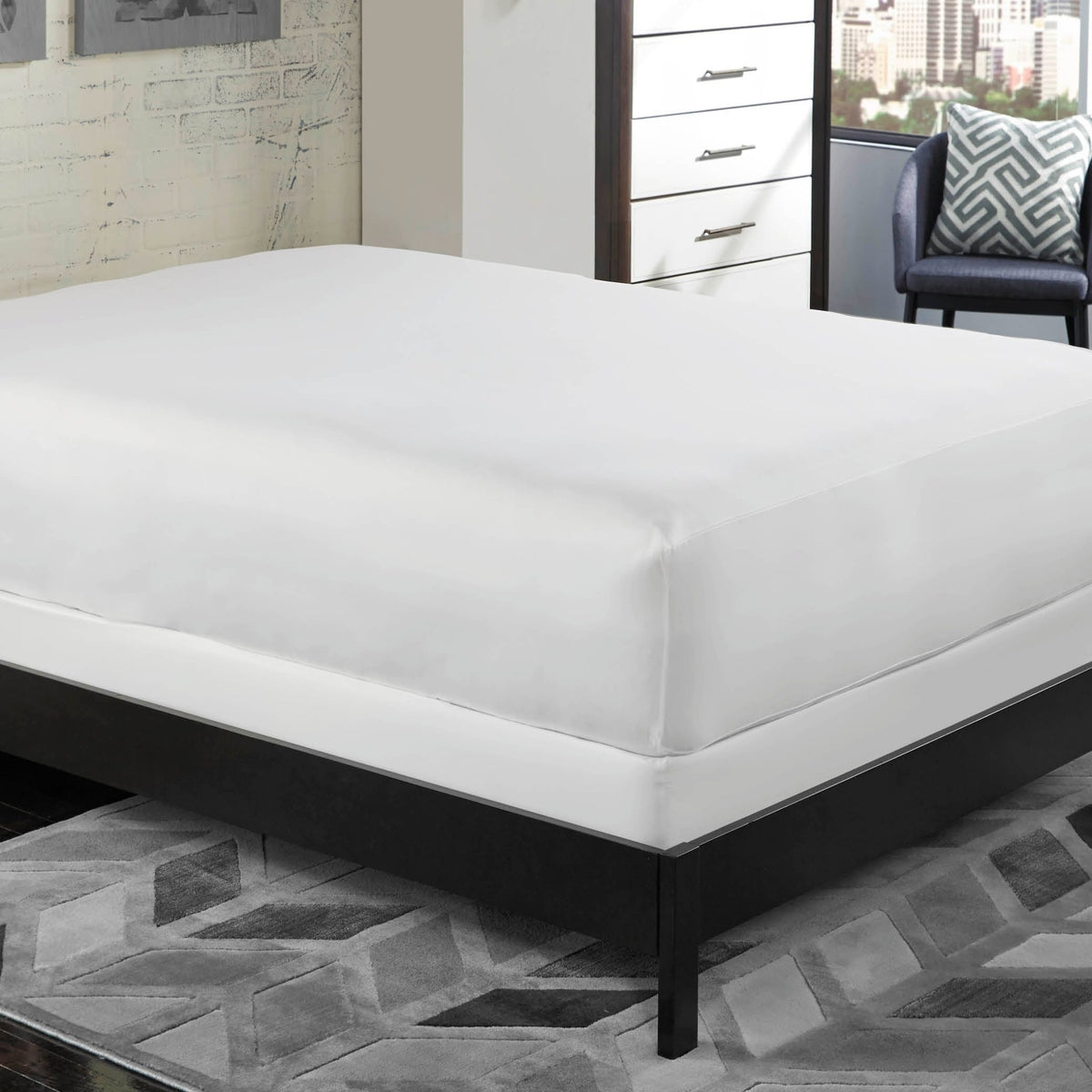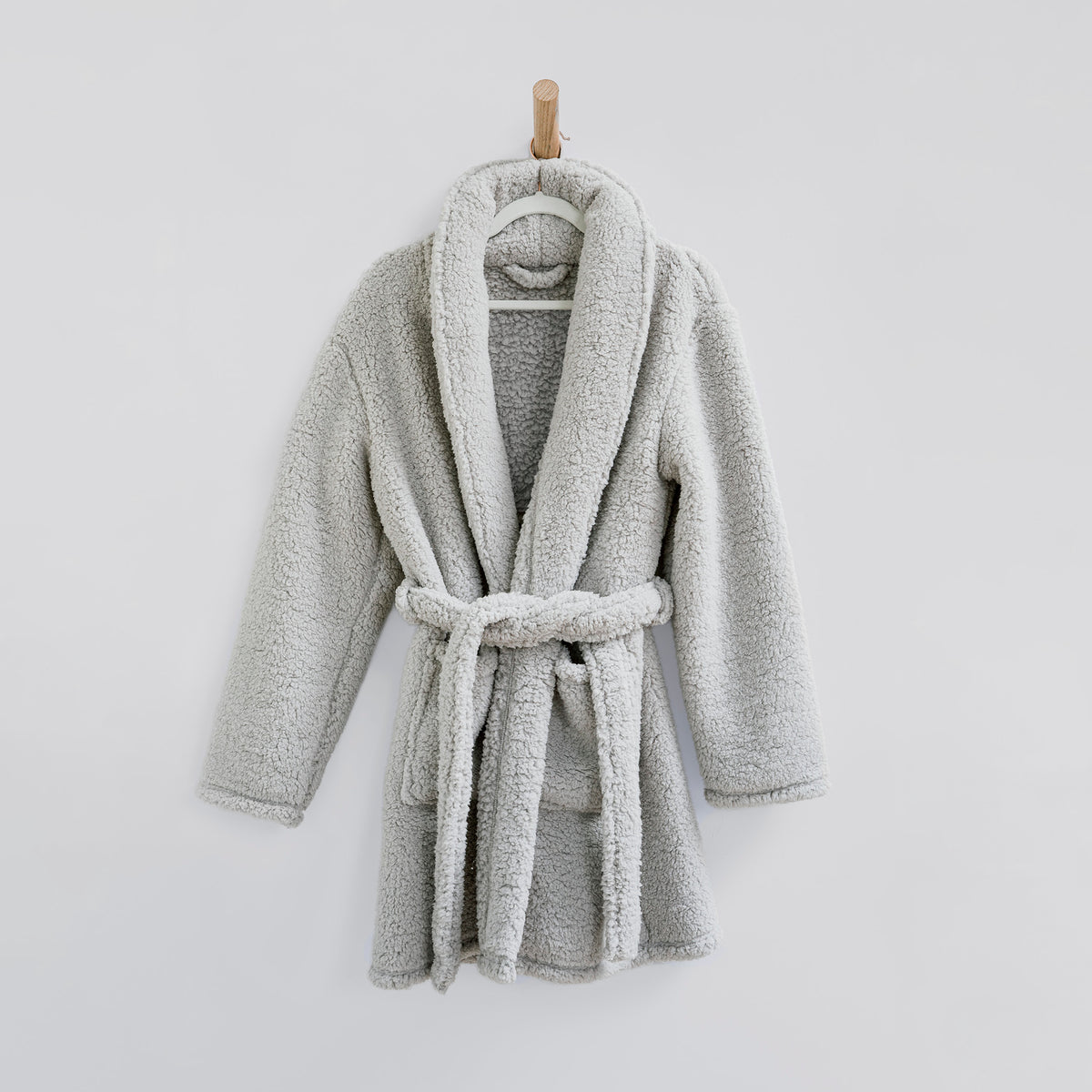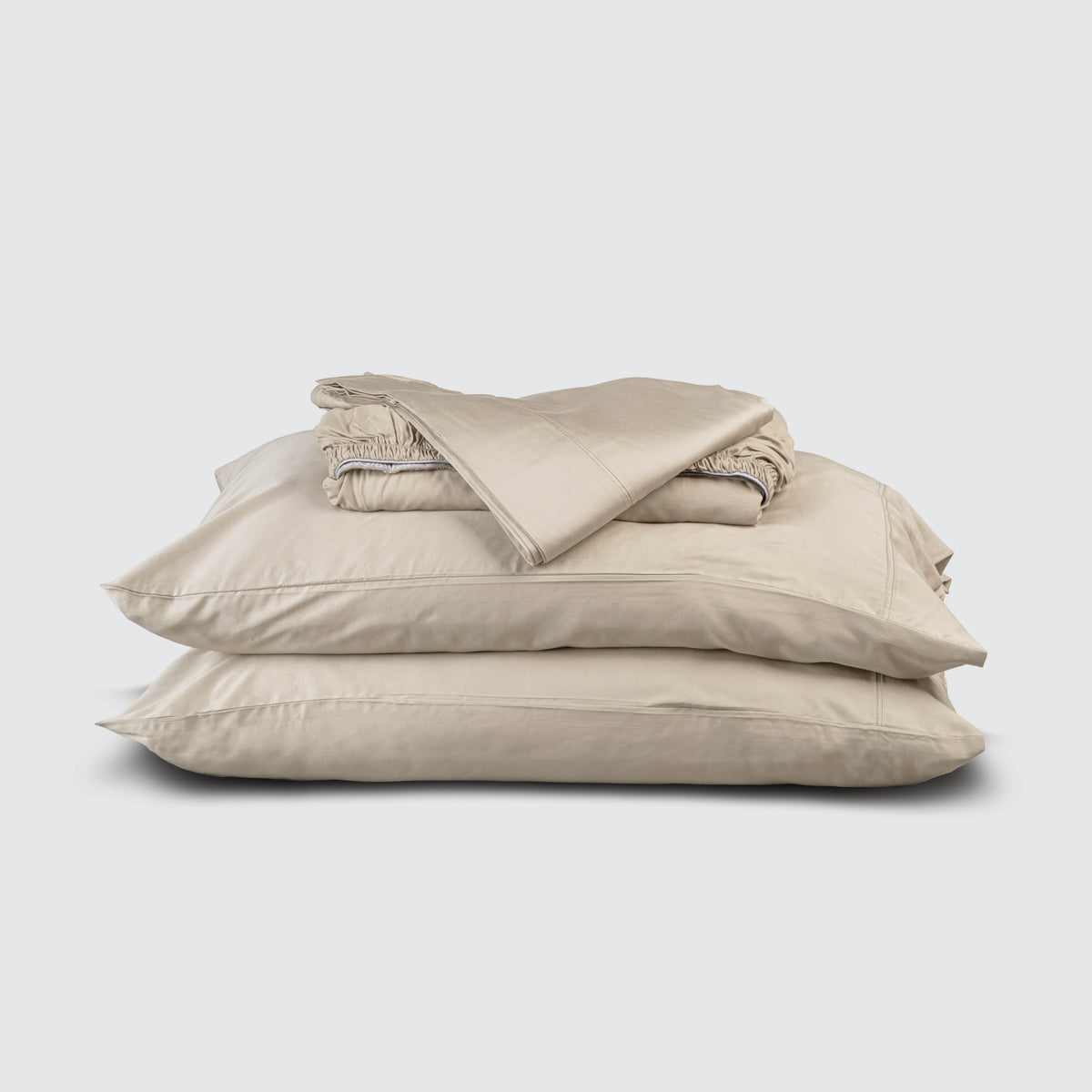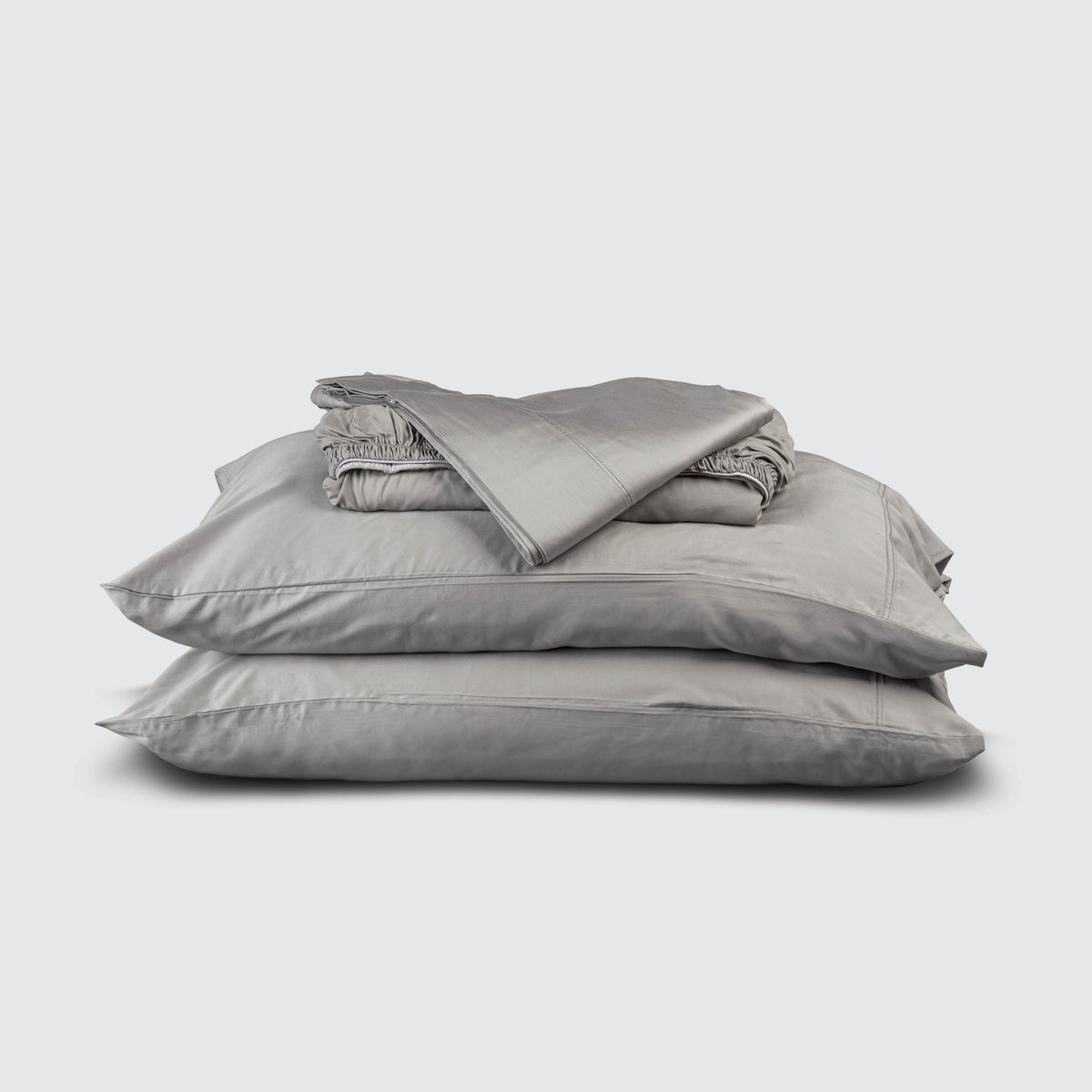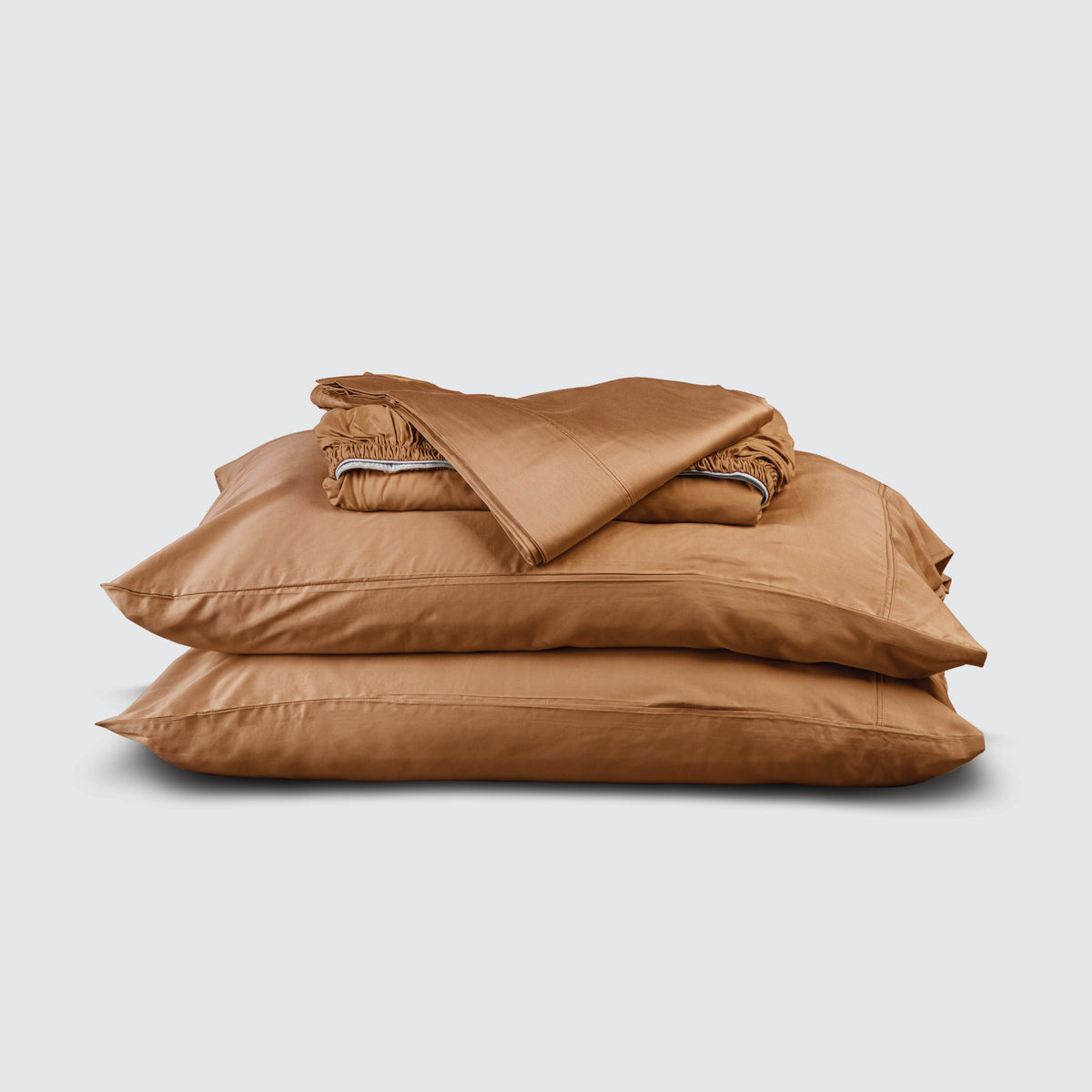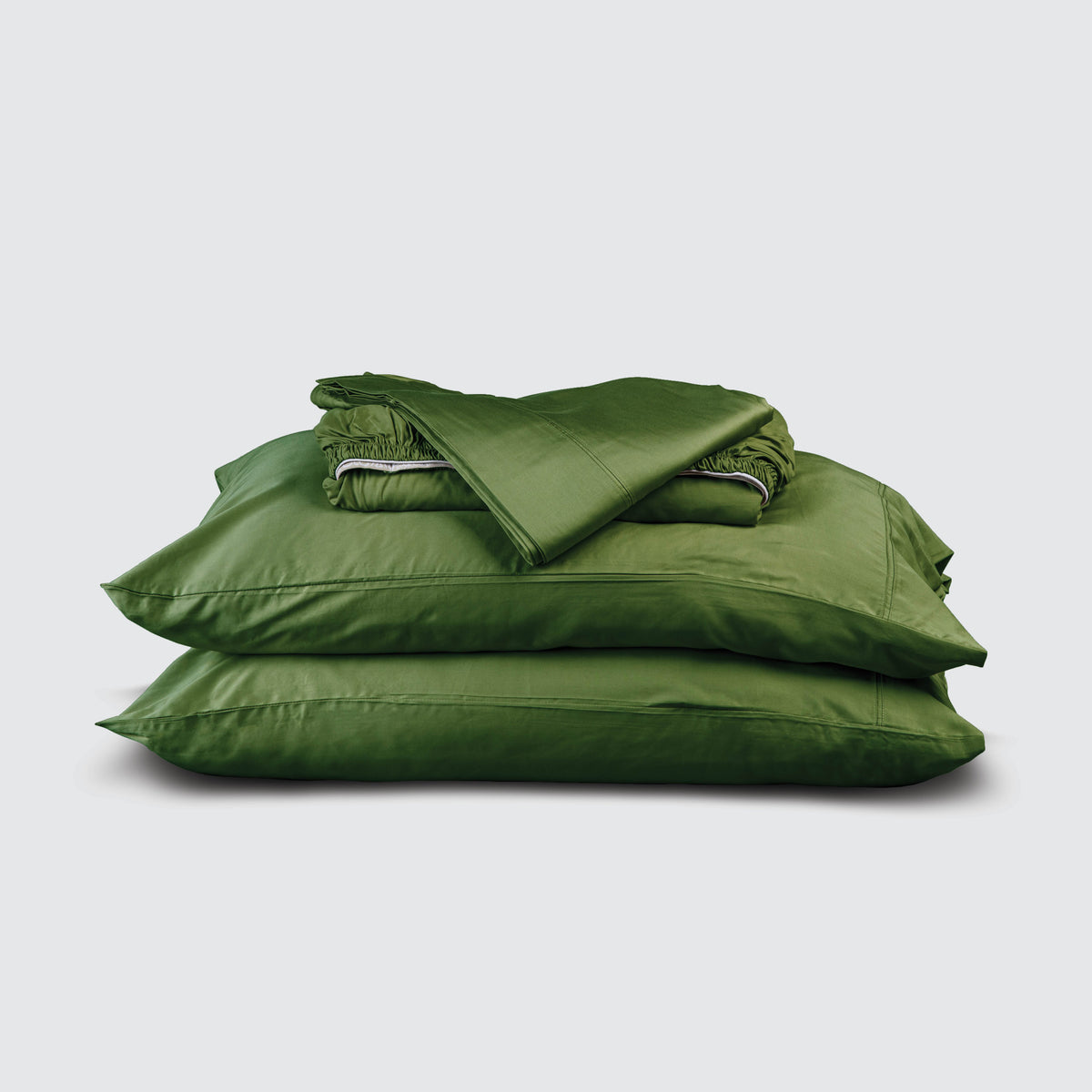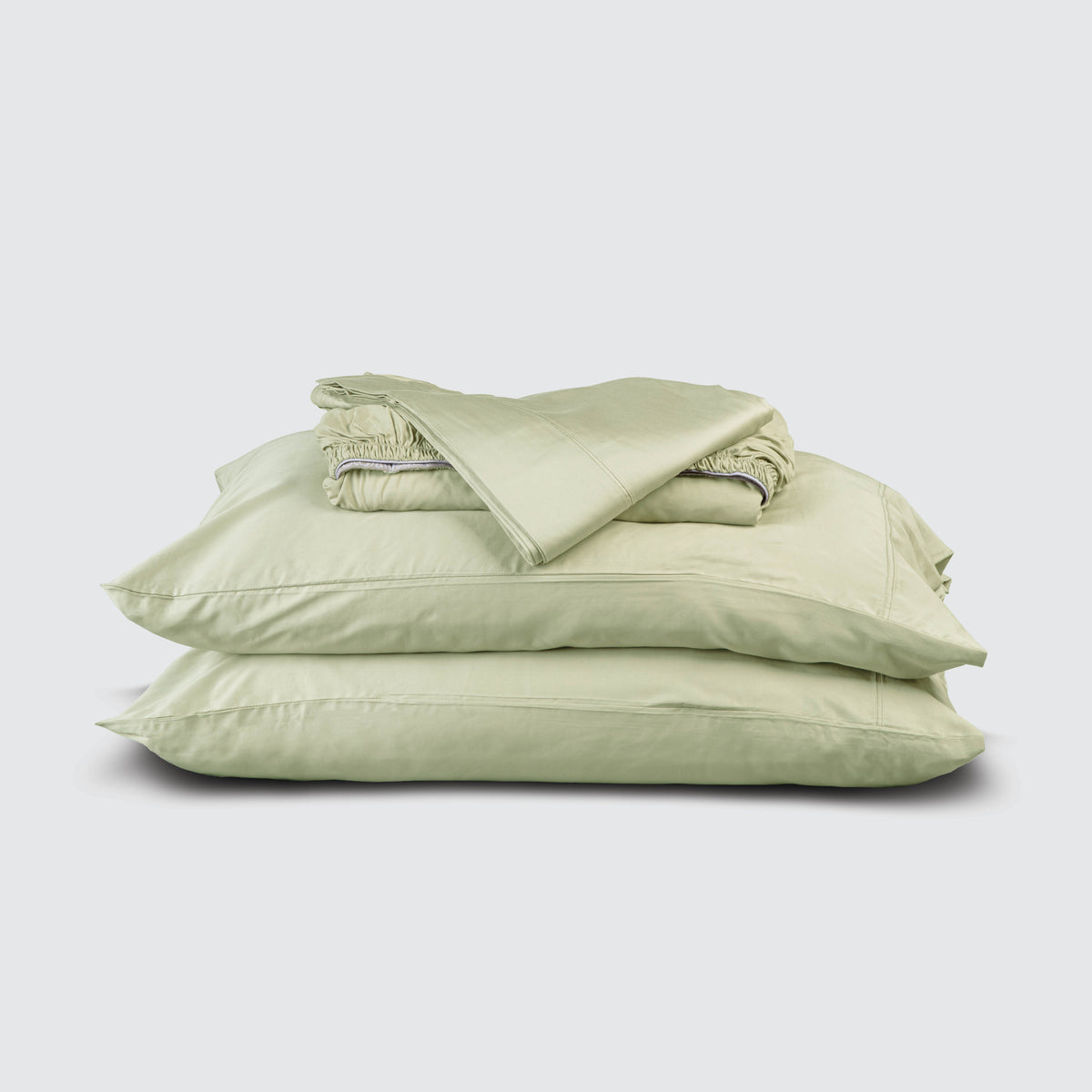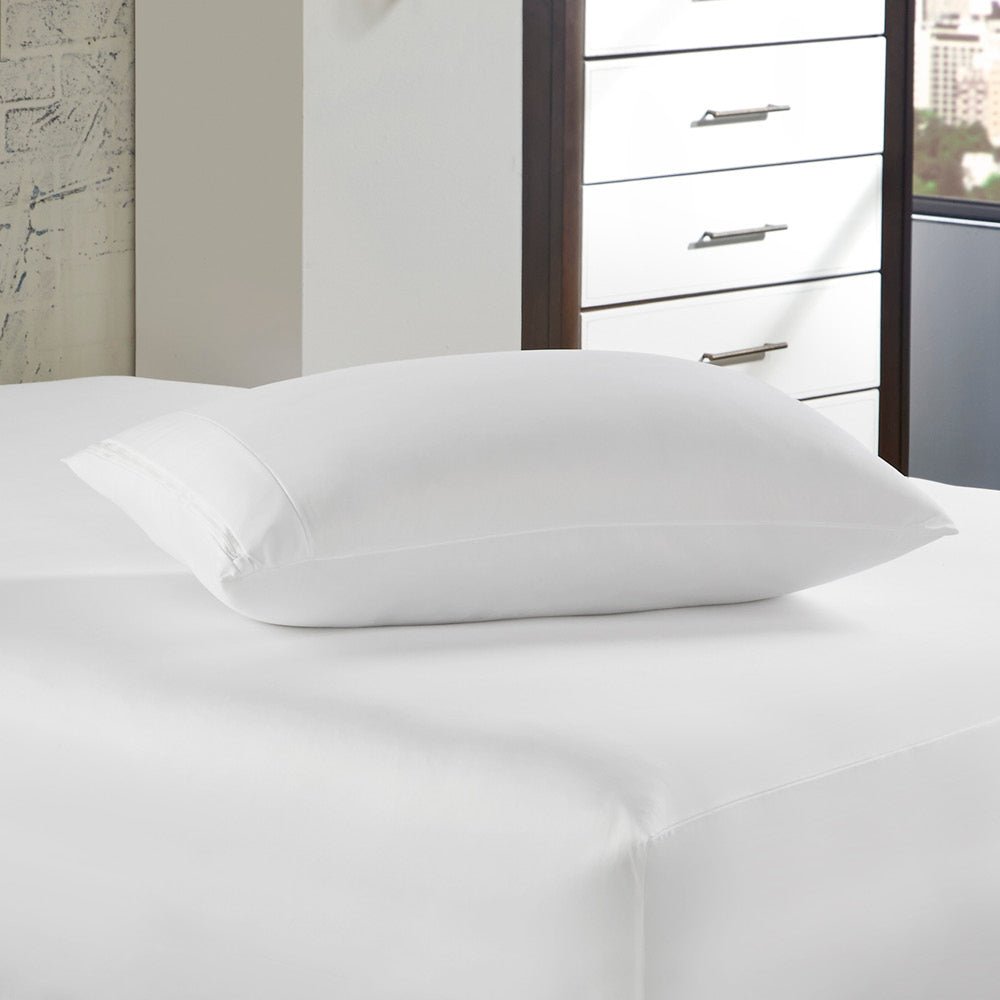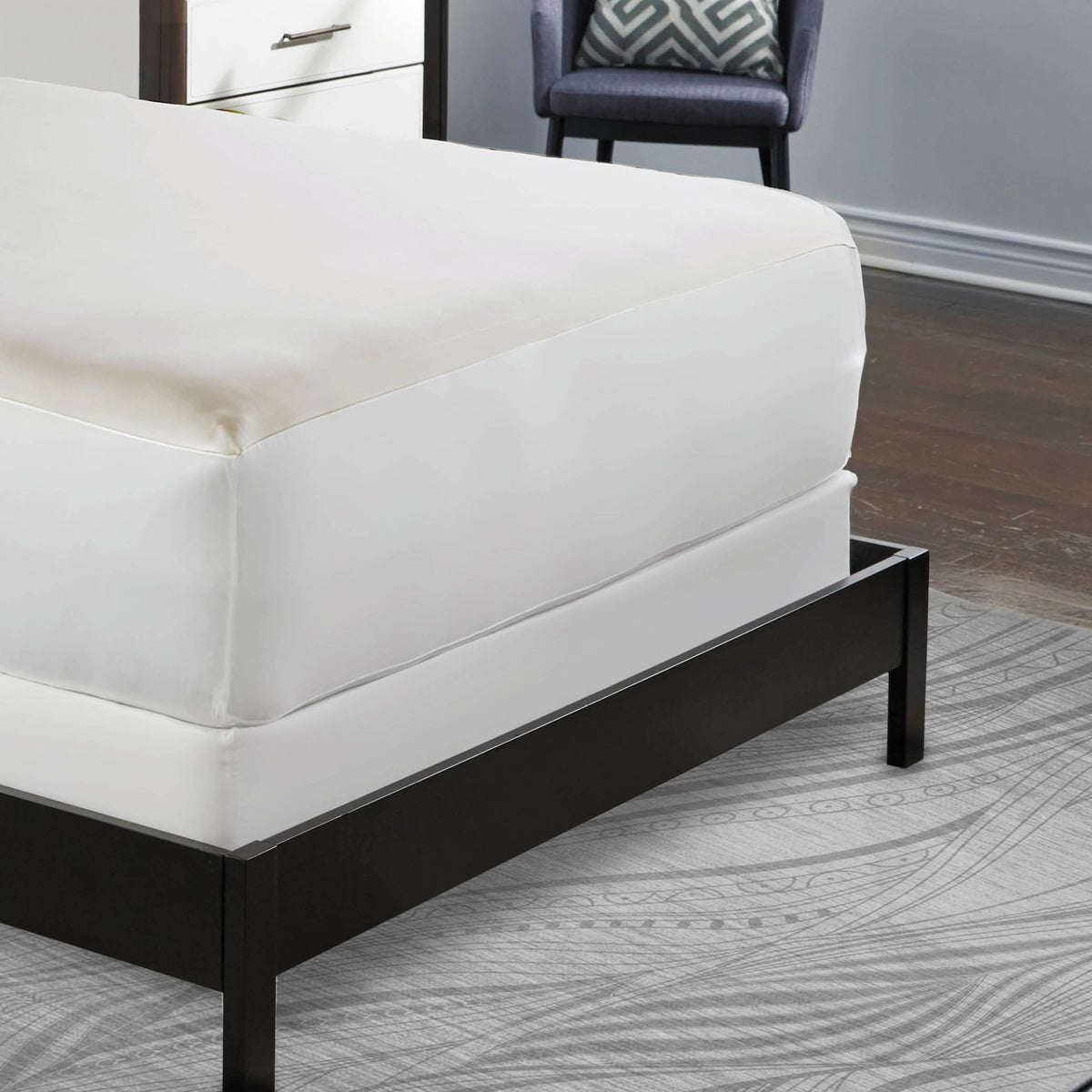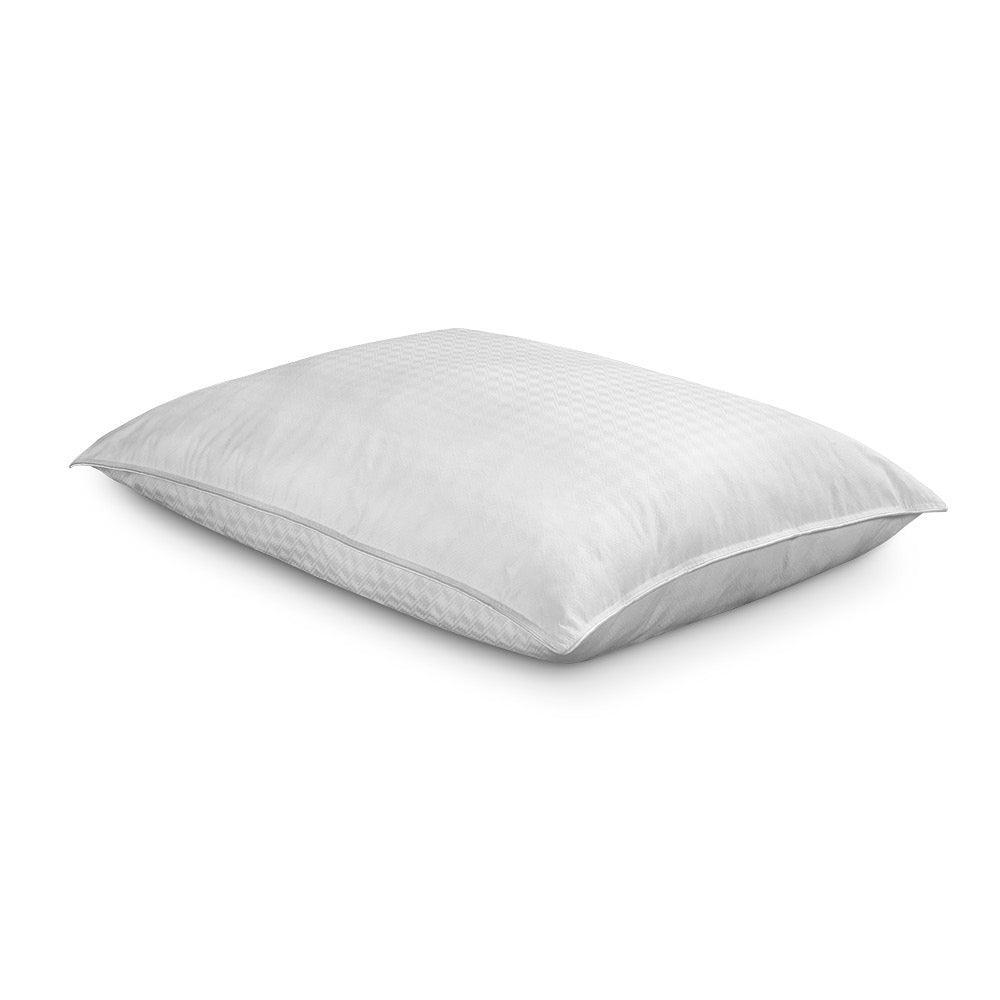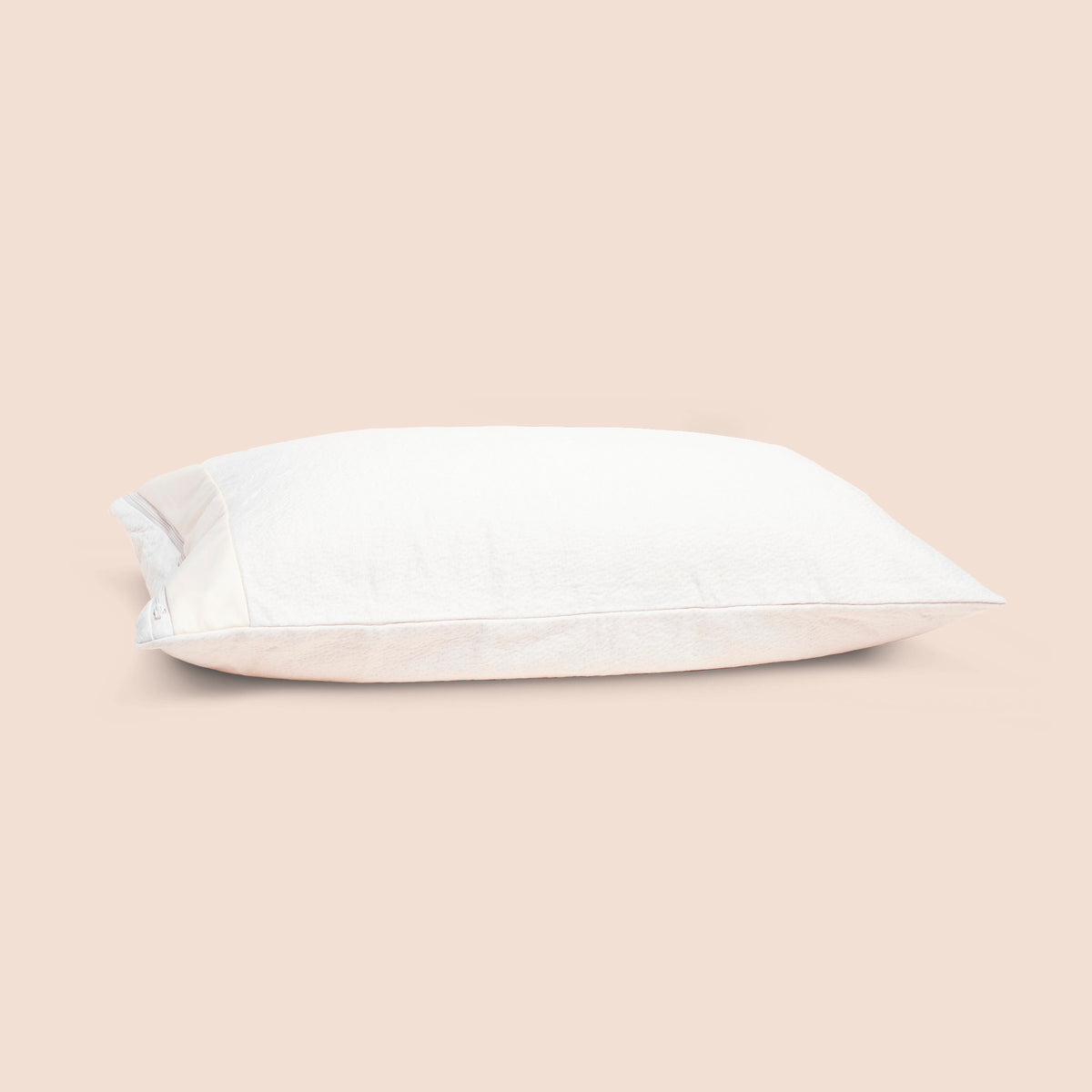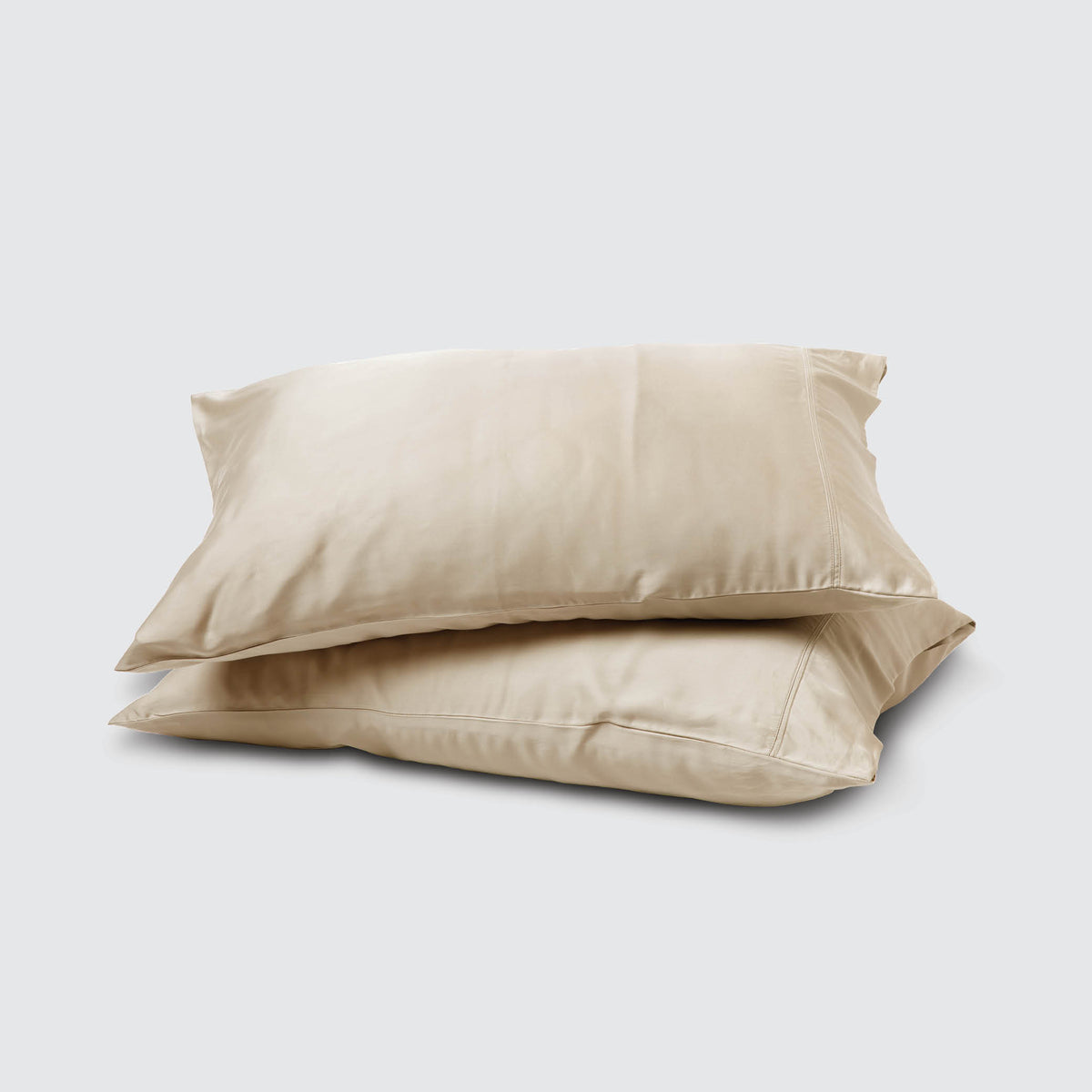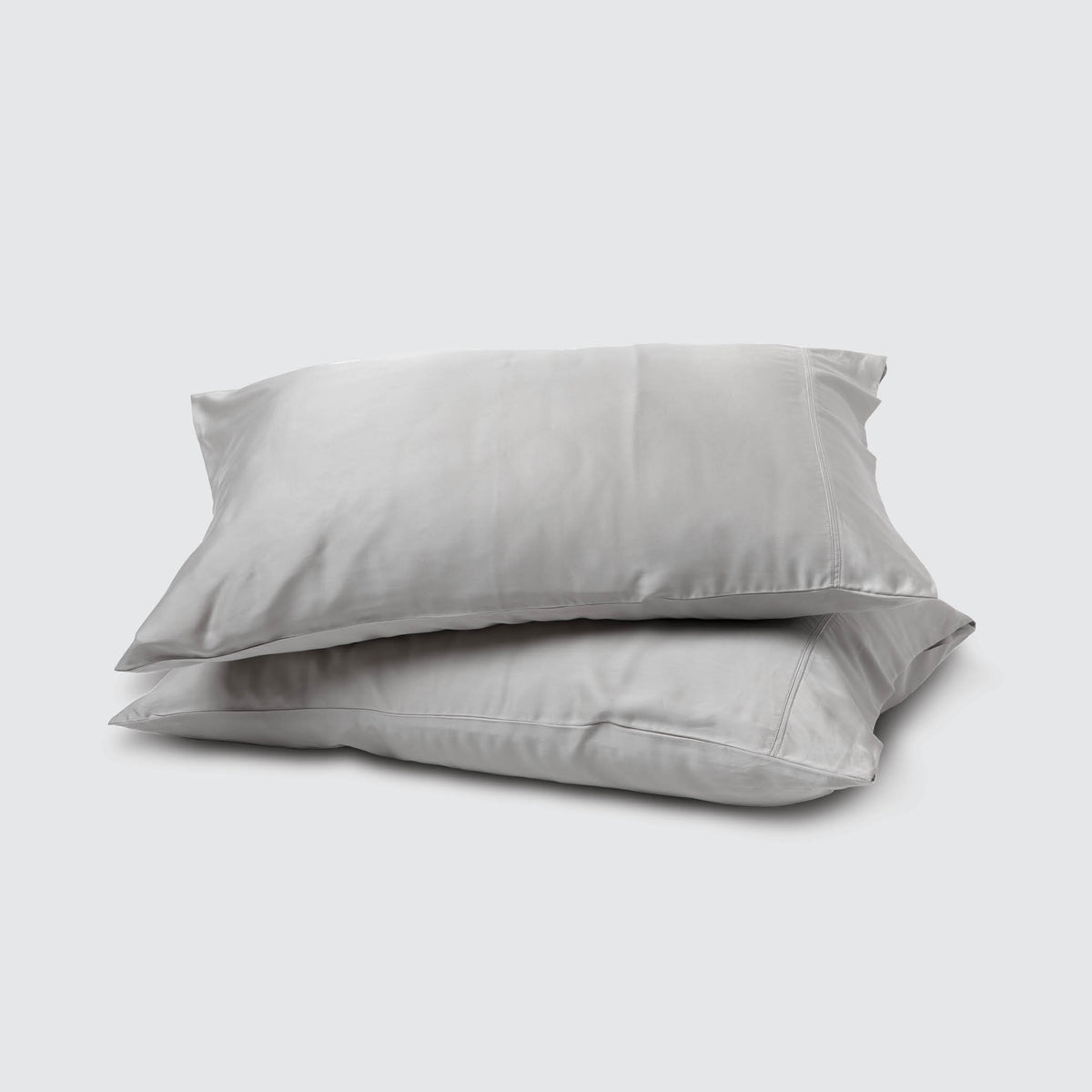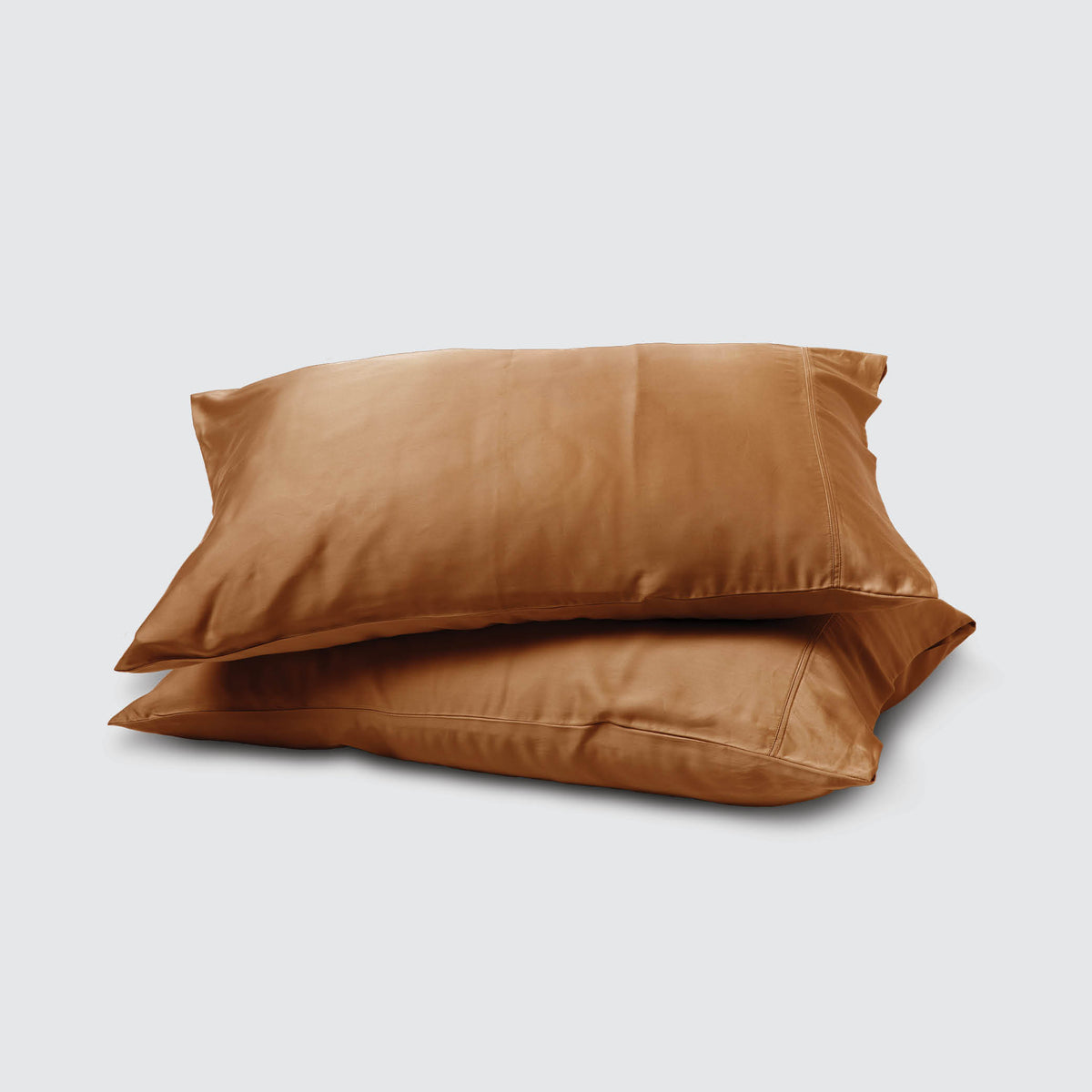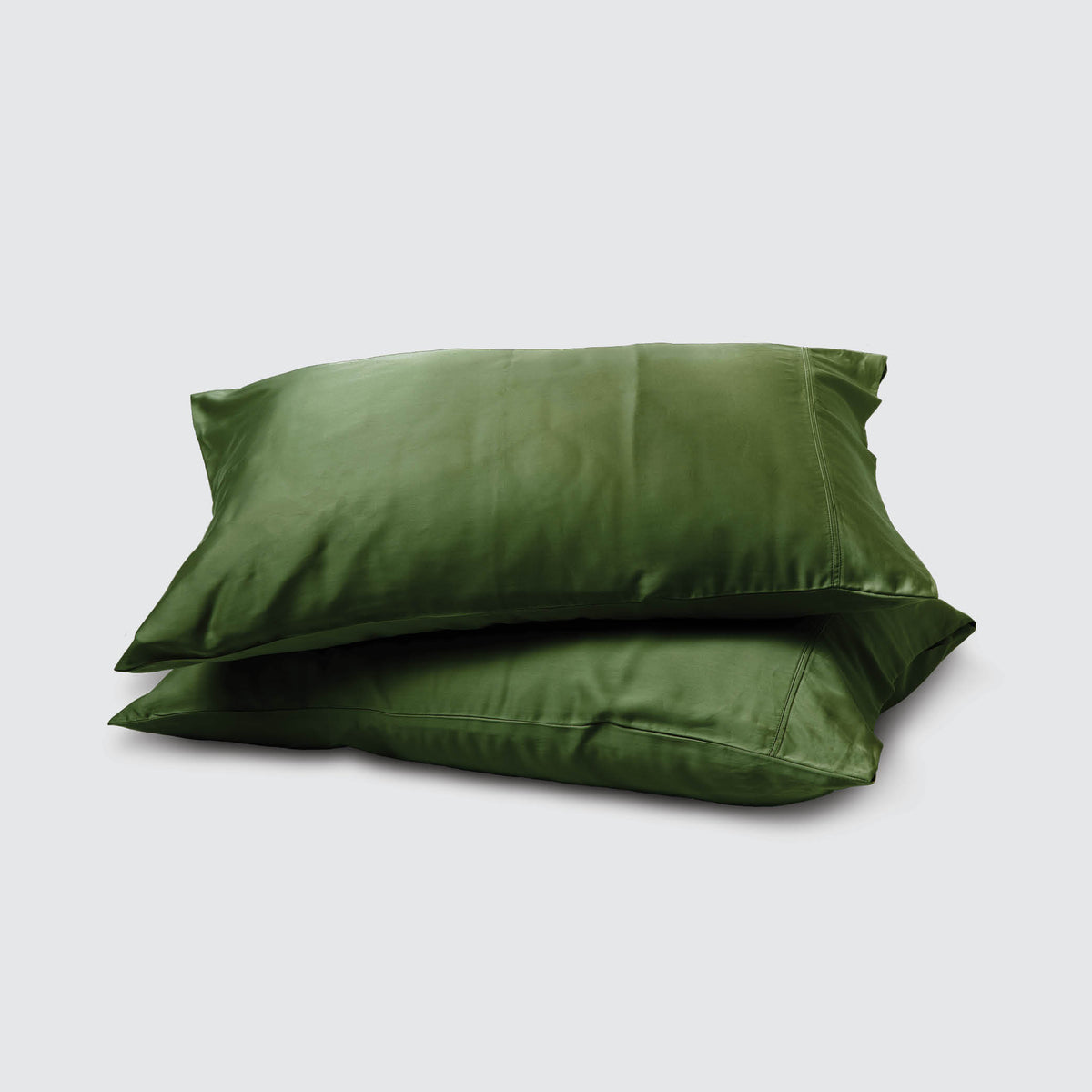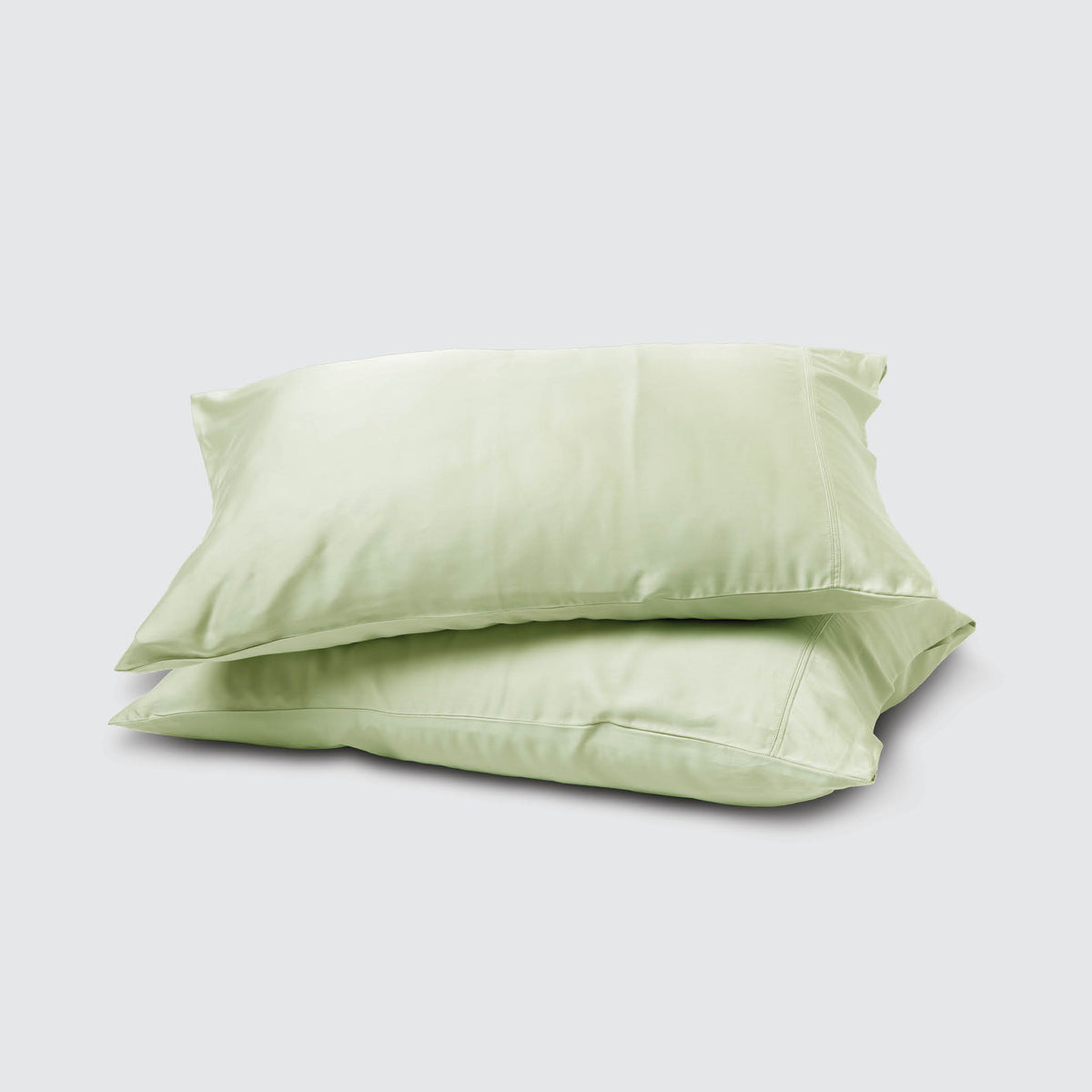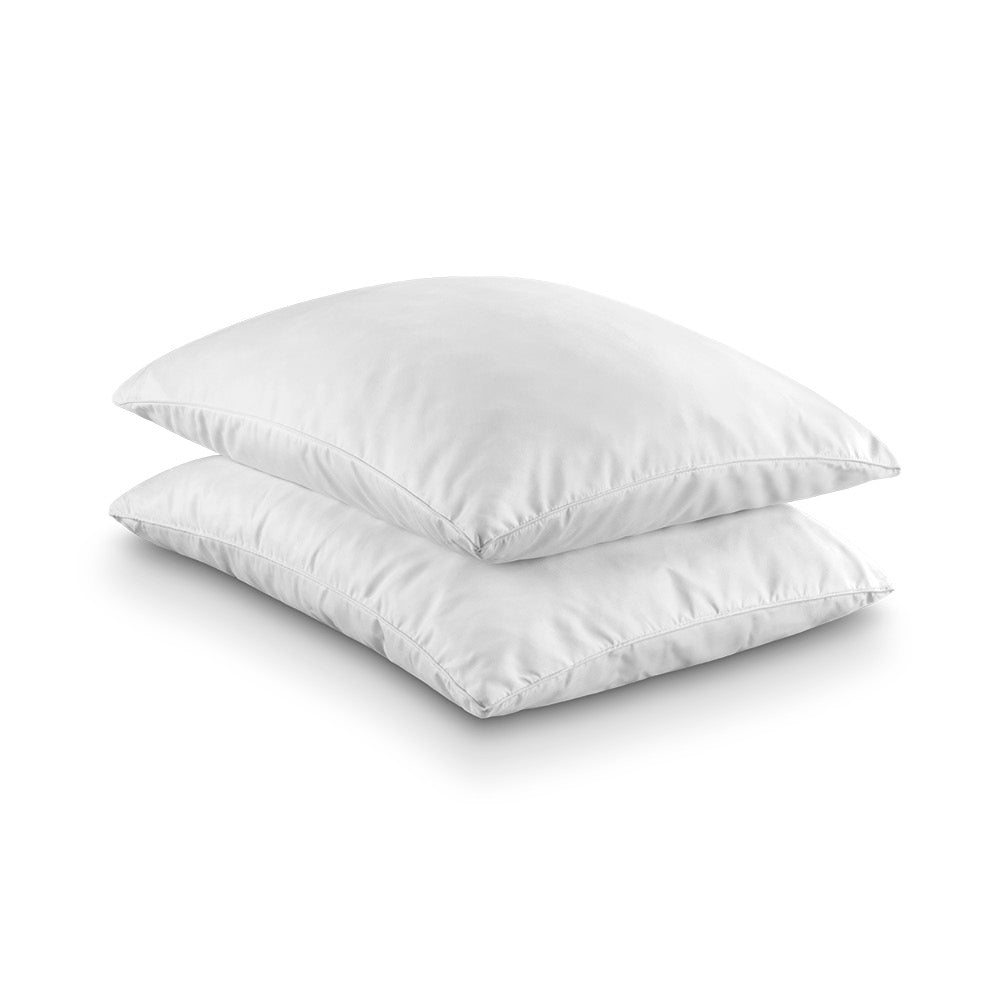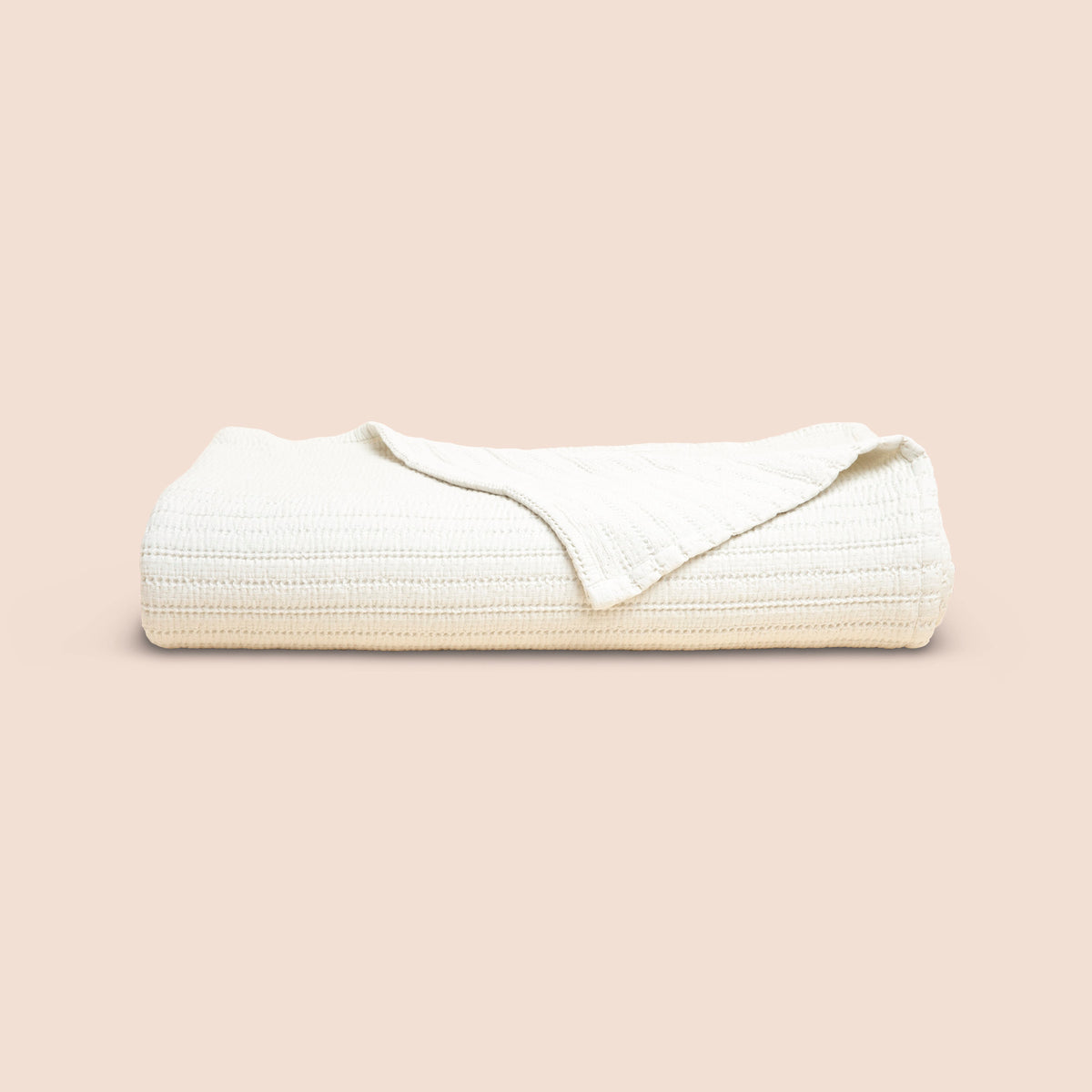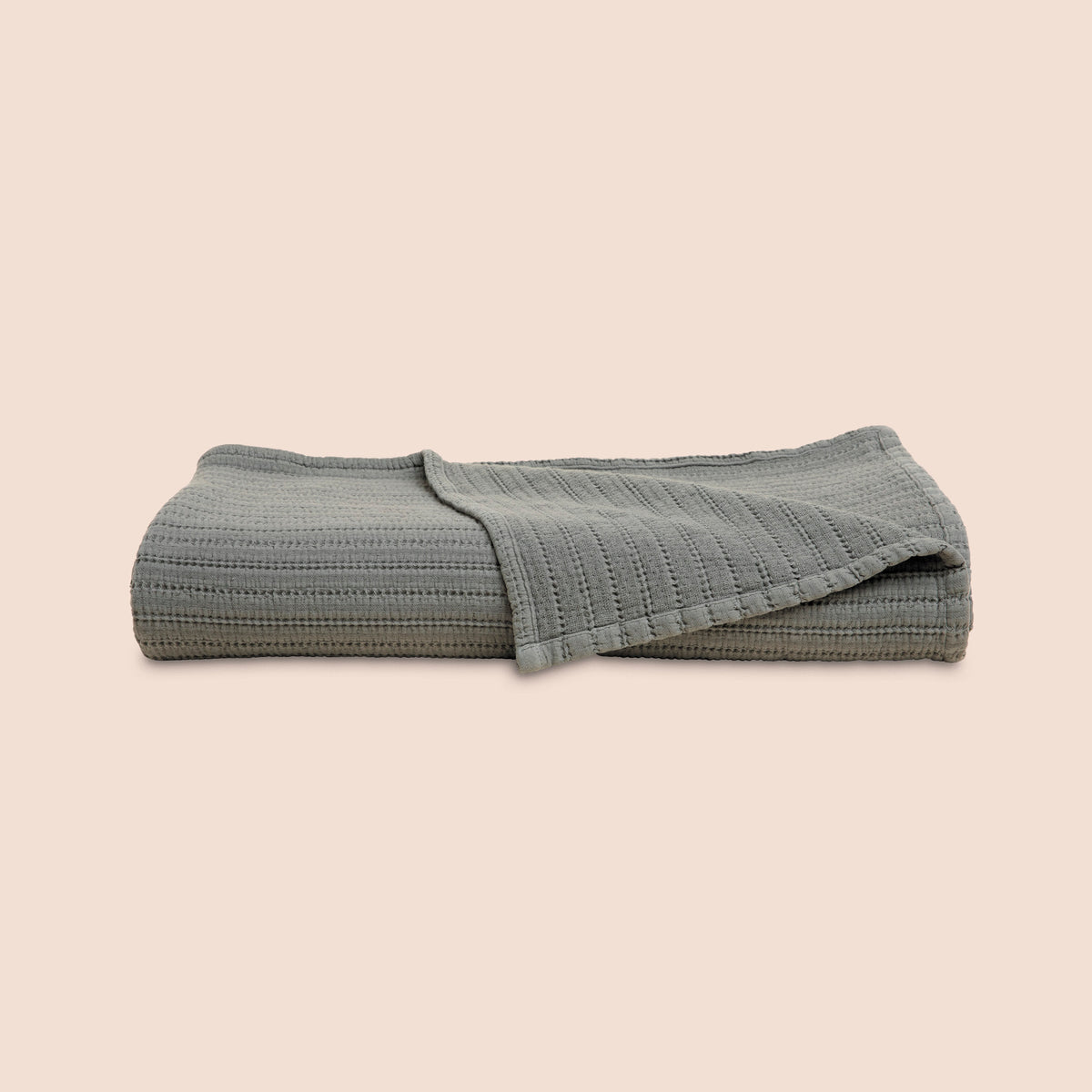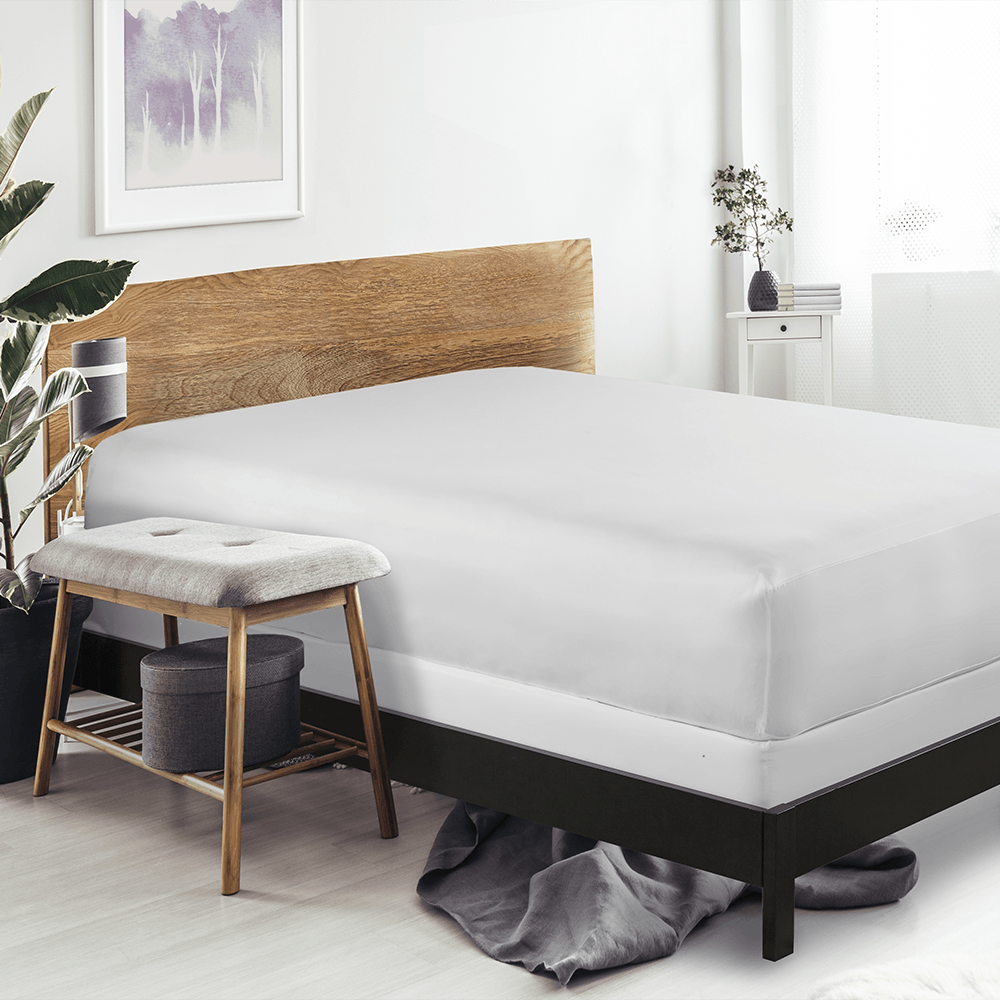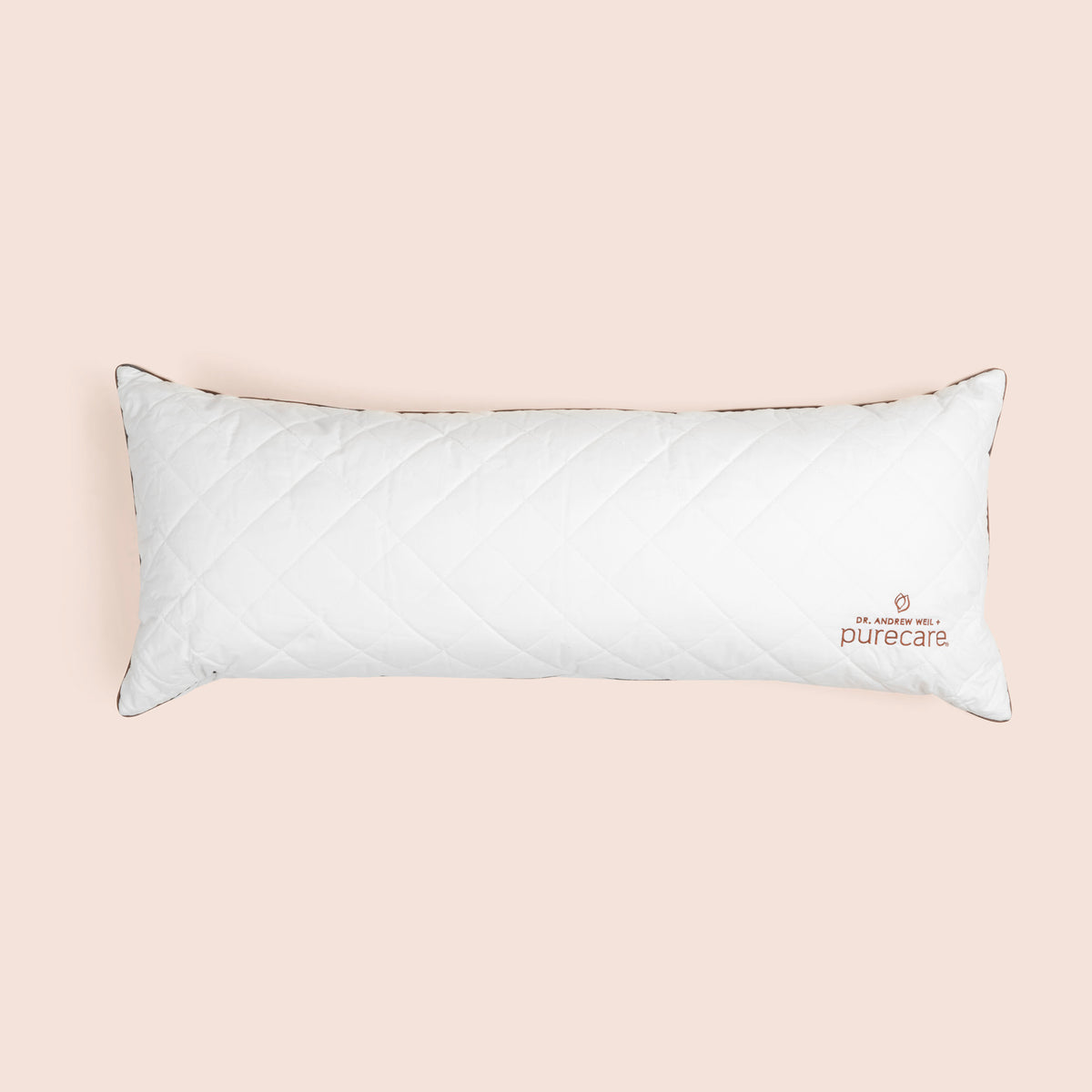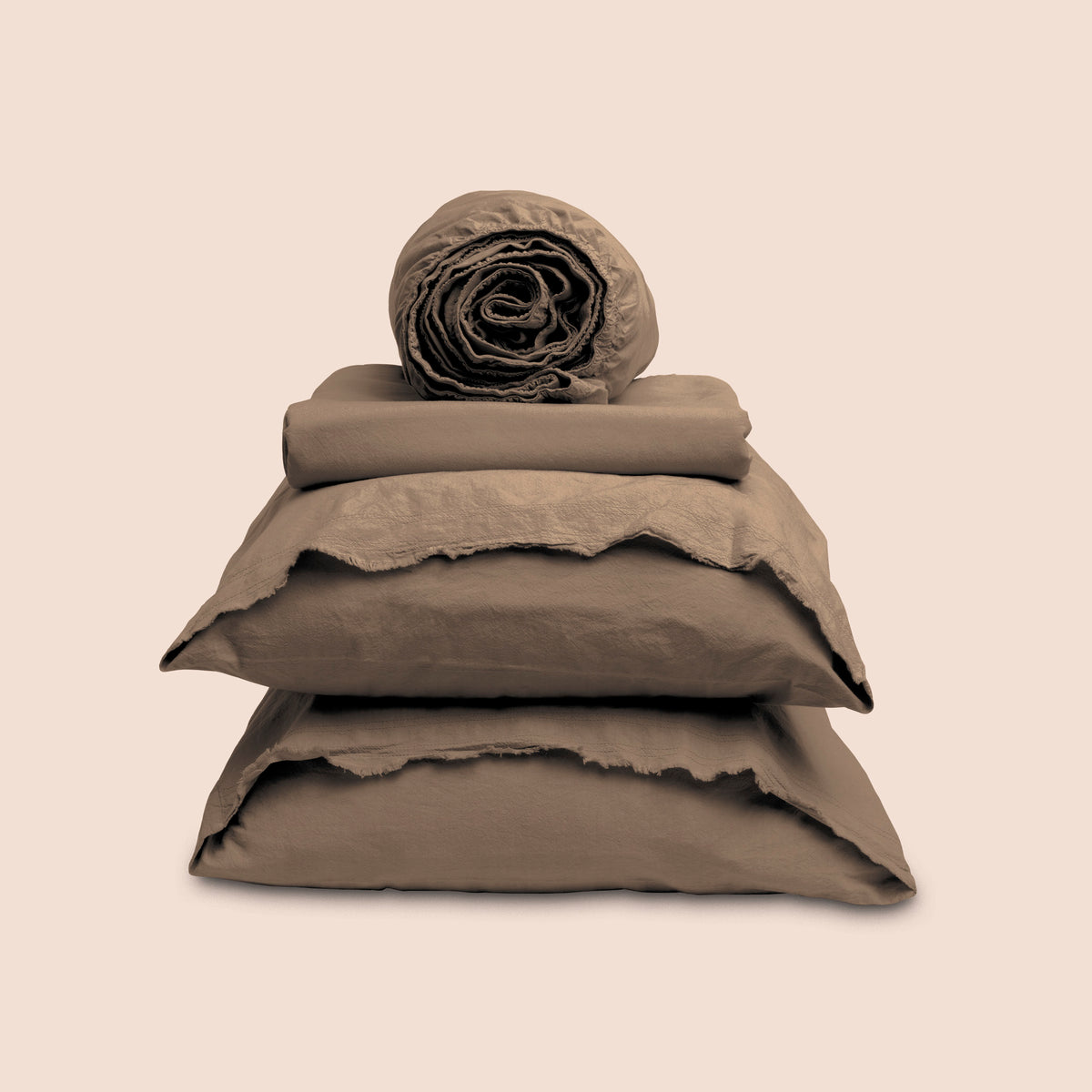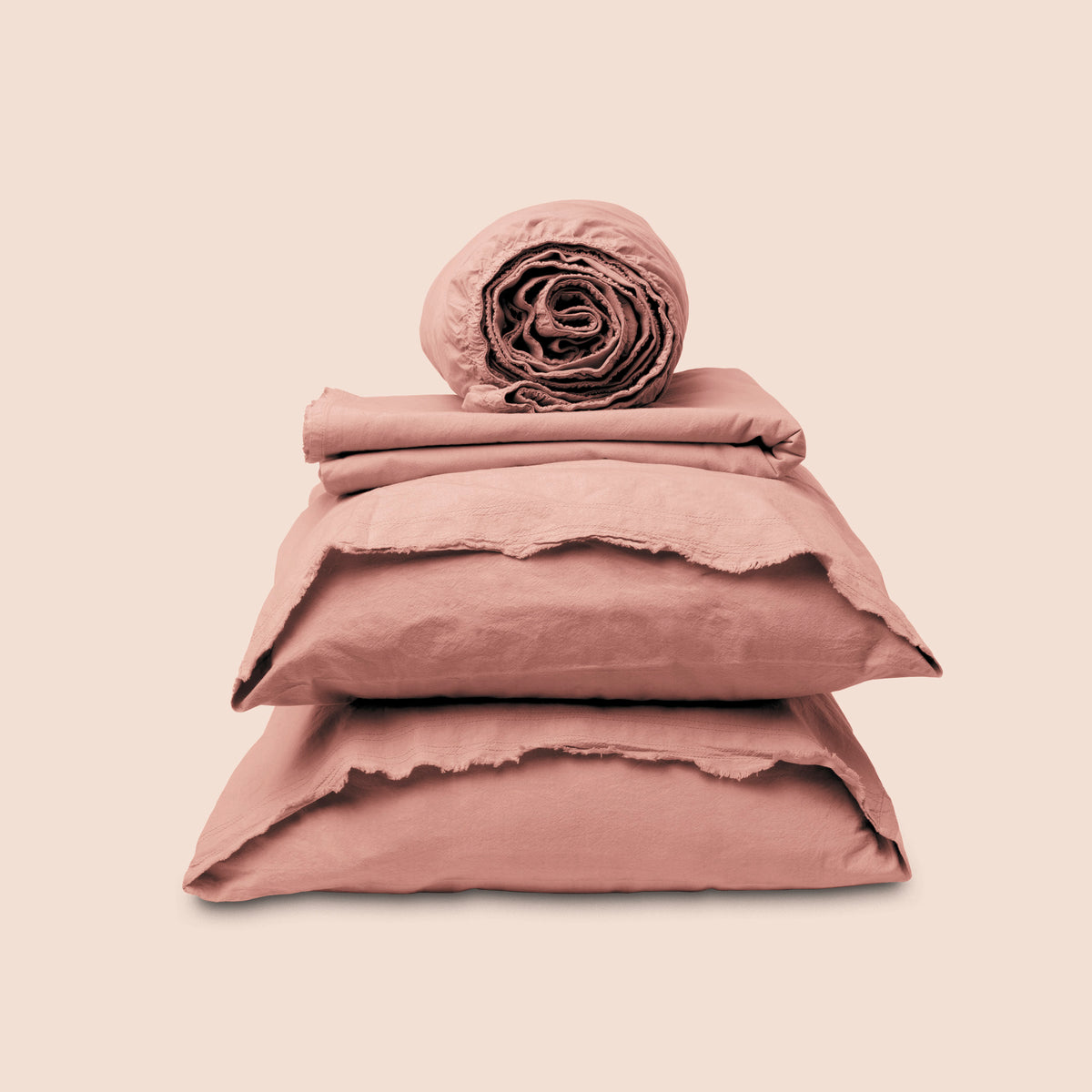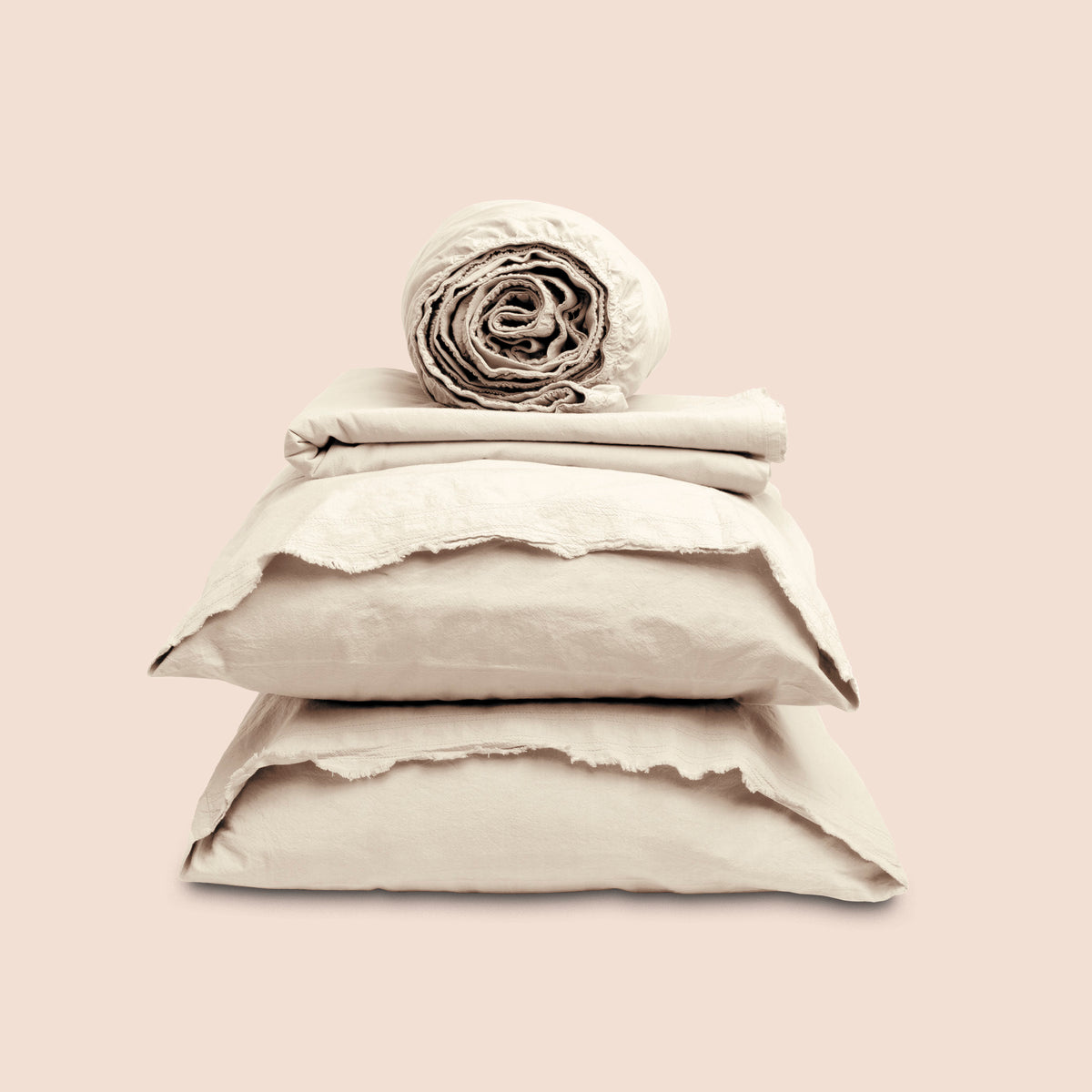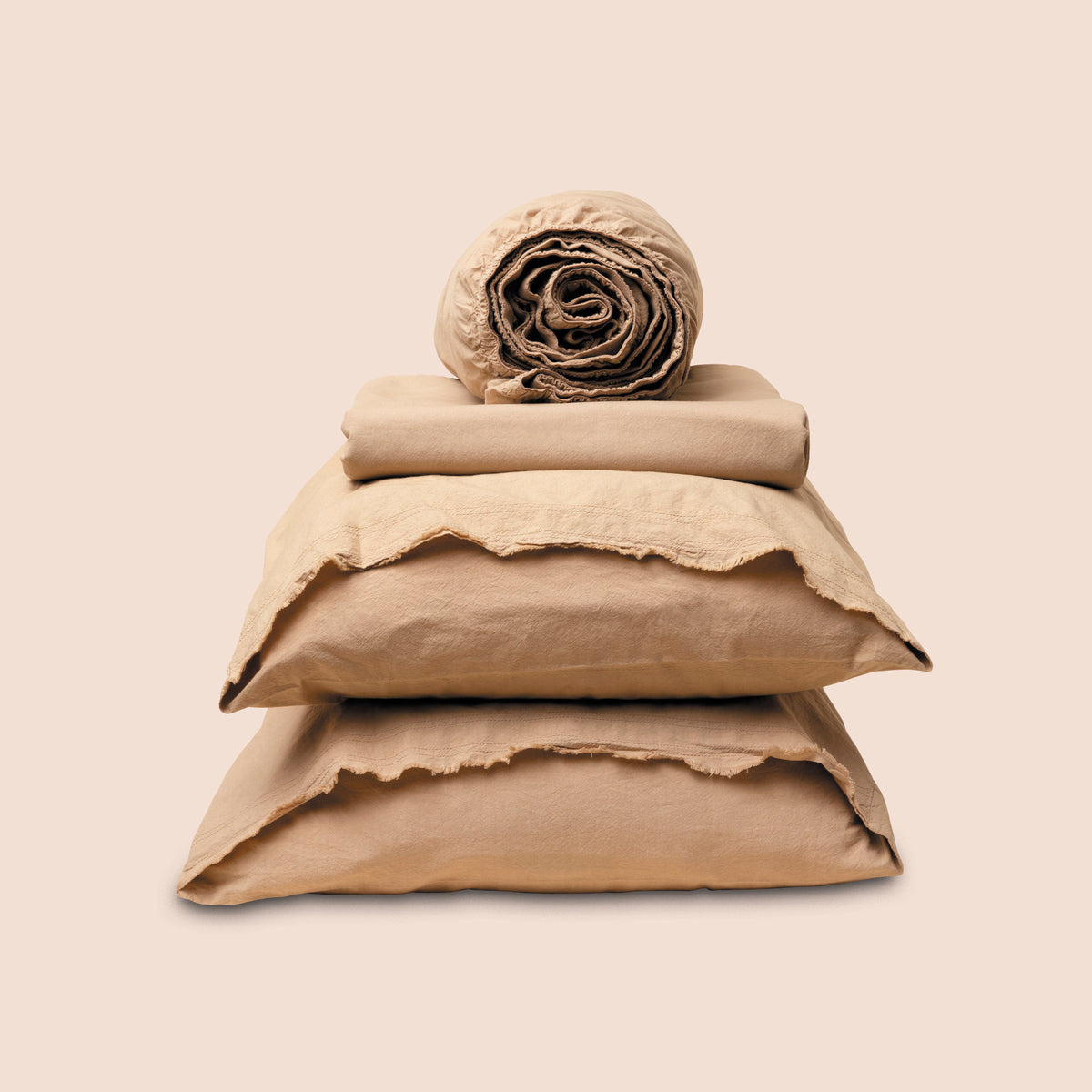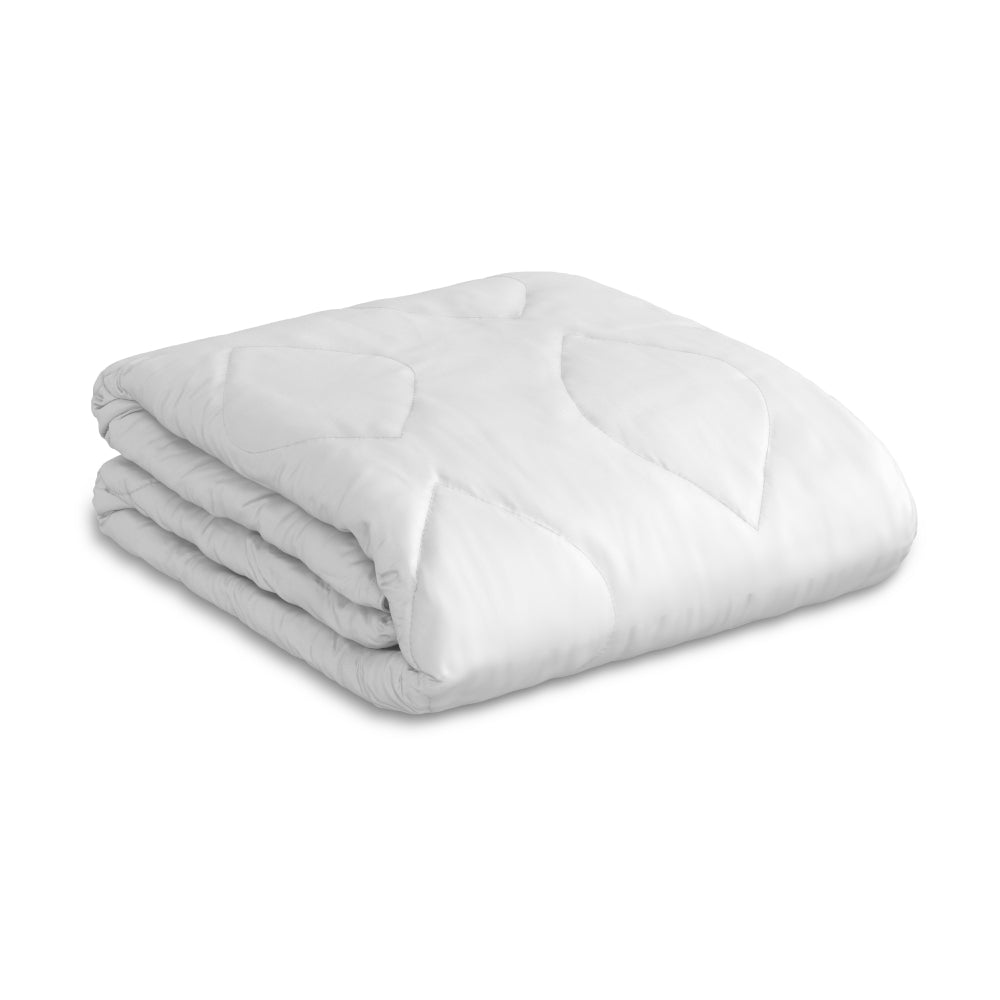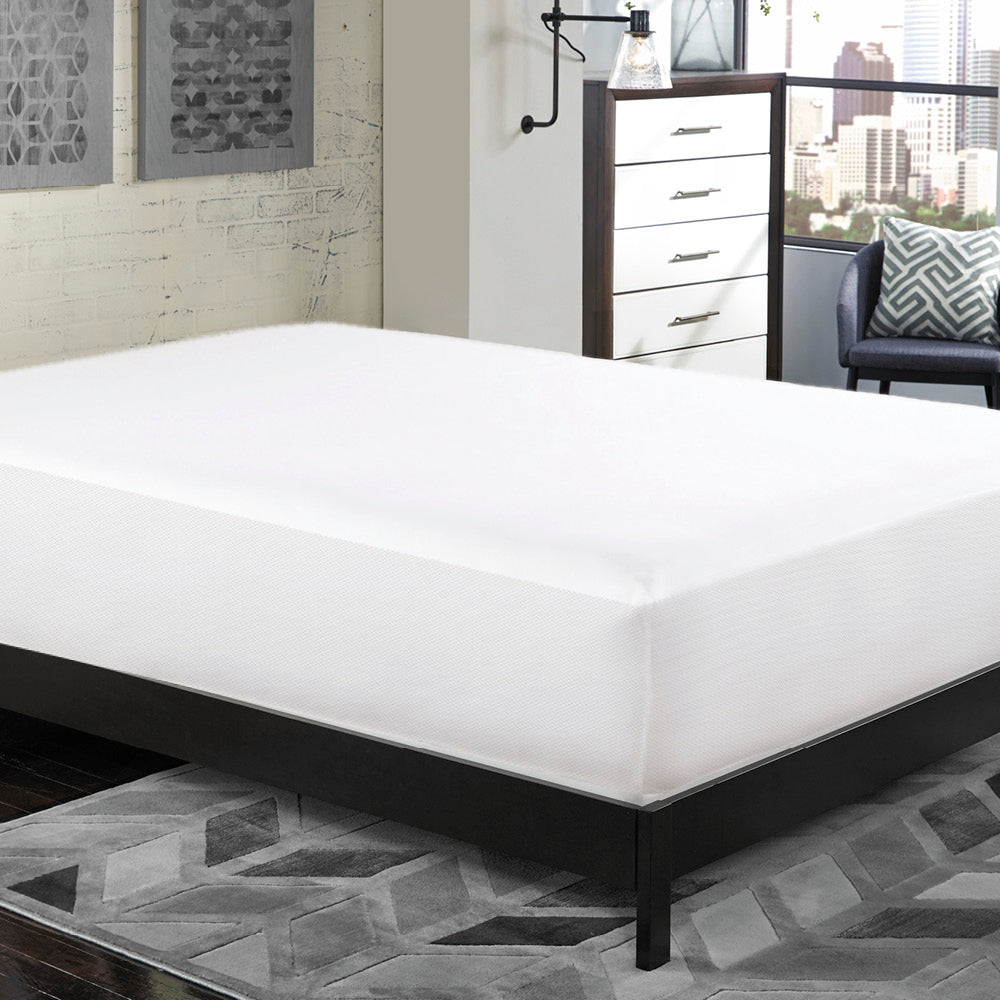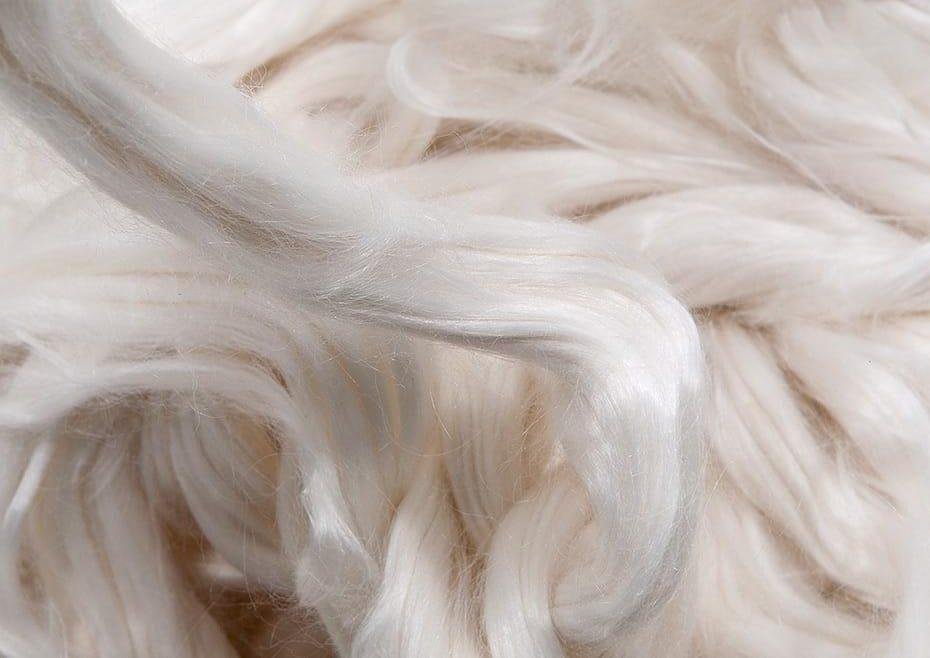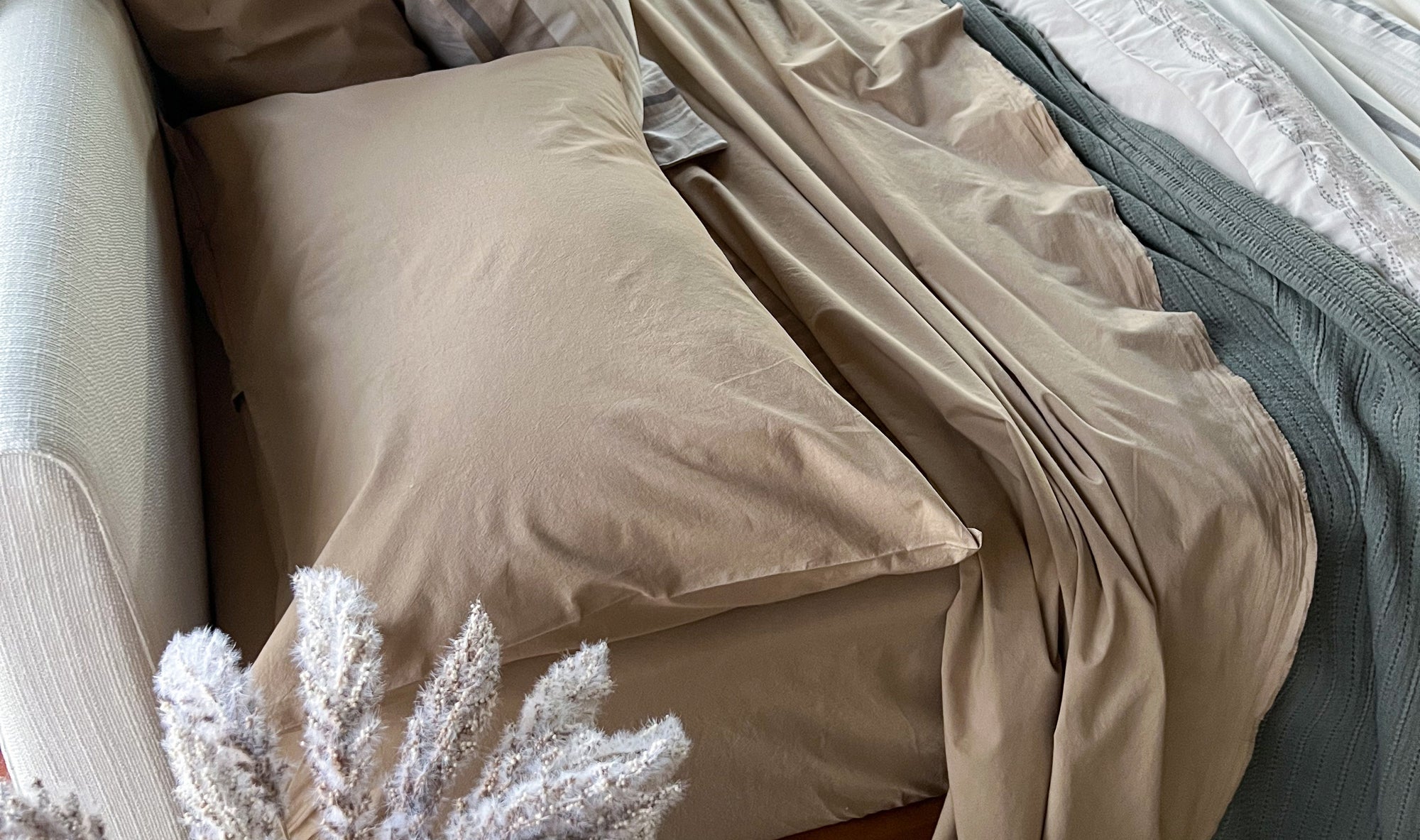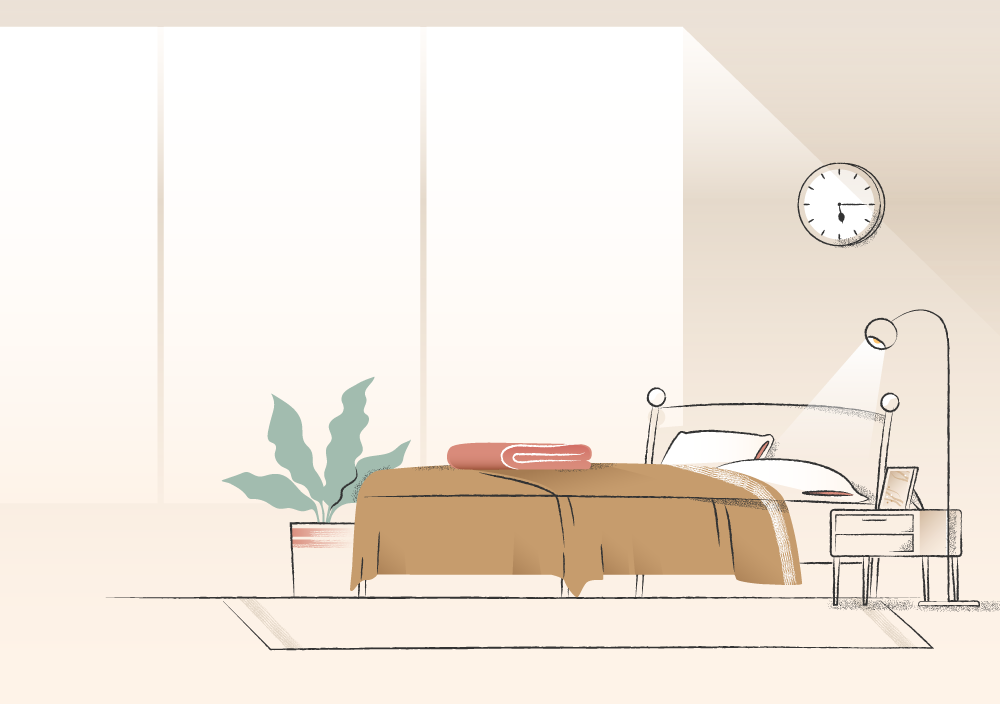Once upon a time, there was silky smooth Rayon. The world's first synthetic fabric, it took the world by storm as it allowed manufacturers to produce shimmery artificial silk, meant to feel amazing.
However, as manufacturers advanced the techniques they used to extrude fibers from the cellulose found in every plant’s cells, the production drawbacks of original Rayon production were slow to be addressed. They needed something simpler and cleaner.
That something was modal.
What is Modal?
Modal is a silky soft fabric created from extruded cellulose fibers from beech trees. Tree pulp from beech trees is sustainable because this tree species requires little water. In fact, modal production uses a whopping 10 to 20 times less water than cotton. It's also environmentally friendly because these drought-friendly trees can be grown on land where other agricultural crops couldn't.
Some other key characteristics of modal are:
- Its lustrous feel and fabulous draping: Often compared to silk and butter, modal is a smooth, soft fabric, which makes it ideal for undergarments and bedding that's meant to touch our skin (especially for those with sensitive skin). It doesn't wrinkle easily and drapes well.
- Its moisture-wicking properties: Modal absorbs 50% more water than cotton and keeps you drier. Consider it for activewear to stay cooler, longer.
- Its breathability: Modal fibers improve on the Rayon that came before with superior breathability. "You will never feel hot and sticky in it," says fabric expert Suanne Vinnick. Cooling bedding like modal is part of great sleep hygiene, setting you up for a more restful night's sleep.
- Its durability: Modal fibers are more durable than both Rayon and cotton. Modal's toughness and flexibility have earned it the nickname "the underwear fabric."
- Modal is biodegradable as long as eco-friendly dying processes are used.
The Development of Modal Fabric
While multiple entrepreneurs were toying with the idea of artificial silk from wood pulp in the late 19th century, the British duo Edward Bevan and Charles Cross were the first to refer to their invention as "viscose" since soaking tree pulp in a chemical bath created a thick, honey-like product. They created plastic cellulose but never got a good handle on spinning fabric from their viscous mixture.
In spite of their fabric failures, Bevan and Cross' early attempts in textile manufacture set the foundation for a fabric vocabulary we still use today. When comparing modal to related fabrics, you're likely to hear words related to their process (and the order in which they emerged):
- Viscose: Sometimes called viscose Rayon, the first semi-synthetic fabric was named for the viscous solution that was pumped into spinnerets to create the thread. It can also refer to the liquid solution of all the semi-synthetic fabrics in this liquid state before they're processed into thread.
- Rayon: Rayon is another semi-synthetic fabric made with tree pulp and a processed viscose solution pumped through spinnerets and made into thread. It goes through a different chemical process than viscose, so it emerges more breathable and matte, compared to viscose's silky sheen. All modals are types of Rayon fabrics.
- Polyester: The outlier of these fabrics, synthetic polyester is derived from petroleum, not wood pulp. It's often painted with the same brush as Rayons, but its manufacturing process and the resulting fabric are different. In the case of polyester, a polymer is pumped through spinnerets to create fibers.
- Modal: Modal is made just like the other pulp fabrics but with environmentally friendlier chemical processes than Rayon and viscose. While the highly alkaline lye used to make modal can be dangerous, it's not systemically toxic for workers. Additionally, modal processing reuses chemical solvents again and again, so it's a sustainable alternative to previous methods.
- Lyocell: The most recent addition to the pulp fabrics, lyocell represents a jump ahead for semi-synthetic processing. Lyocell is made using a closed-loop system like modal but is also non-toxic. Lyocell is also more likely to use eucalyptus wood (though sometimes you'll see oak and birch), while modal fabrics are made of beech pulp. Pulp is broken down with non-toxic amine oxide.
- TENCEL™: Like "Kleenex" and "Bandaid," TENCEL™ has become a branded term for lyocell fabric, but is actually a specific lyocell or modal produced by the Austrian manufacturer, LENZING AG. TENCEL™ comes with advantages, like the promise of increased sustainability compared to other lyocell and modal fabrics.
All the Rayon-style pulp-derived fabrics use different processing methods and chemicals, creating different characteristics in the resulting fabric. Different weaves and blends produce a different look and feel, too.
How is Modal Fabric Made?
The production process for creating Modal fabric includes:
- Chipping tree wood into small pieces that can be reduced to pulp.
- Creating wood pulp from wood chips using sodium hydroxide, otherwise known as caustic soda or lye.
- Liquifying pulp by using chemical solutions to break down pulp into a thick liquid that can be pumped through spinnerets.
- Processing viscose into fiber. The liquid is pumped through spinneret holes to create fibers.
- Processing fibers into different kinds of yarn. Fibers are further processed with chemicals like sulfuric acid to form yarn, then bleached, dyed, and woven into fabric.
Modal Closes the Loop on Pollution
Modal uses chemical baths to break down and purify beech cellulose.
One of these chemical baths is sodium hydroxide. As a solvent, it's an improvement on the original 19th-century methods of producing textiles from wood pulp that used different solvents with more dangerous health effects.
Solvents turn cellulose pulp into fibrous threads. But modal reuses these chemicals, so the system is a closed-loop process. No chemicals are released into the environment during the production of modal.
Is Modal Sustainable?
Modal fabric enjoys an environmentally friendly profile compared to other fabrics.
- Modal is made of trees that are significantly less thirsty than traditional bedding fibers.
- The chemicals used in the processing of Modal are recycled and don't impact the environment where they're manufactured.
- Modal is biodegradable and compostable.
- LENZING Modal promises sustainable forestry practices for its Modal.
- Modal is durable and long-lasting, so the resources that went into creating it go further.
Make Sure Your Modal is Environmentally Friendly
Modal isn't a sustainable fabric in itself. Make sure your modal follows best practices and cares about the environment as much as you do.
Modal uses wood pulp, so forestry practices need to be sustainably managed, including:
- Crop rotation
- Relying on fast-growing trees that require few, if any, pesticides
Modal requires processing, so the most sustainable Modal producers:
- Recycle all of the solvent solution used in a truly closed-loop system manufacturing process, and discharge only non-hazardous waste.
- Commit to lowering the carbon footprint of timbering. Planting and harvesting trees can be labor and energy-intensive.
- Commit to lowering harmful energy used in the transportation of trees and pulp from forest to factory.
What are Modal Fabric Advantages?
Stretchy, breathable, and durable, Modal does not shrink and it resists wrinkles to boot. That makes Modal a great material for lots of different kinds of sleepers. Bed sharers appreciate that it's light and cool, but soft and comforting too. Modal is an all-arounder, and its primary advantages lie in its ability to make lots of sleepers happy.
Modal fabric is also one of the softest feeling fabrics around - that's why Modal bedding and clothing is gaining in popularity. Many brands use Modal in products that are meant to touch your skin, from clothing to sheets and towels.
Modal fabric properties lull plenty of sleepers to dreamland, so it continues to be one of the most popular sheet sets that Purecare shoppers choose. That kind of popularity can't be a fluke.
Modal vs. Lyocell for Bedding and Bed Sheets
It can be challenging for buyers to differentiate between Modal and another Rayon fabric: lyocell. That's understandable since both are members of the Rayon family, with similar advantages.
What are their differences?
Modal is made from beech tree pulp, while lyocell is made from eucalyptus trees, and uses amine oxide to extrude its tree pulp. Both are sustainable, using closed-loop processes and safer solvents as well as less water.
Here are some general rules for choosing between modal and TENCEL™ lyocell:
- Modal is a matte fabric. Lyocell has a shinier, silkier surface.
- Modal often has a lower price tag than lyocell. Lyocell, with its longer, smoother-feeling fibers, has outstanding durability and comes at a higher price point to match its luxurious hand feel.
- Modal can feel warmer. The lyocell process makes it one of the most moisture-wicking fabrics available, so hot sleepers prefer lyocell.
Look for Modal Material Sheets at Purecare
Modal sheets are the luxury choice for sleepers who don't want the extra silkiness or moisture-wicking of lyocell. For those who prefer an easy stretch and natrual softness, TENCEL™ Modal sheets and pillowcases are an easy choice.
For those who prefer the silkier smooth lyocell or who value their moisture-wicking qualities, there are cool-to-the-touch TENCEL™ lyocell sheets.
Funnily enough, it's a choice many Purecare customers have to make. Both materials are top choices for sheets, and the debate between them shows no signs of ebbing. Just remember: your journey can't end with a wrong decision, just a good night's sleep.

